Big Ideas Math Book 1st Grade Answer Key Chapter 2 Fluency and Strategies within 10 is an essential study material for students. Basic concepts of maths are clearly explained to score high marks for students. Also, in-depth knowledge of Chapter 2 Fluency and Strategies within 10 BIM Grade 3 Answer Key mentioned with a brief explanation.
Furthermore, Big Ideas Math Book 1st Grade Answer Key Chapter 2 Fluency and Strategies within 10 is very convenient for students who are struggling and want to do extra practice in small groups. Every problem is solved and mentioned with a step-by-step explanation to support the students while their practice in Big Ideas Math Answers Grade 1 Chapter 2 Fluency and Strategies within 10.
Big Ideas Math Book 1st Grade Answer Key Chapter 2 Fluency and Strategies within 10
The quiz, homework, formative assessment, or just extra practice whatever you wish to solve can easily do using Bigideas Math Solution Key Grade 1 Chapter 2 Fluency and Strategies within 10. Improve problem-solving capacity by using Big Ideas Math Answer Grade 1. Just click on the below links and gain knowledge on this chapter.
Vocabulary
Lesson 1: Add 0
Lesson 2 Subtract 0 and Subtract All
Lesson 3: Add and Subtract 1
Lesson 4: Add Doubles from 1 to 5
Lesson 5: Use Doubles
Lesson 6: Add in Any Order
Lesson 7: Count on to Add
Lesson 8: Count Back to Subtract
Lesson 9: Use Addition to Subtract
Performance Task
Fluency and Strategies within 10 Vocabulary
Organize It
Review words:
addend
sum
difference
Use the review words to complete the graphic organizer.
Question 1.
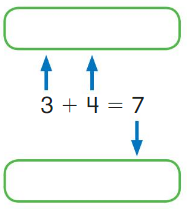
Answer:

Explanation:
A number that is added to another number is known as an addend.
In this case, 3 and 4 are the addends.
Sum is the result of adding two numbers.
So, 3 + 4 = 7
7 is the result that means sum.
Question 2.
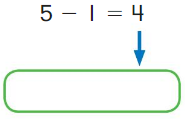
Answer:
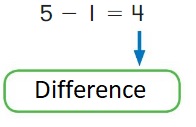
Define It
Use your vocabulary cards to match.

Answer:
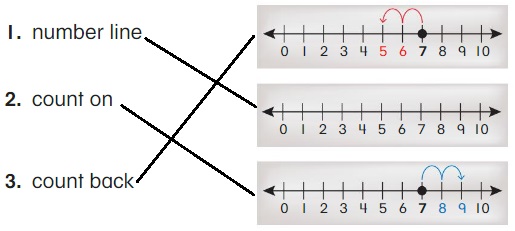
Explanation:
A number line can be defined as a straight line with numbers placed at equal intervals or segments along its length. A number line can be extended infinitely in any direction and is usually represented horizontally.
Count on is nothing the count that goes forward.
Count back is nothing but count that goes backward.
Lesson 2.1 Add 0
Explore and Grow
Use linking cubes to model each story.
There are 6 ducks in the pond. 0 ducks join them. How many ducks are in the pond flow?
____ ducks
Answer:
Number of ducks in pond = 6
Number of ducks joined= 0
Total number of ducks= 6+0=6 Ducks
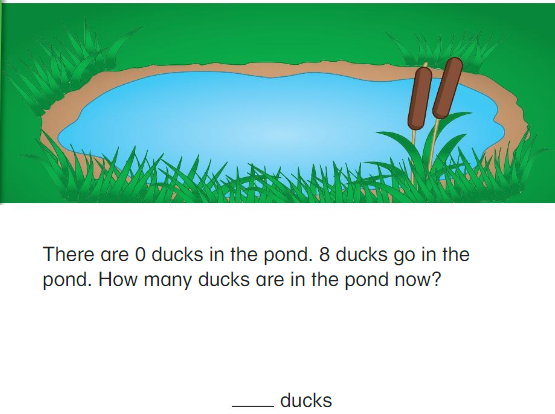
Answer:
Number of ducks in pond = 0
Number of ducks joined= 8
Total number of ducks= 0+8=8 ducks
Show and Grow
Use the picture to write an equation.
Question 1.
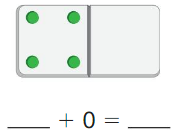
Answer:
4 + 0 = 4
Explanation:
By seeing the above picture we say that one of the addend is 4 and another addend is 0.
Now add both the numbers
4 + 0 = 4
Thus the result is 4.
Question 2.
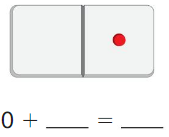
Answer:
0 + 1=1
Explanation:
From the above figure we notice 0 and 1 are addends . Adding 0 to any number gives the sum as the number itself. Now add both the numbers
0 + 1 = 1
Thus the result is 1.
Question 3.
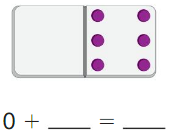
Answer:
0 + 6 = 6
Explanation:
From the above figure we notice 0 and 6 are addends . Adding 0 to any number gives the sum as the number itself. Now add both the numbers
0 + 6 = 6
Thus the result is 6
Question 4.
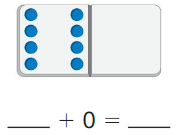
Answer:
8 + 0 = 8
Explanation:
From the above figure we notice 0 and 8 are addends . Adding 0 to any number gives the sum as the number itself. Now add both the numbers
8 + 0 = 8
Thus the result is 8.
Apply and Grow: Practice
Use the picture to write an equation.
Question 5.
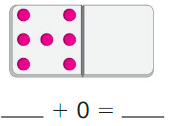
Answer:
7 + 0 = 7
Explanation:
From the above figure we notice 0 and 7 are addends . Adding 0 to any number gives the sum as the number itself. Now add both the numbers
7 + 0= 7
Thus the result is 7.
Question 6.
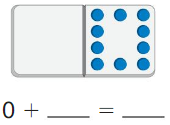
Answer:
0 + 10 = 10
Explanation:
From the above figure we notice 0 and 10 are addends . Adding 0 to any number gives the sum as the number itself. Now add both the numbers
0 + 10 = 10
Thus the result is 10.
Question 7.
9 + 0 = _____
Answer:
9 + 0 = 9
Explanation:
From the above figure we notice 0 and 9 are addends . Adding 0 to any number gives the sum as the number itself. Now add both the numbers
9 + 0 = 9
Thus the result is 9.
Question 8.
0 + 8 = ______
Answer:
0 + 8 = 8
Explanation:
From the above figure we notice 0 and 8 are addends . Adding 0 to any number gives the sum as the number itself. Now add both the numbers
0 + 8 = 8
Thus the result is 8.
DIG DEEPER!
Find each sum. Think: What do you notice?
Question 9.
3 + 0 = ______
0 + 3 = ______
Answer:
3 + 0 = 3
0 + 3 = 3
We notice that any number added with 0 will be the same number.
Question 10.
0 + 6 = ______
6 + 0 = ______
Answer:
0 + 6 = 6
6 + 0 = 6
We notice that any number added with 0 will be the same number.
Question 11.
MP Logic
There are 7 penguins in all. How many penguins are inside the igloo?
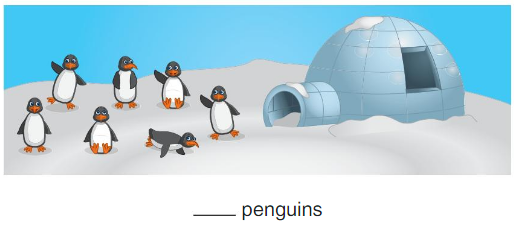
Answer:
Total Number of penguins = 7
Number of penguins outside = 7
Number of penguins inside = x
x + 7 = 7
x = 0
Think and Grow: Modeling Real Life
There are no students at a bus stop. Then 9 students arrive. How many students are at the bus stop now?

Model:

Addition equation:
_________ students
Answer:

0 + 9 = 9
Number of students at bus stop = 9 students
Explanation:
From the above figure we notice 0 and 9 are addends . Adding 0 to any number gives the sum as the number itself. Now add both the numbers
0 + 9 = 9
Thus the result is 9.
Show and Grow
Question 12.
Your friend does not have any tokens. You give your friend 7 tokens. How many tokens does your friend have now?
Model:

Addition equation:
__________ tokens
Answer:

0 + 7 = 7
Number of tokens with my friend = 7 tokens
Explanation:
From the above figure we notice 0 and 7 are addends . Adding 0 to any number gives the sum as the number itself. Now add both the numbers
0 + 7 = 7
Thus the result is 7.
Add 0 Practice 2.1
Use the picture to write an equation.
Question 1.

________ + 0 = _________
Answer:
9 + 0 = 9
Explanation:
From the above figure we notice 0 and 9 are addends . Adding 0 to any number gives the sum as the number itself. Now add both the numbers
9 + 0 = 9
Thus the result is 9.
Question 2.

________ + 0 = _________
Answer:
0 + 3 = 3
Explanation:
From the above figure we notice 0 and 3 are addends . Adding 0 to any number gives the sum as the number itself. Now add both the numbers
0 + 3 = 3
Thus the result is 3
Question 3.
10 + 0 = ________
Answer:
10 + 0 = 10
Explanation:
From the above figure we notice 0 and 10 are addends . Adding 0 to any number gives the sum as the number itself. Now add both the numbers
10 + 0 = 10
Thus the result is 10.
Question 4.
0 + 5 = _______
Answer:
0 + 5 = 5
Explanation:
From the above figure we notice 0 and 5 are addends . Adding 0 to any number gives the sum as the number itself. Now add both the numbers
0 + 5 = 5
Thus the result is 5.
Question 5.
0 + 6 = _______
Answer:
0 + 6 = 6
Explanation:
From the above figure we notice 0 and 6 are addends . Adding 0 to any number gives the sum as the number itself. Now add both the numbers
0 + 6 = 6
Thus the result is 6.
Question 6.
0 + 0 = _______
Answer:
0 + 0 =0
Explanation:
From the above figure we notice 0 are addends . Adding 0 to any number gives the sum as the number itself. Now add both the numbers
0 + 0 = 0
Thus the result is 0.
Question 7.
DIG DEEPER!
Find each sum. Think: What do you notice?
7 + 0 = ______
0 + 7 = ______
Answer:
7 + 0 = 7
0 + 7 = 7
Explanation:
From the above figure we notice 0 and 1 are addends . Adding 0 to any number gives the sum as the number itself. If the order of the addends changes, the sum stays the same.Now add both the numbers
0 + 1 = 1
Thus the result is 1.
Question 8.
MP Logic
There are 8 students in all. How many students are inside the museum?
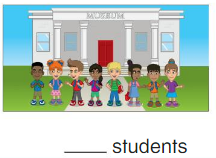
Answer:
Number of students = 8
Number of students out side the museum= 8
Number of students inside the museum= x
x + 8 = 8
x = 0
Number of students inside the museum = 0
Question 9.
Modeling Real Life
There are no seals on the shore. Then 10 seals swim to the shore. How many seals are on the shore now?


__________ seals
Answer:

0 + 10 = 10
Number of seals on the shore = 0 + 10 = 10 seals
Explanation:
From the above figure we notice 0 and 10 are addends . Adding 0 to any number gives the sum as the number itself. Now add both the numbers
0 + 10 = 10
Thus the result is 10.
Review & Refresh
Write the number of goldfish.
Question 10.

Answer:
1
Explanation:
As per above figure we notice only 1 goldfishes in the aquarium.
Question 11.

Answer:
3
Explanation:
As per above figure we notice 3 goldfishes in the aquarium.
Question 12.

Answer:
0
Explanation:
As per above figure we notice no goldfish in the aquarium.
Question 13.

Answer:
2
Explanation:
As per above figure we notice 2 goldfishes in the aquarium.
Lesson 2.2 Subtract 0 and Subtract All
Explore and Grow
Use linking cubes to model each story.
There are 5 beavers on the log. None of the beavers leave. How many beavers are left?
________ beavers
Answer:
Number of beavers = 5
Number of beavers leave= 0
Number of beavers Remaining = 5 – 0 = 5

There are 5 beavers on the log. All of the beavers leave. How many beavers are left?
_________ beavers
Answer:
Number of beavers = 5
Number of beavers left = 5
Number of beavers remaining =5 – 5 = 0
Show and Grow
Use the picture to write an equation.
Question 1.

_________ – 0 = ________
Answer:
2 – 0 = 2
Explanation:
From the above equation we notice 2 is minuend and 0 is subtrahend. Subtracting 0 from any number gives the number itself as the difference. Now subtract the 2 and 0
2 – 0 = 2
Thus the difference is 2
Question 2.

_________ – _________ = 0
Answer:
1 – 1 = 0
Explanation:
When a number is subtracted from itself the difference is always equal to 0.
Thus the difference is 0
Question 3.

_________ – 0 = _________
Answer:
4 – 0 = 4
Explanation:
From the above equation we notice 4 is minuend and 0 is subtrahend. Subtracting 0 from any number gives the number itself as the difference. Now subtract the 4 and 0
4 – 0 = 4
Thus the difference is 4
Question 4.

_________ – _________ = 0
Answer:
2 – 2 = 0
Explanation:
When a number is subtracted from itself the difference is always equal to 0.
Thus the difference is 0
Apply and Grow: Practice
Use the picture to write an equation.
Question 5.
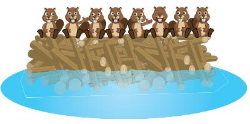
_________ – 0 = _________
Answer:
8 – 0 = 8
Explanation:
From the above equation we notice 8 is minuend and 0 is subtrahend. Subtracting 0 from any number gives the number itself as the difference. Now subtract the 2 and 0
8 – 0 = 8
Thus the difference is 8
Question 6.

_________ – _________ = 0
Answer:
8 – 8 = 0
Explanation:
When a number is subtracted from itself the difference is always equal to 0.
Thus the difference is 0
Question 7.
5 – 5 = _______
Answer:
5 – 5 = 0
Explanation:
When a number is subtracted from itself the difference is always equal to 0.
Thus the difference is 0
Question 8.
6 – 0 = ________
Answer:
6 – 0 = 6
Explanation:
From the above equation we notice 6 is minuend and 0 is subtrahend Subtracting 0 from any number gives the number itself as the difference. Now subtract the 6 and 0
6 – 0 = 6
Thus the difference is 6
Question 9.
9 – 0 = ________
Answer:
9 – 0 = 9
Explanation:
From the above equation we notice 9 is minuend and 0 is subtrahend Subtracting 0 from any number gives the number itself as the difference. Now subtract the 9 and 0
9 – 0 = 9
Thus the difference is 9
Question 10.
7 – 7 = ________
Answer:
7 – 7 = 0
Explanation:
When a number is subtracted from itself the difference is always equal to 0.
Thus the difference is 0
Question 11.
MP Structure
Complete the equation. Then use the words to complete the sentence.
Words:
difference
number
subtract
4 – ______ = 4
When you ______ 0 from a number, the ______ is that ______ .
Answer:
4 – 0 = 4
When you subtract 0 from a number, the number is that difference.
Think and Grow: Modeling Real Life
Your friend has 7 pennies. You have 7 fewer pennies than your friend. How many do you have?

Draw a picture:
Subtraction equation:
_________ pennies
Answer:
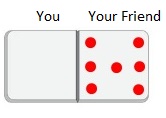
Number of pennies with my friend = 7
Number of pennies with me = x
x = 7 – 7 (7 fewer than my friend )
x = 0
Number of pennies with me = 0
Show and Grow
Question 12.
You have 6 pieces of chalk. You give all of your chalk to your friend. How many pieces do you have left?
Draw a picture:
Subtraction equation:
_________ pieces of chalk
Answer:
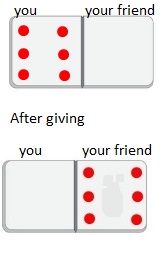
Number of chalks with me = 6
Number of chalks given to my friend = 6
Number of chalks remaining with me = 6 – 6 = 0
Subtract 0 and Subtract All Practice 2.2
Use the picture to write an equation.
Question 1.

________ – 0 = ________
Answer:
5 – 0 = 5
Question 2.
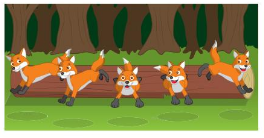
________ – _______ = 0
Answer:
5 – 5 = 0
Explanation:
When a number is subtracted from itself the difference is always equal to 0.
Thus the difference is 0
Question 3.
3 – 3 = _______
Answer:
3 – 3 = 0
Explanation:
When a number is subtracted from itself the difference is always equal to 0.
Thus the difference is 0
Question 4.
1 – 0 = _________
Answer:
1 – 0 = 1
Question 5.
1 – 1= _________
Answer:
1 – 1= 0
Explanation:
When a number is subtracted from itself the difference is always equal to 0.
Thus the difference is 0
Question 6.
7 – 0 = _________
Answer:
7 – 0 = 7
Question 7.
MP Structure
Complete the equation. Then use the words to complete the sentence.
Words:
difference
number
subtract
9 – ______ = 0
When you ______ a ______ from itself, the ______________ is 0.
Answer:
9 – 9 = 0
When you subtract a number from itself, the difference is 0
Question 8.
Modeling Real Life You have 4 stuffed animals. You give all of them to your friend. How many stuffed animals do you have left?

________ stuffed animals
Answer:
Number of stuffed animals with me = 4
Number of stuffed animals given to my friend= 4
Number of stuffed animals remaining = 4 – 4 = 0
Review & Refresh
Write the number of dots you see on each domino. Then write the numbers in order.
Question 9.
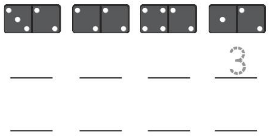
Answer:
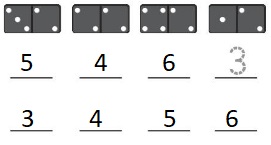
Question 10.

Answer:
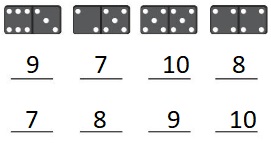
Lesson 2.3 Add and Subtract 1
Explore and Grow
Use linking cubes to model each story.
There are 7 kids on the bench. 1 kid joins them. How many kids are on the bench flow?
__________ kids
Answer:
Number of kids = 7
Number of kids joined = 1
Total number of kids = 7 + 1 = 8
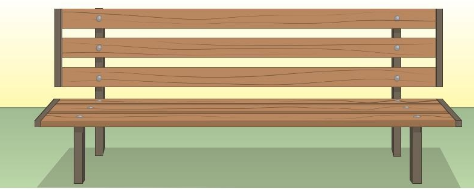
There are 8 kids on the bench. 1 kid leaves. How many kids are left?
__________ kids
Answer:
Number of kids = 8
Number of kids left = 1
Total number of kids = 8 – 1 = 7
Show and Grow
Use the picture to write an equation.
Question 1.
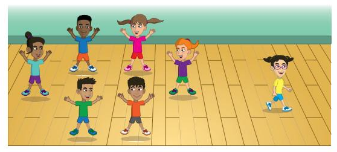
___________ – __________ = ___________
Answer:
7 – 1 = 6
Explanation:
From the above figure, we notice six people are playing and one person is leaving . so we get equation as
6 + 1 = 7 .
In Total we notice 7 people in the picture .
Question 2.
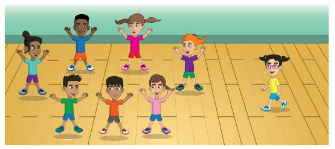
___________ + __________ = ___________
Answer:
7 + 1 = 8
Explanation:
From the above figure, we notice 7 people are playing and 1 person is joining. so we get equation as
7 + 1 = 8 .
In Total we notice 8 people in the picture .
Apply and Grow: Practice
Use the picture to write an equation.
Question 3.

___________ + __________ = ___________
Answer:
9 + 1 = 10
Explanation:
From the above picture we notice 9 people in the pool and 1 person is joining the pool. so total number of people in pool is 9 + 1 = 10 .
Thus Total people in the pool are 10 people.
Question 4.
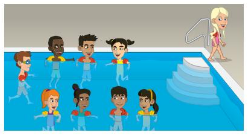
___________ + __________ = ___________
Answer:
8 + 1 = 9
Explanation:
From the above picture we notice 8 people in the pool and 1 person is leaving the pool. so total number of people in the picture is 8 + 1 = 9 .
Thus Total people are 9 people.
Question 5.
5 – 1 = ________
Answer:
5 – 1 = 4
Explanation:
From the above equation we notice 5 is minuend and 1 is subtrahend.
Now subtract
5 – 1 = 4
Thus the difference is 4
Question 6.
6 + 1 = ________
Answer:
6 + 1 = 7
Explanation:
From the above figure we notice 6 and 1 are addends .Now add both the numbers
6 + 1 = 7
Therefore the sum is 7.
Question 7.
8 + 1 = ________
Answer:
8 + 1 = 9
Explanation:
From the above figure we notice 8 and 1 are addends .Now add both the numbers
8 + 1 = 9
Therefore the sum is 9.
Question 8.
7 – 1 = ________
Answer:
7 – 1 = 6
Explanation:
From the above equation we notice 7 is minuend and 1 is subtrahend.
Now subtract
7 – 1 = 6
Thus the difference is 6
DIG DEEPER!
Circle the problem with the greater sum or difference.
Question 9.
2 – 1 2 + 1
Answer:

Explanation:
from above equations we get
2 – 1 = 1 as difference and
2 + 1 = 3 as sum
now compare difference and sum
1 < 3
Therefore , 3 is greater than 1
Question 10.
5 + 1 6 – 1
Answer:

Explanation:
from above equations we get
6 – 1 = 5 as difference and
5 + 1 = 6 as sum
now compare difference and sum
6 > 5
Therefore , 6 is greater than 5
Question 11.
YOU BE THE TEACHER
Circle to show who is correct. Show how you know?
Answer:
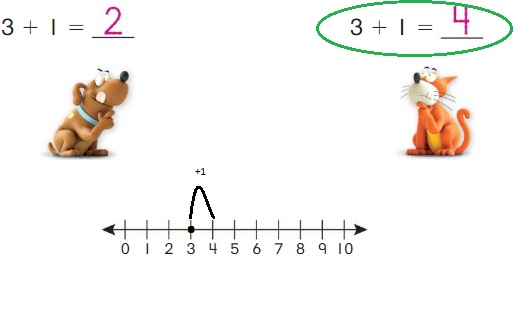
Explanation:
when a given number is increased by 1 then we get the next number of that number, Also, we know that a next number of a number is called successor.
From the number line we can notice when 3 is added with 1 we get 4 as sum which is next number of 3.
Think and Grow: Modeling Real Life
You have 9 action figures. Newton has 1 more than you. Descartes has 1 fewer than you. Who has more, Newton or Descartes?
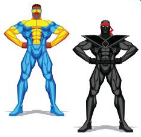
Equations: Newton Descartes
Who has more Newton Descartes
Answer:
Number of action figures with me= 9
Number of action figures with Newton = 9 + 1 = 10
Number of action figures with Descartes = 9 – 1 = 8
Newton has 2 more action figures than Descartes.
Show and Grow
Question 12.
You have 5 video games. Newton has 1 fewer than you. Descartes has 1 more than you. Who has fewer, Newton or Descartes?
Equations: Newton Descartes
Who has fewer? Newton Descartes
Answer:
Number of video games with me = 5
Number of video games with Newton = 5 – 1 = 4
Number of video games with Descartes = 5 + 1 = 6
Newton has 2 fewer than Descartes.
Add and Subtract 1 Practice 2.3
Use the picture to write an equation.
Question 1.
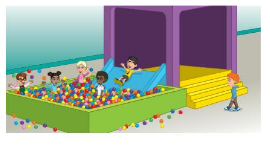
___________ + ___________ = ___________
Answer:
5 + 1 = 6
Explanation:
From the above equation we notice 5 and 1 are addends .when a given number is increased by 1 then we get the next number of that number as sum, next number of 5 is 6
Now add both the numbers
5 + 1 = 6
Therefore the sum is 6.
Question 2.
___________ – ___________ = ___________
Answer:
5 – 1 = 4
Explanation:
when a number is reduced by 1, then we get the previous number of that number as difference.
previous number of 5 is 4 .
Therefore difference = 4
Question 3.
10 – 1 = ___________
Answer:
10 – 1 = 9
Explanation:
when a number is reduced by 1, then we get the previous number of that number as difference.
previous number of 10 is 9 .
Therefore difference = 9
Question 4.
7 + 1 = ___________
Answer:
7 + 1 = 8
Explanation:
From the above Equation we notice 7 and 1 are addends .when a given number is increased by 1 then we get the next number of that number as sum, next number of 7 is 8
Now add both the numbers
7 + 1 = 8
Therefore the sum is 8.
DIG DEEPER!
Circle the problem with the greater sum or difference.
Question 5.
4 – 1 4 + 1
Answer:
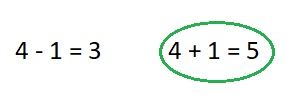
Explanation:
from above equations we get
4 – 1 = 3 as difference and
4 + 1 = 5 as sum
now compare difference and sum
3 < 5
Therefore , 5 is greater than 3
Question 6.
7 + 1 8 + 1
Answer:

Explanation:
from above equations we get
7 + 1 = 8 as sum and
8 + 1 = 9 as sum
now compare both the sums
8 < 9
Therefore , 9 is greater than 8
Question 7.
YOU BE THE TEACHER
Circle to show who is correct. Show how you know.

Answer:
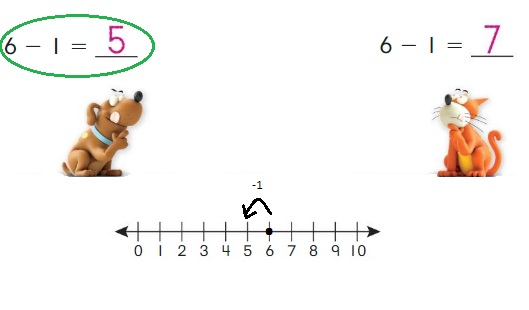
Explanation:
when a number is reduced by 1, then we get the previous number of that number as difference.
previous number of 6 is 5 .
Therefore difference = 5
Question 8.
Modeling Real Life
You have 3 karate belts. Newton has I fewer than you. Descartes has I more than you. Who has fewer, Newton or Descartes?

Who has fewer? Newton Descartes
Answer:
Number of karate belts = 3
Number of belts with Newton = 3 – 1 = 2
Number of belts with Descartes = 3 + 1 = 4
Newton have 2 fewer belts than Descartes.
Review & Refresh
Question 9.
Use the picture to complete the number bond.

Answer:
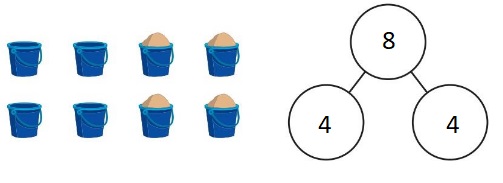
Lesson 2.4 Add Doubles from 1 to 5
Explore and Grow
Use counters to model the story.
You have 3 balls. Your friend has 3 balls. How many balls are there in all?
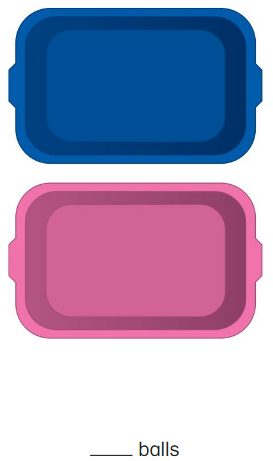
Answer:
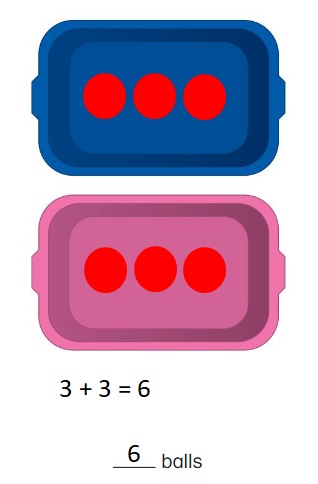
Explanation:
Here we have 2 groups . each group contains 3 balls.
So total number of groups = 2
Total number of balls = 3 + 3 = 6
Show and Grow
Question 1.

___________ – ___________ = ___________
Answer:
4 – 4 = 0
Explanation:
When a number is subtracted from itself the difference is always equal to 0.
Thus the difference is 0
Question 2.
![]()
___________ + ___________ = ___________
Answer:
1 + 1 = 2
Explanation:
when a given number is increased by 1 then we get the next number of that number, Also, we know that a next number of a number is called successor.
The next number of 1 is 2.
Question 3.
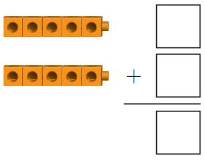
Answer:
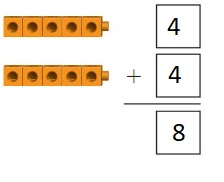
Explanation:
From the above figure we notice 4 are addends .Now add both the numbers
4 + 4 = 8
Therefore the sum is 8.
Question 4.
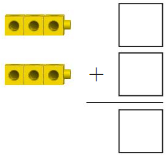
Answer:
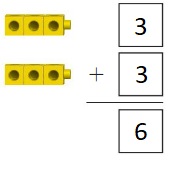
Explanation:
From the above figure we notice 3 are addends .Now add both the numbers
3 + 3 = 6
Therefore the sum is 6.
Apply and grow: Practice
Question 5.
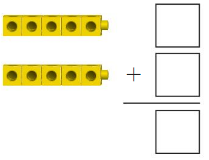
Answer:
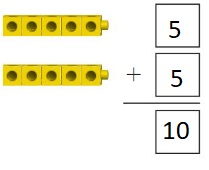
Explanation:
From the above figure we notice 5 are addends .Now add both the numbers
5 + 5 = 10
Therefore the sum is 10.
Question 6.

Answer:
2 + 2 = 4
2 – 2 = 0
Explanation:
When a number is subtracted from itself the difference is always equal to 0.
Thus the difference is 0
Question 7.
2 + 2 = ______
Answer:
2 + 2 = 4
Explanation:
From the above figure we notice 2 are addends .Now add both the numbers
2 + 2 = 4
Therefore the sum is 4.
Question 8.
5 + 5 = _______
Answer:
5 + 5 = 10
Explanation:
From the above figure we notice 5 are addends .Now add both the numbers
5 + 5 = 10
Therefore the sum is 10.
Question 9.

Answer:

Explanation:
From the above figure we notice 3 are addends .Now add both the numbers
3 + 3 = 6
Therefore the sum is 6.
Question 10.

Answer:

Explanation:
From the above figure we notice 4 are addends .Now add both the numbers
4 + 4 = 8
Therefore the sum is 8.
Question 11.
DIG DEEPER!
Circle the equations you can complete using doubles.
________ + ________ = 6 ________ + ________ = 5
________ + ________ = 9 ________ + ________ = 2
Answer:

Think and Grow: Modeling Real Life
You and your friend color the same number of pictures. There are to pictures in all. How many pictures do you each color?

Draw a Picture:
Addition equation:
__________ pictures
Show and Grow
Question 12.
You and your friend have the same number of flowers. There are 8 flowers in all. How many flowers do you each have?
Draw a picture:
Addition equation:
________ flowers
Answer:
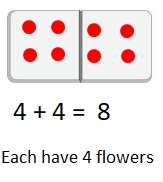
Number of flowers with me = x
Number of flowers with my friend = x
Total number of flowers = 8
x + x = 8
4 + 4 = 8.
Add Doubles from 1 to 5 Practice 2.4
Question 1.

___________ + ___________ = ___________
Answer:
4 + 4 = 8
Question 2.
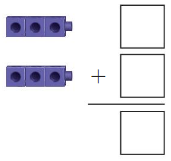
Answer:
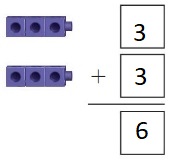
Explanation:
From the above figure we notice 3 are addends .Now add both the numbers
3 + 3 = 6
Therefore the sum is 6.
Question 3.
2 + 2 = ________
Answer:
2 + 2 = 4
Explanation:
From the above figure we notice 2 are addends .Now add both the numbers
2 + 2 = 4
Therefore the sum is 4.
Question 4.
4 + 4 = _________
Answer:
4 + 4 = 8
Explanation:
From the above figure we notice 4 are addends .Now add both the numbers
4 + 4 = 8
Therefore the sum is 8.
Question 5.

Answer:

Explanation:
From the above figure we notice 5 are addends .Now add both the numbers
5 + 5 = 10
Therefore the sum is 10.
Question 6.

Answer:

Explanation:
From the above figure we notice 3 are addends .Now add both the numbers
3 + 3 = 6
Therefore the sum is 6.
Question 7.
DIG DEEPER!
Circle the equations you can complete using doubles.
_________ + _________ = 3 _________ + _________= 8
_________ + _________ = 4 _________ + _________ = 7
Answer:

Question 8.
Modeling Real Life
Newton and Descartes each have the same number of linking cubes. There are 6 linking cubes in all. How many linking cubes do Newton and Descartes have?
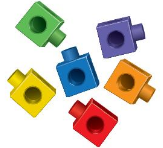
________ linking cubes
Answer:
Total Number of linking cubes = 6.
Newton and Descartes each have the same number of linking cubes
Each have 3 linking cubes
3 + 3 = 6.
Newton and Descartes each have 3 linking cubes.
Review & Refresh
Use the picture to write an equation.
Question 9.
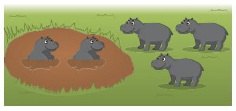
___________ + ___________ = ___________
Answer:
2 + 3 = 5
Explanation:
we notice 2 hippos in the mud and 3 hippos came to join them.
so total number of hippos are add 2 and 3
Total number of hippos = 2 + 3 = 5
Question 10.
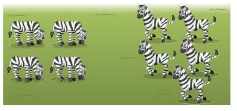
___________ + ___________ = ___________
Answer:
4 + 5 = 9
Explanation:
We notice 4 zebras eating grass and 5 zebras joining them
so total number of zebras are add 4 and 5
Total number of zebras = 4 + 5 = 9
Lesson 2.5 Use Doubles
Explore and Grow
Use counters to model the story.
You collect 4 shells. Your friend collects 4 shells. How many shells are there in all?
____ shells
Answer:
Number of shells with me = 4
Number of shells with my friend= 4
Total Number of shells = 4 + 4 = 8
You collect 4 shells. Your friend collects 5 shells. How many shells are there in all?
____ shells
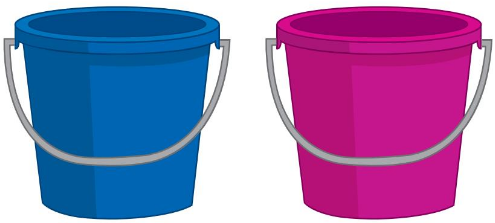
Answer:
Number of shells with me = 4
Number of shells with my friend= 5
Total Number of shells = 4 + 5 = 9
Show and Grow
Use the double 3 + 3 to find each sum.
Question 1.
3 + 4 = ______

Answer:
3 + 3 + 1 = 7

Answer:
3 + 3 – 1 = 5
Apply and Grow: Practice
Use the double 2 + 2 to find each sum.
Question 2.
2 + 3 = ______

Answer:
2 + 2 + 1 =5
2 + 1 = ______

Answer:
2 + 2 – 1 = 3
Find the sum. Write the double you used.
Question 3.

Answer:
3 + 4 = 7
3 + 3 + 1 = 6 + 1 = 7
Question 4.
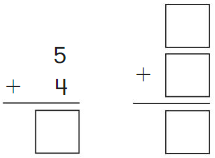
Answer:
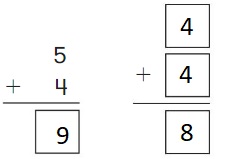
Question 5.
MP Number Sense
Use each card once to write two addition equations.

Answer:
2 + 2 = 4
2 + 3 = 5
Think and Grow: Modeling Real Life
You eat 4 grapes. Your friend eats I more than you. How many grapes do you and your friend eat in all?
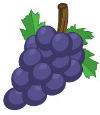
Which doubles can you use to find the sum?
4 + 4 5 + 5 3 + 3
Addition equation:
__________ grapes
Answer:
Number of grapes ate by me = 4
Number of grapes ate by my friend = 4 + 1
Number of grapes eaten = 4 + 4 + 1 = 9
4 + 4 is used to find the sum
Show and Grow
Question 6.
You have 5 toy cars. Your friend has I fewer than you. How many cars do you and your friend have in all?
Which doubles can you use to find the sum?
4 + 4 6 + 6 5 + 5
Addition equation:
_________ toy cars
Answer:
Number of toy cars with me = 5
Number of toy cars with my friend = 5 – 1
Total Number of cars = 5 + 5 – 1 = 10 – 1 = 9
Use Doubles Practice 2.5
Use the double 4 + 4 to find each sum.
Question 1.
4 + 5 = _______

Answer:
4 + 4 + 1 = 8 + 1 = 9
4 + 3 = _______

Answer:
4 + 4 – 1 = 8 – 1 = 7
Find the sum. Write the double you used.
Question 2.

Answer:
1 + 1 = 2
1 + 2 = 3
Question 3.

Answer:
1 + 1 = 2
3 + 2 = 5
Question 4.
Number Sense
Use each card once to write two addition equations.

Answer:
2 + 3 = 5
3 + 3 = 6
Question 5.
Modeling Real Life
Newton catches 2 butterflies. Descartes catches I more than Newton. How many butterflies do Newton and Descartes catch in all?
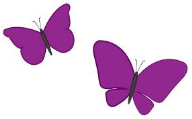
Which doubles can you use to find the sum?
3 + 3 1 + 1 2 + 2
_________ butterflies
Answer:
Number of butterflies with Newton = 2
Number of butterflies with Descartes = 2 + 1.
Total number of butterflies both caught = 2 + 2 + 1 = 4 + 1 = 5
Review & Refresh
Question 6.
Circle the model that shows the missing number.
2 + ______ = 5

Answer:
2 + 3 = 5

Lesson 2.6 Add in Any Order
Explore and Grow
Use counters to model each problem. What do you notice?
4 + 3 = ____7_____
3 + 4 = ___7______
Show and Grow
Question 1.
![]()
_________ + _________ = _________
Answer:
2 + 4 = 6
Explanation:
From the above figure we notice 2 and 4 are addends .Now add both the numbers
2 + 4 = 6
Whatever may be the order of addends the sum is always the same.
Therefore the sum is 6
![]()
_________ + _________ = _________
Answer:
4 + 2 = 6
Explanation:
From the above figure we notice 2 and 4 are addends .Now add both the numbers
2 + 4 = 6
Question 2.Whatever may be the order of addends the sum is always the same.
Therefore the sum is 6
![]()
_________ + _________ = _________
Answer:
7 + 1 = 8
Explanation:
when a given number is increased by 1 then we get the next number of that number as sum.
The next number of 7 is 8 as sum.
Whatever may be the order of addends the sum is always the same.
Therefore the sum is 8
![]()
_________ + _________ = _________
Answer:
1 + 7 = 8
Explanation:
when a given number is increased by 1 then we get the next number of that number as sum.
The next number of 7 is 8 as sum.
Whatever may be the order of addends the sum is always the same.
Therefore the sum is 8
Question 3.
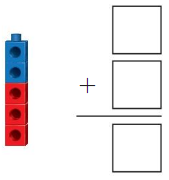
Answer:
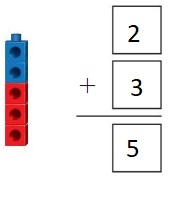
2 + 3 = 5
Explanation:
From the above figure we notice 2 and 3 are addends .Now add both the numbers
2 + 3 = 5
Whatever may be the order of addends the sum is always the same.
Therefore the sum is 5
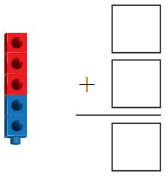
Answer:
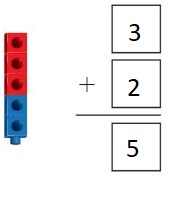
Explanation:
From the above figure we notice 2 and 3 are addends .Now add both the numbers
3 + 2 = 5
Whatever may be the order of addends the sum is always the same.
Therefore the sum is 5
Apply and Grow: Practice
Question 4.
![]()
_________ + _________ = _________
Answer:
7 + 3 = 10
Explanation:
From the above figure we notice 7 and 3 are addends .Now add both the numbers
7 + 3 = 10
Whatever may be the order of addends the sum is always the same.
Therefore the sum is 10
![]()
_________ + _________ = _________
Answer:
3 + 7 = 10
Explanation:
From the above figure we notice 3 and 7 are addends .Now add both the numbers
3 + 7 = 10
Whatever may be the order of addends the sum is always the same.
Therefore the sum is 10
Find the sum. Then change the order of the addends. Write the new addition problem.
Question 5.
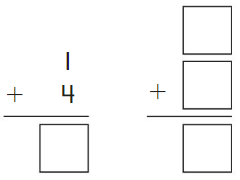
Answer:
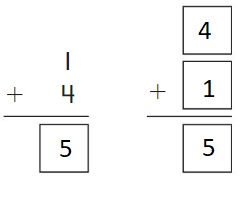
Explanation:
From the above figure we notice 1 and 4 are addends .Now add both the numbers
1 + 4 = 5 or 4 + 1 = 5
Whatever may be the order of addends the sum is always the same.
Therefore the sum is 5
Question 6.
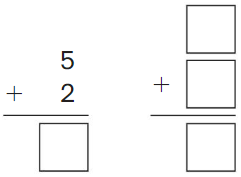
Answer:
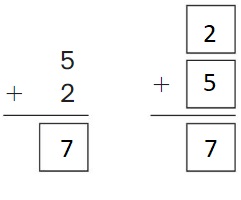
Explanation:
From the above figure we notice 5 and 2 are addends .Now add both the numbers
5 + 2 = 7 or 2 + 5 = 7
Whatever may be the order of addends the sum is always the same.
Therefore the sum is 7
Question 7.

Answer:
2 + 6 = 8
6 + 2 = 8
Explanation:
From the above figure we notice 6 and 2 are addends .Now add both the numbers
6 + 2 = 8 or 2 + 6 = 8
Whatever may be the order of addends the sum is always the same.
Therefore the sum is 8
Question 8.

Answer:
9 = 8 + 1
9 = 1 + 8
Explanation:
From the above figure we notice 8 and 1 are addends .Now add both the numbers
8 + 1 = 9 or 1 + 8 = 9
Whatever may be the order of addends the sum is always the same.
Therefore the sum is 9
Question 9.
MP Number Sense
Use the numbers shown to write two addition equations.

Answer:
4 + 5 = 9
5 + 4 = 9
Explanation:
From the above figure we notice 4 and 5 are addends .Now add both the numbers
4 + 5 = 9 or 5 + 4 = 9
Whatever may be the order of addends the sum is always the same.
Therefore the sum is 9
Think and Grow: Modeling Real Life
You have 7 shirts. 3 are green. The rest are blue. How many blue shirts do you have?
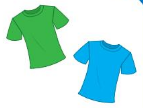
Which equations describe your shirts?
3 + 4 = 7 3 + 7 = 10
7 + 3 = 10 4 + 3 = 7
Show how you know:
You have ____ blue shirts.
Answer:
Number of green shirts = 3
Number of blue shirts = X
Total number of shirts = 7
3 + X = 7
X = 7 – 3 = 4
Number of blue shirts = 4
Equation: 3 + 4 = 7 or 4 + 3 = 7
Show and Grow
Question 10.
You have 5 cups. 2 are yellow. The rest are red. How many red cups do you have?

Which equations describe your cups?
5 + 2 = 7 2 + 3 = 5
2 + 5 = 7 3 + 2 = 5
Show how you know:
You have ____ red cups.
Answer:
Number of red cups = x
Number of yellow cups = 2
Total number of cups = 5
x + 2 = 5
x = 5 – 2 = 3
Number of red cups = 3
Equation : 3 + 2 = 5 or 2 + 3 = 5
Add in Any Order Practice 2.6
Question 1.
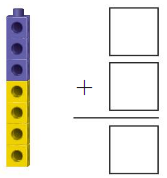
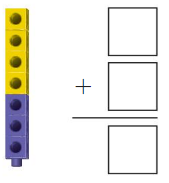
Answer:

Explanation:
From the above figure we notice 3 and 4 are addends .Now add both the numbers
3 + 4 = 7 or 4 + 3 = 7
Whatever may be the order of addends the sum is always the same.
Therefore the sum is 7
Question 2.
![]()
Answer:
7 + 2 = 9
![]()
Answer:
2 + 7 = 9
Explanation:
From the above figure we notice 2 and 7 are addends .Now add both the numbers
2 + 7= 9 or 7 + 2 = 9
Whatever may be the order of addends the sum is always the same.
Therefore the sum is 9
Find the sum. Then change the order of the addends. Write the new addition problem.
Question 3.

Answer:
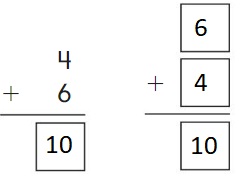
Explanation:
From the above figure we notice 6 and 4 are addends .Now add both the numbers
6 + 4 = 10 or 4 + 6 = 10
Whatever may be the order of addends the sum is always the same.
Therefore the sum is 10
Question 4.
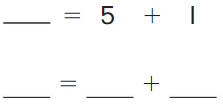
Answer:
6 = 5 + 1
6 = 1 + 5
Explanation:
From the above figure we notice 6 and 4 are addends .Now add both the numbers
5 + 1 = 6 or 1 + 5 = 6
when a given number is increased by 1 then we get the next number of that number as sum
Whatever may be the order of addends the sum is always the same.
Therefore the sum is 6
Question 5.
MP Number Sense
Use the numbers shown to write two addition equations.

Answer:
2 + 8 = 10
8 + 2 = 10
Explanation:
From the above equations we notice 2 and 8 are addends .Now add both the numbers
2 + 8 = 10 or 8 + 2 = 10
Whatever may be the order of addends the sum is always the same.
Therefore the sum is 10
Question 6.
Modeling Real Life
You have 7 tomatoes. 2 are red. The rest are yellow. How many yellow tomatoes do you have?

Which equations describe your tomatoes?
2 + 5 = 7 5 + 2 = 7
7 + 2 = 9 2 + 7 = 9
Show how you know:
You have _______ yellow tomatoes.
Answer:
Total number of tomatoes = 7
Number of red tomatoes = 2
Number of yellow tomatoes = x
Explanation:
7 = 2 + x
x = 7 – 2 = 5
Number of yellow tomatoes = 5
Equations: 2 + 5 = 7 or 5 + 2 = 7
Review & Refresh
Use the ten frame to complete the equation.
Question 7.

5 + _______ = 8
Answer:
5 + 3 = 8
Explanation:
From the above equation we notice to get 8 as sum what should be added for 5
if we add 3 to 5 we get 8 as sum.
Therefore 5 + 3 = 8 .
Question 8.

5 + ________ = 10
Answer:
5 + 5 = 10
Explanation:
From the above equation we notice to get 10 as sum what should be added for 5
if we add 5 to 5 we get 10 as sum.
Therefore 5 + 5 = 10 .
Lesson 2.7 Count on to Add
Explore and Grow
Model the story.
There are 5 coins in a piggy bank. You put in 2 more. How many coins are in the bank now?
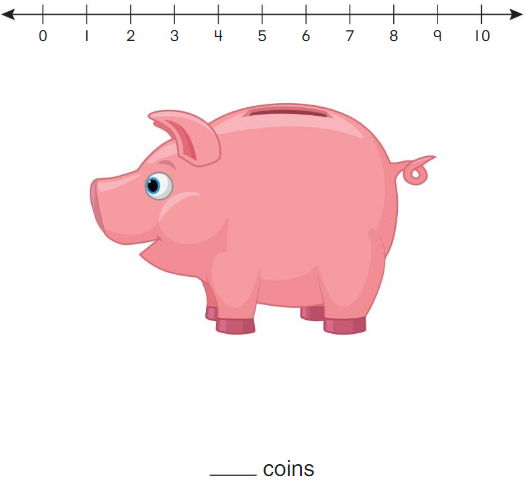
Answer:

Number of coins in piggy bank = 5
Number of coins added = 2
Total coins = 5 + 2 = 7.
Show and Grow
Question 1.
7 + 2 = _________
![]()
Answer:
7 + 2 = 9
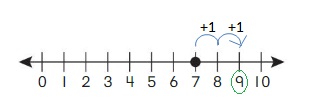
Explanation:
Count on method to add numbers. To add 7 and 2, start from 7 and count on 2 steps to arrive at the sum (9).
Question 2.
3 + 1 = ________
![]()
Answer:
3 + 1 = 4

Explanation:
Count on method to add numbers. To add 3 and 1, start from 3 and count on 1 step to arrive at the sum (4).
Question 3.
4 + 6 = ________
![]()
Answer:
4 + 6 = 10
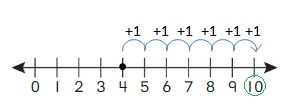
Explanation:
Count on method to add numbers. To add 4 and 6, start from 4 and count on 6 steps to arrive at the sum (10).
Question 4.
0 + 5 = ________
![]()
Answer:
0 + 5 = 5

Explanation:
Count on method to add numbers. To add 0 and 5, start from 0 and count on 5 steps to arrive at the sum (5).
Apply and Grow: practice
Question 5.
4 + 2 = _________
![]()
Answer:
4 + 2 = 6

Explanation:
Count on method to add numbers. To add 4 and 2, start from 4 and count on 2 steps to arrive at the sum (6).
Question 6.
6 + 1 = ________
![]()
Answer:
6 + 1 = 7

Explanation:
Count on method to add numbers. To add 6 and 1, start from 6 and count on 1 step to arrive at the sum (7).
Question 7.

Answer:
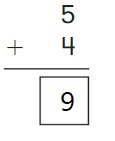
Explanation:
From the above figure we notice 5 and 4 are addends .Now add both the numbers
5 + 4 = 9
Therefore the sum is 9.
Question 8.

Answer:

Explanation:
From the above figure we notice 3 and 2 are addends .Now add both the numbers
3 + 2 = 5
Therefore the sum is 5.
Question 9.
________ = 0 + 7
Answer:
7 = 0 + 7
Explanation:
From the above figure we notice 0 and 7 are addends . Adding 0 to any number gives the sum as the number itself.Now add both the numbers
0 + 7 = 7
Thus the result is 7.
Question 10.
________ = 2 + 8
Answer:
10 = 2 + 8
Explanation:
From the above figure we notice 8 and 2 are addends .Now add both the numbers
2 + 8 = 10
Therefore the sum is 10.
Question 11.
DIG DEEPER!
Tell what problems Newton and Descartes solved. Think: How are the problems the same? How are they different?

Answer:

Think and Grow: Modeling Real Life
You and your friend are on a scavenger hunt. You find 3 clues. You and your friend find 8 clues in all. How many clues does your friend find?

Model:

______ clues
Answer:
Number of clues with me = 3
Number of clues with my friend = x
Total number of clues = 8
Explanation:
3 + x = 8
x = 8 – 3 = 5
Number of clues with my friend = 5
Equation: 3 + 5 = 8
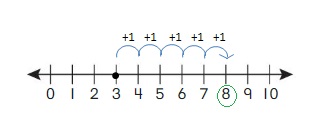
Explanation:
Count on method to add numbers. To add 3 and 5 start from 3 and count on 5 steps to arrive at the sum (8).
Show and Grow
Question 12.
Your friend collects 4 cans. You and your friend collect 10 cans in all. How many cans do you collect?
Model:

________ cans
Answer:
Number of cans with my friend = 4
Total number of cans = 10
Number of cans with me = X
Explanation:
4 + X = 10
X= 10 – 4 = 6
Number of cans with me = 6
Equation: 4 + 6 = 10
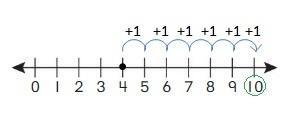
Explanation:
Count on method to add numbers. To add 4 and 6, start from 4 and count on 6 steps to arrive at the sum (10).
Count on to Add Practice 2.7
Question 1.
4 + 3 = ________
![]()
Answer:
4 + 3 = 7
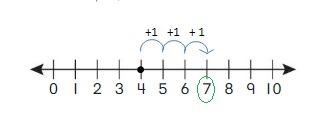
Explanation:
Count on method to add numbers. To add 4 and 3 start from 3 and count on 3 steps to arrive at the sum (7).
Question 2.
8 + 1 = ________
![]()
Answer:
8 + 1 = 9

Explanation:
Count on method to add numbers. To add 8 and 1 start from 8 and count on 1 step to arrive at the sum (9).
Question 3.
6 + 2 = ________
![]()
Answer:
6 + 2 = 8

Explanation:
Count on method to add numbers. To add 6 and 2 start from 6 and count on 2 steps to arrive at the sum (8).
Question 4.
7 + 3 = ________
![]()
Answer:
7 + 3 = 10
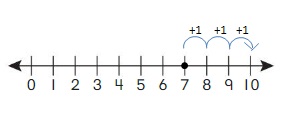
Explanation:
Count on method to add numbers. To add 7 and 3 start from 7 and count on 3 steps to arrive at the sum (10).
Question 5.

Answer:
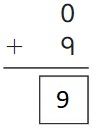
Explanation:
From the above figure we notice 0 and 9 are addends . Adding 0 to any number gives the sum as the number itself.Now add both the numbers
0 + 9 = 9
Thus the result is 9.
Question 6.
______ = 1 + 5
Answer:
6 = 1 + 5
Explanation:
when a given number is increased by 1 then we get the next number of that number as sum.
The next number of 5 is 6
Therefore sum = 6 .
Question 7.
DIG DEEPER!
Tell what problems Newton and Descartes solved. Think: How are the problems the same? How are they different?


Answer:
Both the problems are the same .
sum is the same only the order of the addends are different .
Newton have 3 and 4 as addends 3 added to 4 whereas in Descartes the 4 is added to 3. whatever may be the order of addends the sum will always be the same .

Question 8.
Modeling Real Life
You have 4 coins. You and your friend have 9 coins in all. How many coins does your friend have?

![]()
__________ coins
Answer:
Number of coins with me = 4
Number of coins with my friend = X
Total coins = 9
Explanation:
4 + X = 9
X = 9 -4 = 5
Number of coins with my friend = 5
Equation : 4 + 5 = 9

Explanation:
Count on method to add numbers. To add 4 and 5 start from 4 and count on 5 steps to arrive at the sum (9).
Review & Refresh
Use the picture to write an equation.
Question 9.
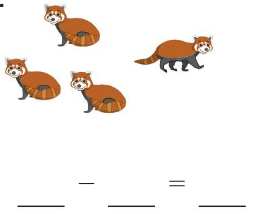
Answer:
4 – 1 = 3
Explanation:
when a number is reduced by 1, then we get the previous number of that number as difference.
previous number of 4 is 3 .
Therefore difference = 3
Question 10.
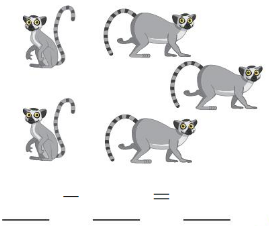
Answer:
5 – 3 = 2
Explanation:
From the above equation we notice 5 is minuend and 3 is subtrahend.
Now subtract
5 – 3 = 2
Thus the difference is 2
Lesson 2.8 Count Back to Subtract
Explore and Grow
Model the story.
There are 8 students in a line. 2 of them leave. How many students are left?
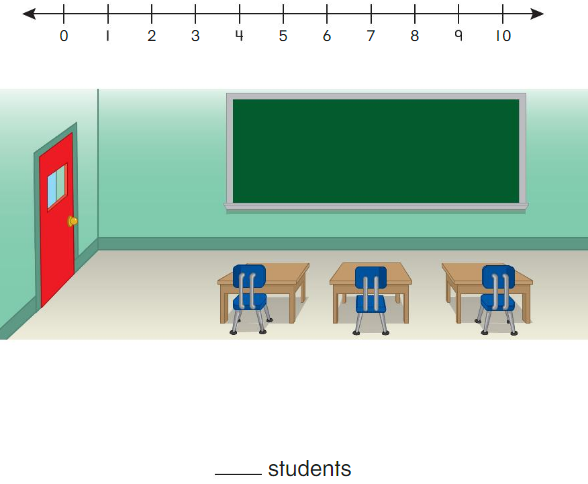
Answer:
Number of students = 8
Number of students left = 2
Number of students remained in class = 8 – 2 = 6

Show and Grow
Question 1.
5 – 4 = _________
![]()
Answer:
5 – 4 = 1

Explanation:
Use the count back method to subtract.To subtract 4 from 5, one can start at 5 and count back 4 steps we get difference as 1.
Question 2.
7 – 3 = ________
![]()
Answer:
7 – 3 = 4
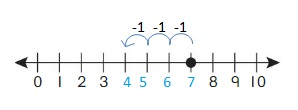
Explanation:
Use the count back method to subtract.To subtract 3 from 7, one can start at 7 and count back 3 steps we get difference as 4.
Question 3.
6 – 1 = _________
![]()
Answer:
6 – 1 = 5

Explanation:
Use the count back method to subtract.To subtract 1 from 6, one can start at 6 and count back 1 step we get difference as 5.
Question 4.
10 – 8 = ________
![]()
Answer:
10 – 8 = 2
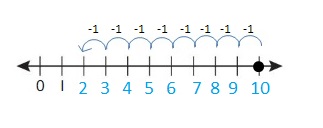
Explanation:
Use the count back method to subtract.To subtract 8 from 10, one can start at 10 and count back 8 steps we get difference as 2.
Apply and Grow: Practice
Question 5.
10 – 6 = _________
![]()
Answer:
10 – 6 = 4

Explanation:
Use the count back method to subtract.To subtract 6 from 10, one can start at 10 and count back 6 steps we get difference as 4.
Question 6.
9 – 3 = _________
![]()
Answer:
9 – 3 = 6

Explanation:
Use the count back method to subtract.To subtract 3 from 9, one can start at 9 and count back 3 steps we get difference as 6.
Question 7.

Answer:
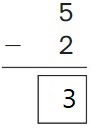
Explanation:
From the above equation we notice 5 is minuend and 2 is subtrahends. Now subtract the 5 and 2
5 – 2 = 3
Thus the difference is 3
Question 8.

Answer:

Explanation:
From the above equation we notice 8 is minuend and 0 is subtrahends Subtracting 0 from any number gives the number itself as the difference. Now subtract the 8 and 0
8 – 0 = 8
Thus the difference is 8
Question 9.
________ = 7 – 6
Answer:
1
Question 10.
_________ = 4 – 1
Answer:
3
Question 11.
MP Structure
Write the problem shown.

_________ – _________ = ________
Answer:
9 – 5 = 4
Explanation:
Use the count back method to subtract.To subtract 5 from 9, one can start at 9 and count back 5 steps we get difference as 4.
Think and Grow: Modeling Real Life
There are 5 students on one side of a table and 5 students on the other. 7 students leave. How many students are left?
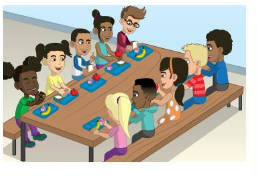
Model:

__________ students
Answer:
Total Number of students = 5 + 5 = 10
Number of students left = 7
Remaining Number of students = 10 – 7 = 3
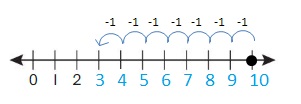
Explanation:
Use the count back method to subtract.To subtract 7 from 10, one can start at 10 and count back 7 steps we get difference as 3
Show and Grow
Question 12.
You have 4 board games and 4 card games. You give 3 games to your friend. How many games do you have left?
Model:

__________ games
Answer:
Total Number of games = 4 + 4 = 8
Number of games given to my friend = 3
Remaining Number of games with me =8 – 3 = 5
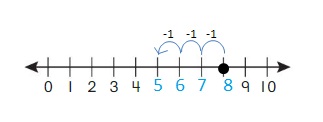
Explanation:
Use the count back method to subtract.To subtract 3 from 8, one can start at 8 and count back 3 steps we get difference as 5
Count Back to Subtract Practice 2.8
Question 1.
5 – 4 = ________
![]()
Answer:
5 – 4 = 1

Explanation:
Use the count back method to subtract.To subtract 4 from 5, one can start at 5 and count back 4 steps we get difference as 1
Question 2.
8 – 3 = ________
![]()
Answer:
8 – 3 = 5

Explanation:
Use the count back method to subtract.To subtract 3 from 8, one can start at 8 and count back 3 steps we get difference as 5
Question 3.
9 – 1 = ________
Answer:
9 – 1 = 8
Explanation:
when a number is reduced by 1, then we get the previous number of that number as difference.
previous number of 9 is 8 .
Therefore difference = 8
Question 4.
6 – 2 = ________
Answer:
6 – 2 = 4
Explanation:
From the above equation we notice 6 is minuend and 2 is subtrahend.
Now subtract
6 – 2 = 4
Thus the difference is 4
Question 5.

Answer:
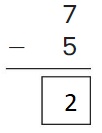
Explanation:
From the above equation we notice 7 is minuend and 5 is subtrahend.
Now subtract
7 – 5 = 2
Thus the difference is 2
Question 6.
__________ = 10 – 5
Answer:
5
Explanation:
From the above equation we notice 10 is minuend and 5 is subtrahend.
Now subtract
10 – 5 = 5
Thus the difference is 5
Question 7.
MP Structure
Write the problem shown.

__________ – _________ = _________
Answer:
9 – 7= 2
Explanation:
Use the count back method to subtract.To subtract 7 from 9, one can start at 9 and count back 7 steps we get difference as 2
Question 8.
Modeling Real Life
You have 4 star stickers and 4 heart stickers. You give 6 away. How many stickers do you have left?

__________ stickers
Answers:
Total Number of stickers = 4 + 4 = 8
Number of stickers given away = 6
Remaining number of stickers = 8 – 6 = 2
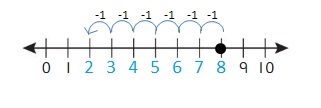
Explanation:
Use the count back method to subtract.To subtract 6 from 8, one can start at 8 and count back 6 steps we get difference as 2
Review & Refresh
Question 9.
Use the pictures to write the related equations.

Answer:
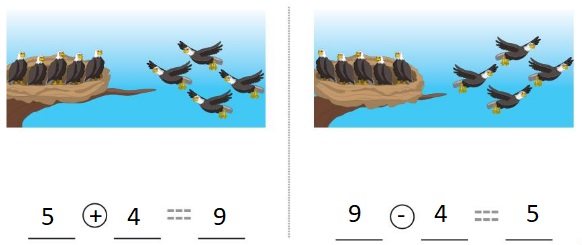
Lesson 2.9 Use Addition to Subtract
Explore and Grow
Use counters to model each problem.
4 + ___3___ = 7
7 – 4 = __3___
Show and Grow
Question 1.
5 – 4 = ?
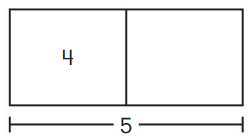
Think 4 + ______ = 5
So, 5 – 4 = _______ .
Answer:
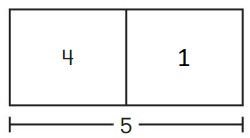
Think 4 + 1 = 5
So, 5 – 4 = 1 .
Question 2.
6 – 3 = ?
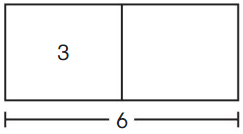
Think 3 + ______ = 6
So, 6 – 3 = _______ .
Answer:
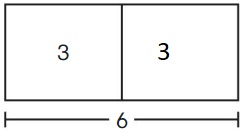
Think 3 + 3 = 6
So, 6 – 3 = 3 .
Apply and Grow: Practice
Question 3.
8 – 4 = ?
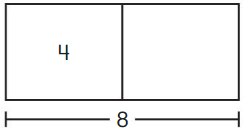
Think 4 + ______ = 8.
So, 8 – 4 = _______ .
Answer:
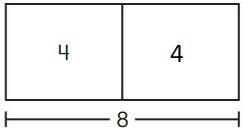
Think 4 + 4 = 8.
So, 8 – 4 = 4 .
Question 4.
7 – 5 = ?
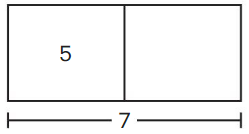
Think 5 + ______ = 7.
So, 7 – 5 = _______ .
Answer:

Think 5 + 2 = 7.
So, 7 – 5 = 2 .
Question 5.
6 – 4 = ?
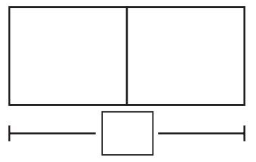
Think ______ + ______ = 6.
So, 6 – 4 = _______ .
Answer:

Think 2+ 4 = 6.
So, 6 – 4 = 2 .
Question 6.
9 – 6 = ?
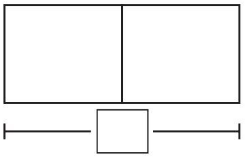
Think ______ + ______ = 9.
So, 9 – 6 = _______ .
Answer:
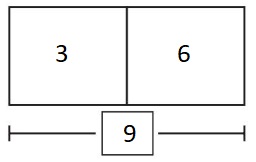
Think 3 + 6 = 9.
So, 9 – 6 = 3 .
Question 7.
YOU BE THE TEACHER
There are 8 goats. 2 of them leave. Newton uses addition to tell how many goats are left. Is he correct? Show how you know.
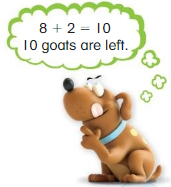
Answer:
No, we have to subtract when goats leaves not addition.
8 – 2 = 6
Think and Grow: Modeling Real life
There are 10 puppies. 7 are brown. The rest are yellow. How many puppies are yellow?

Model:
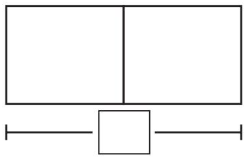
Subtraction equation:
_________ puppies
Answer:
Total number of puppies = 10
Number of brown puppies = 3
Number of yellow puppies = 10 – 3 = 7
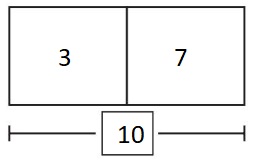
Show and Grow
Question 8.
There are 8 eggs. I of them hatches. How many eggs still need to hatch?
Model:
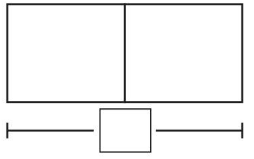
Subtraction equation:
__________ eggs
Answer:
Total number of eggs = 8
Number of eggs hatched = 1.
Numbers of eggs left for hatching = 8 – 1 = 7
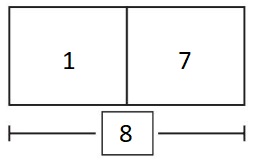
Use Addition to Subtract Practice 2.9
Question 1.
3 – 2 = ?
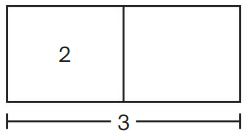
Think 2 + ______ = 3.
So, 3 – 2 = _______ .
Answer:
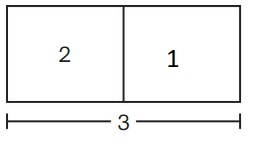
Think 2 + 1 = 3.
So, 3 – 2 = 1
Question 2.
10 – 5 = ?
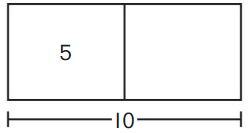
Think 5 + ______ = 10.
So, 10 – 5 = _______ .
Answer:
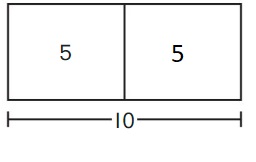
Think 5 + 5 = 10.
So, 10 – 5 = 5
Question 3.
9 – 5 = ?
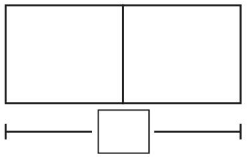
Think ______ + ______ = ______.
So, 9 – 5 = _______ .
Answer:
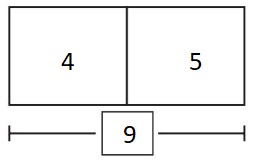
Think 4 + 5 = 9.
So, 9 – 5 = 4
Question 4.
7 – 6 = ?
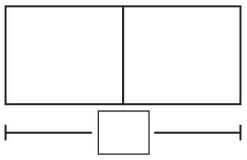
Think ______ + ______ = ______.
So, 7 – 6 = _______ .
Answer:
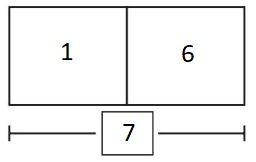
Think 1 + 6 = 7.
So, 7 – 6 = 1
Question 5.
YOU BE THE TEACHER
There are 8 birds. 5 fly away. Descartes uses addition to tell how many birds are left. Is he correct? Show how you know.
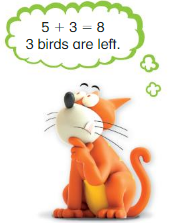
Answer:
Numbers of birds = 8
Number of birds flew = 5
Remaining number of birds = 8 – 5 = 3
Descartes is wrong we need to subtract not addition .
Question 6.
Modeling Real Life There are 9 kittens. 7 are adopted. How many kittens still need to be adopted?
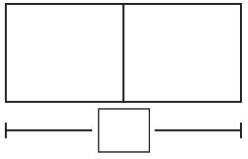
_______ kittens
Answer:
Total Number of kittens = 9
Number of kittens adopted = 7
Number of kittens remaining for adoption = 9 – 7 = 2
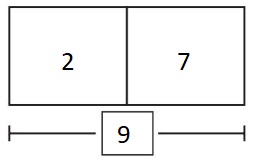
Review & Refresh
Question 7.
You have 5 ![]() and 2
and 2 ![]() How many dice do you have in all?
How many dice do you have in all?
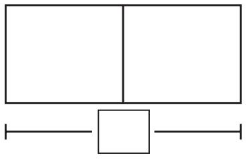
_________ + _________ = ________ dice
Answer:
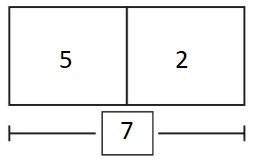
5 + 2 = 7
Number of red dices = 5
Number of blue dices = 2
Total dices = 5 + 2 = 7
Fluency and Strategies within 10 Performance Task
Question 1.
You plant 4 red flower seeds and 4 yellow flower seeds. Your friend plants 5 red flower seeds and 4 yellow flower seeds.

a. I of your yellow seeds does not grow. How many of your flowers grow?
_________ flowers
Answer:
Total number flower seeds = 4 + 4 = 8
Number of yellow seeds didn’t grow = 1
Number of your flowers grown = 8 – 1 = 7
b. 3 of your friend’s red seeds do not grow. How many of your friend’s flowers grow?
________ flowers
Answer:
Total number of my friends flowers = 5 + 4 = 9 (red and yellow )
Number of red seeds didn’t grow of my friend’s = 3
Number of your flowers grown of my friend’s= 9 – 3 = 6
c. Who has more flowers?
You Friend
Answer: I have more flowers
d. How many more red flowers do you have than your friend?
_______ flowers
Answer:
I have 4 red flowers
My friend 2 red flowers (5 – 3 )
Fluency and Strategies within 10 Chapter Practice
Add 0 Homework & Practice 2.1
Use the picture to write an equation.
Question 1.

_______ + 0 = ________
Answer:
2 + 0 = 2
Explanation:
From the above figure we notice 2 and 0 are addends . Adding 0 to any number gives the sum as the number itself. Now add both the numbers
2 + 0 = 0
Thus the result is 2.
Question 2.

0 + _______ = ________
Answer:
0 + 5 = 5
Explanation:
From the above figure we notice 5 and 0 are addends . Adding 0 to any number gives the sum as the number itself. Now add both the numbers
5 + 0 = 0
Thus the result is 5.
Question 3.
7 + 0 = ________
Answer:
7 + 0 = 7
Explanation:
From the above figure we notice 7 and 0 are addends . Adding 0 to any number gives the sum as the number itself. Now add both the numbers
7 + 0 = 0
Thus the result is 7.
Question 4.
0 + 6 = ________
Answer:
0 + 6 = 6
Explanation:
From the above figure we notice 6 and 0 are addends . Adding 0 to any number gives the sum as the number itself. Now add both the numbers
6 + 0 = 0
Thus the result is 6.
Subtract 0 and Subtract All Homework & Practice 2.2
Use the picture to write an equation.
Question 5.

________ – 0 = ________
Answer:
7 – 0 = 7
Explanation:
From the above equation we notice 7 is minuend and 0 is subtrahends Subtracting 0 from any number gives the number itself as the difference. Now subtract the 7 and 0
7 – 0 = 7
Thus the difference is 7
Question 6.

_________ – ________ = 0
Answer:
7 – 7 = 0
Explanation:
When a number is subtracted from itself the difference is always equal to 0.
Thus the difference is 0
Question 7.
9 – 9 = ______
Answer:
9 – 9 = 0
Explanation:
When a number is subtracted from itself the difference is always equal to 0.
Thus the difference is 0
Question 8.
8 – 0 = _______
Answer:
8 – 0 = 8
Explanation:
From the above equation we notice 8 is minuend and 0 is subtrahends Subtracting 0 from any number gives the number itself as the difference. Now subtract the 8 and 0
8 – 0 = 8
Thus the difference is 8
Add and Subtract I Homework & Practice 2.3
Use the picture to write an equation.
Question 9.
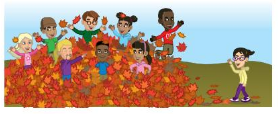
________ + ________ = _________
Answer:
8 + 1 = 9
Explanation:
As per the above picture , we can notice 8 people are playing and 1 more person joining them
So total number of people are 8 + 1 = 9
Total number of people = 9
Question 10.
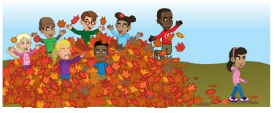
________ – ________ = _________
Answer:
8 – 1 = 7
Explanation:
As per the above picture , we can notice 7 people are playing and 1 person leaving them
So total number of people are 7 – 1 = 6
Total number of people = 6
Question 11.
3 – 1 = ________
Answer:
3 – 1 = 2
Explanation:
when a number is reduced by 1, then we get the previous number of that number as difference.
previous number of 3 is 2 .
Therefore difference = 2
Question 12.
5 + 1 = ________
Answer:
5 + 1 = 6
Explanation:
when a given number is increased by 1 then we get the next number of that number as sum
Therefore the sum is 6
Add Doubles from 1 to 5 Homework & Practice 2.4
Question 13.
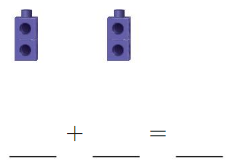
Answer:
2 + 2 = 4
Question 14.
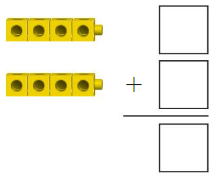

Answer:
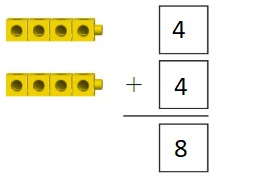
8 + 1 = 9
Question 15.
MP Reasoning
Circle the equations you can complete using doubles.
_________ + ________ = 10 _________ + ________ = 3
_________ + ________ = 6 _________ + ________ = 7
Answer:

Use Doubles Homework & Practice 2.5
Use the doubles 2 + 2 to find each sum.
Question 16.
2 + 3 = _______

Answer:
2 + 3 = 5
2 + 2 + 1 = 5
2 + 1 = _______

Answer:
2 + 1 =3
2 + 2 – 1 = 3
Find the sum. Write the double you used.
Question 17.

Answer:
4 + 5 = 9
5 + 4 = 9
Question 18.
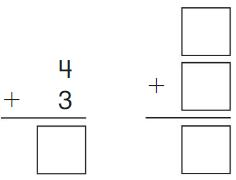
Answer:
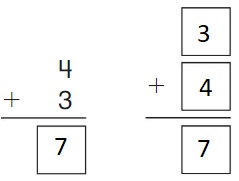
Add in any Order Homework & Practice 2.6
Question 19.
![]()
_______ + ______ = ______
Answer:
5 + 2 = 7
![]()
_______ + ______ = ______
Answer:
2 + 5 = 7
Question 20.
MP Number Sense
Use the numbers shown to write two addition equations.

Answer:
3 + 6 = 9
6 + 3 = 9
Count on to Add Homework & Practice 2.7
Question 21.
![]()
5 + 2 = _________
Answer:
5 + 2 = 7

Explanation:
Count on method to add numbers. To add 5 and 2, start from 5 and count on 2 steps to arrive at the sum (7).
Question 22.
![]()
6 + 4 = __________
Answer:
6 + 4 = 10

Explanation:
Count on method to add numbers. To add 6 and 4, start from 6 and count on 4 steps to arrive at the sum (10).
Count Back to Subtract Homework & Practice 2.8
Question 23.
![]()
9 – 7 = __________
Answer:
9 – 7 = 2

Explanation:
Use the count back method to subtract.To subtract 7 from 9, one can start at 9 and count back 7 steps we get difference as 2
Question 24.
![]()
10 – 5 = _________
Answer:
10 – 5 = 5

Explanation:
Use the count back method to subtract.To subtract 10 from 5, one can start at 10 and count back 5 steps we get difference as 5
Use Addition to Subtract Homework & Practice 2.9
Question 25.
5 – 3 = ?

Think 3 + ______ = 5.
So, 5 – 3 = ______.
Answer:
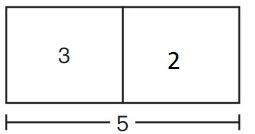
Think 3 + 2 = 5.
So, 5 – 3 = 2
Question 26.
9 – 8 =?

Think 8 + ______ = 9.
So, 9 – 8 = ______.
Answer:
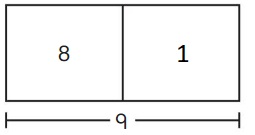
Think 8 + 1 = 9.
So, 9 – 8 = 1
Conclusion:
Follow Big Ideas Math Grade 1 Answers for the strong foundation. Move with every step of solving the process to solve your problems easily. Get the pdfs of all Big Ideas Math Grade 1 Chapters @bigideasmathanswer.com
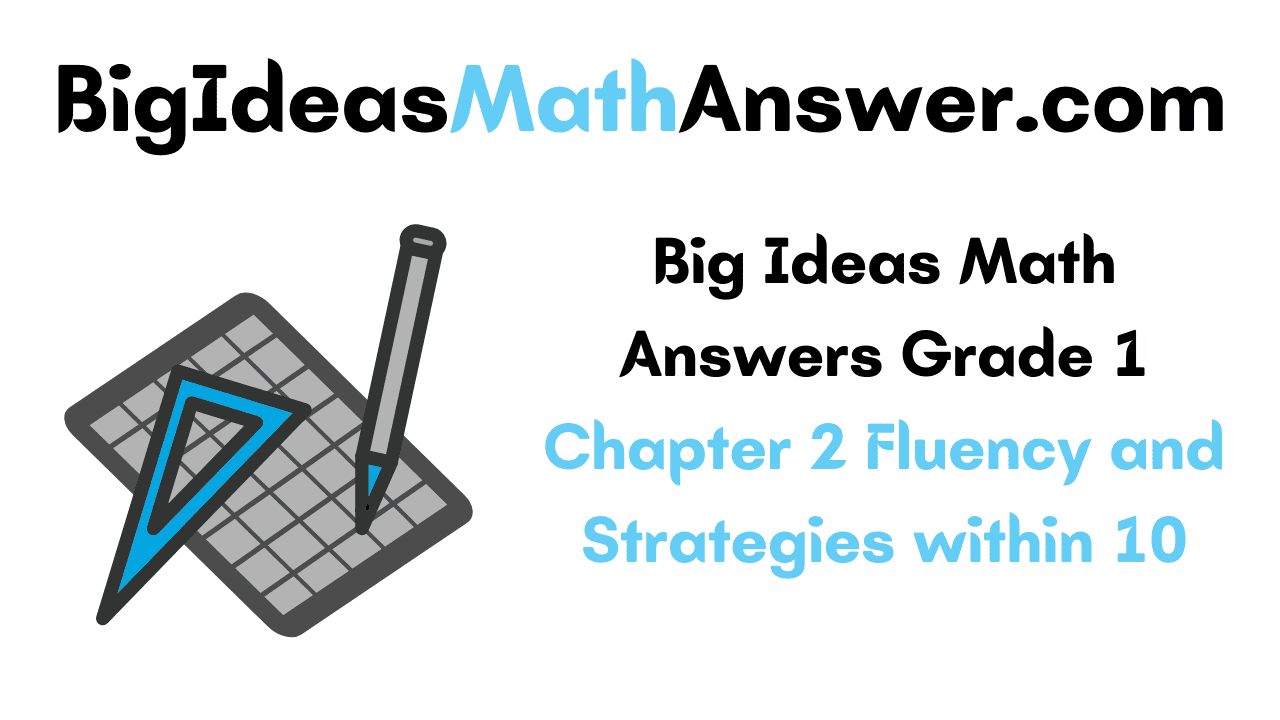



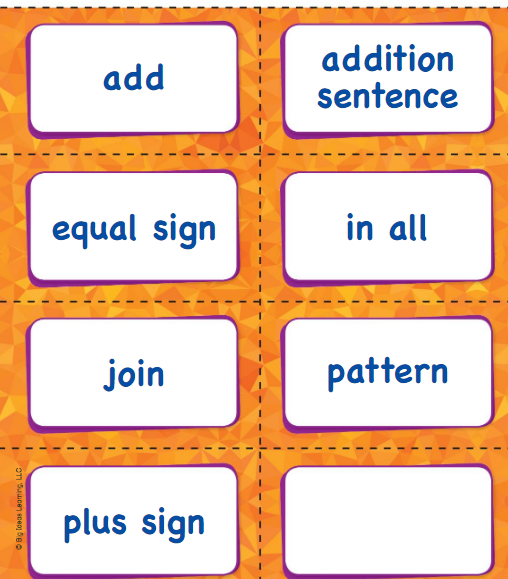
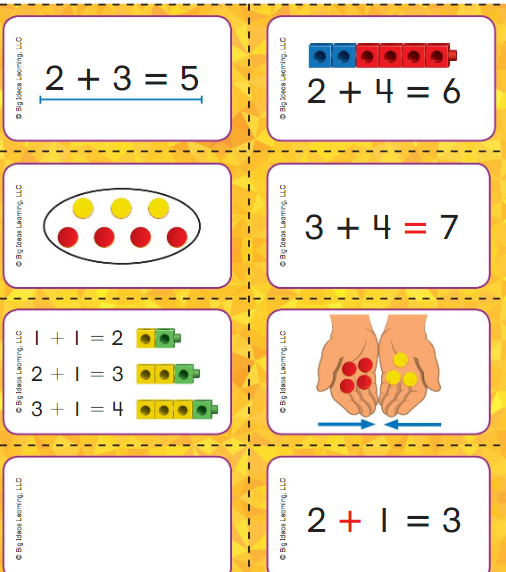
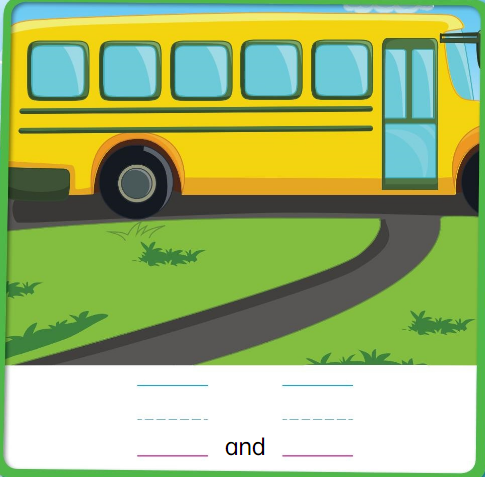
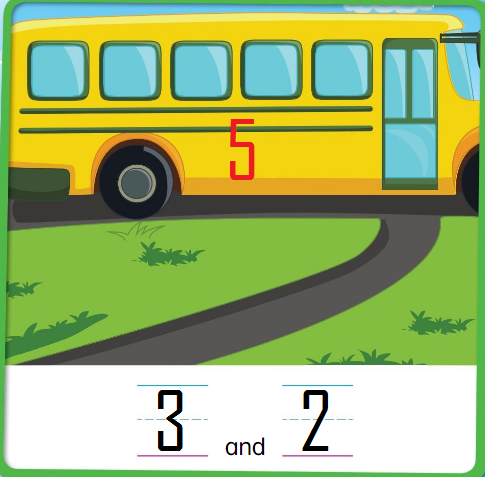
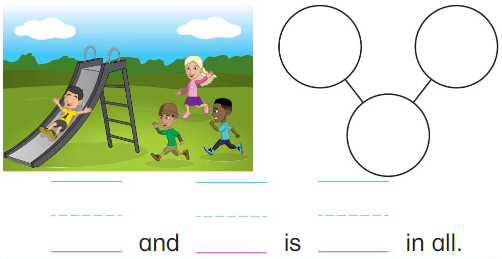
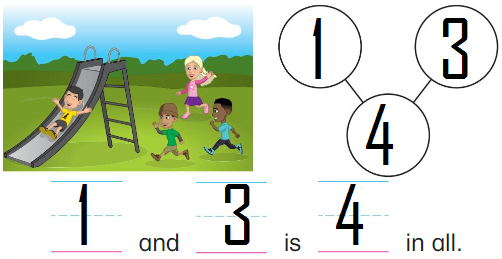
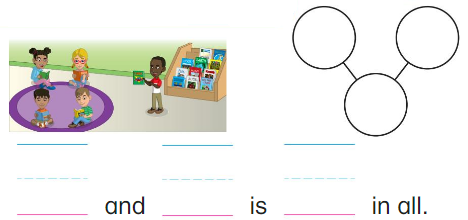
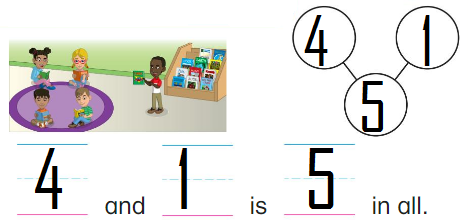
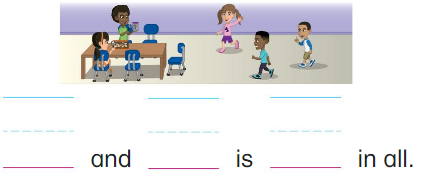
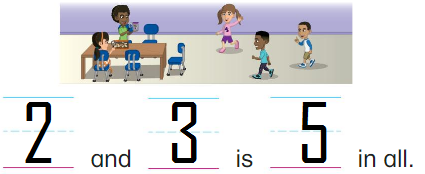
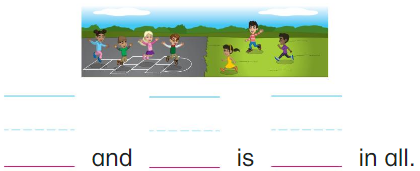
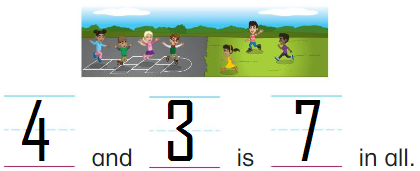
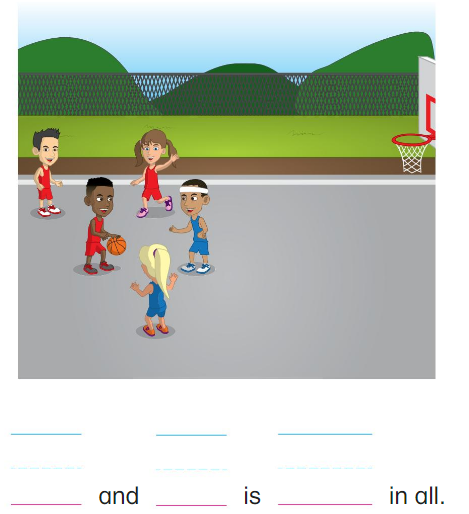
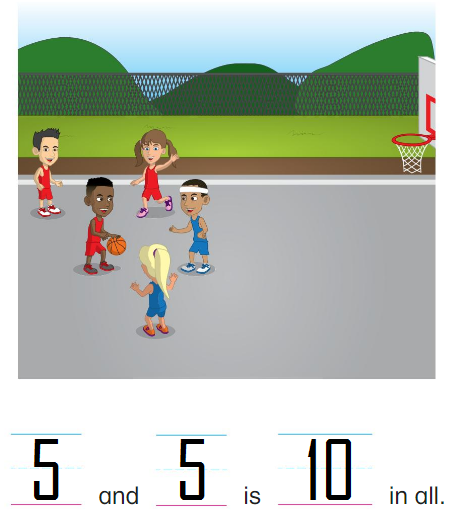
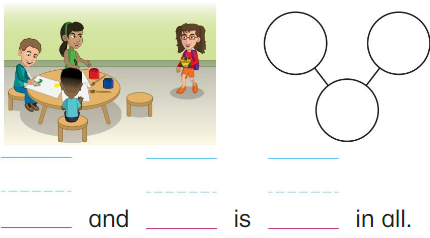
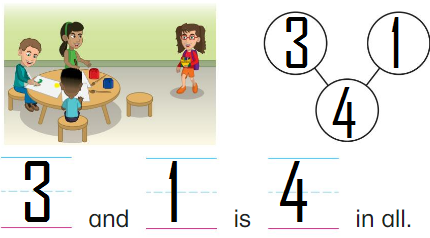
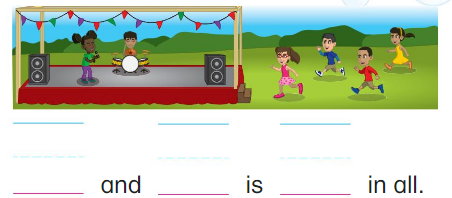
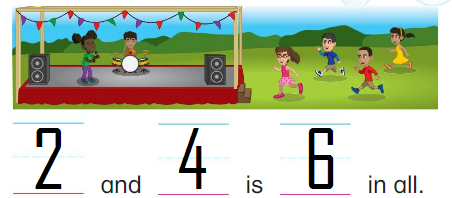
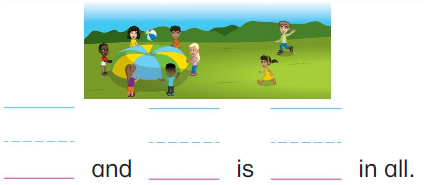
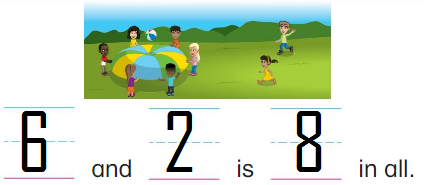
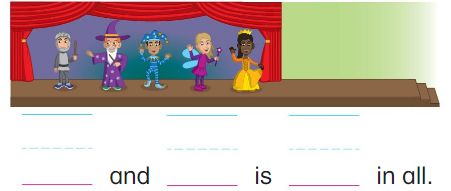
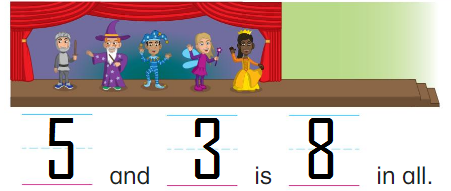
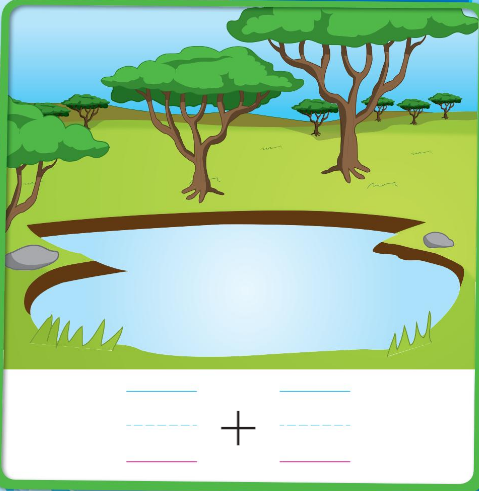
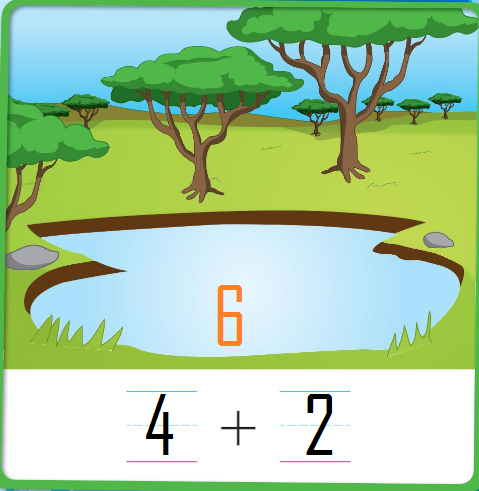

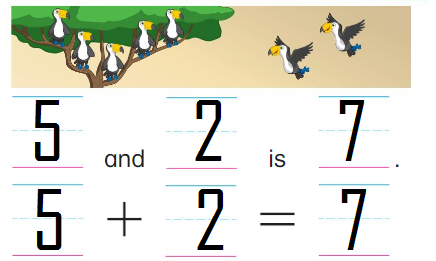
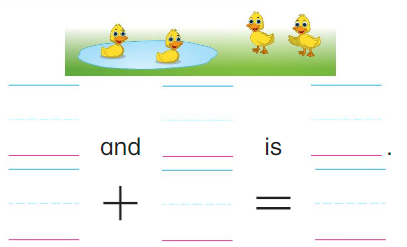



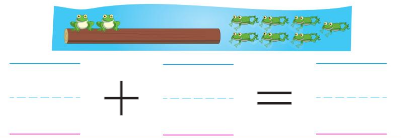
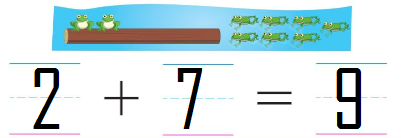
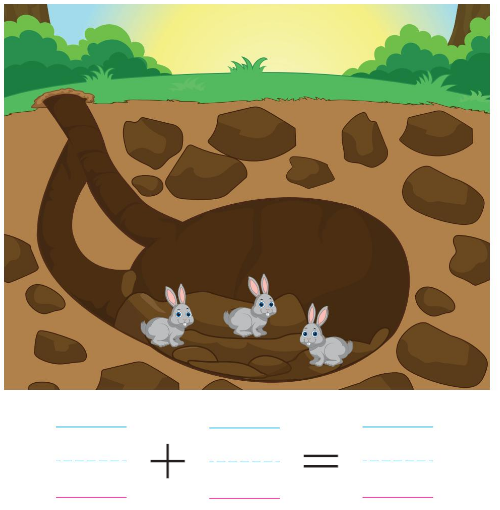
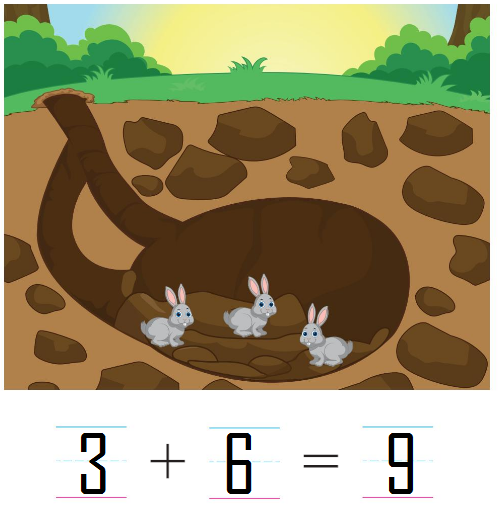
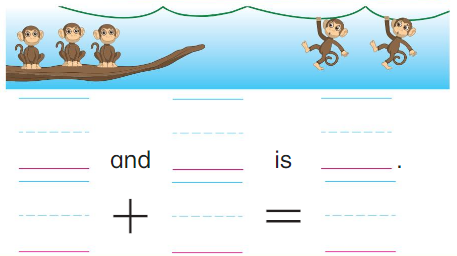
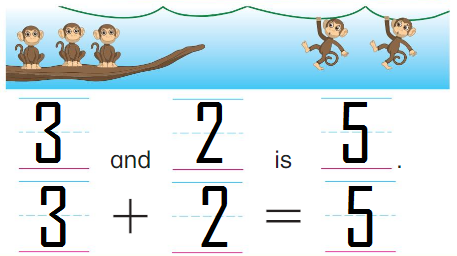
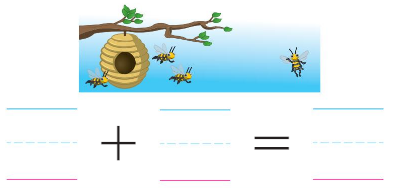

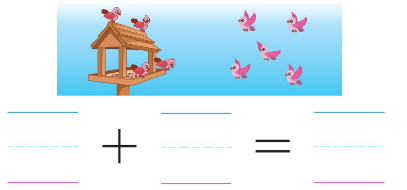
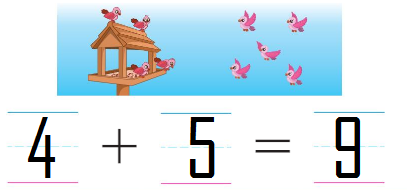
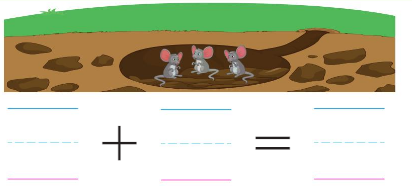
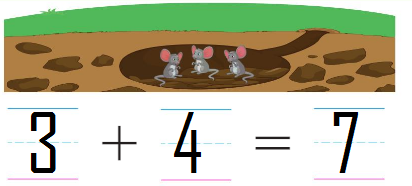
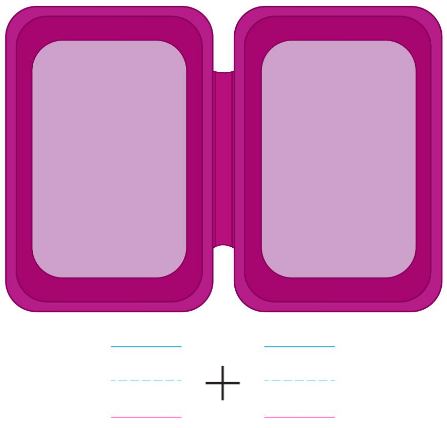
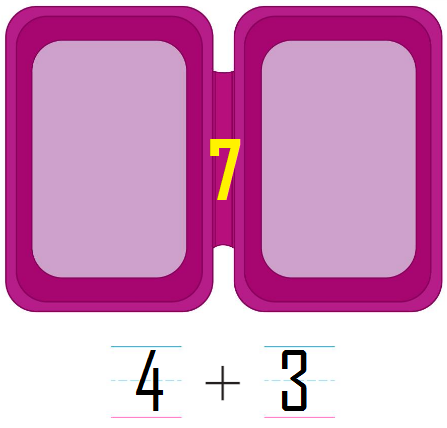
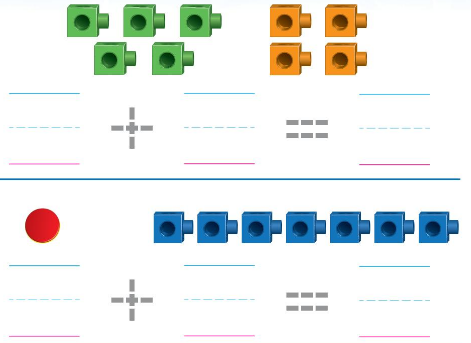
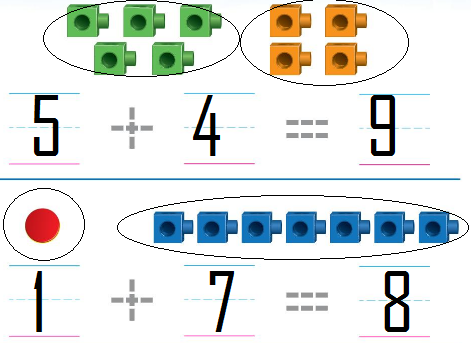
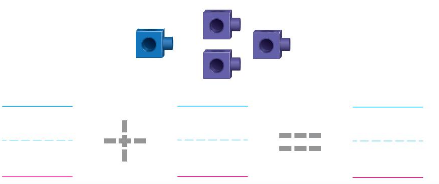
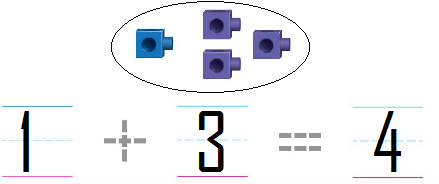
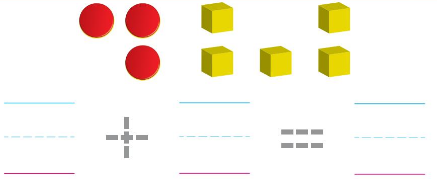
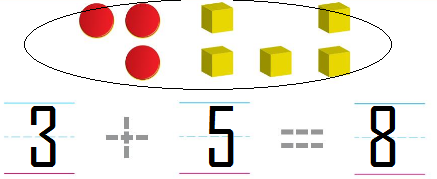
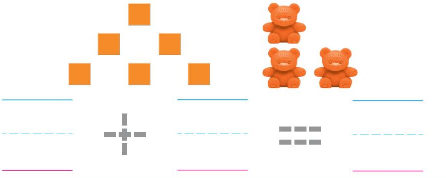
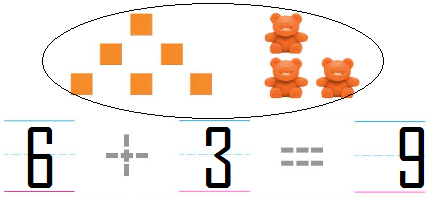
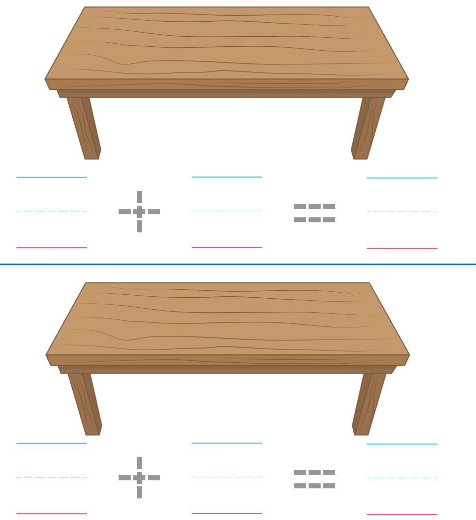
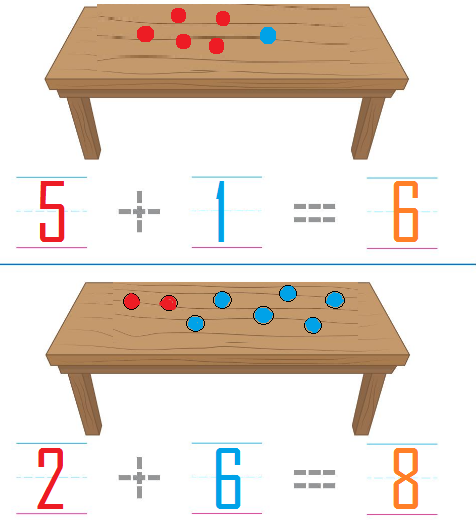


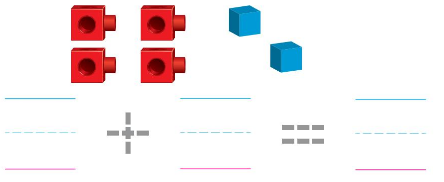
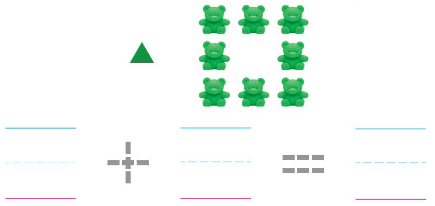
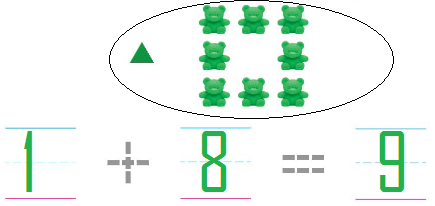
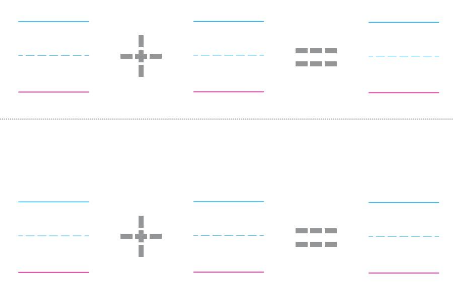

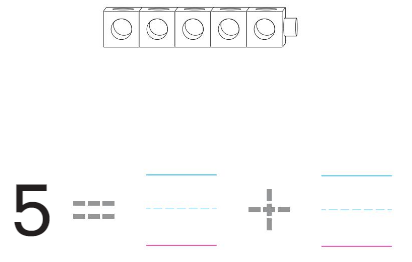
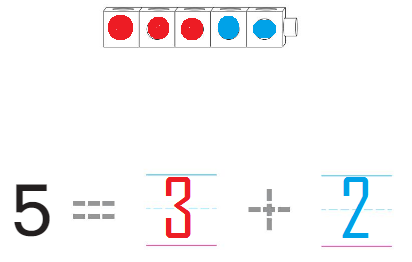
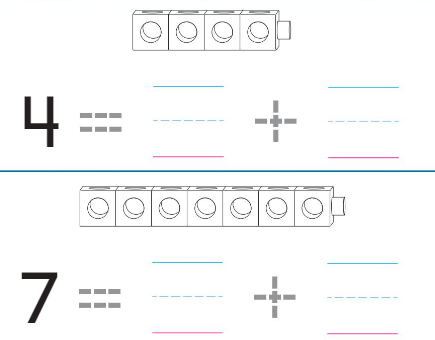
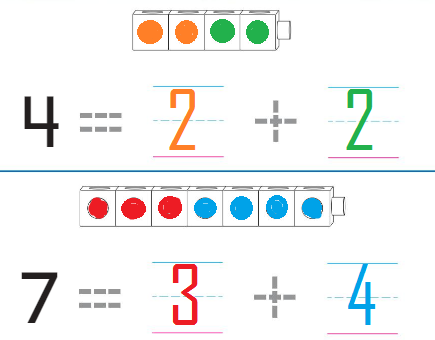








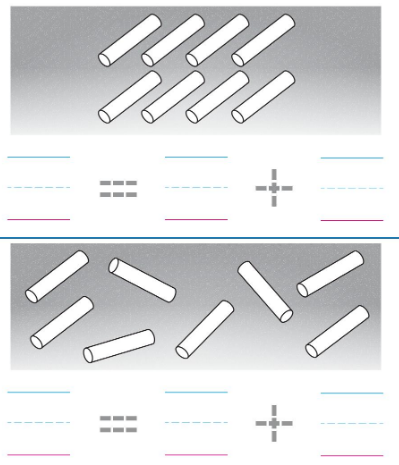
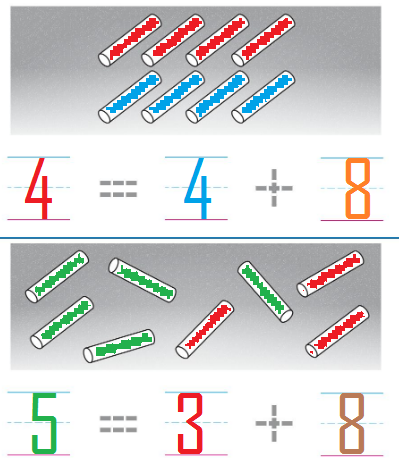

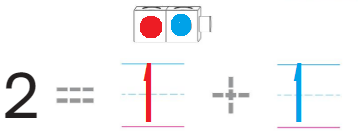
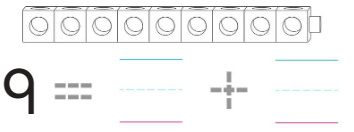
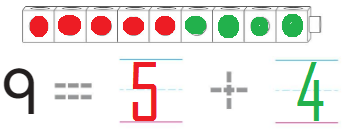


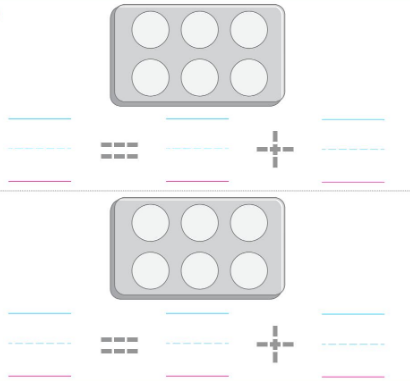

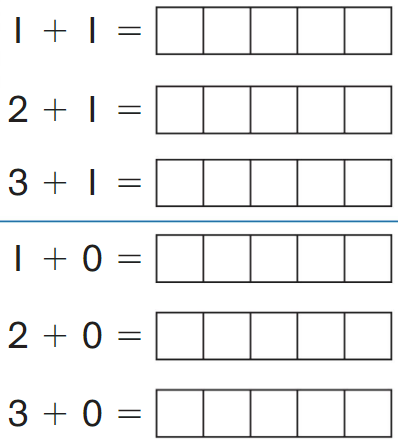
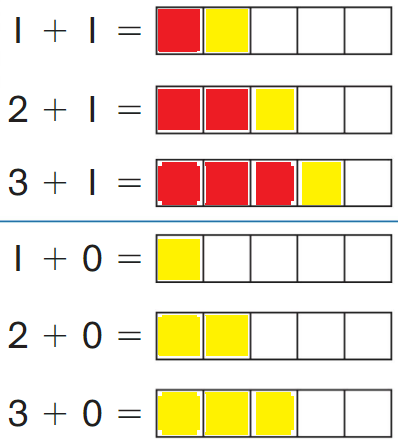
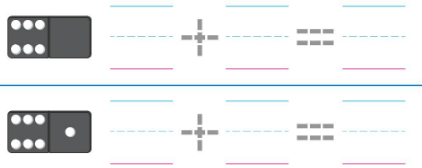
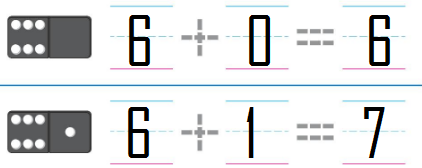












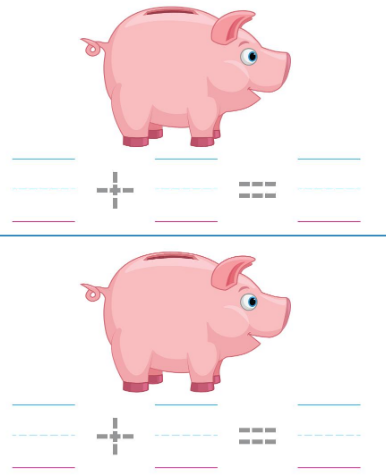
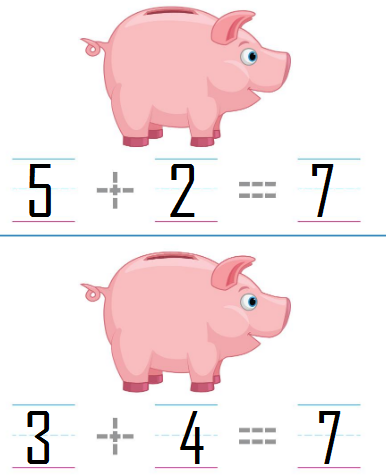












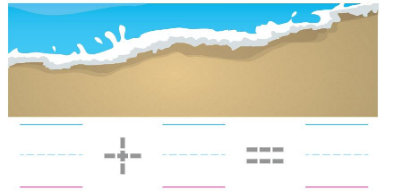
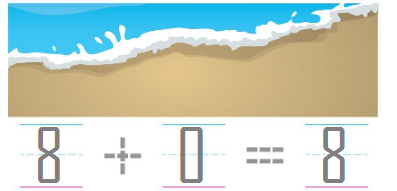
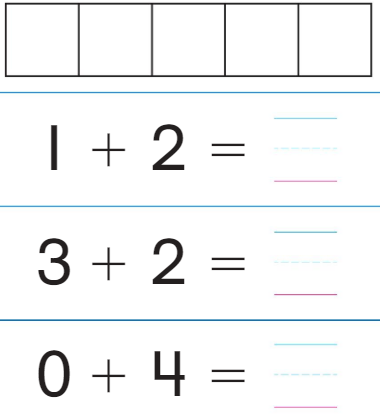
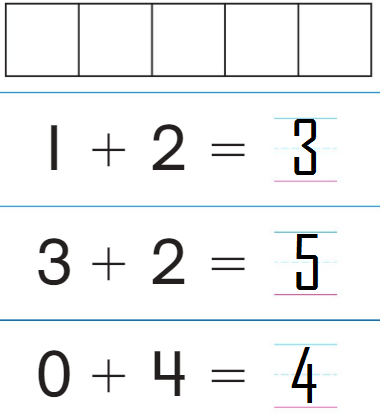
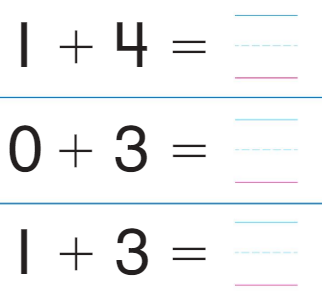
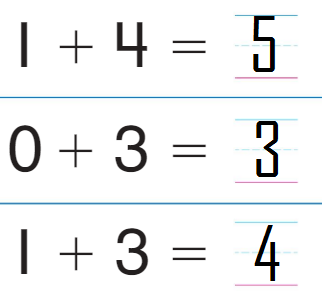








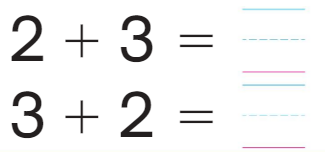
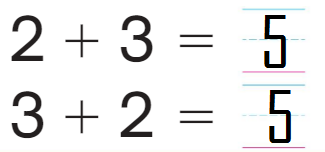
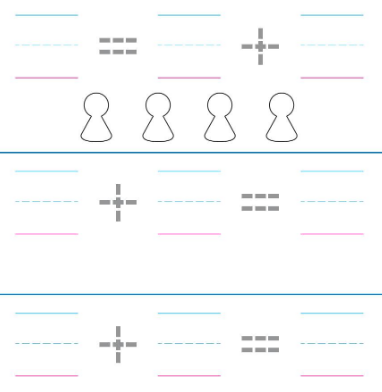
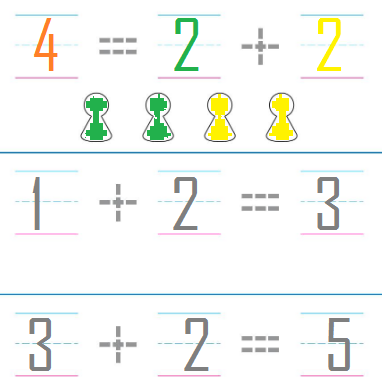






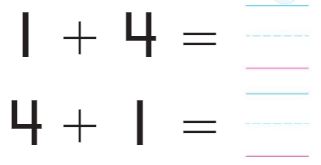
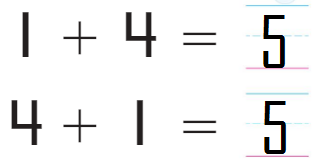

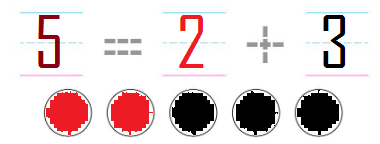
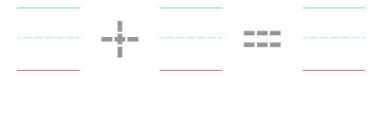

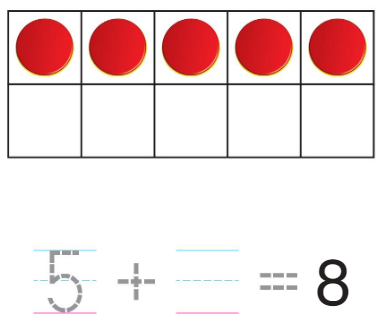
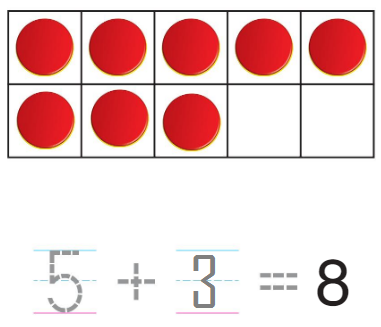
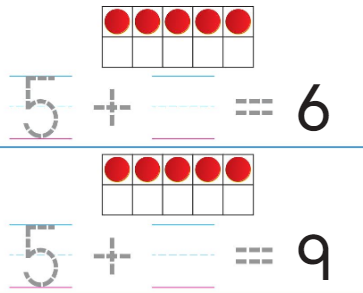
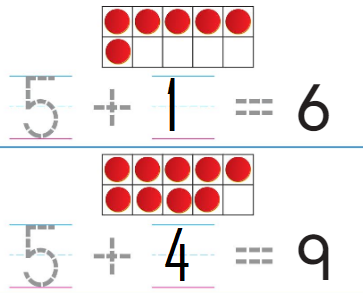
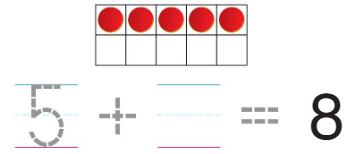
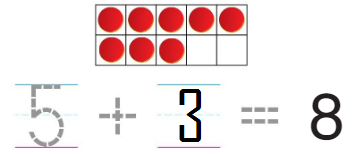
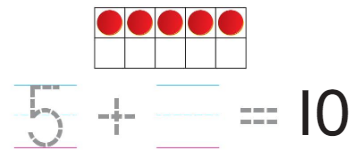
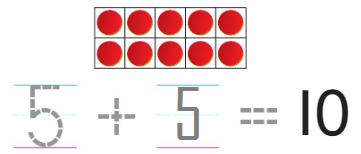
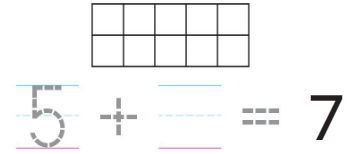



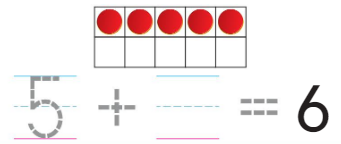

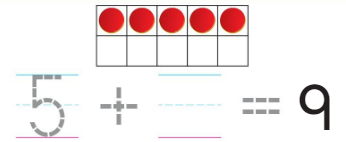
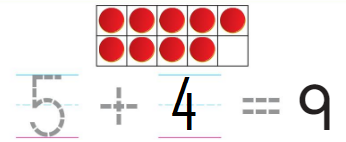
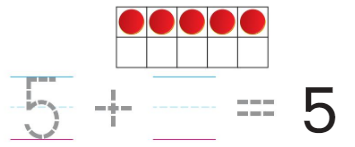
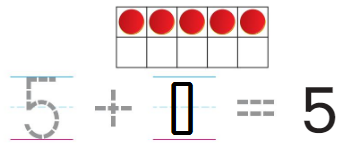
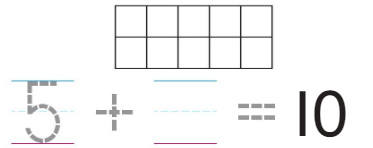
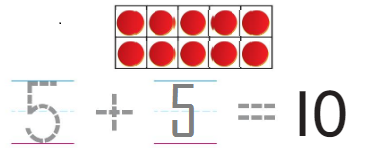
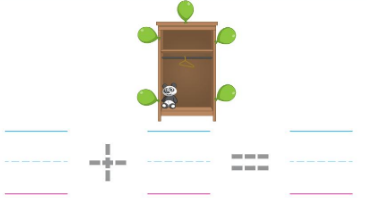
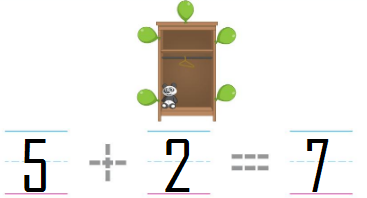
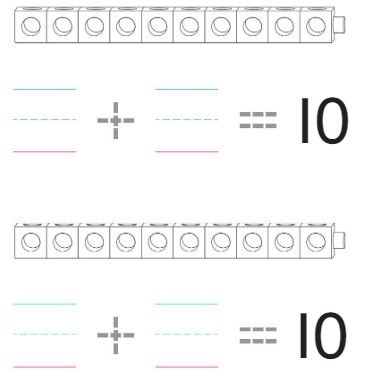
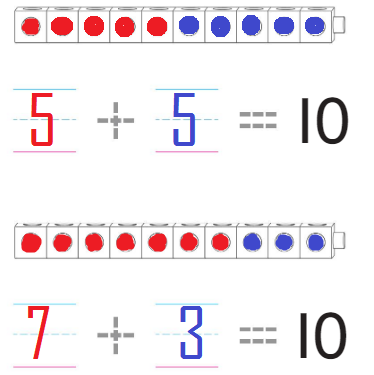
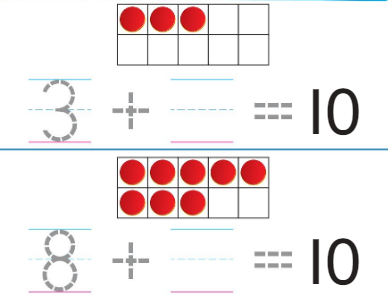

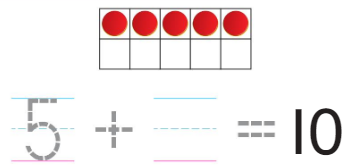
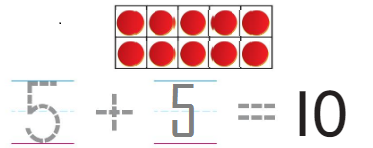
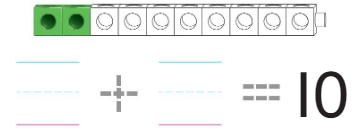
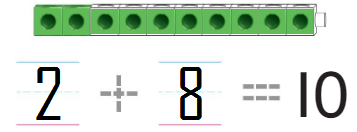
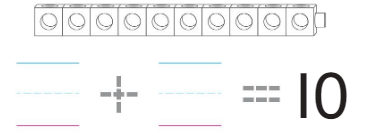

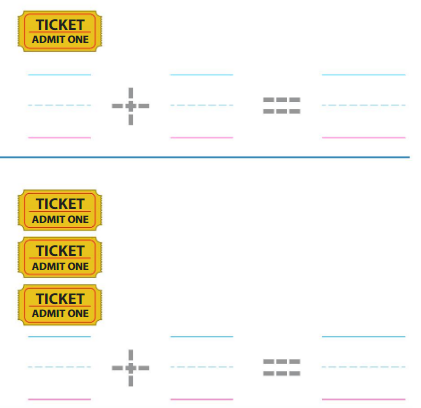
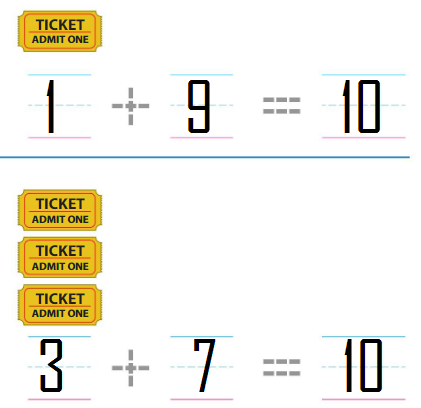
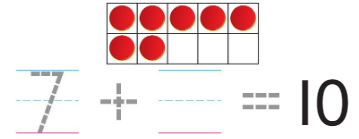
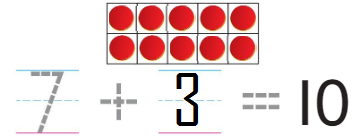


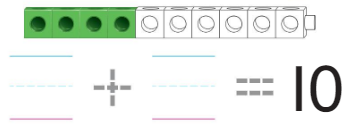
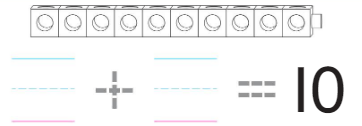
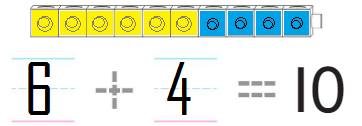
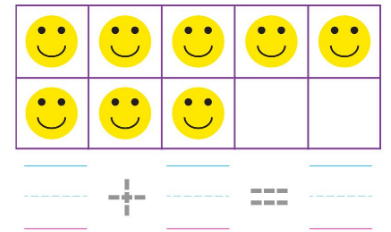
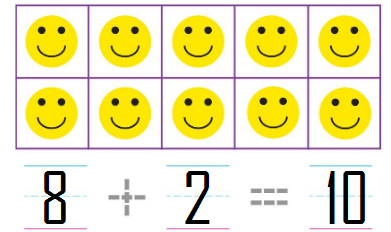
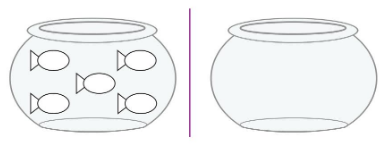

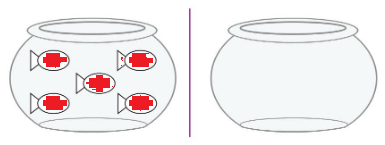







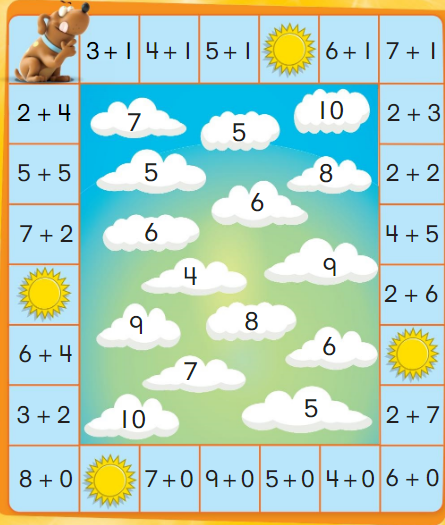
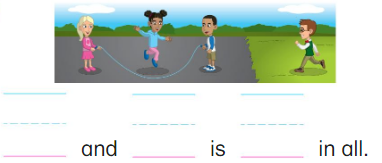
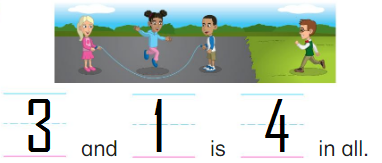
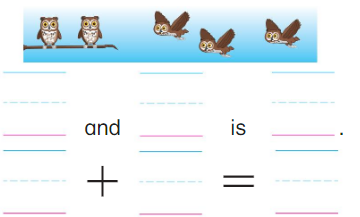
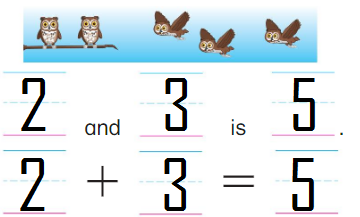

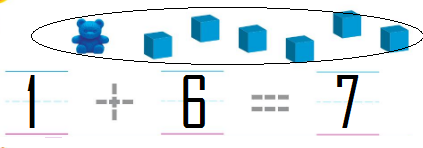














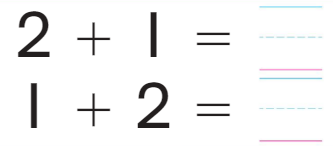
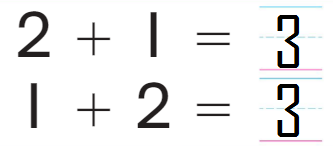
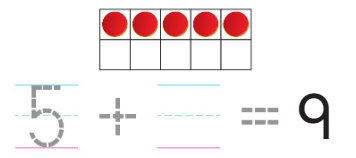
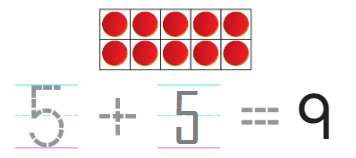


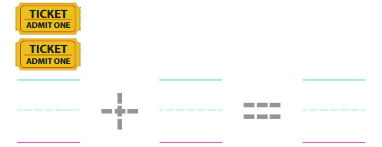
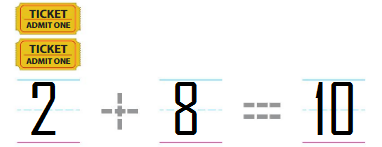
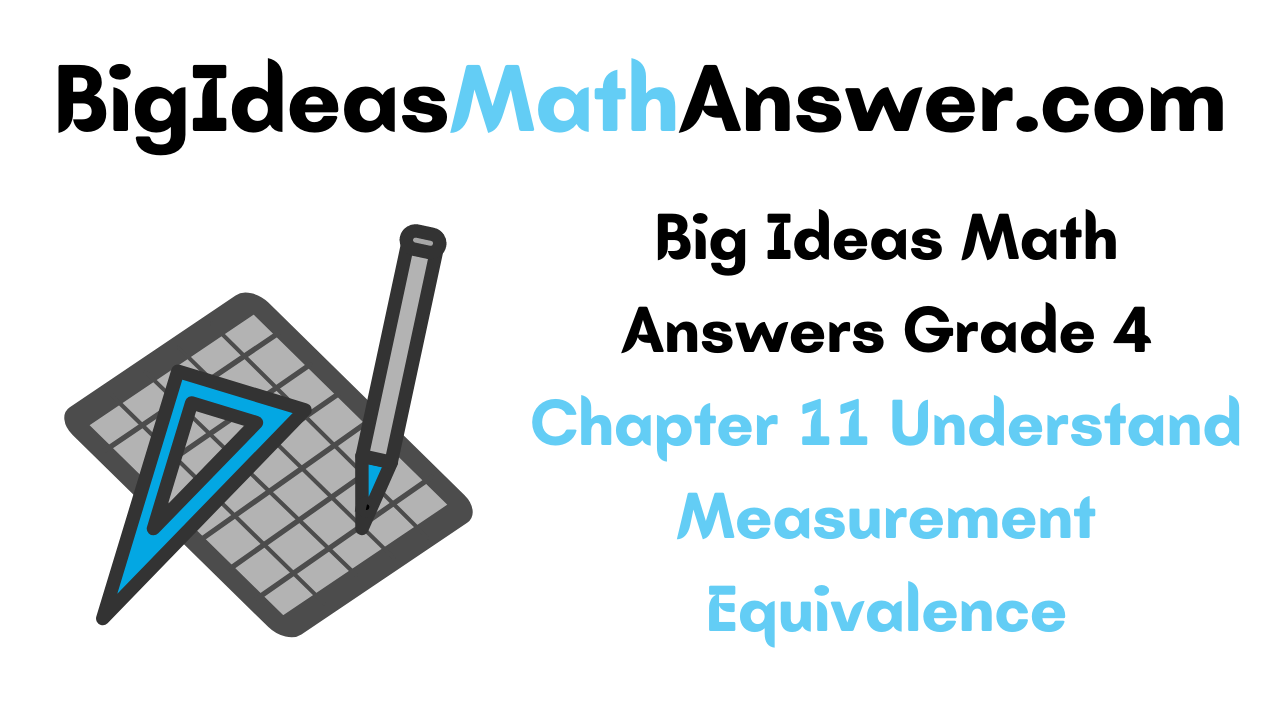


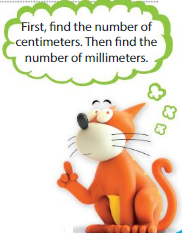
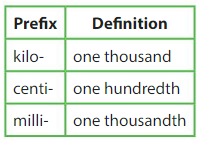


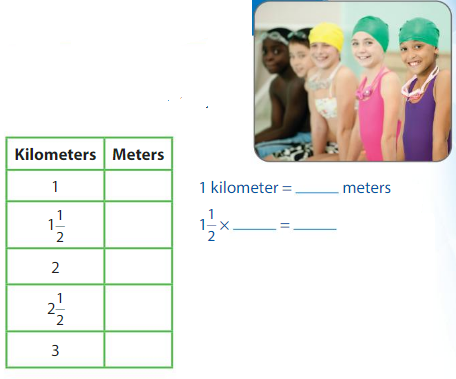

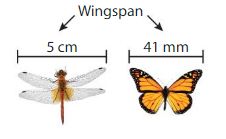

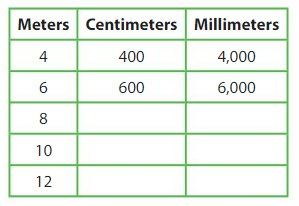
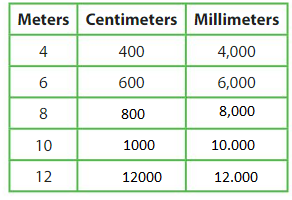
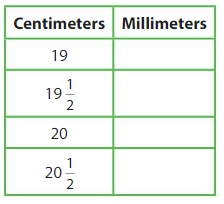

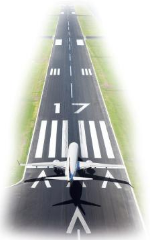
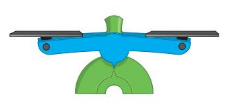
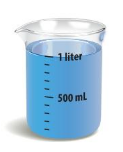


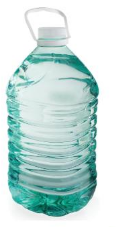
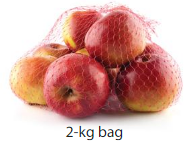
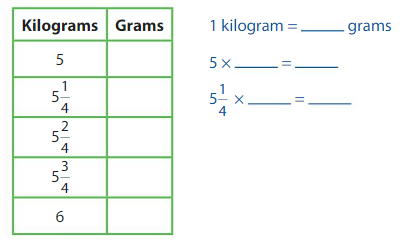

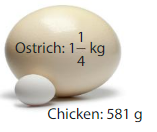

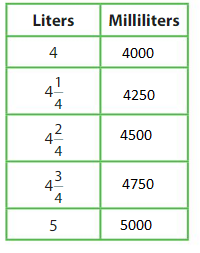
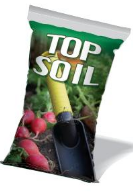



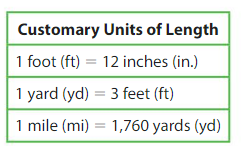
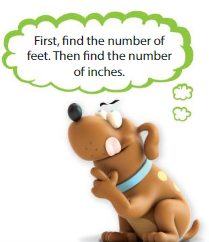
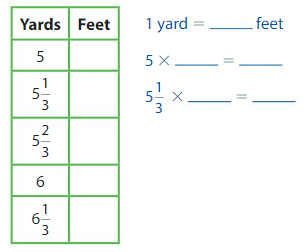
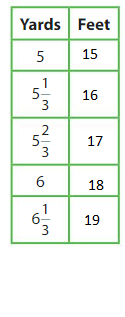
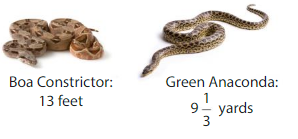

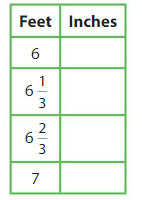
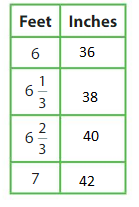
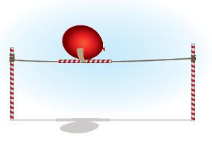
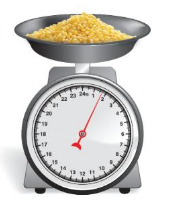

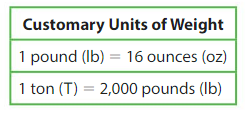
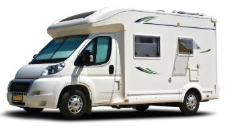
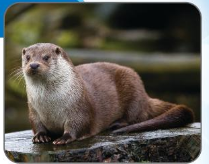

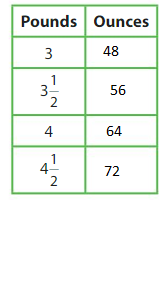
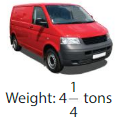
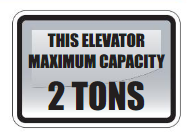
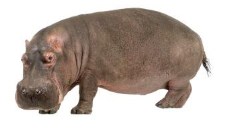
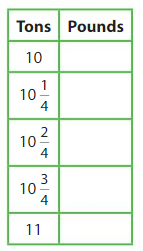
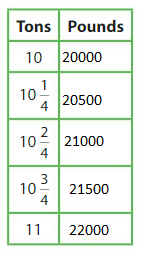
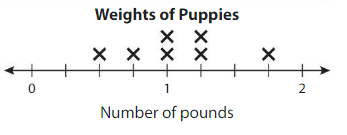

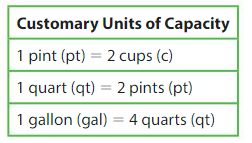
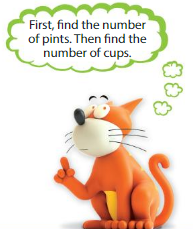

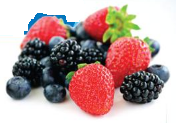


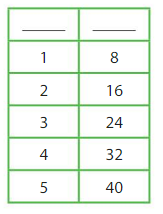
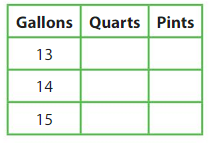
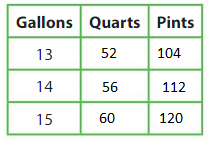
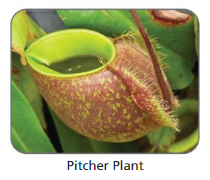


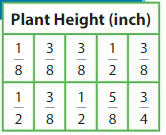

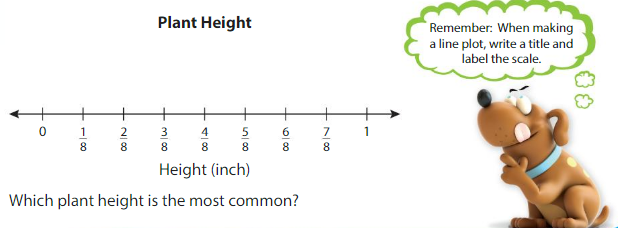
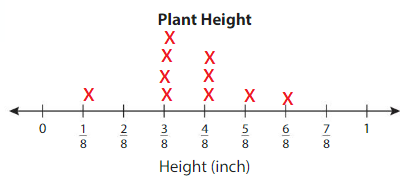
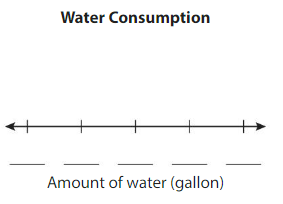
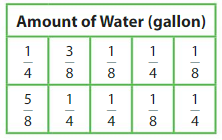
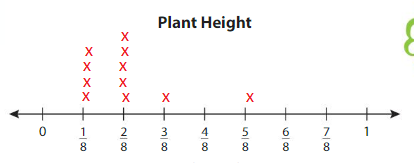
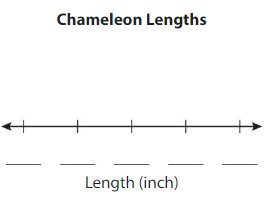
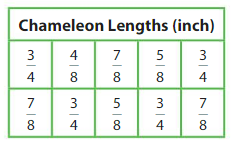

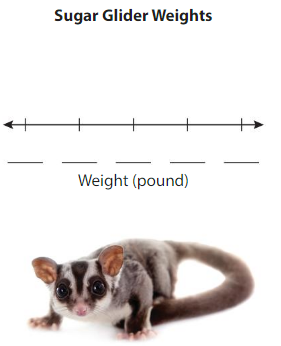
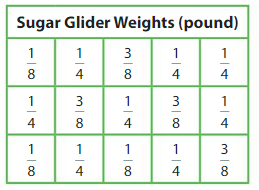
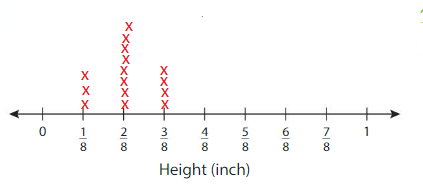
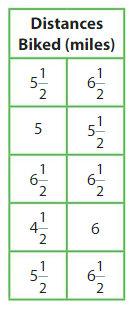
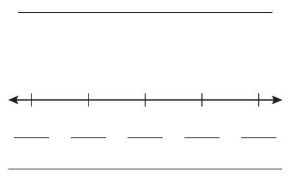
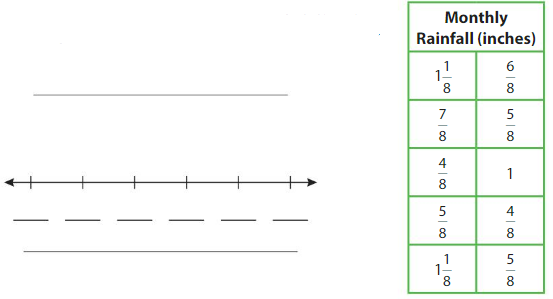

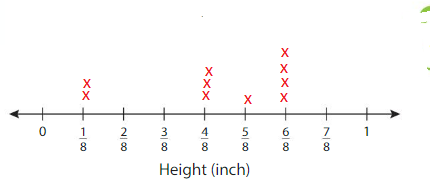

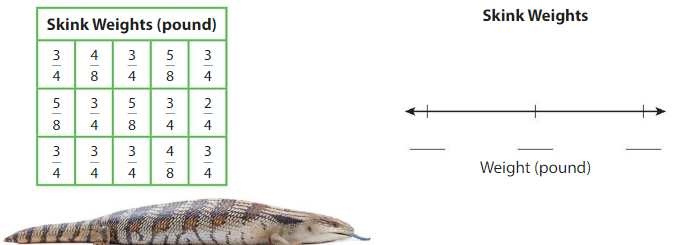
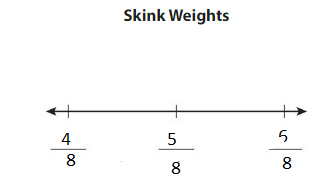


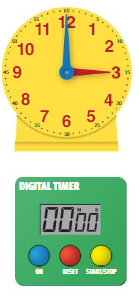


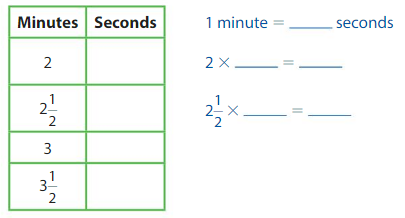
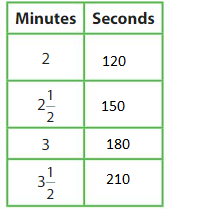

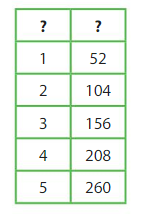
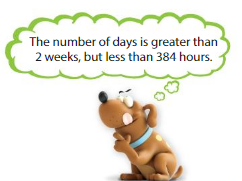
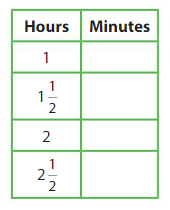
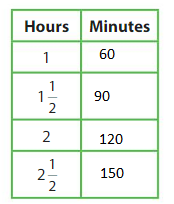
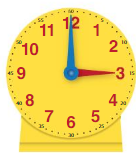

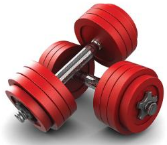



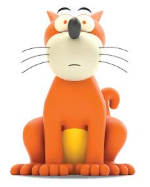
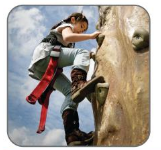
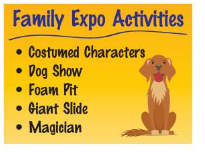
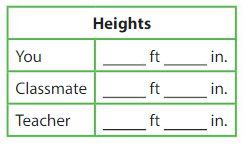
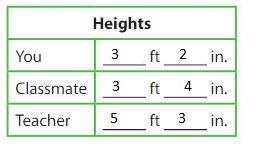
















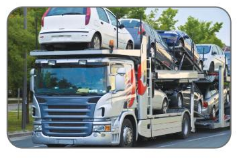

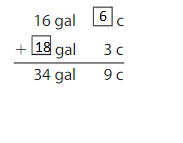
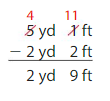
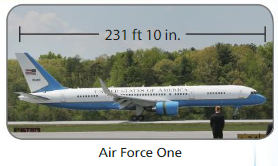

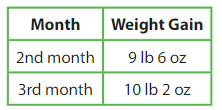
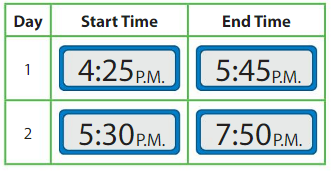









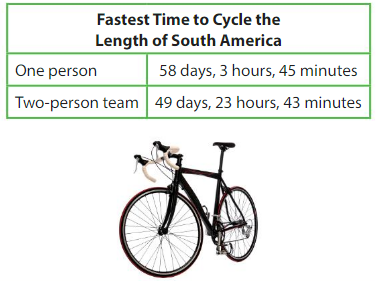
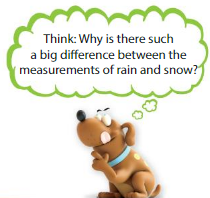
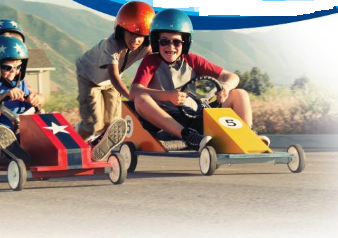
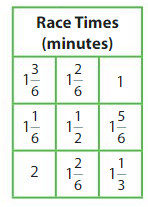
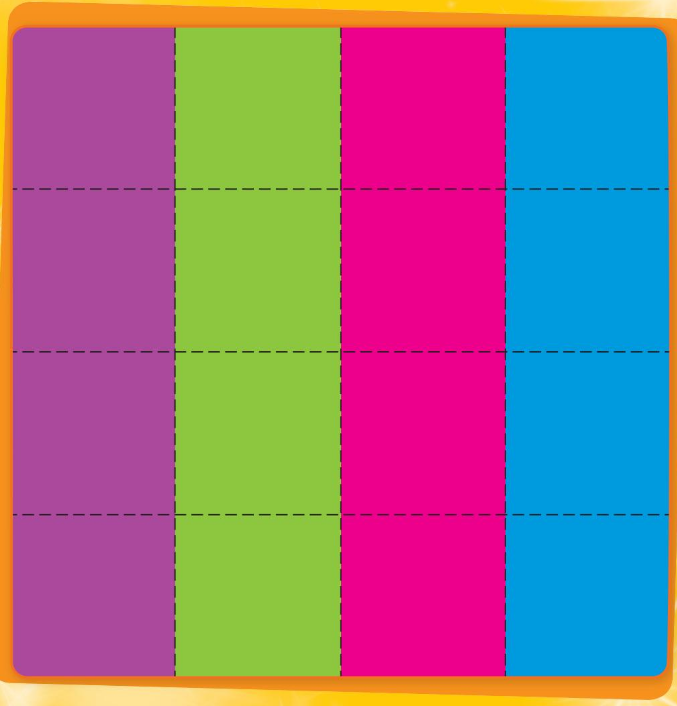
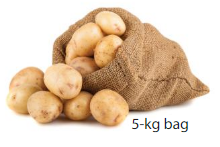

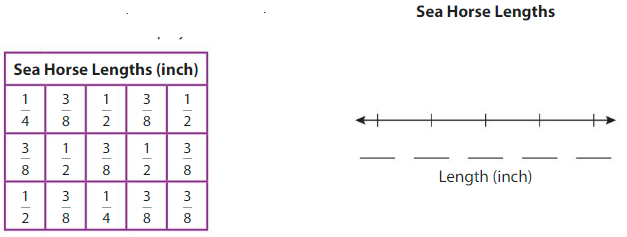
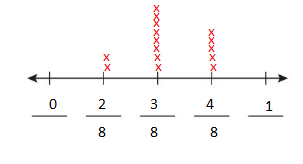
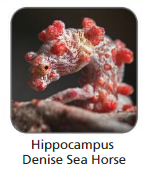







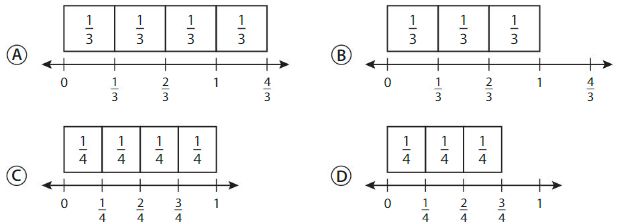














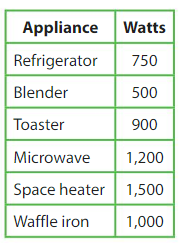
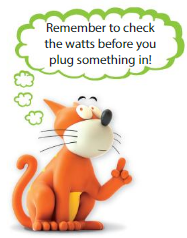

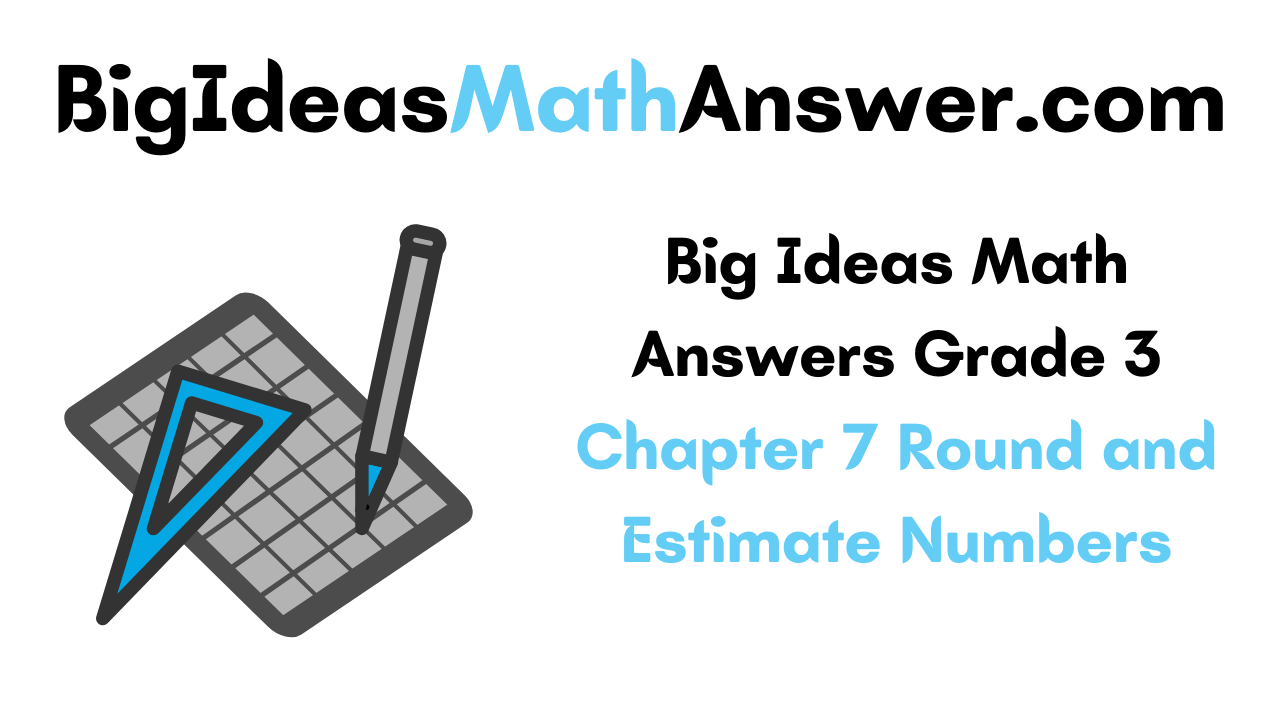
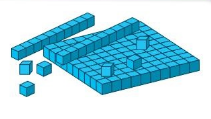
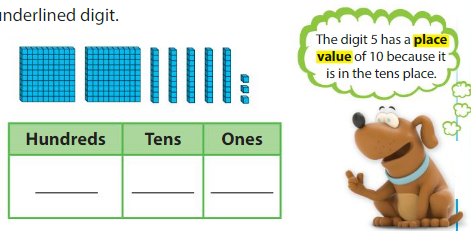
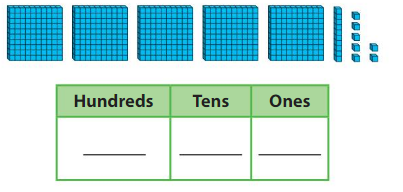

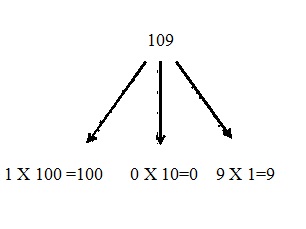
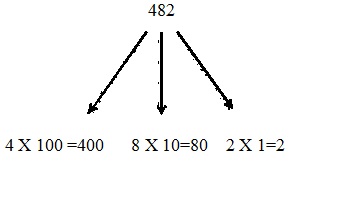
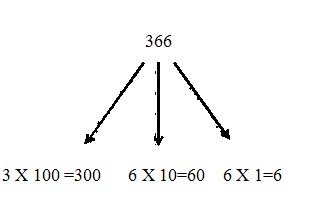
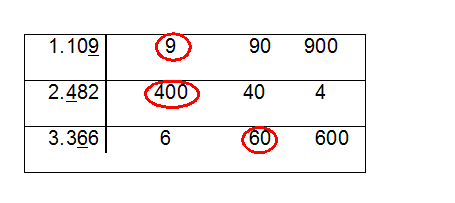

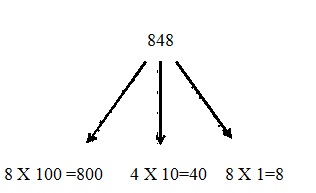
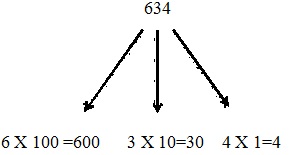
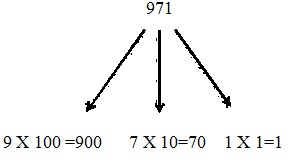
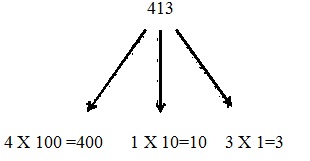
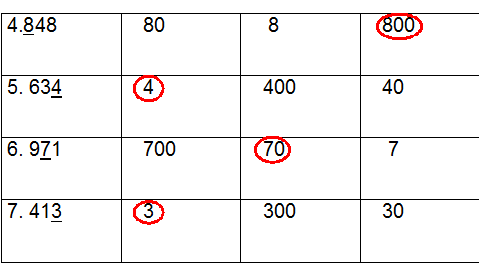
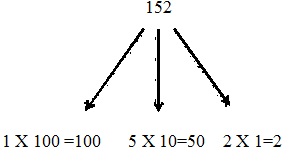
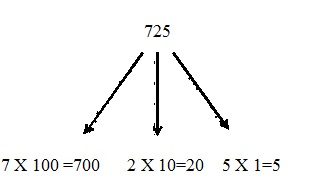
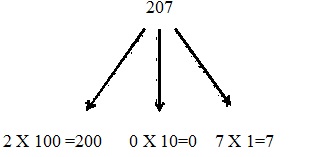

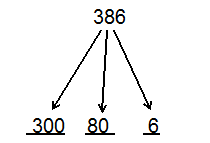
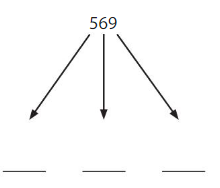
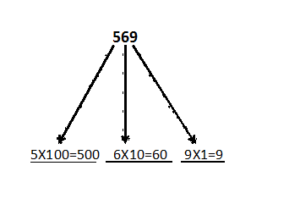

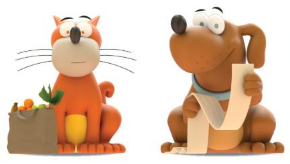


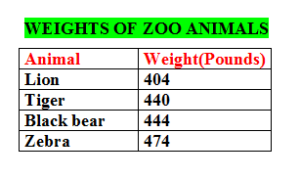

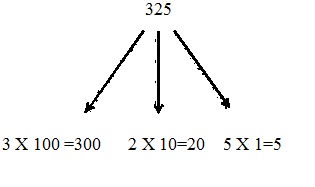

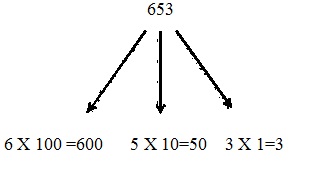

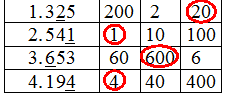
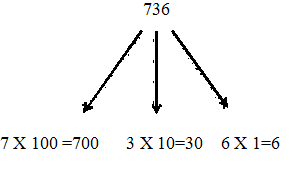
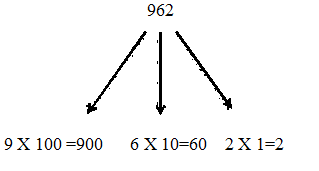
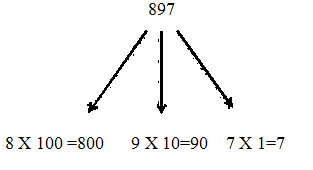

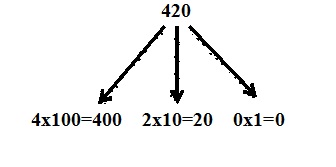

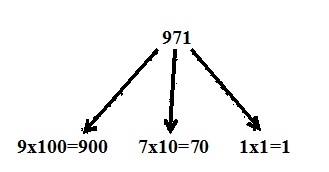


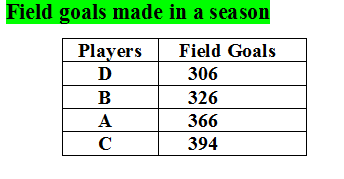





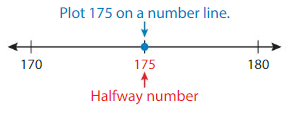






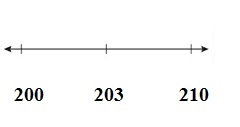




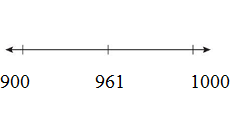

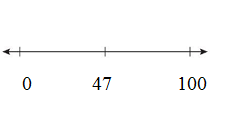

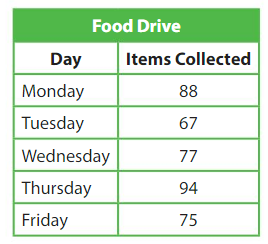

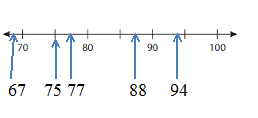














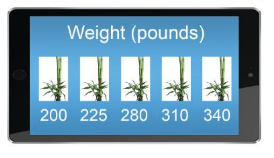



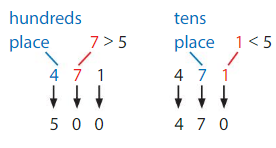

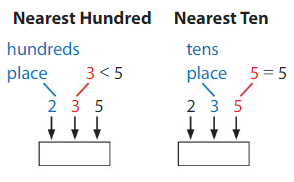
























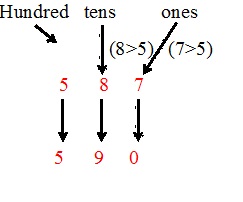

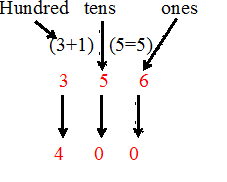
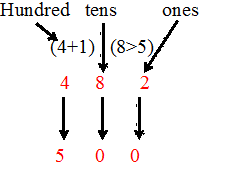
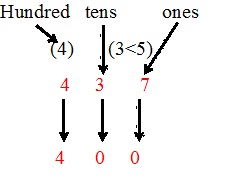
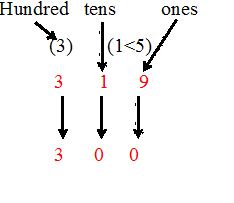
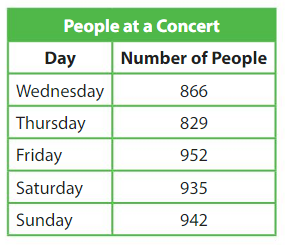
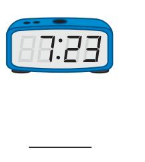
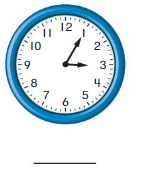













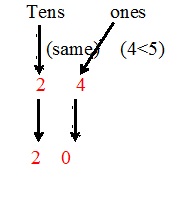
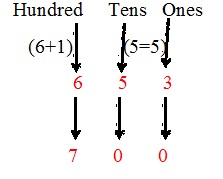
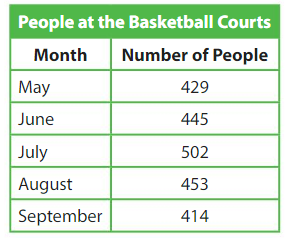

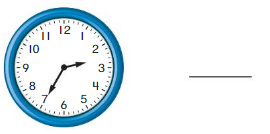







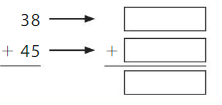


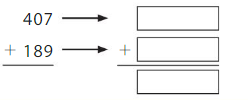


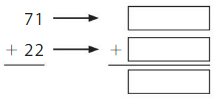

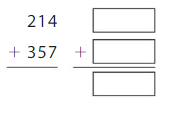


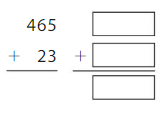


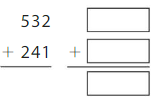


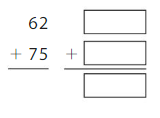


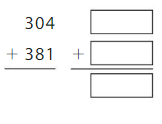





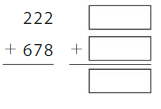
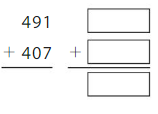
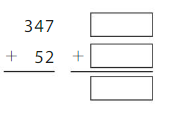
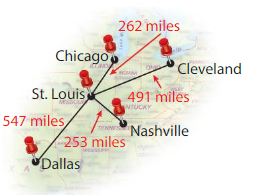

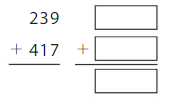


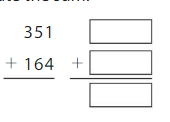


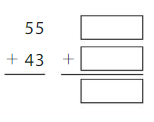


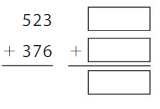


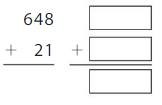


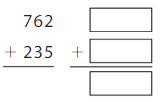


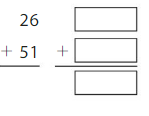
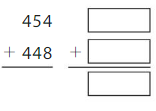

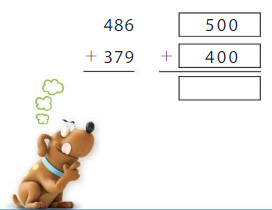
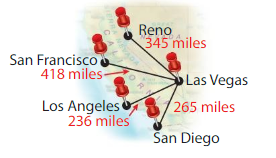
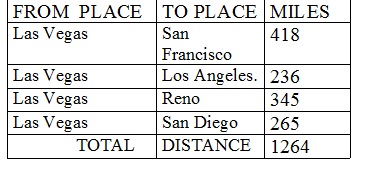
 =
=  =
=  =
= 
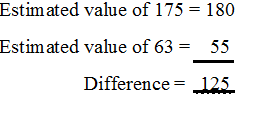



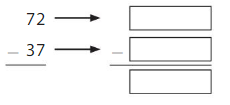


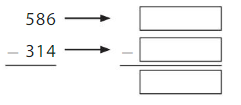


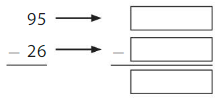
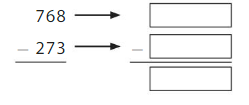



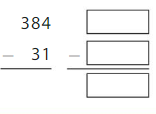


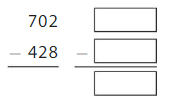


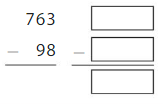


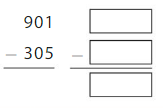


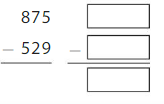



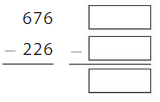
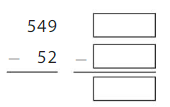
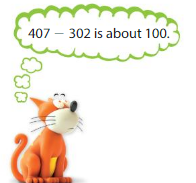








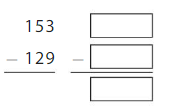


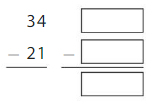


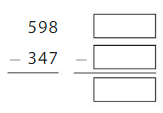


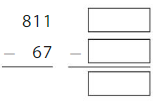


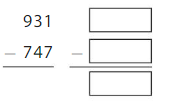


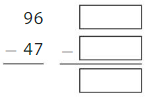
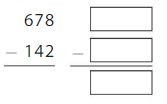
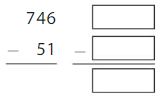
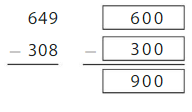
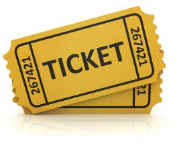

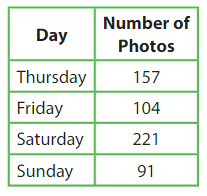
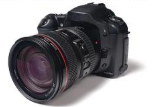

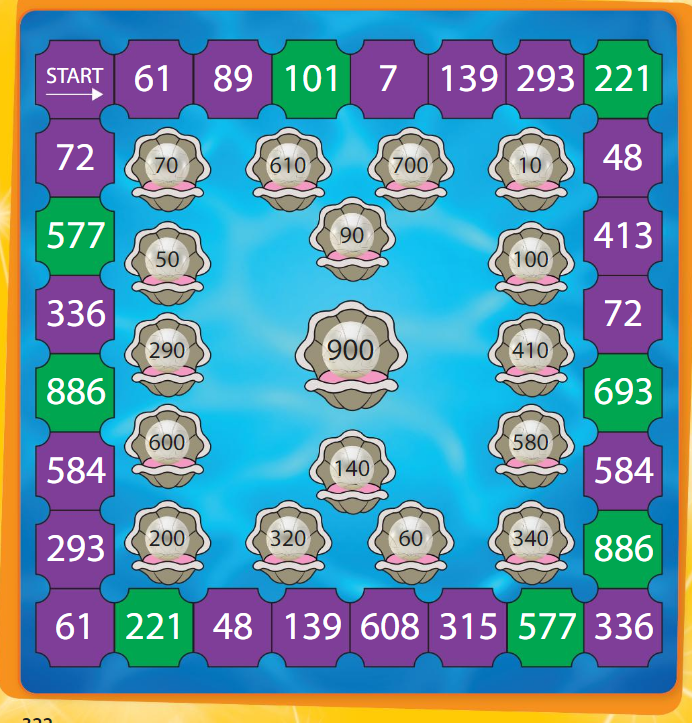


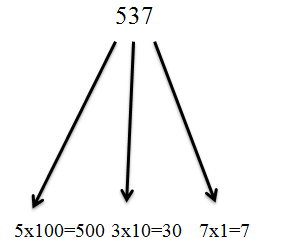



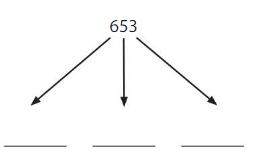
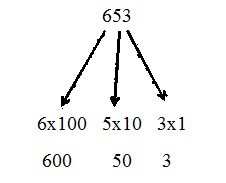












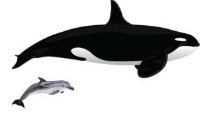
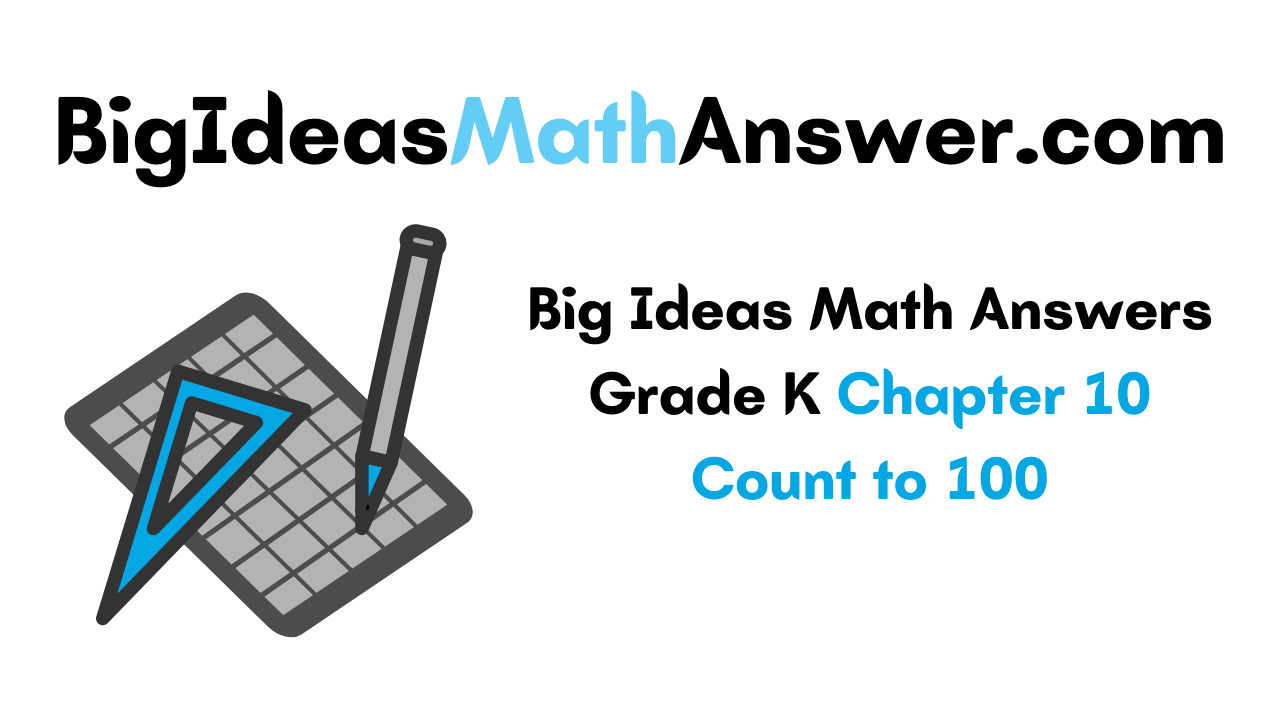

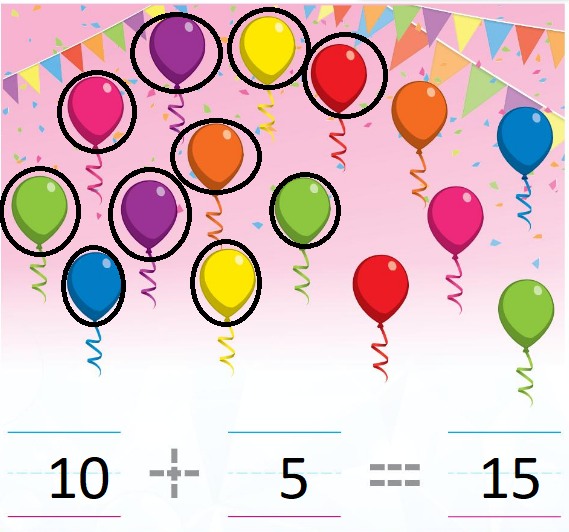
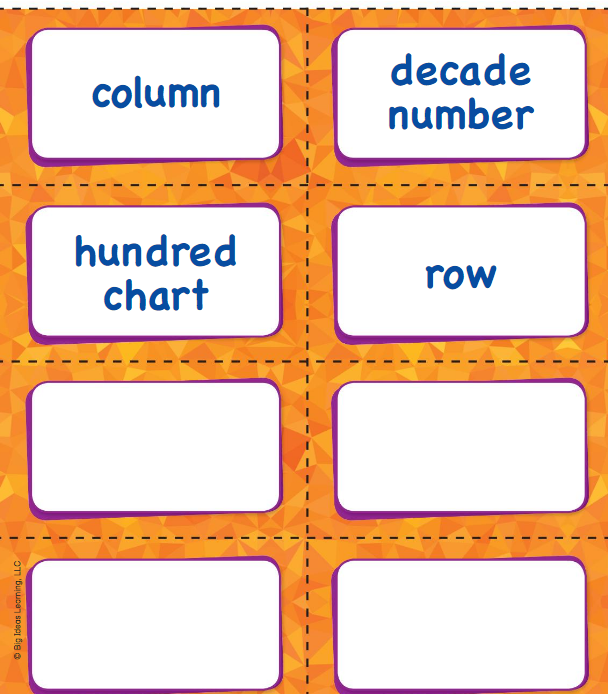
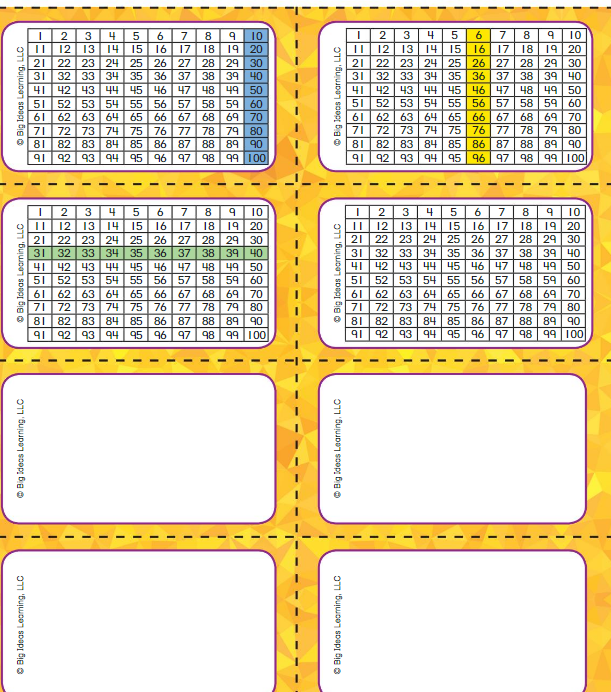


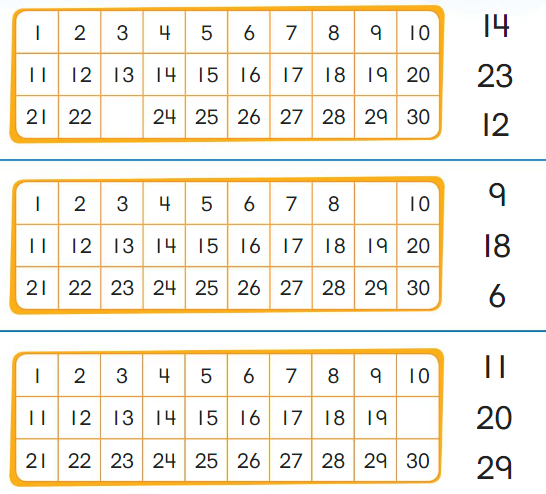
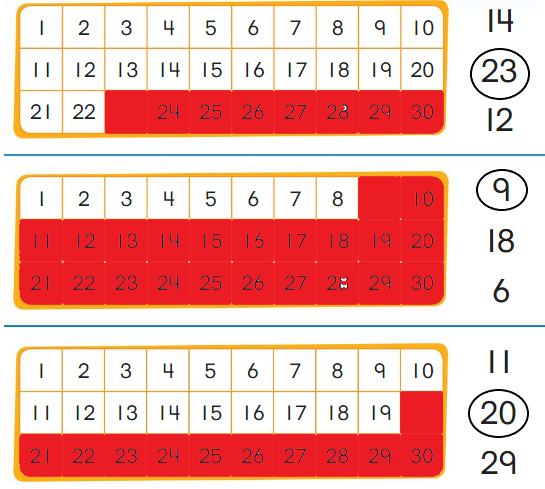

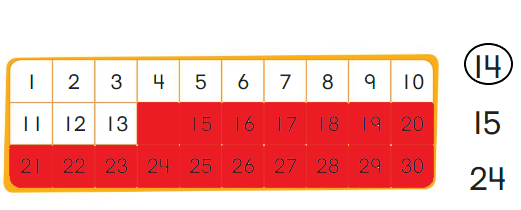
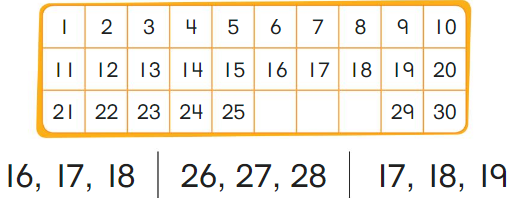
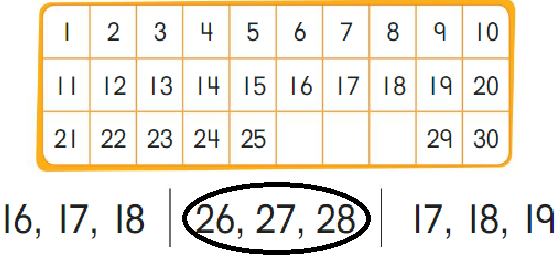








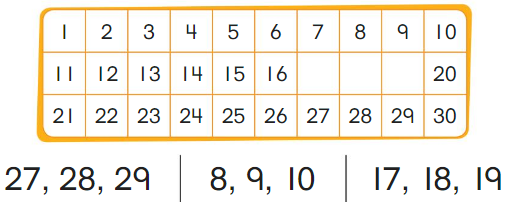
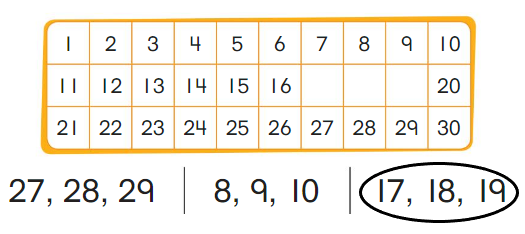

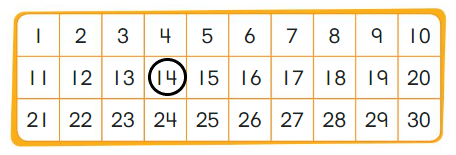
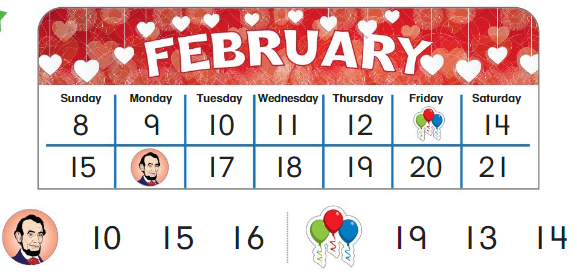


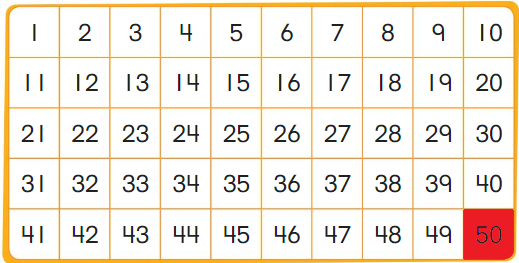
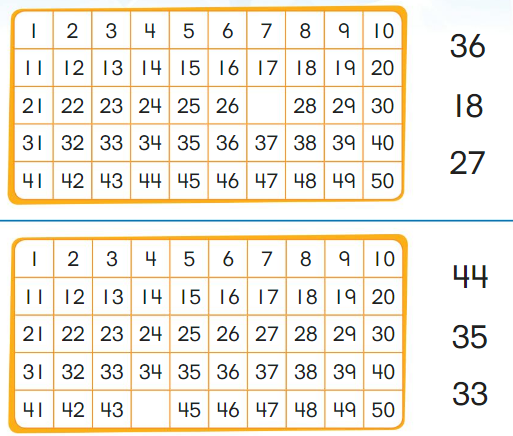
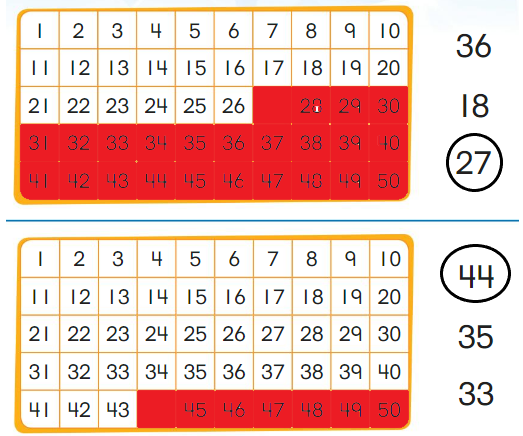
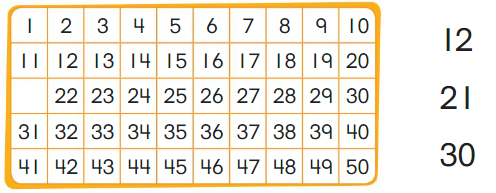

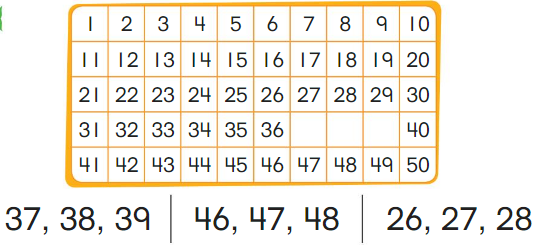

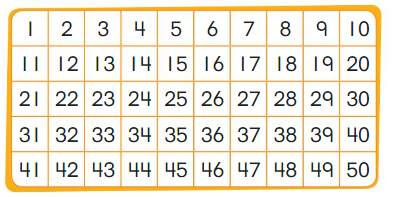
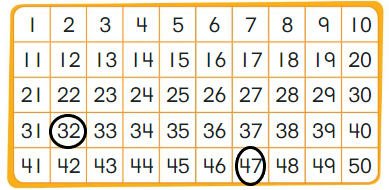
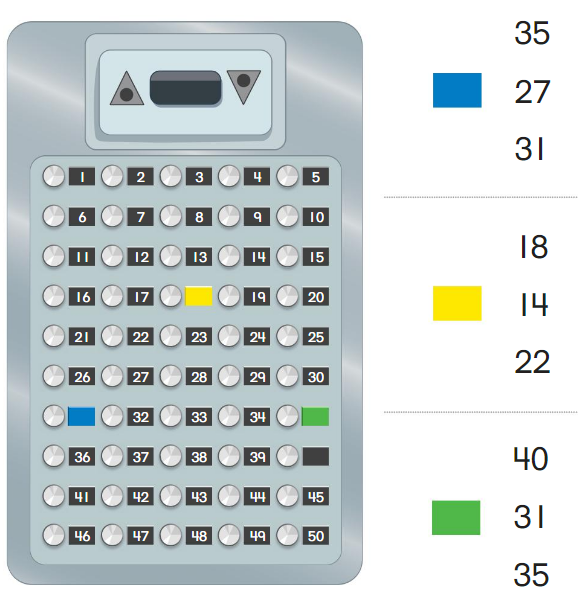
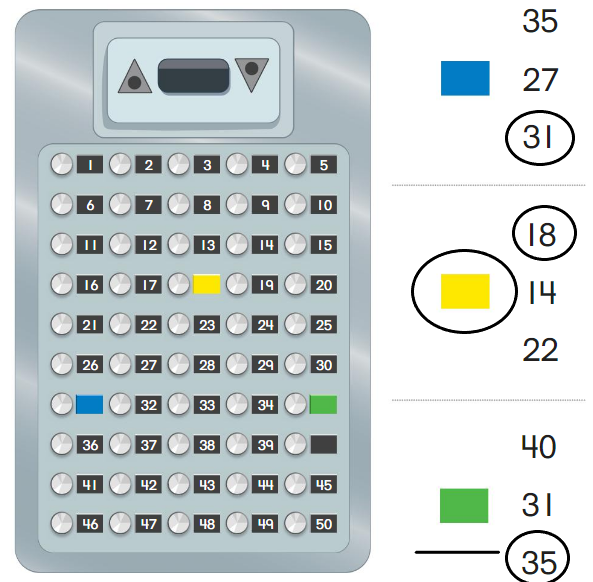

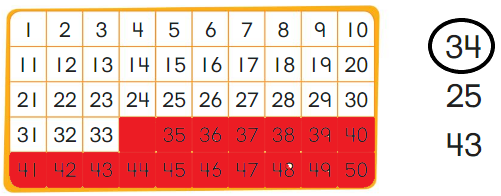
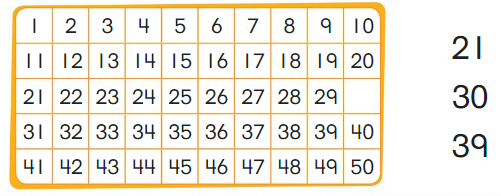

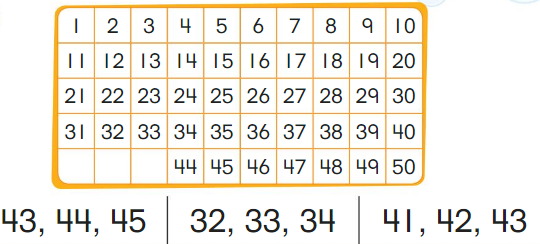
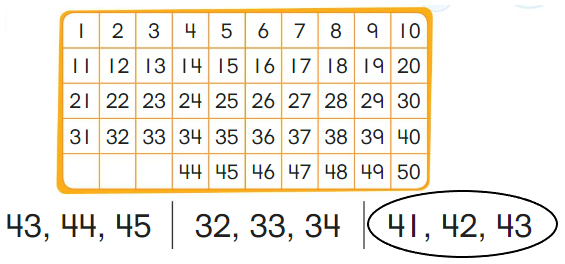
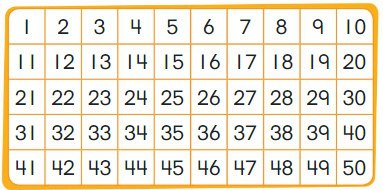
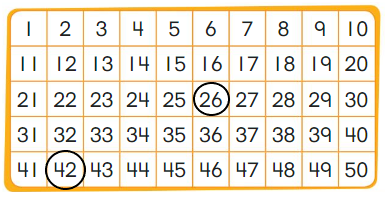
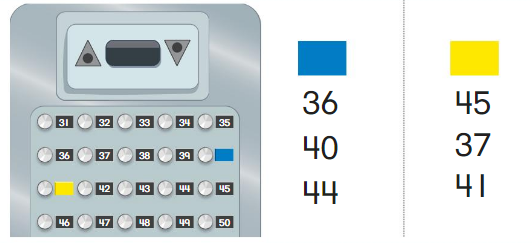
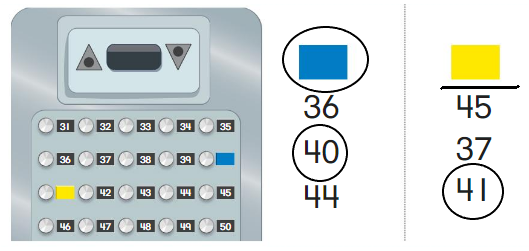
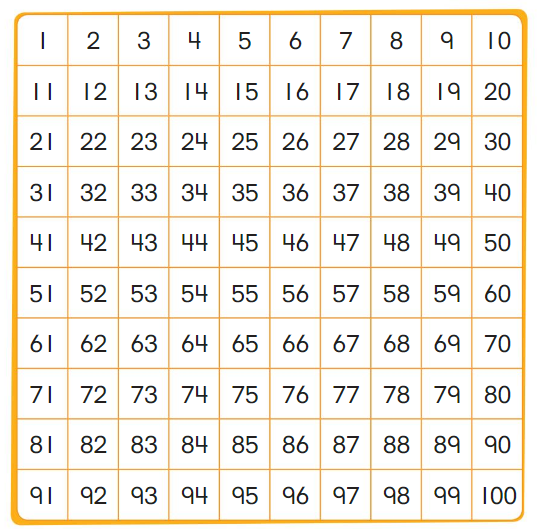
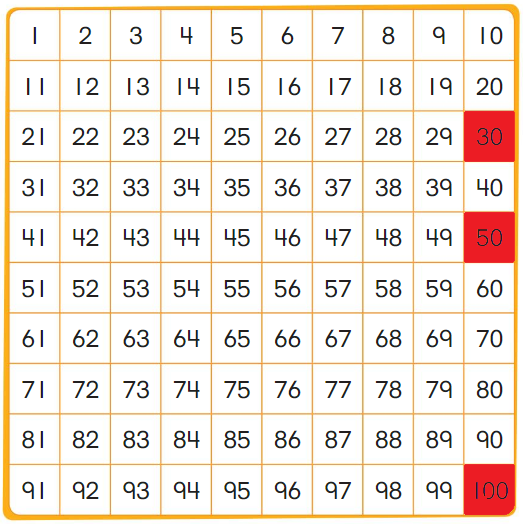
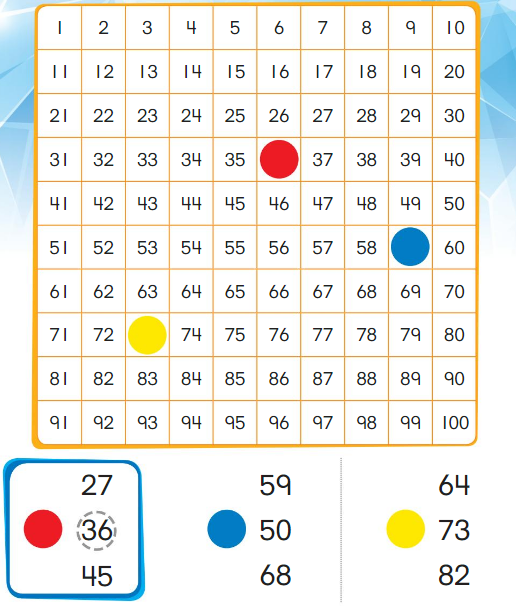
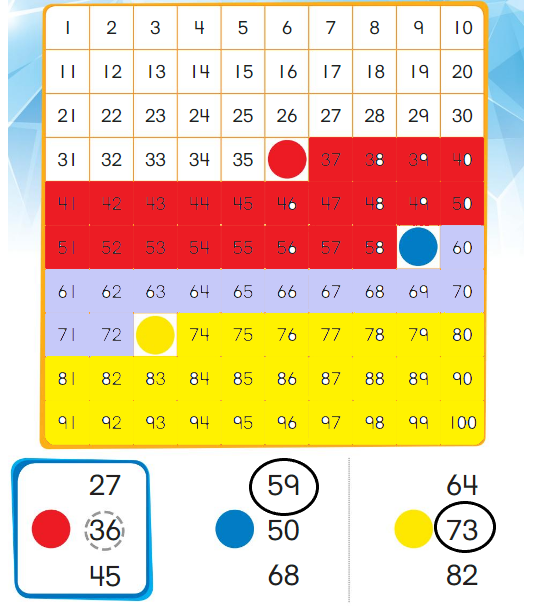

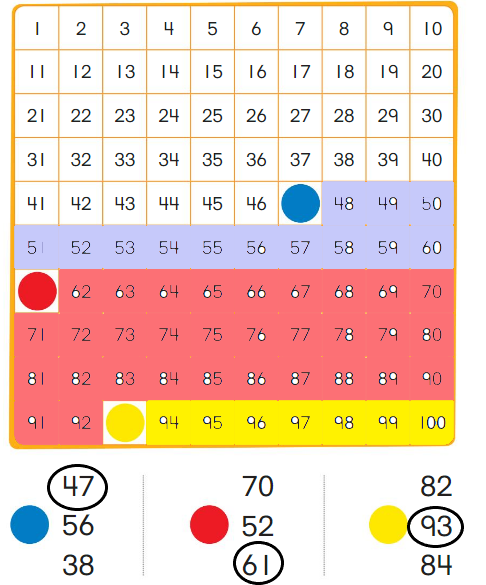
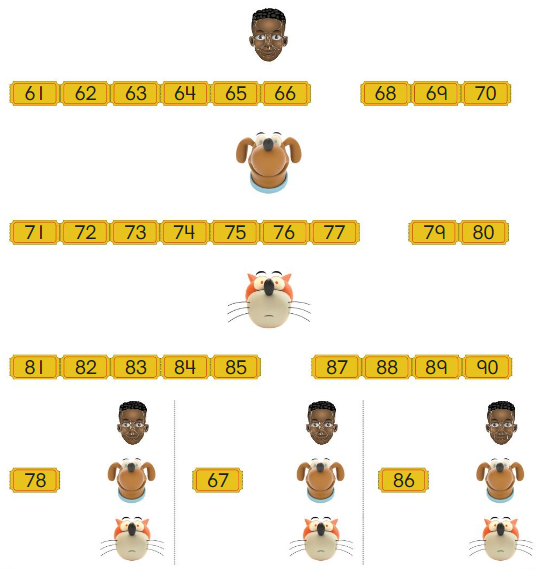
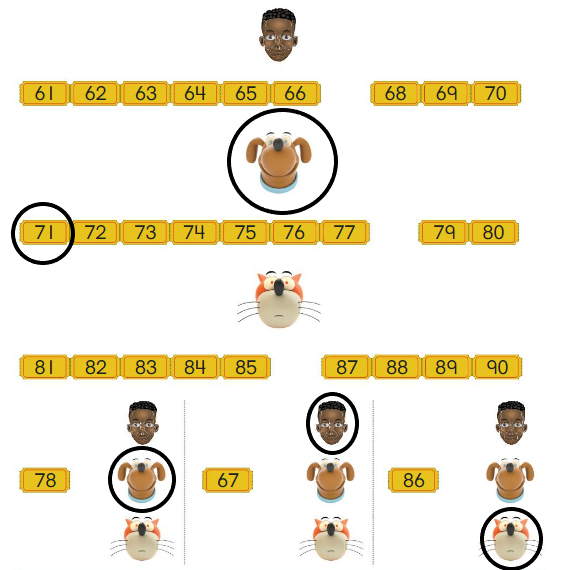
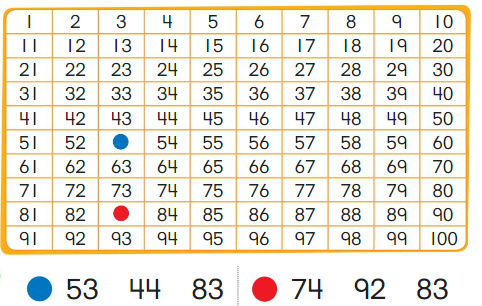

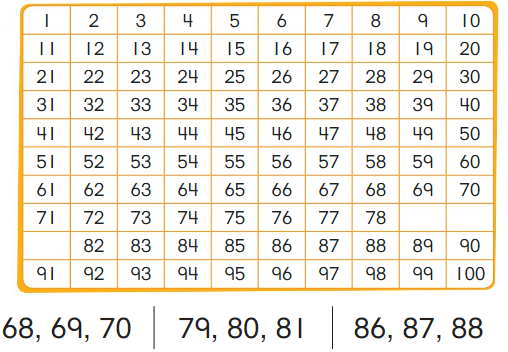
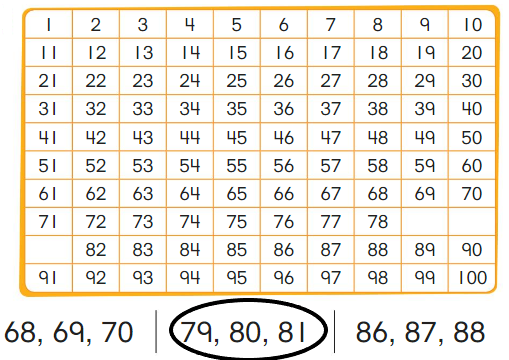
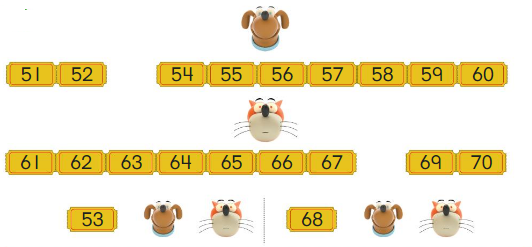
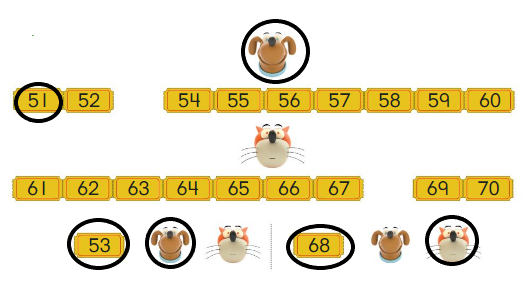
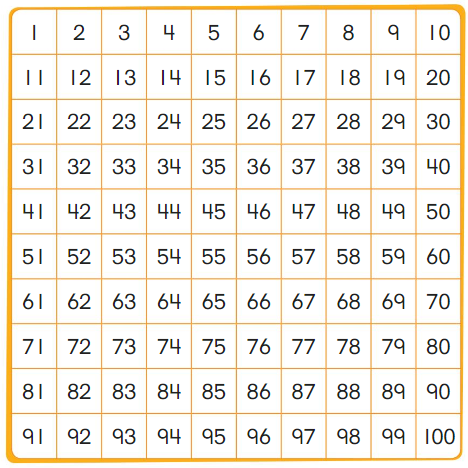
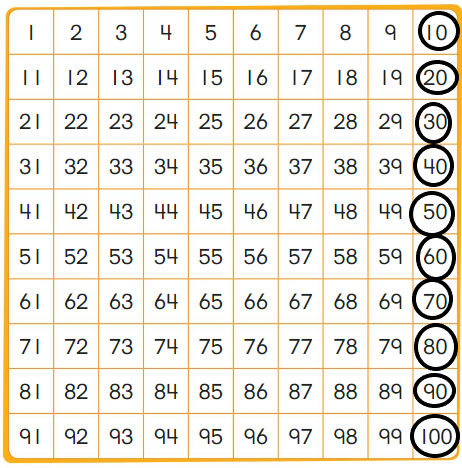
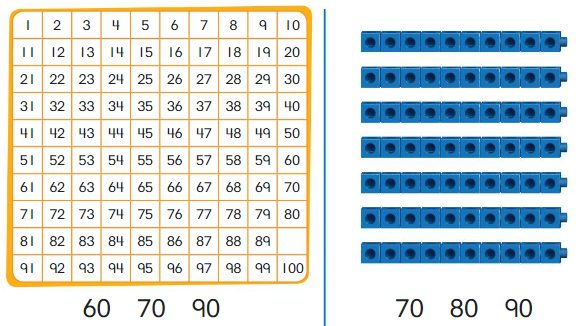
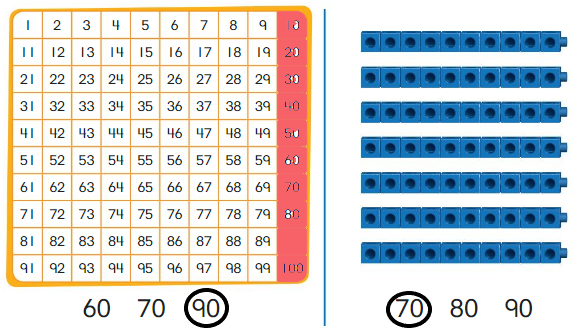

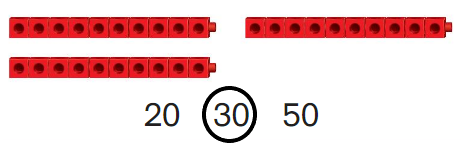

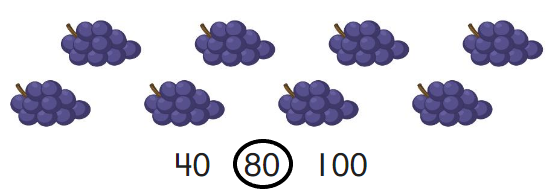
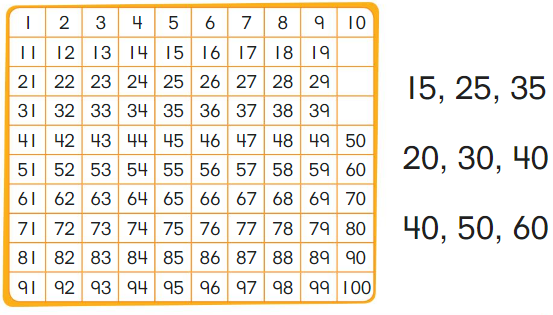

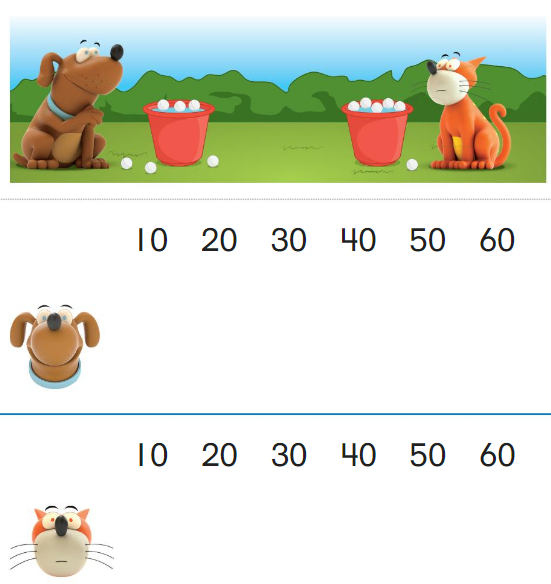
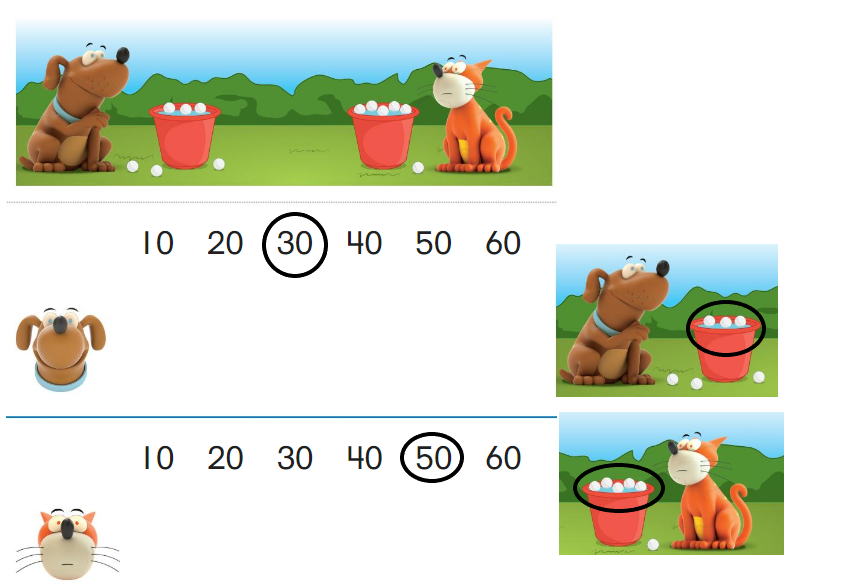

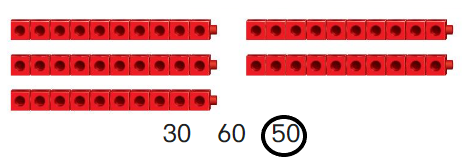

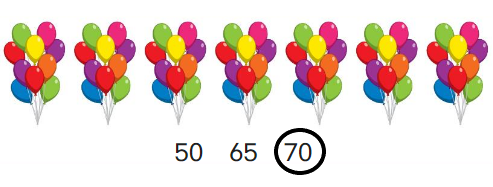

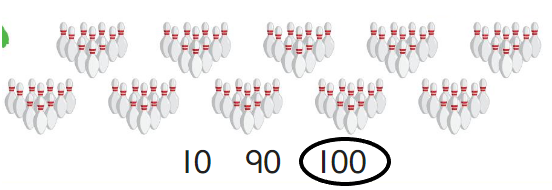

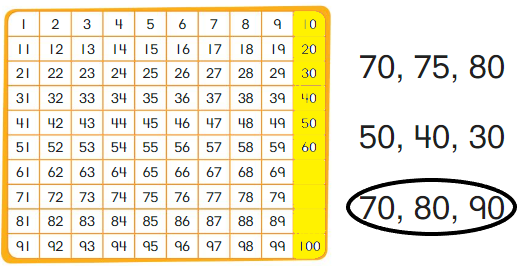
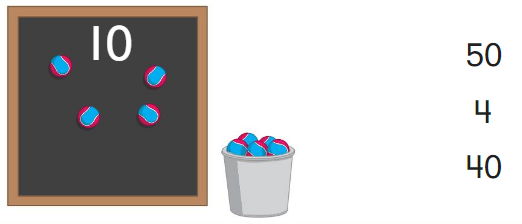

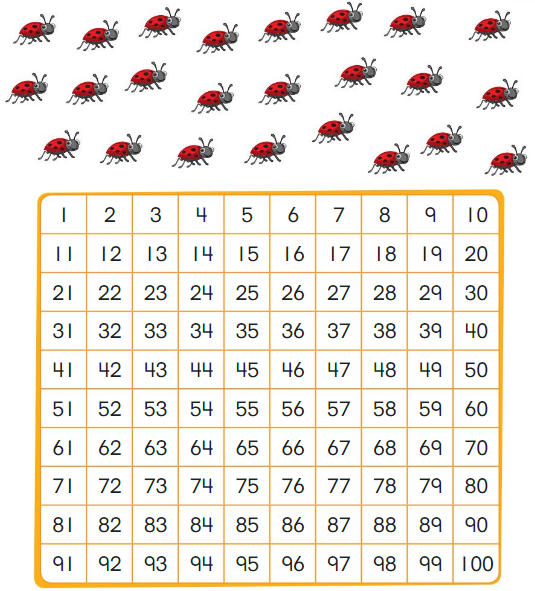

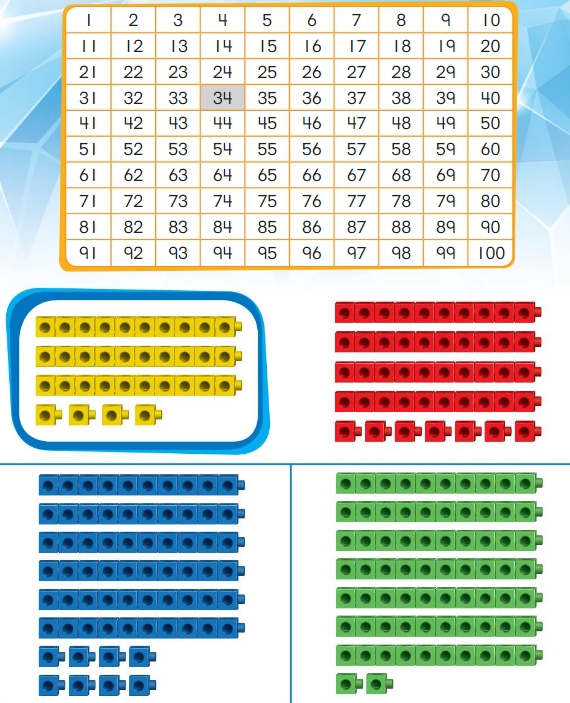
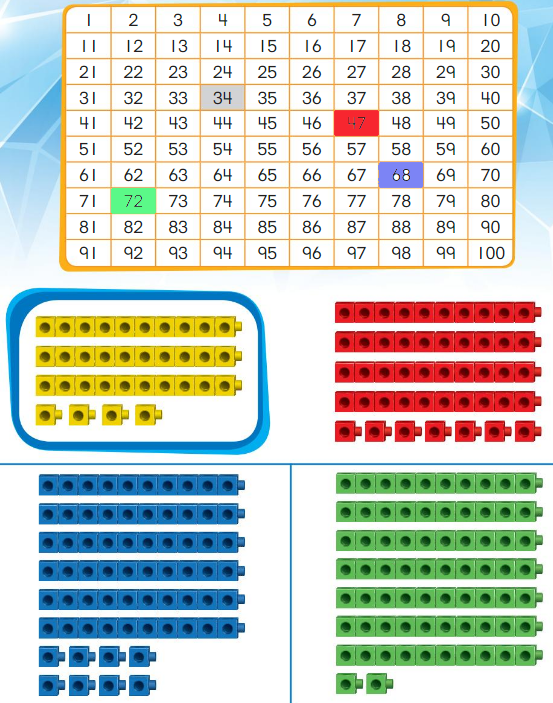
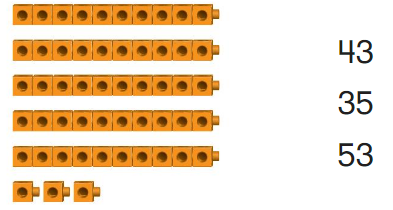
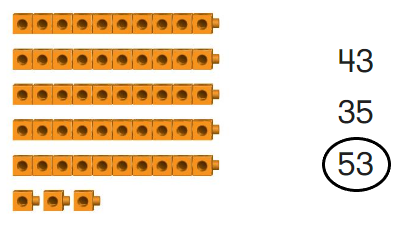
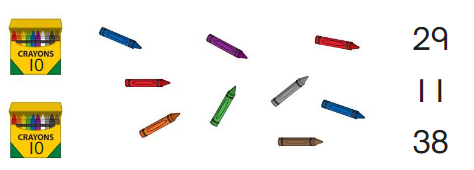
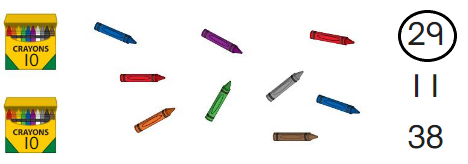
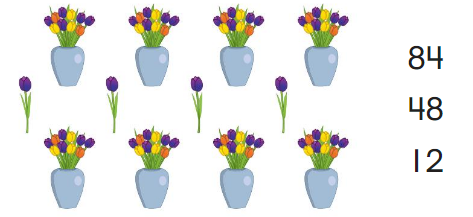
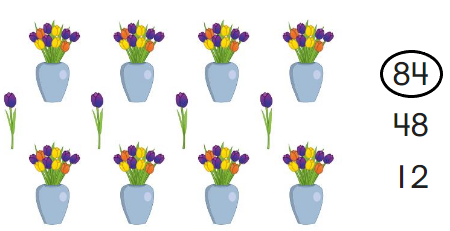
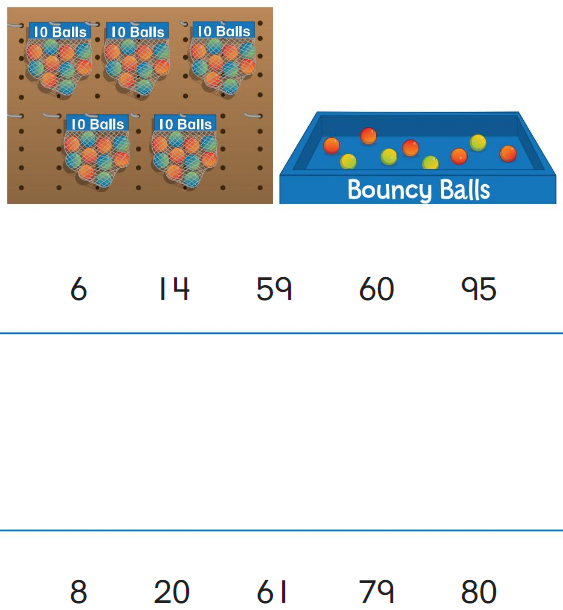
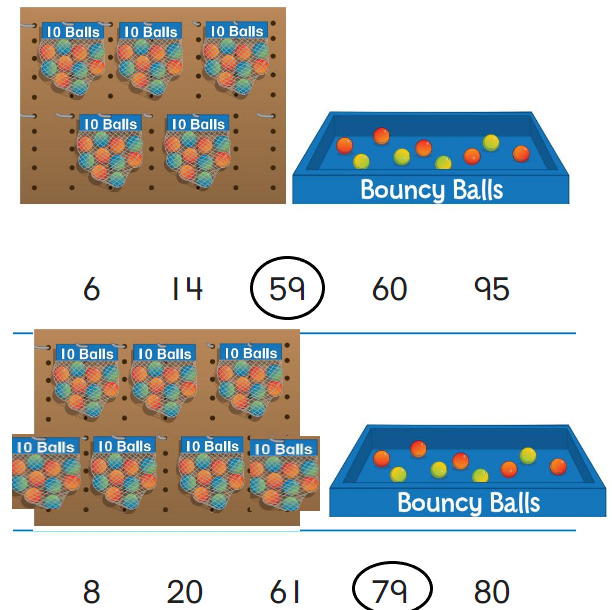



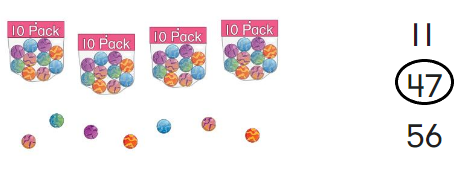

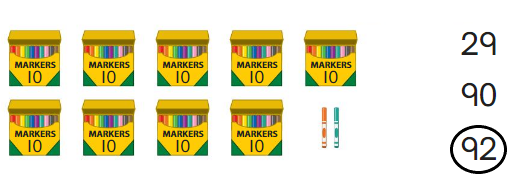
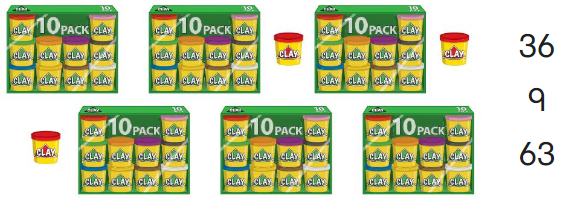
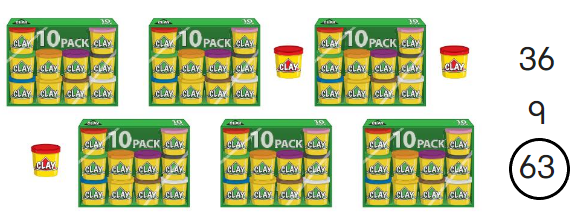
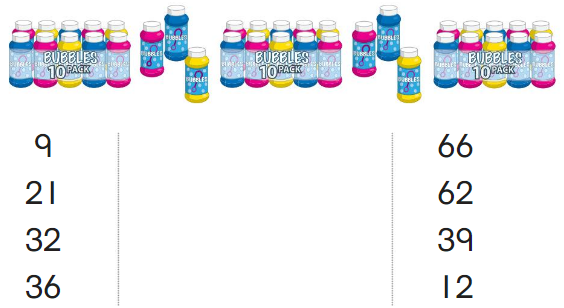

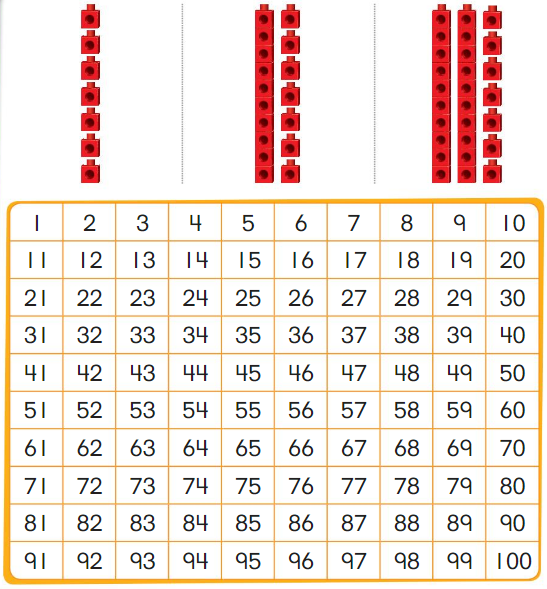
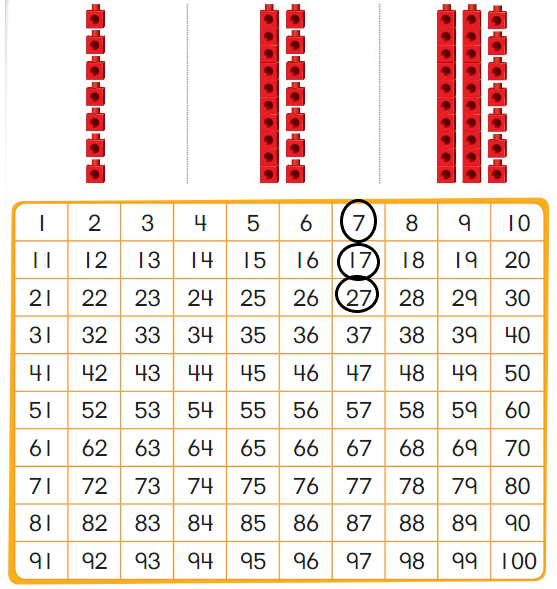
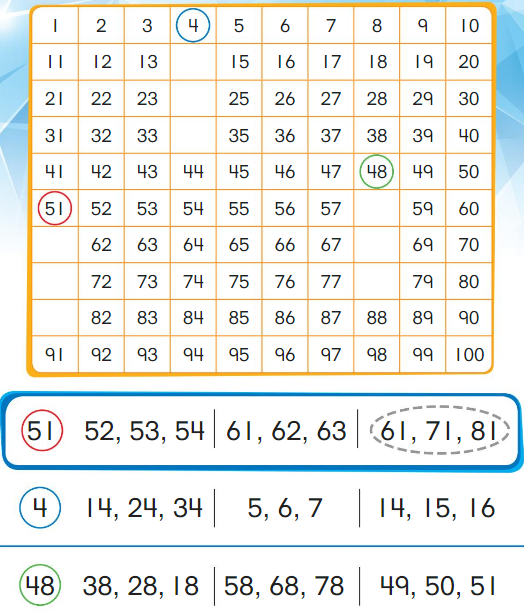










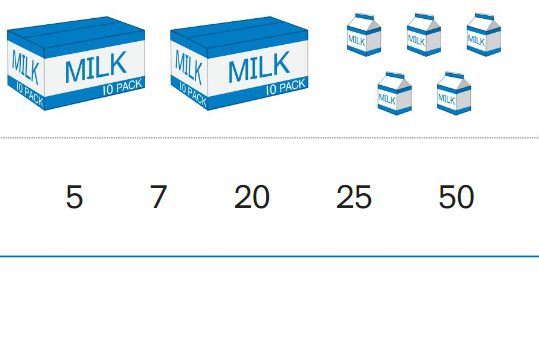
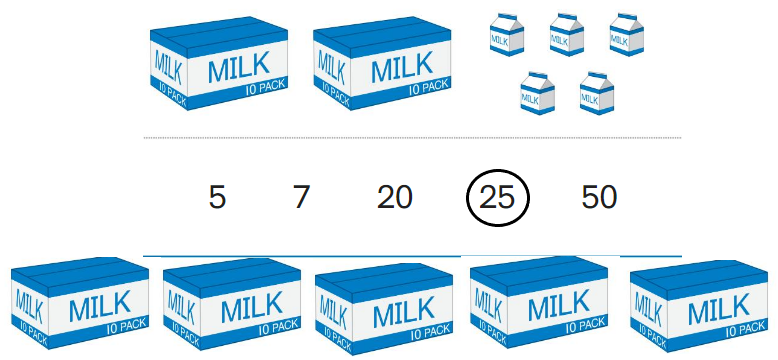
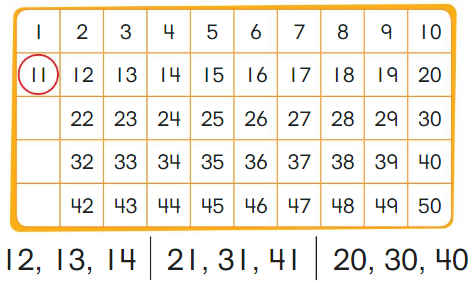
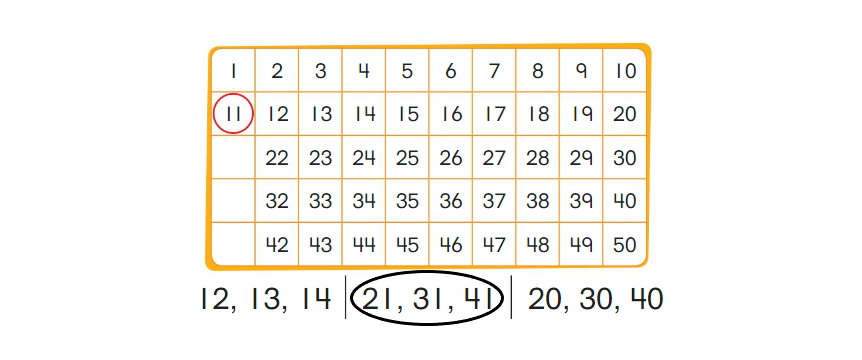











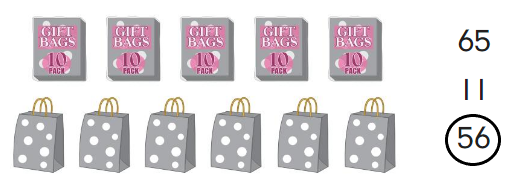

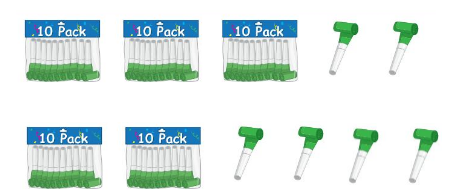


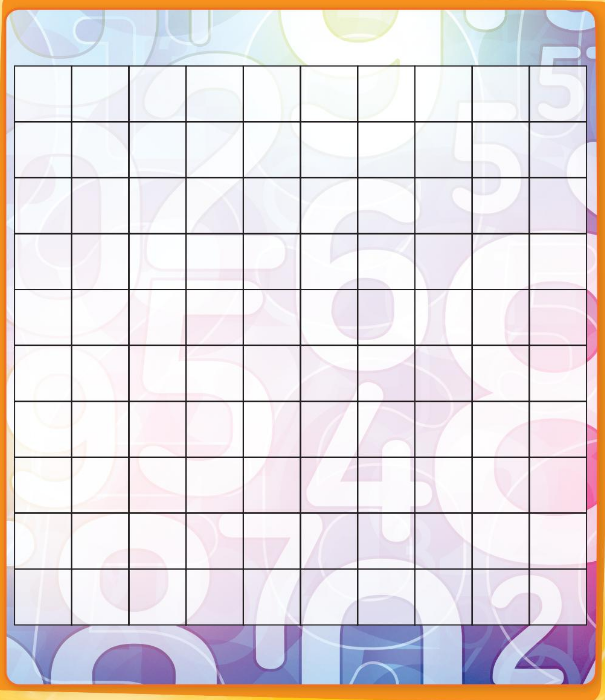

 Th
Th
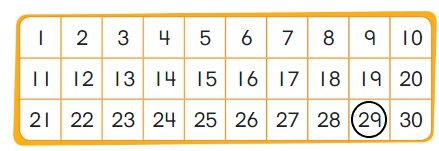

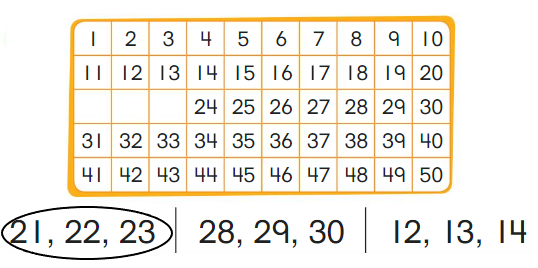
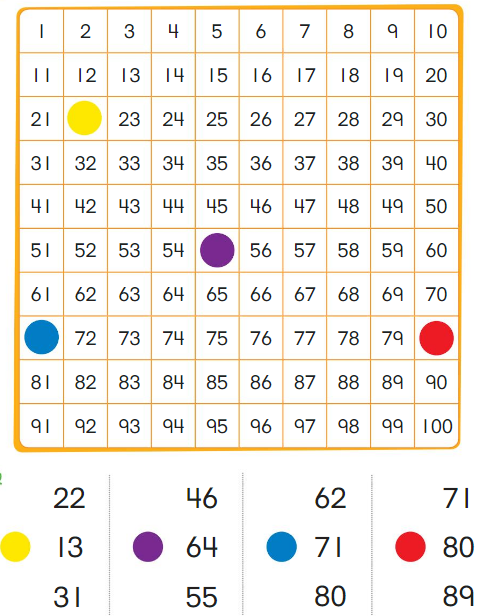
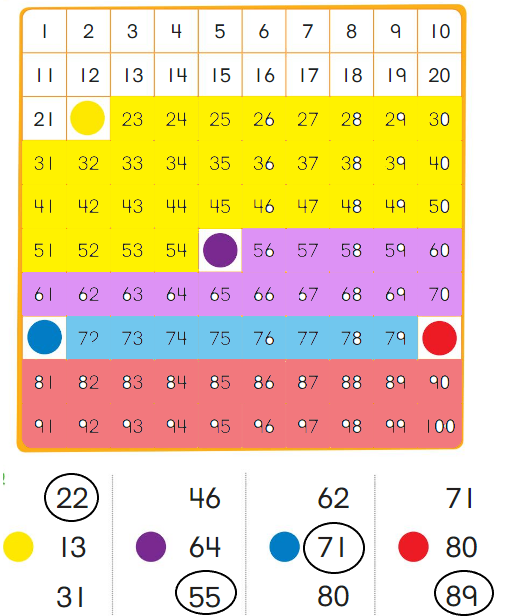
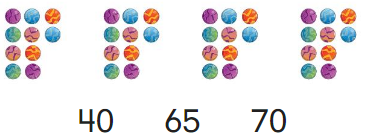
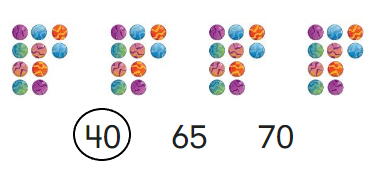
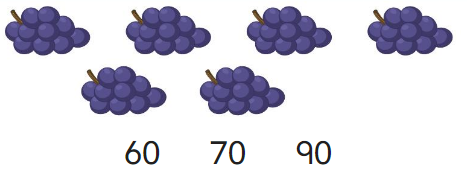

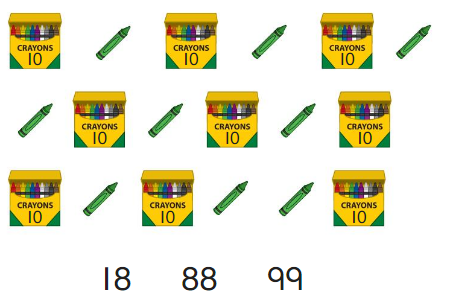
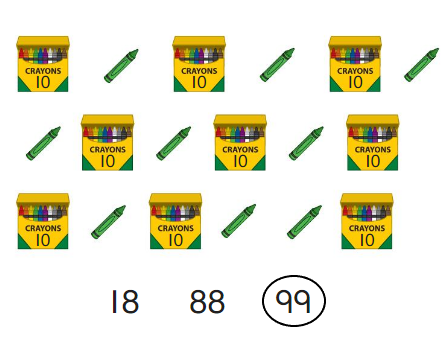
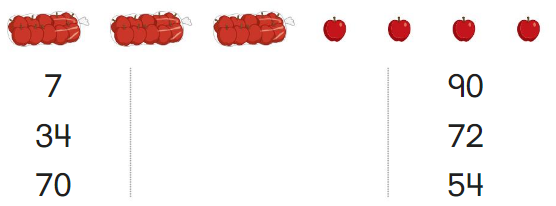
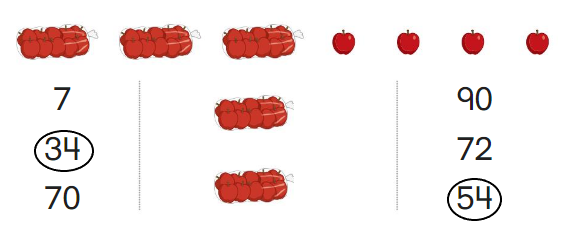






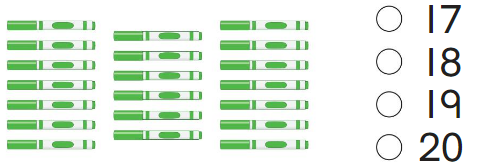
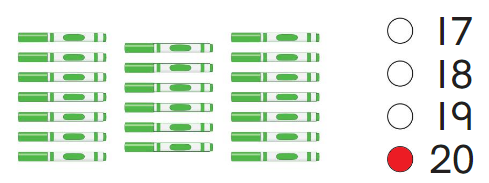

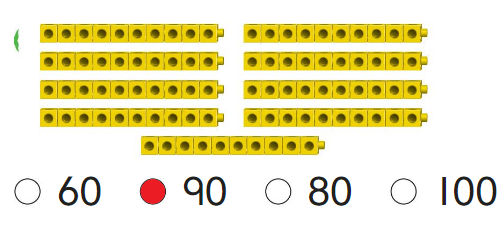

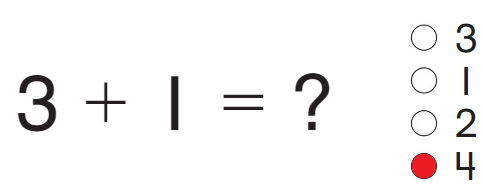
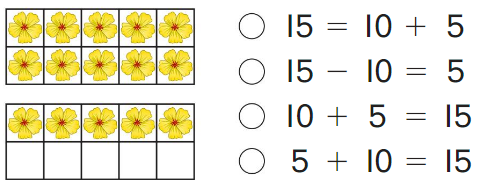
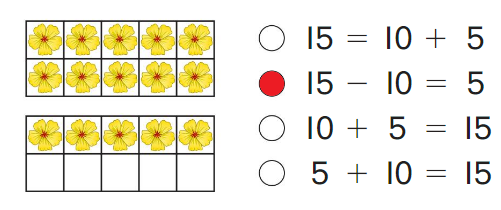
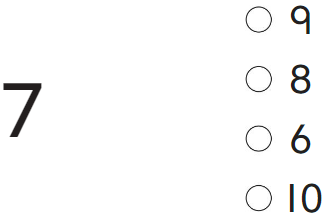
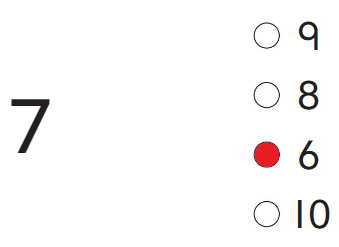
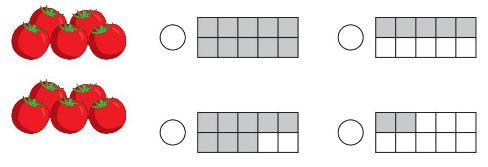
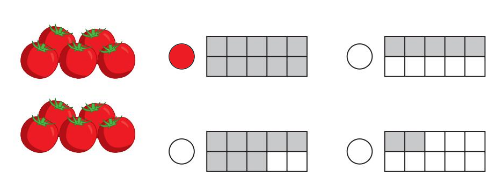
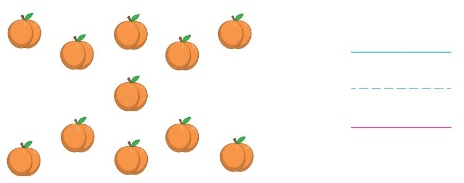
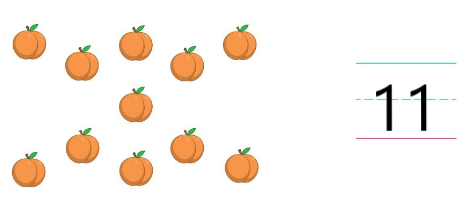
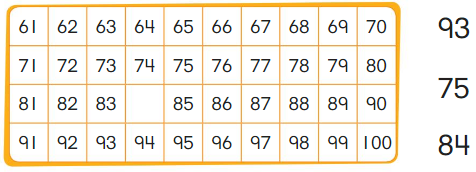
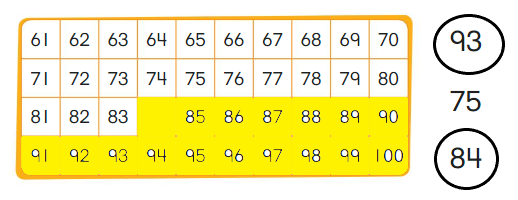
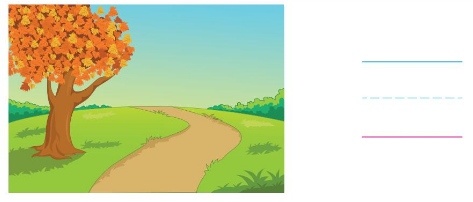
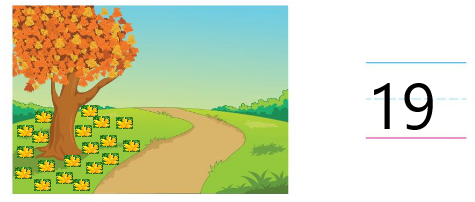



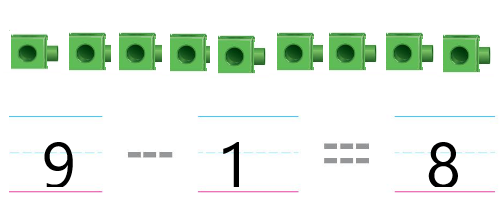



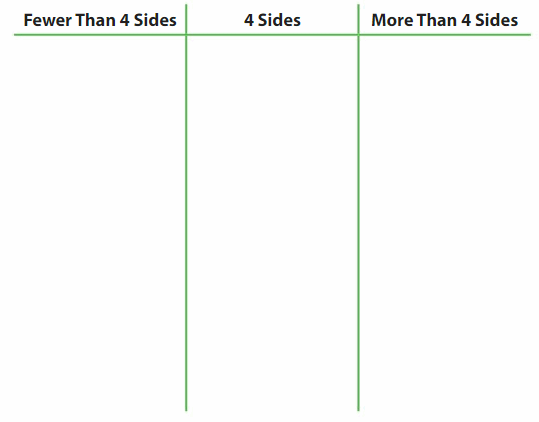 Structure
Structure
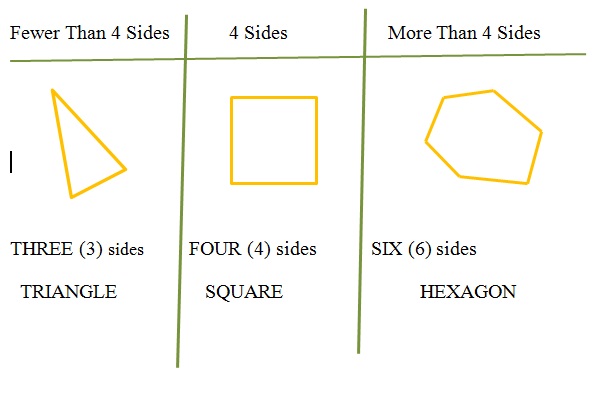
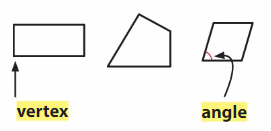










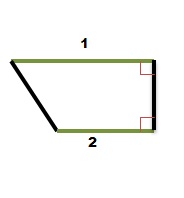

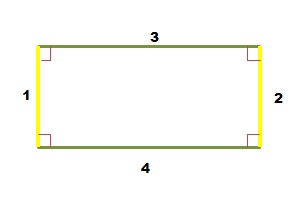
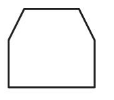
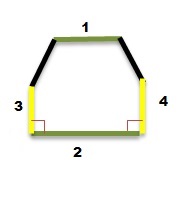

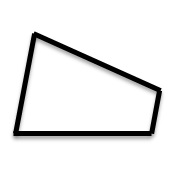

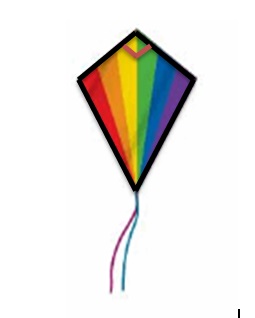

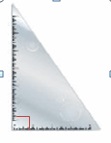
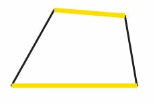

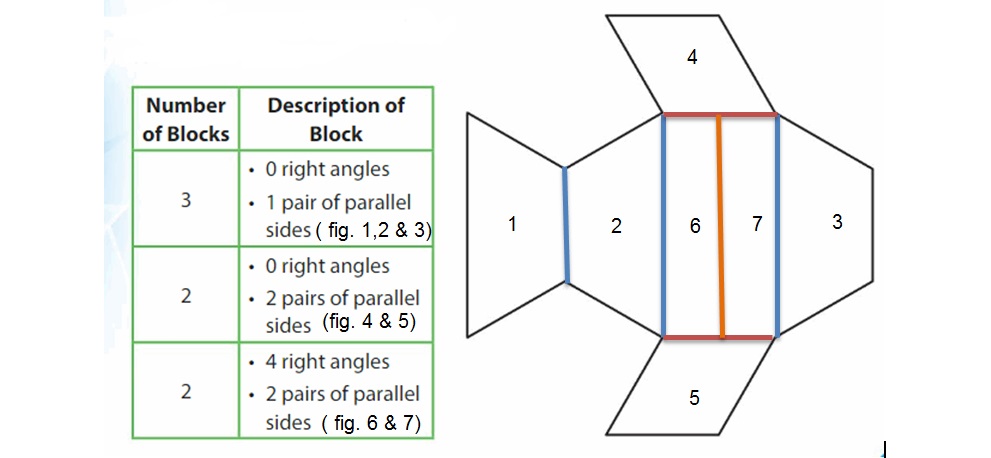
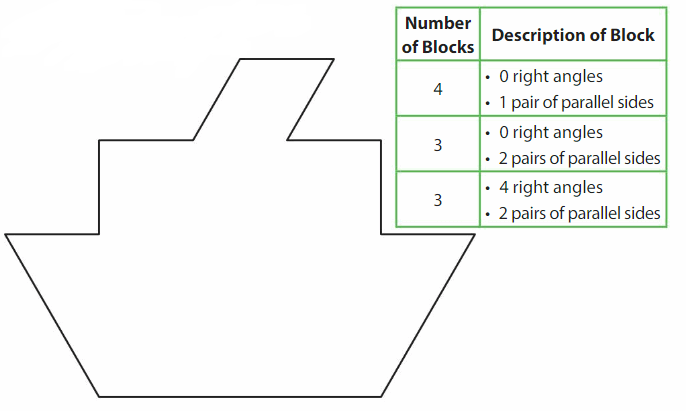
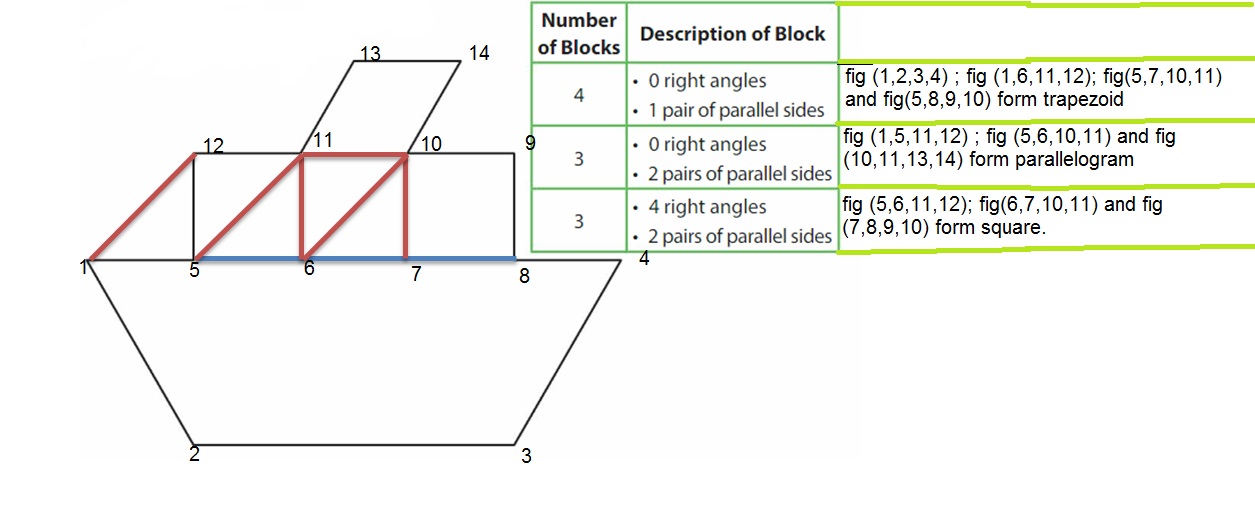

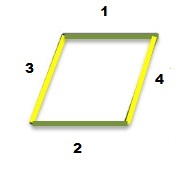

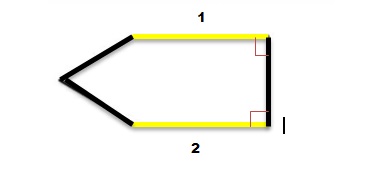
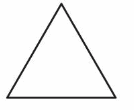
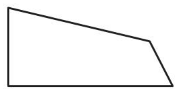
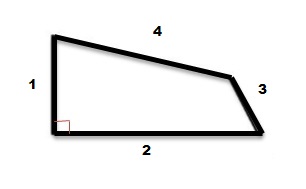
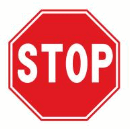
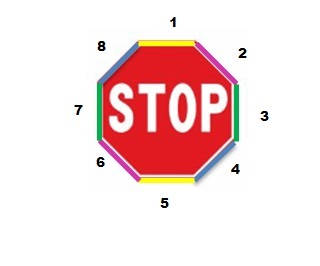

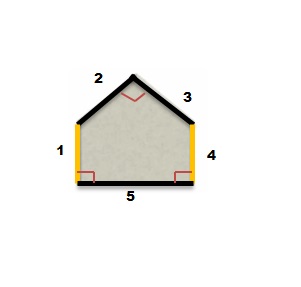
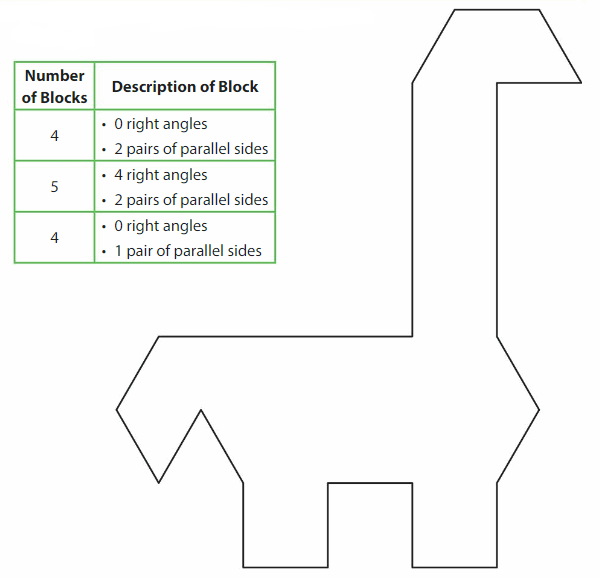
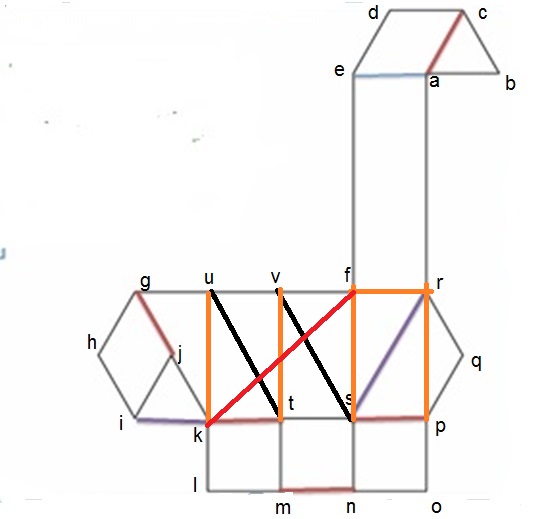


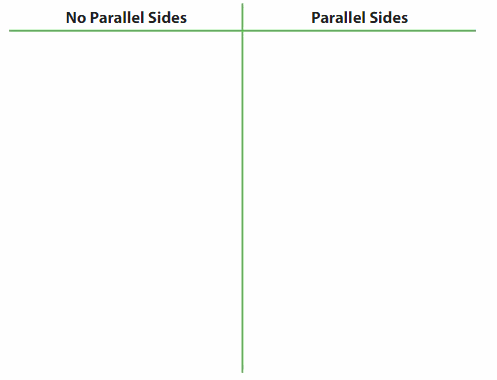
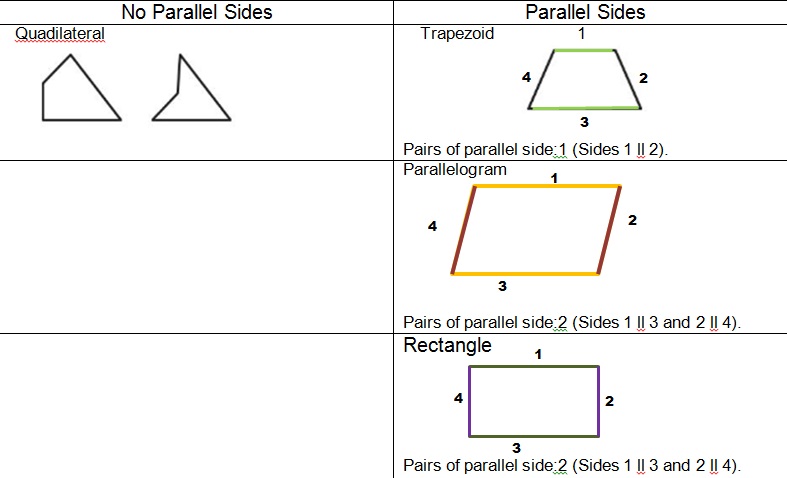
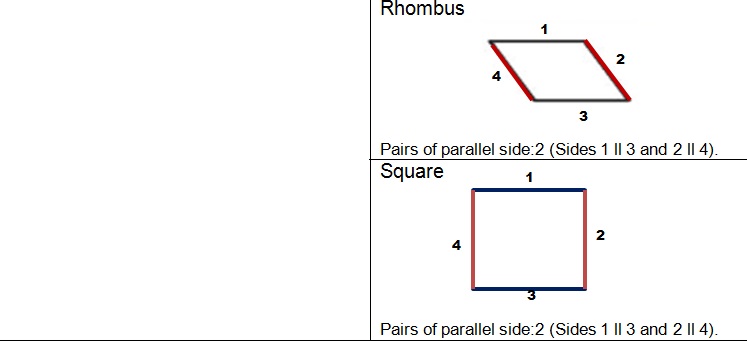








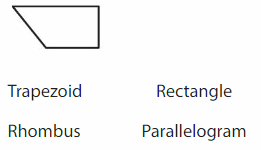
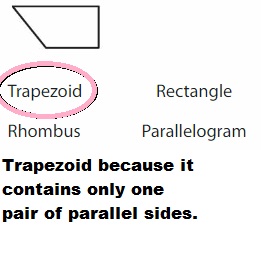

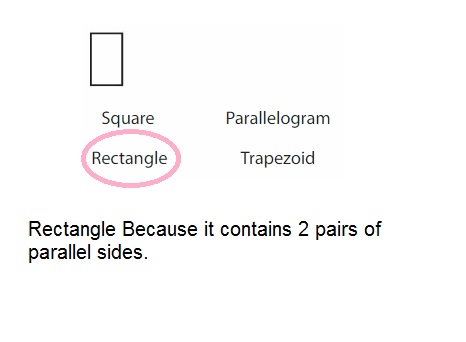


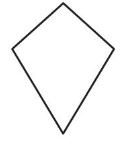

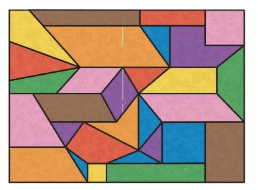
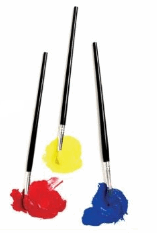

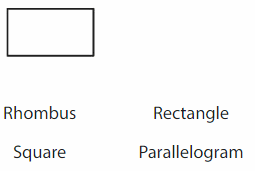

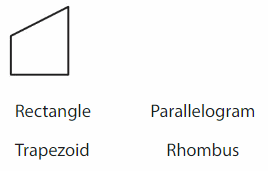
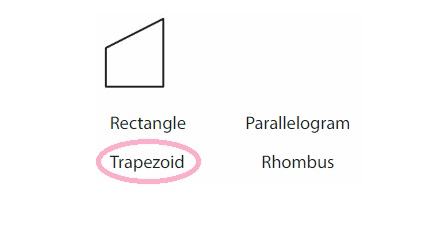



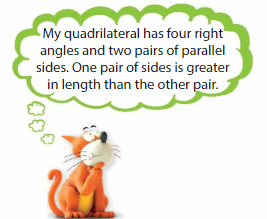

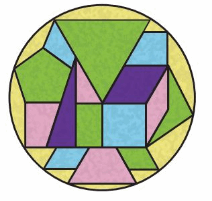


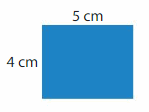
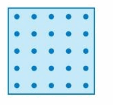
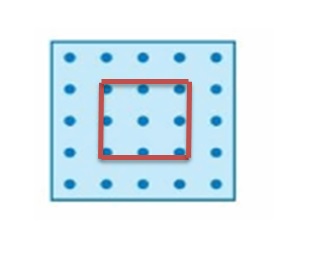

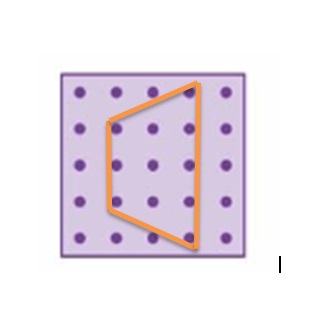
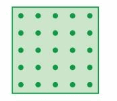
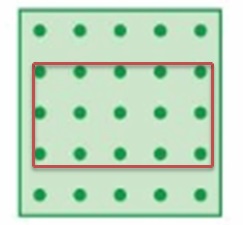
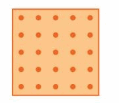
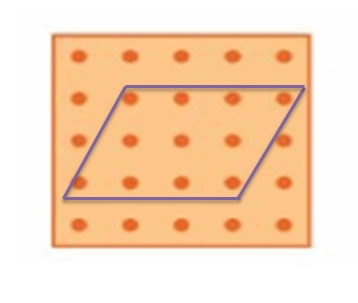
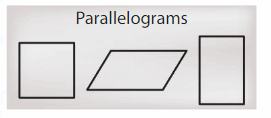


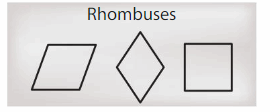

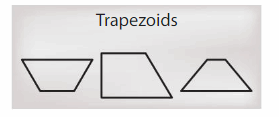
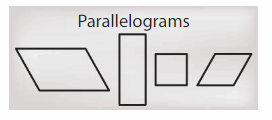

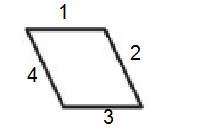
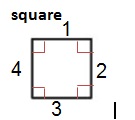




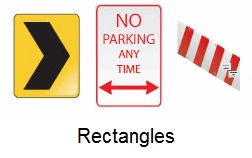


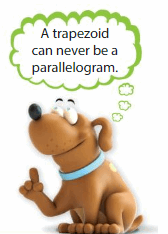



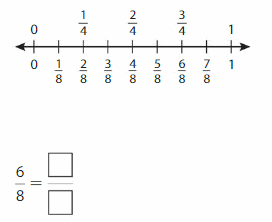
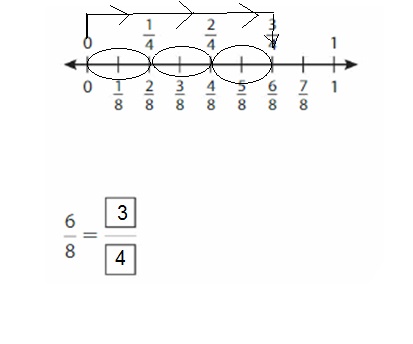

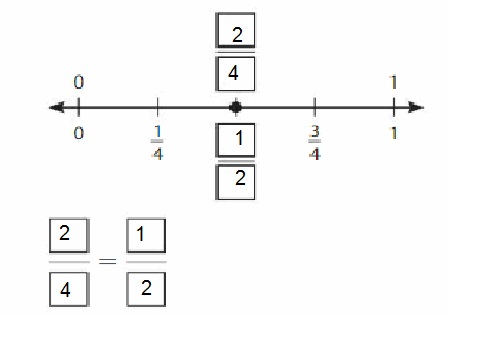
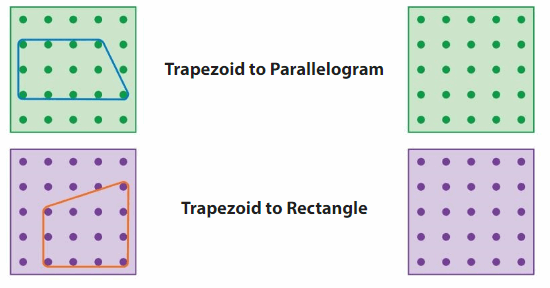
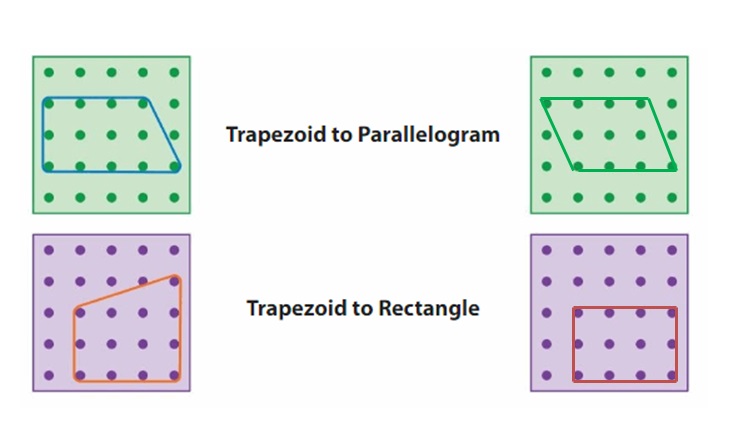

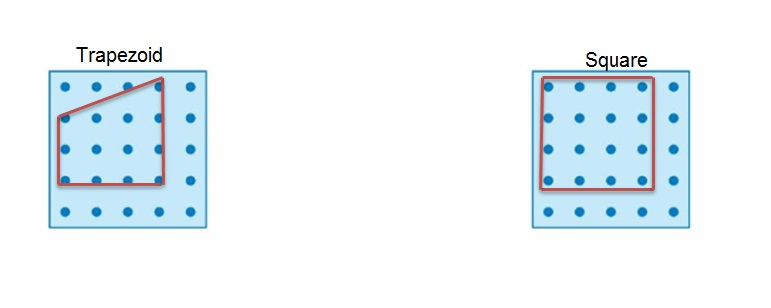
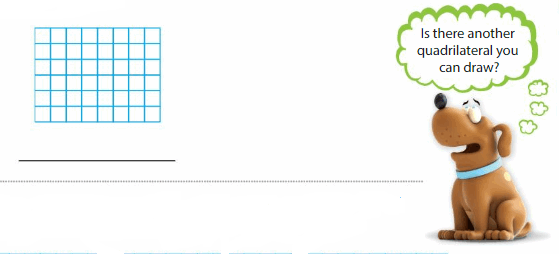
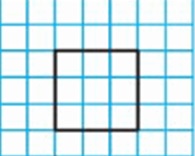


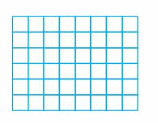

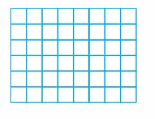
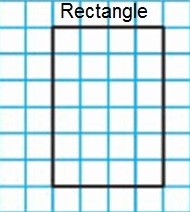
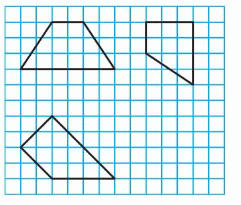
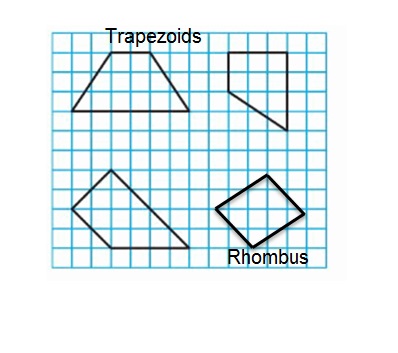
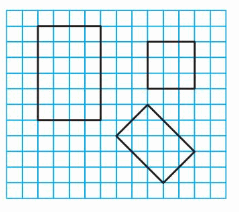



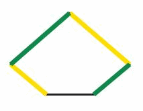
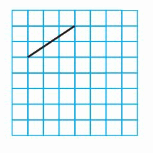
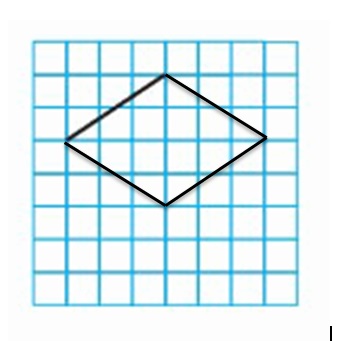
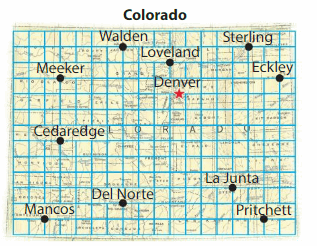
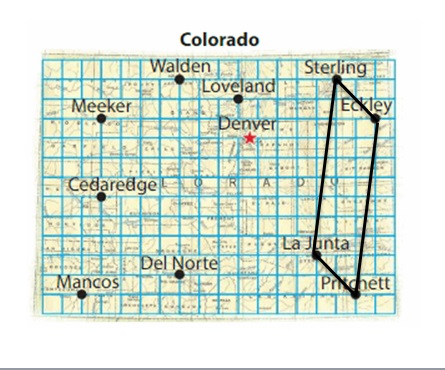
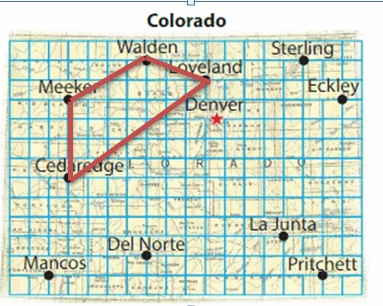
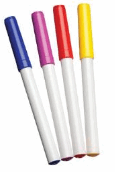



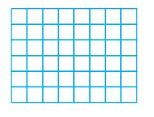
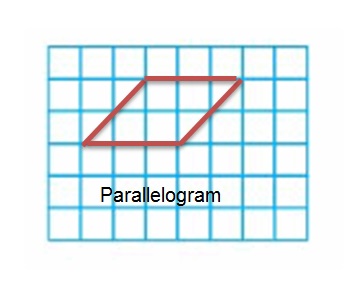
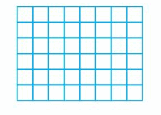
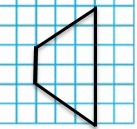
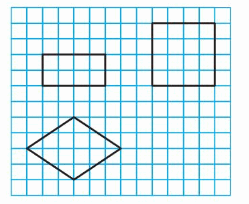
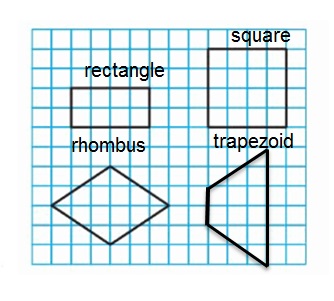
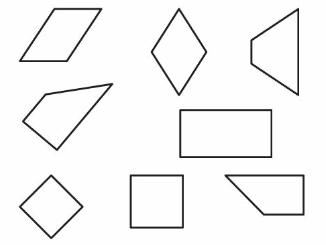
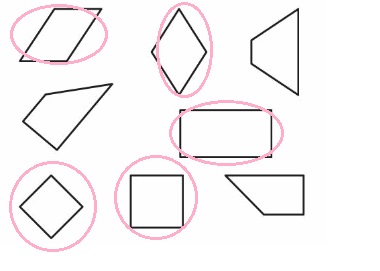
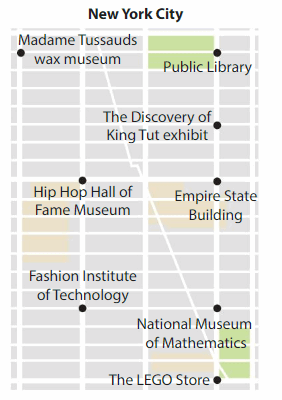


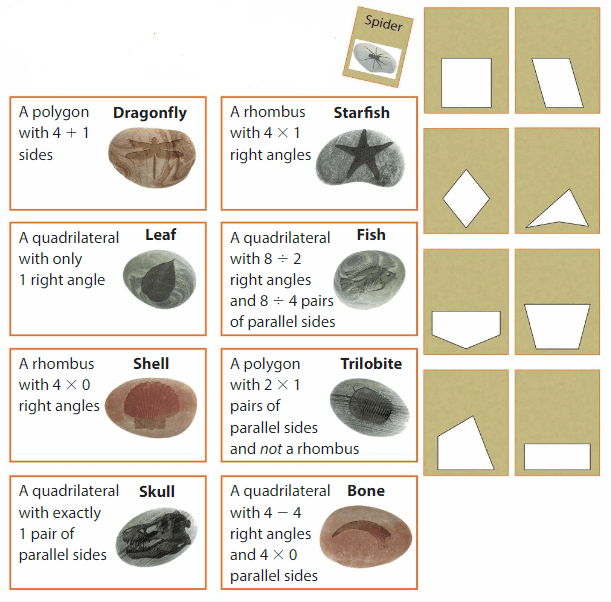
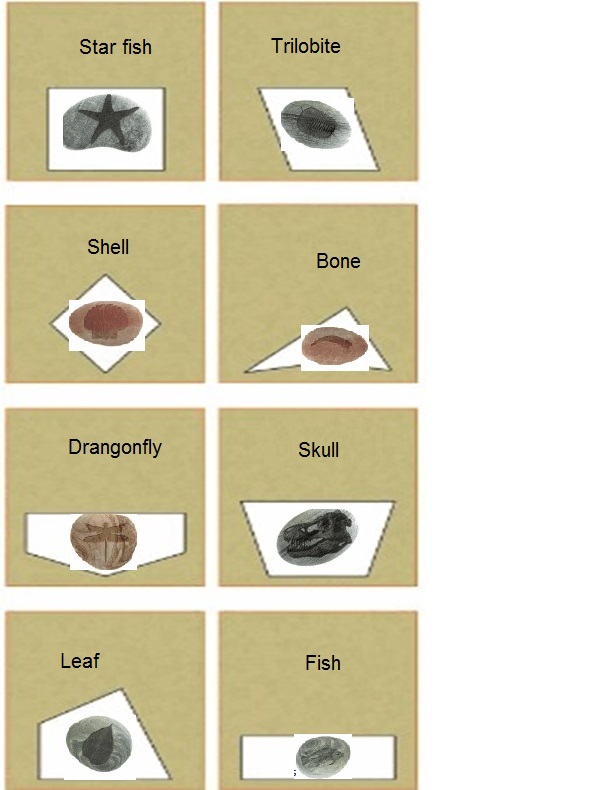
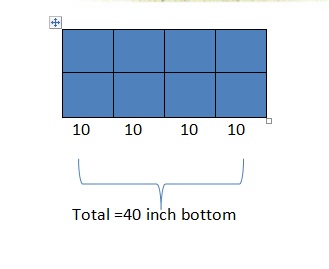
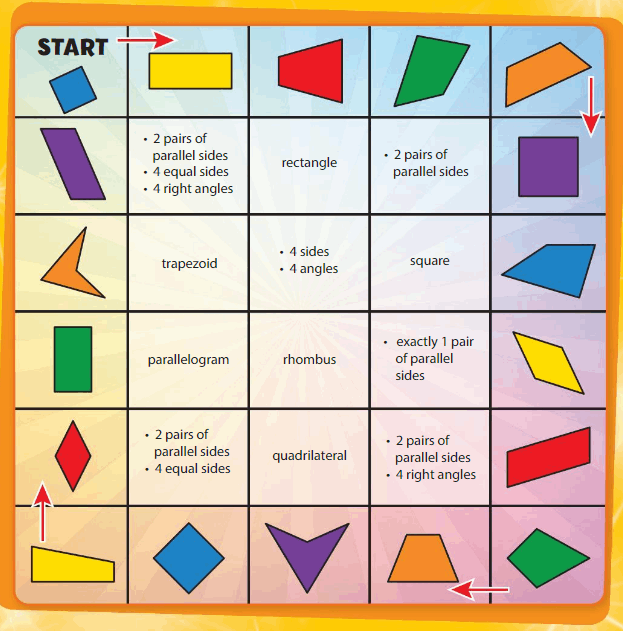
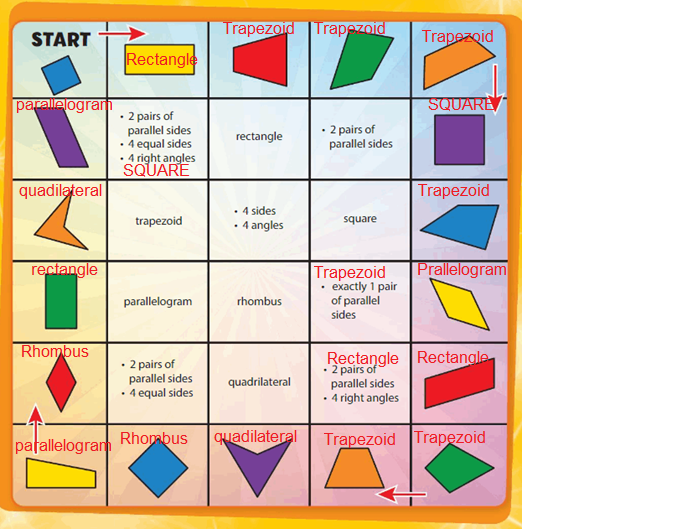

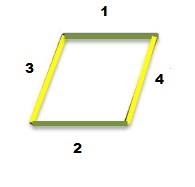

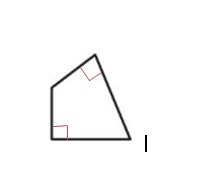



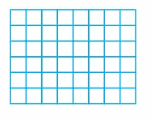
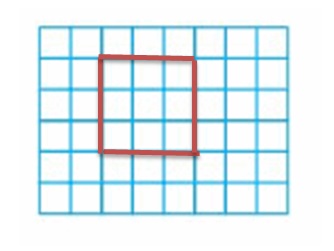
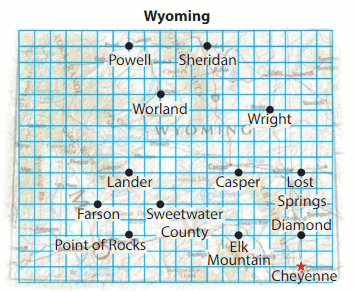
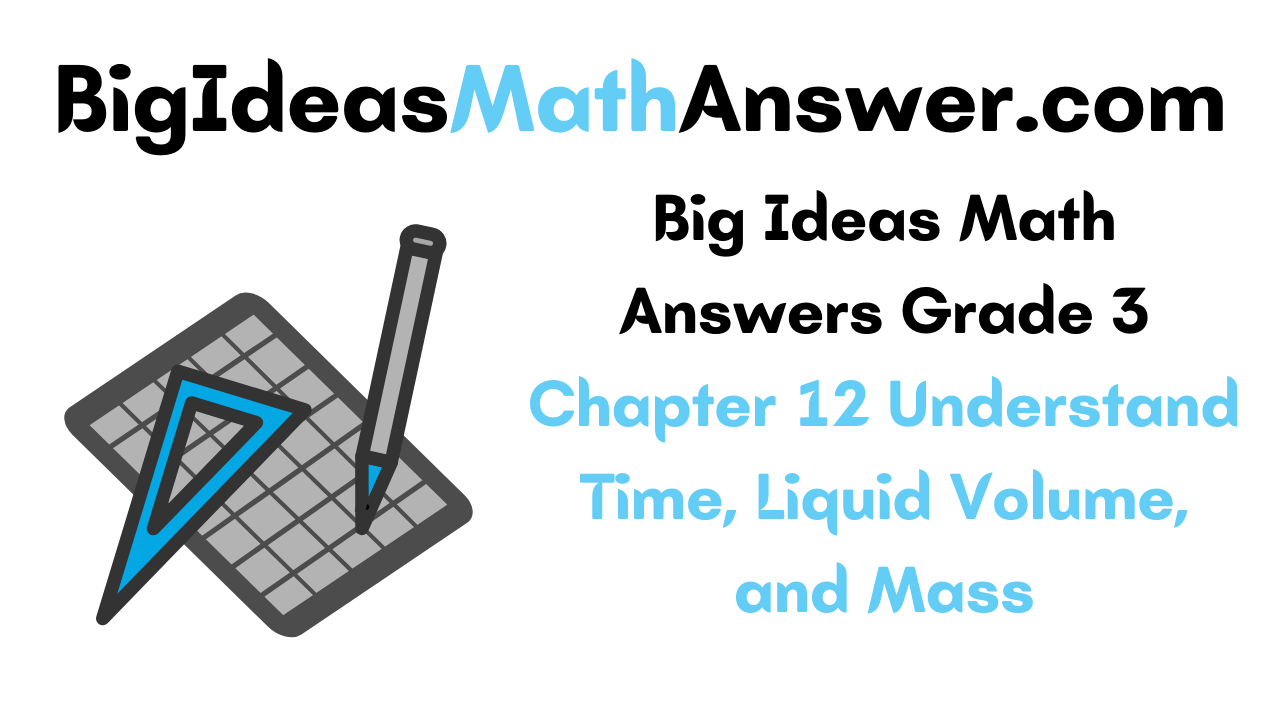
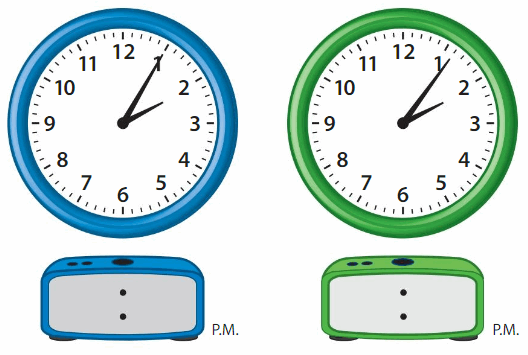
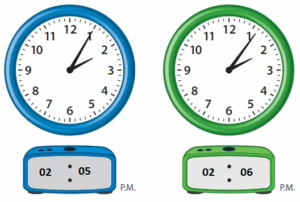
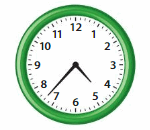
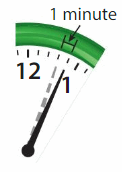
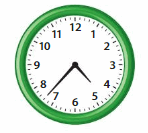
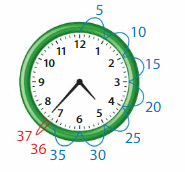
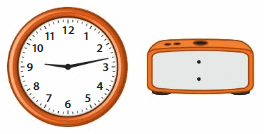
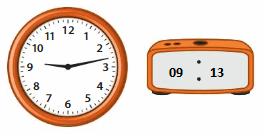
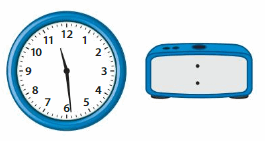
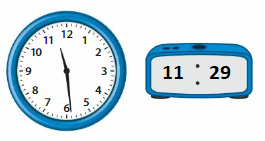
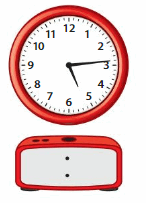
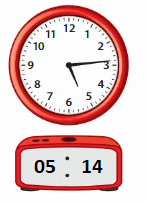
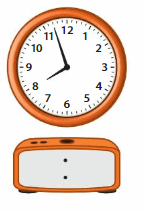
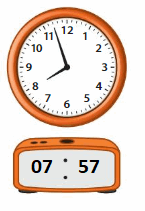
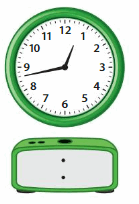

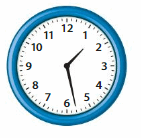
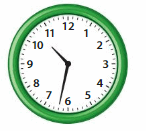
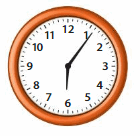

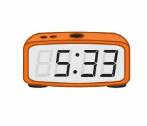
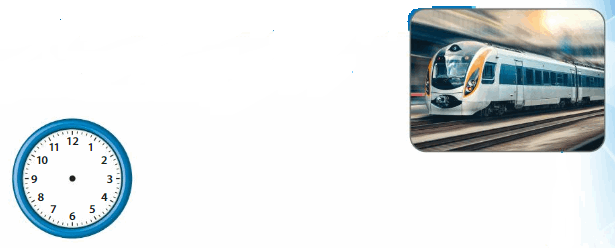
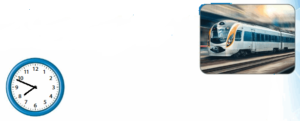
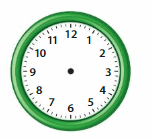
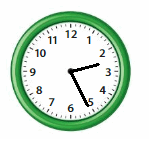
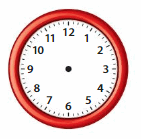
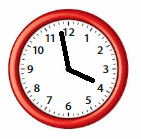


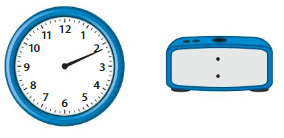
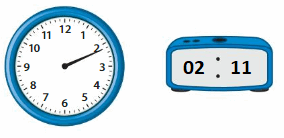
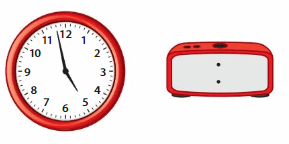
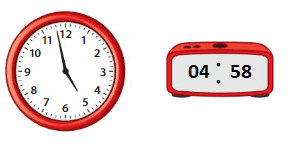
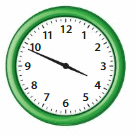

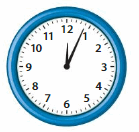
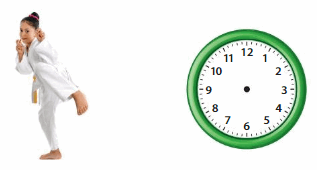

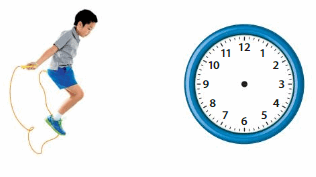
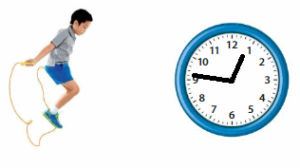



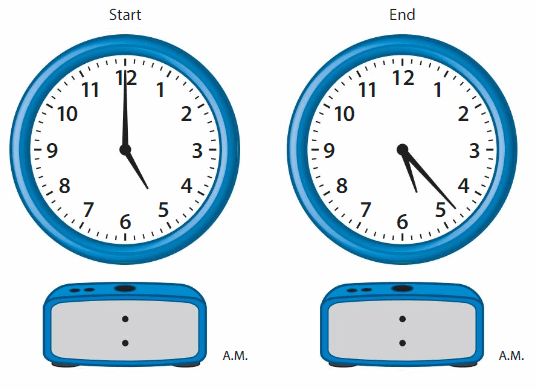
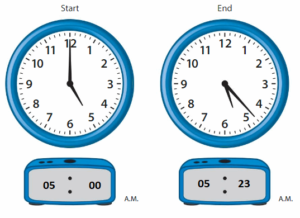
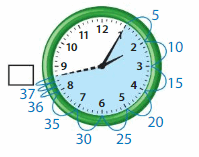

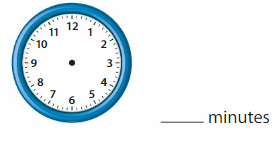

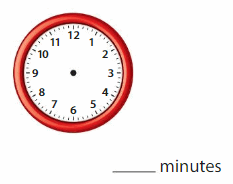
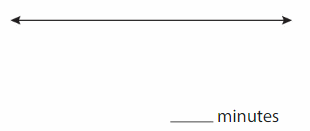




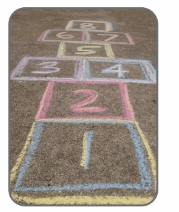
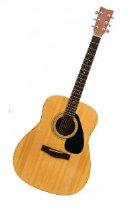



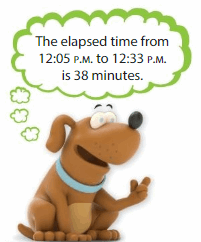
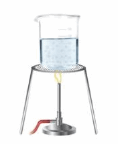
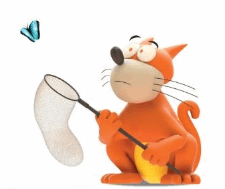

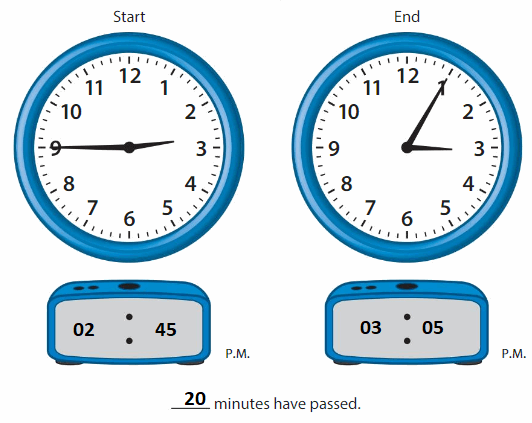


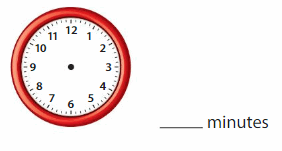


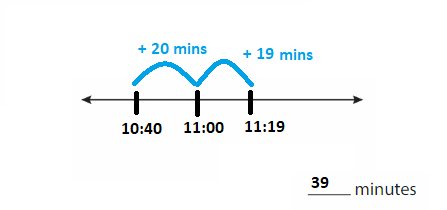
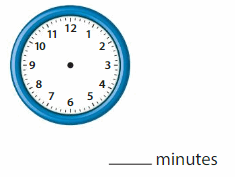
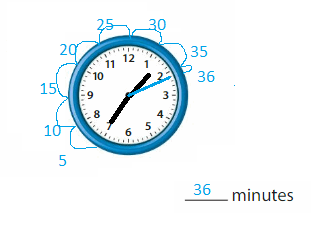
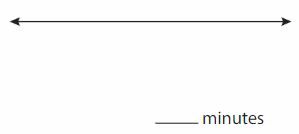
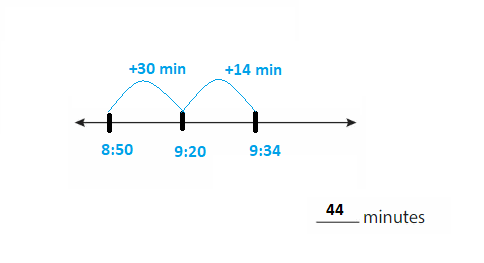
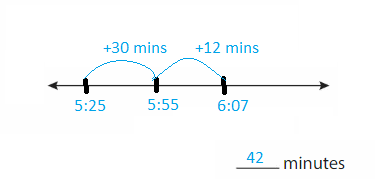
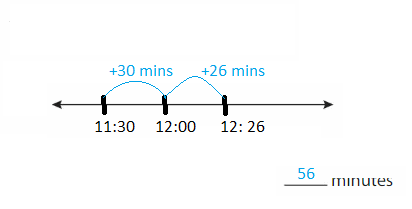
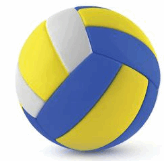
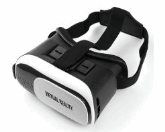
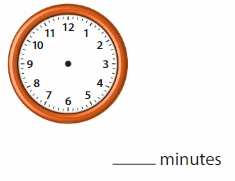
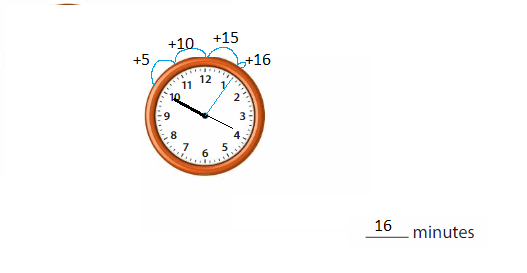
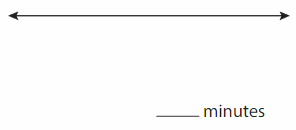
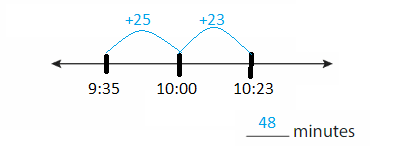

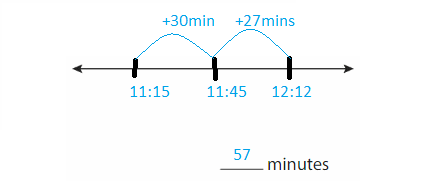
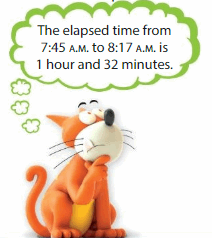




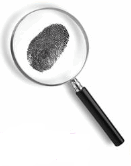

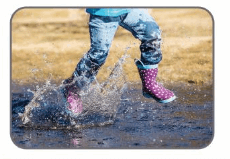



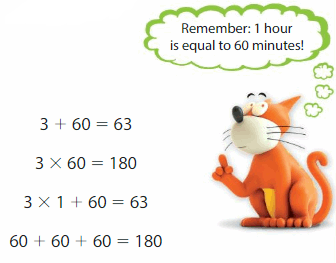
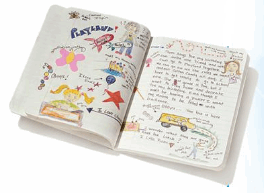
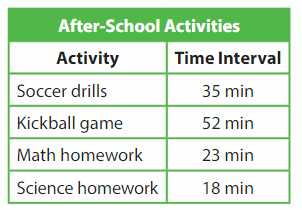
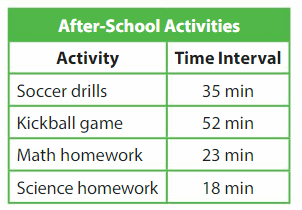
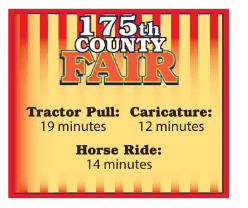
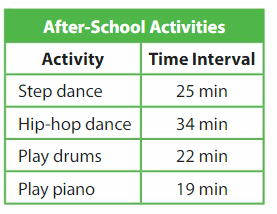




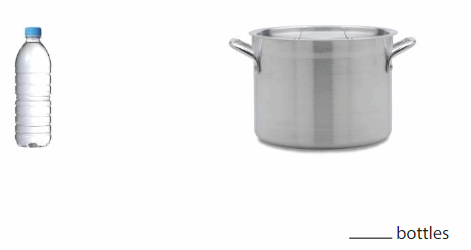
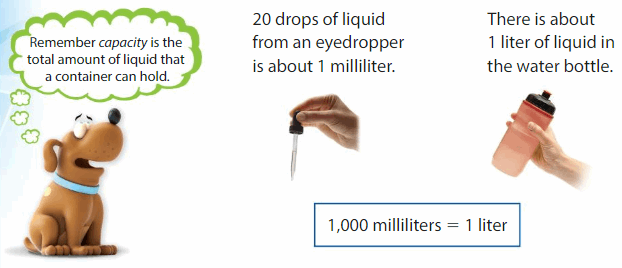





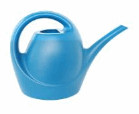
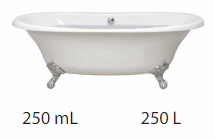
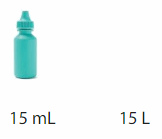
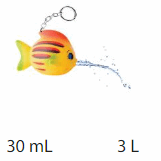
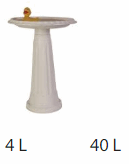
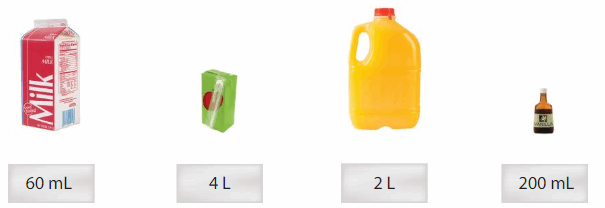
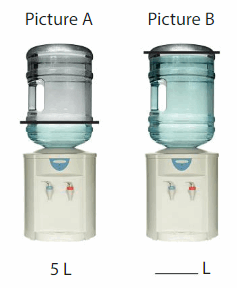
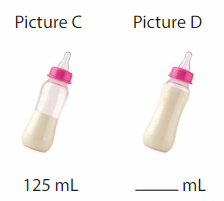

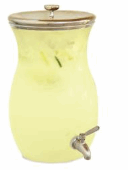
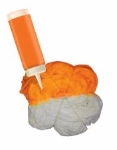
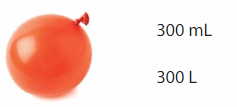
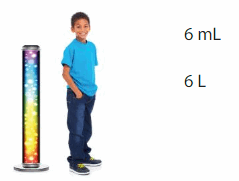

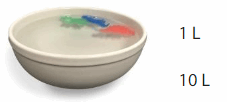
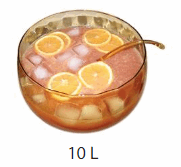
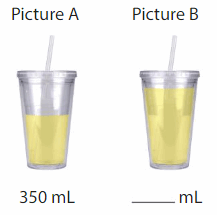
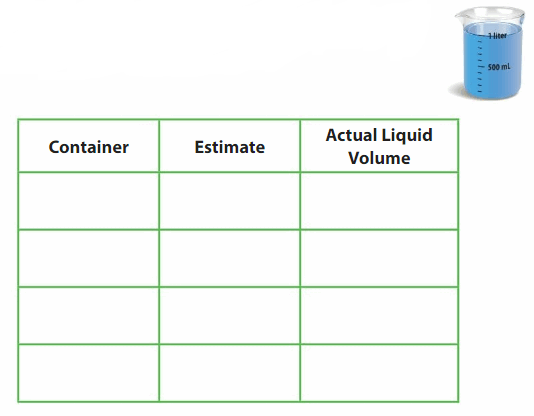

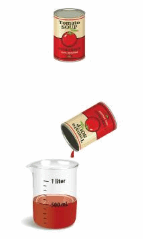
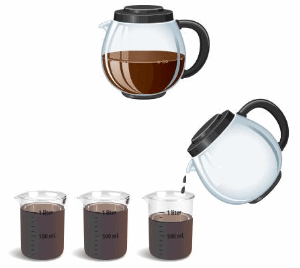
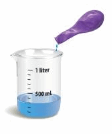
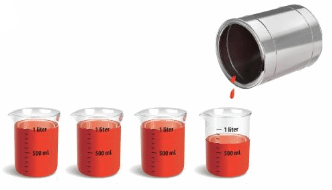


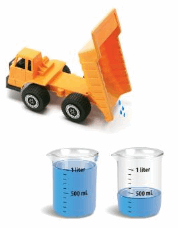
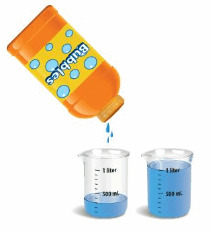


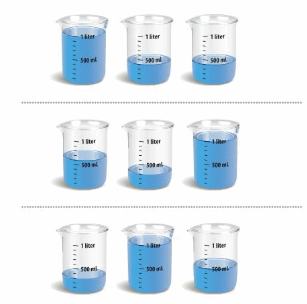
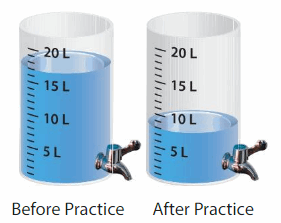
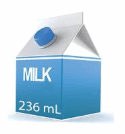


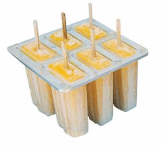
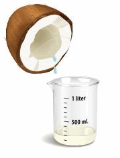
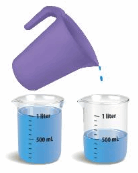







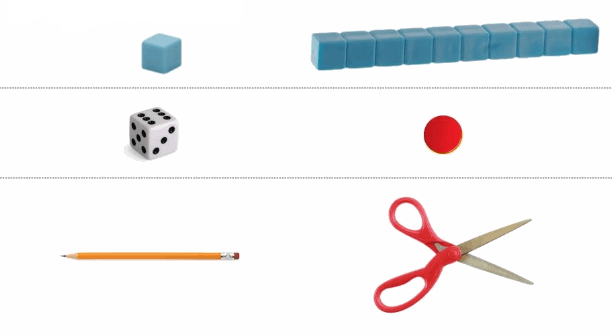
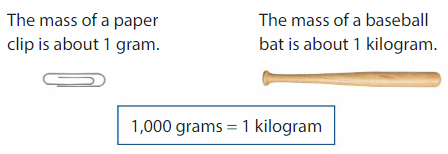

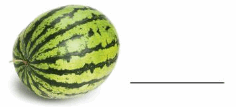
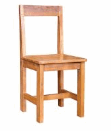
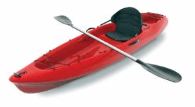

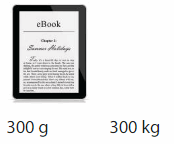

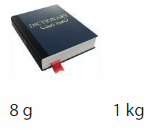
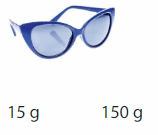
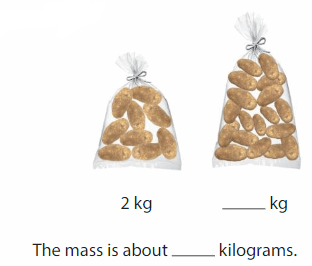
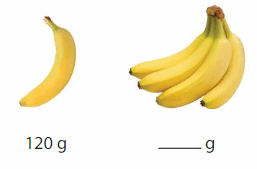
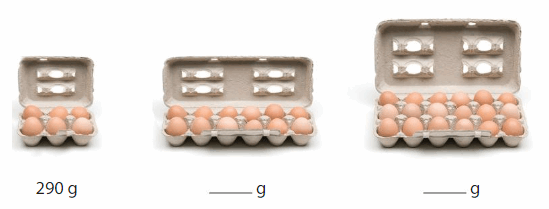

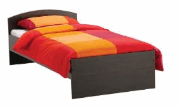
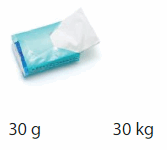
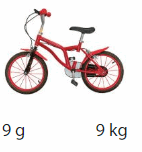
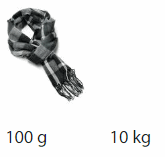
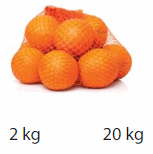
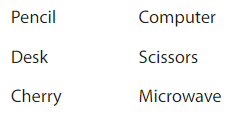


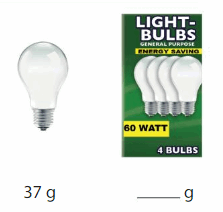






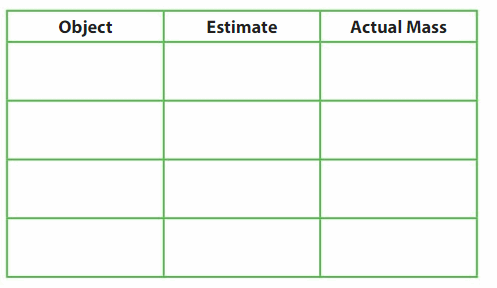
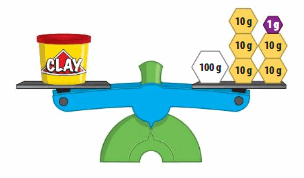
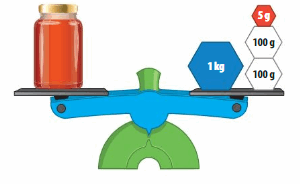



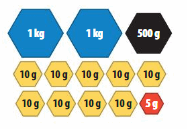
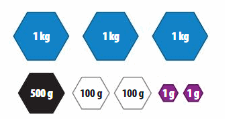
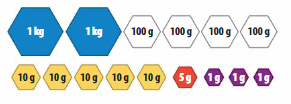

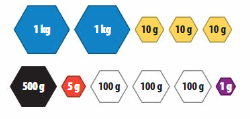
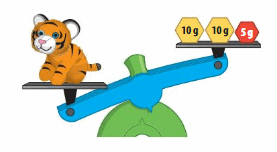
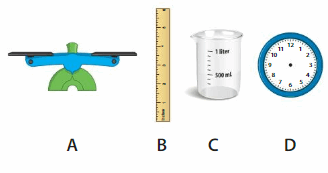
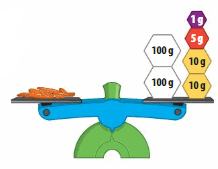
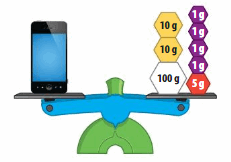

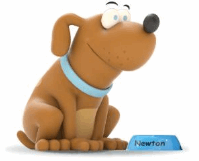

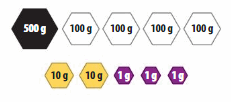
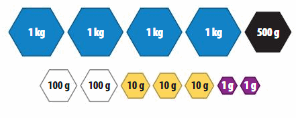
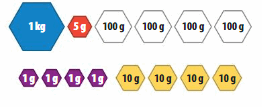
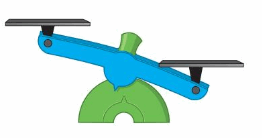
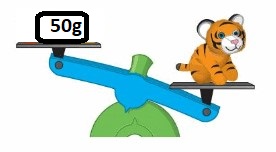
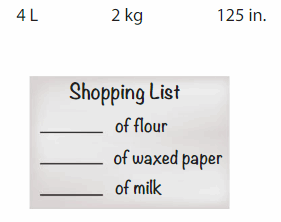
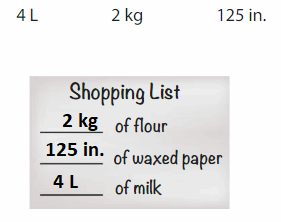
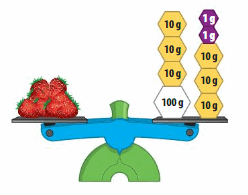





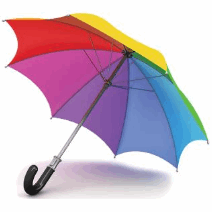
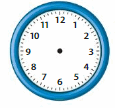
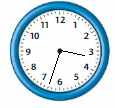
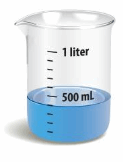

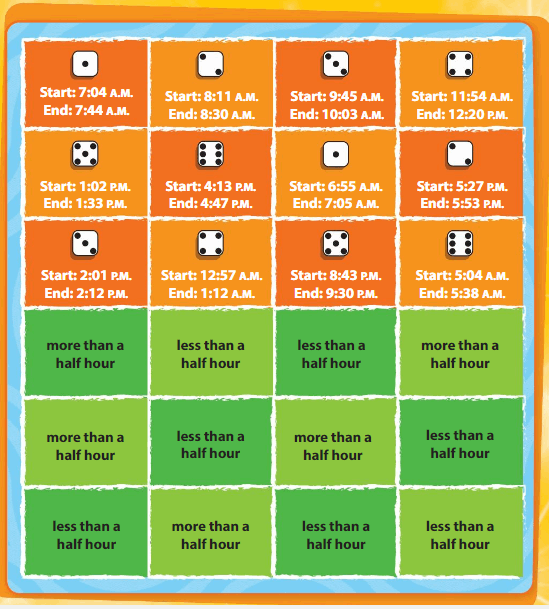
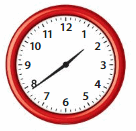
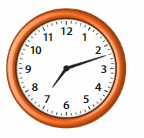
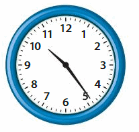
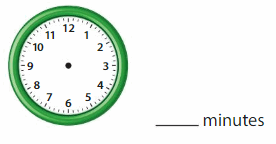

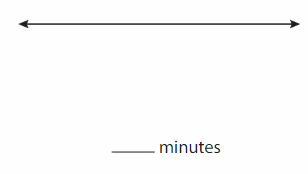
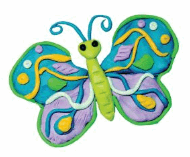
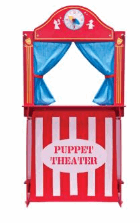

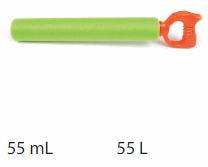
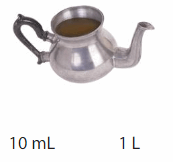
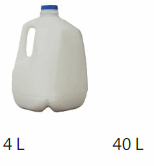






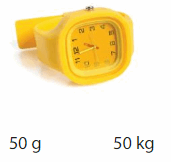

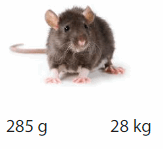
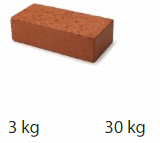

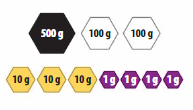

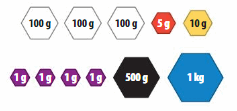
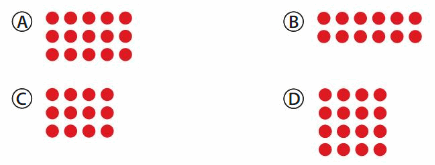





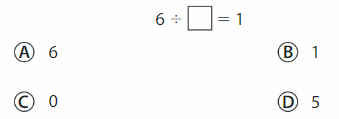
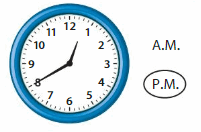
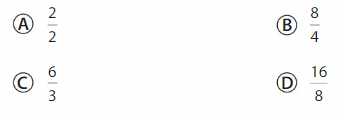




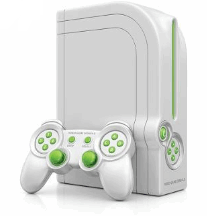



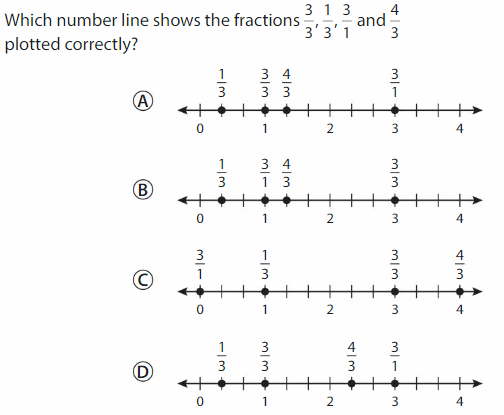

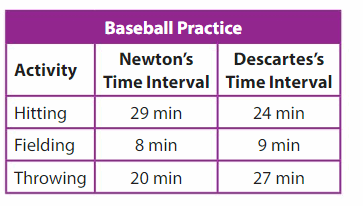
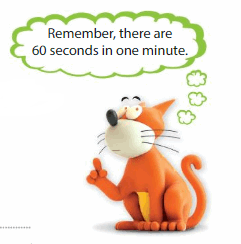

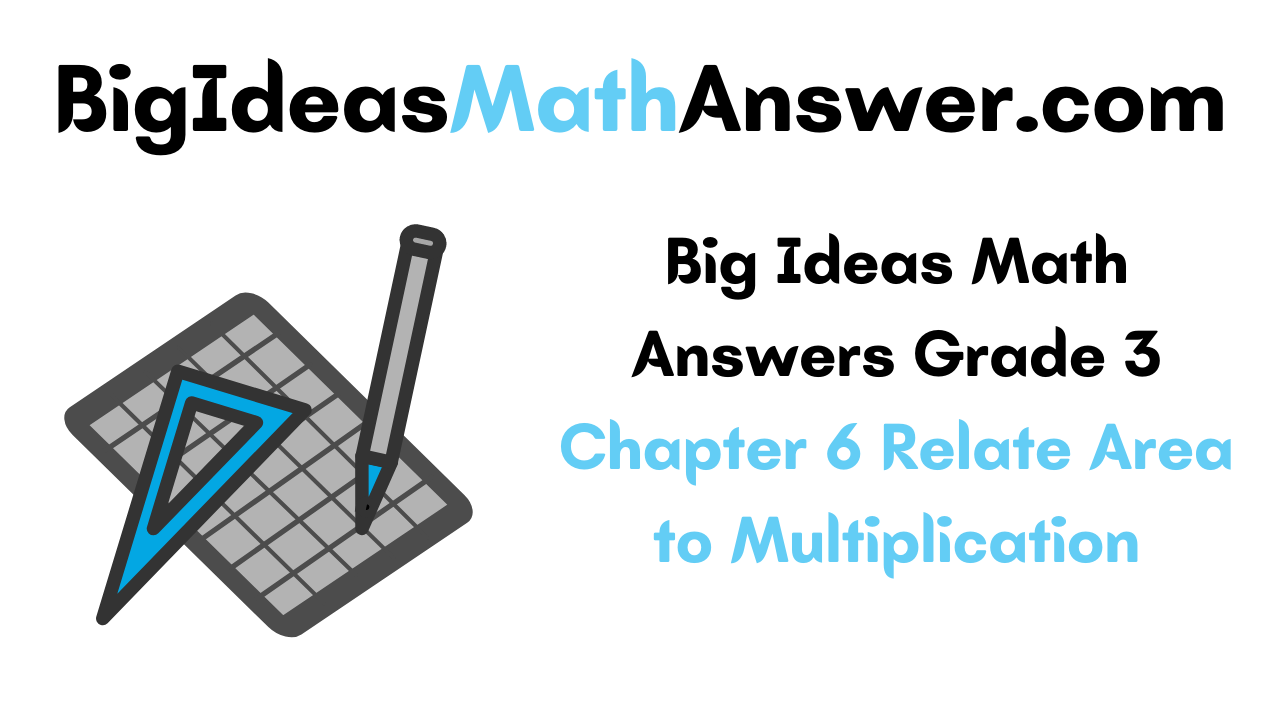
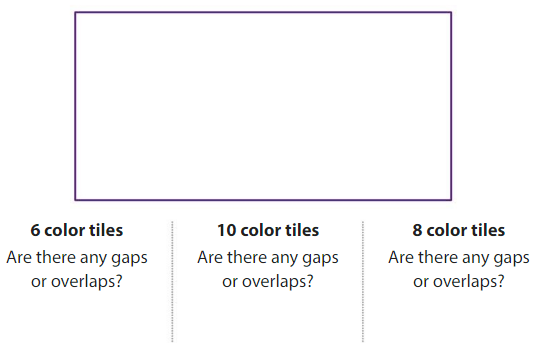


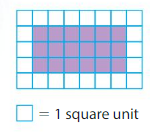

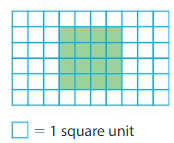
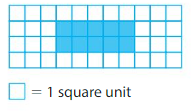
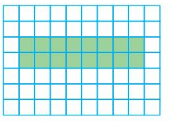
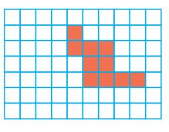
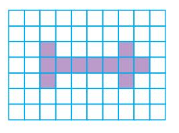
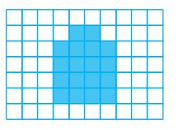


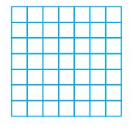
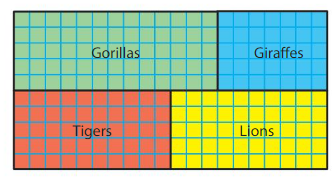
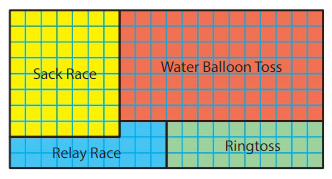
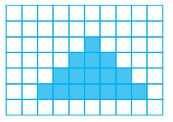
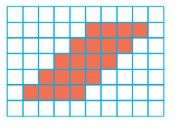
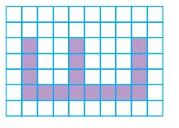

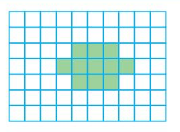


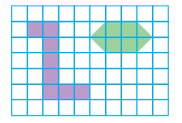
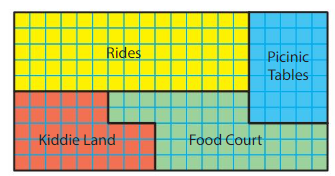




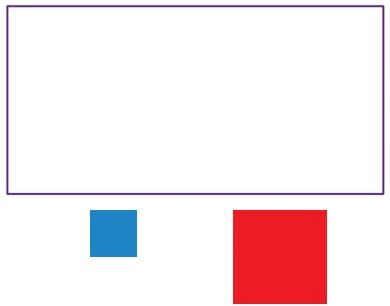
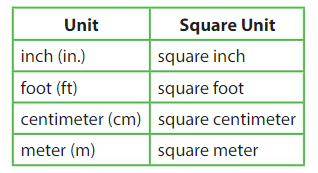


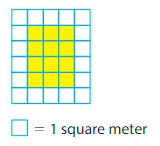
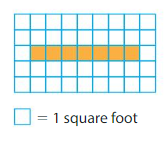
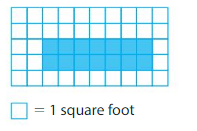
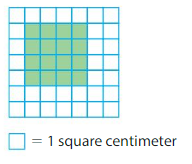
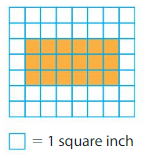



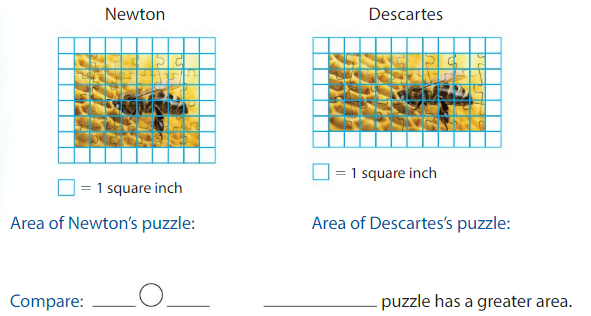
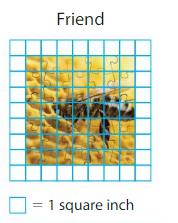
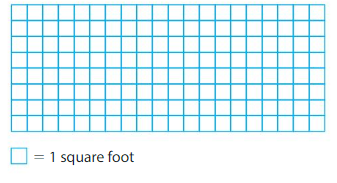
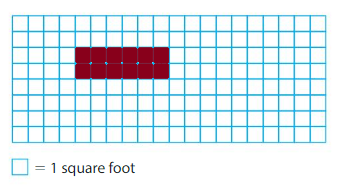
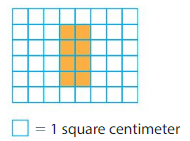

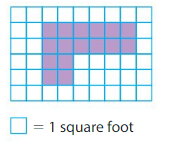

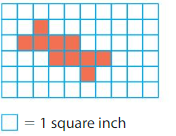

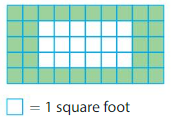
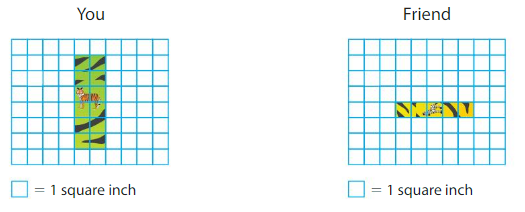

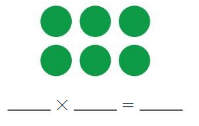
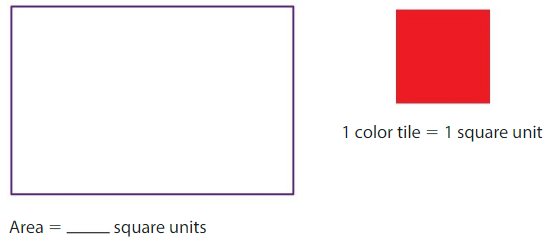

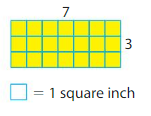



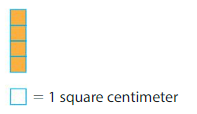

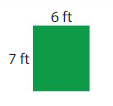

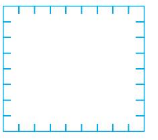

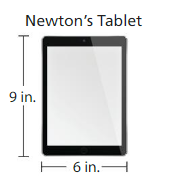





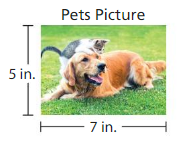
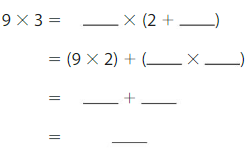
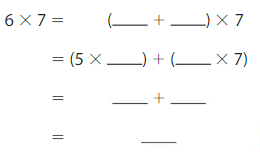
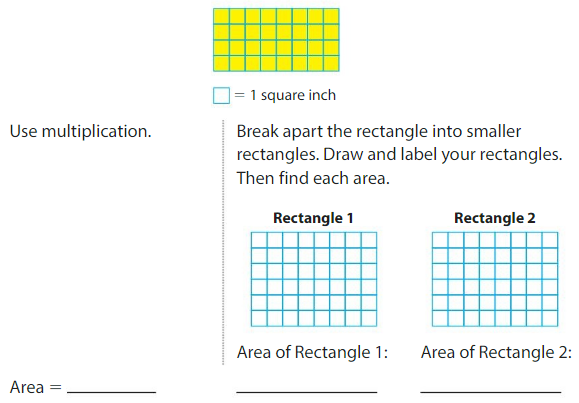

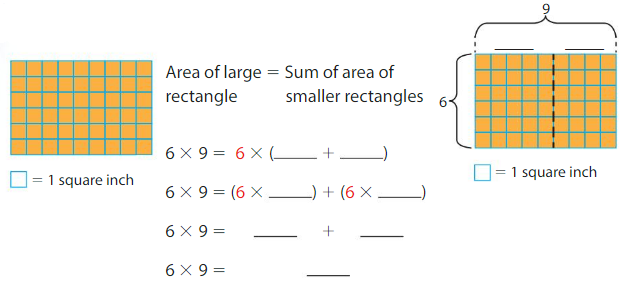
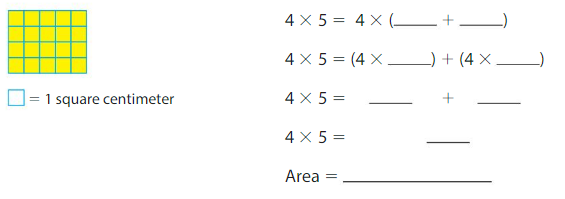


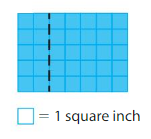

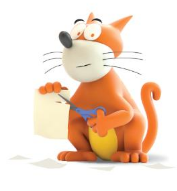



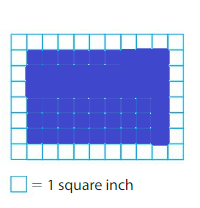
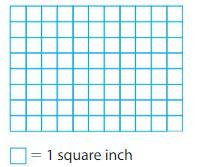
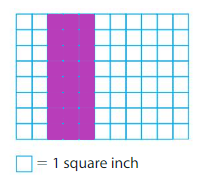
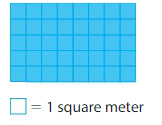
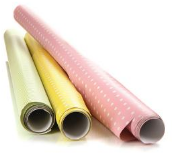
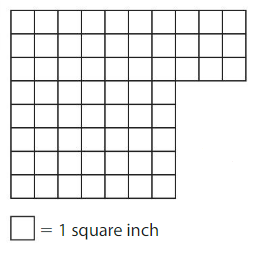
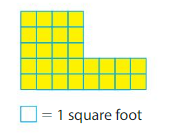
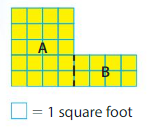


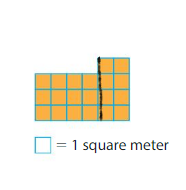
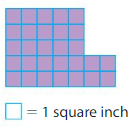
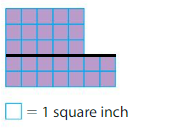
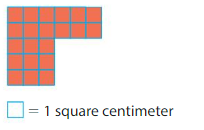
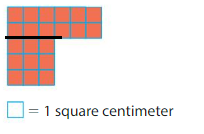
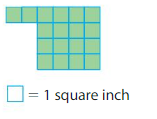
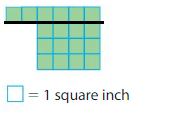
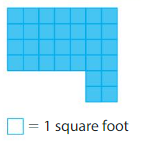
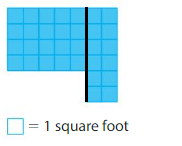
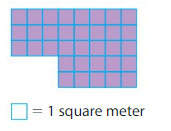
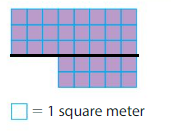
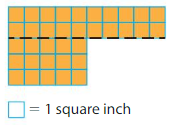

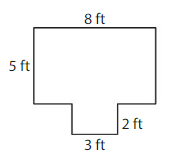
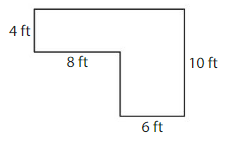
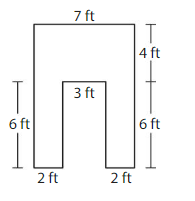
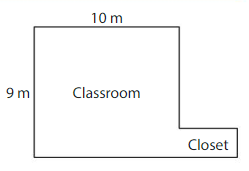
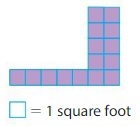
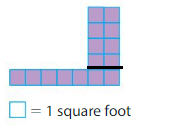
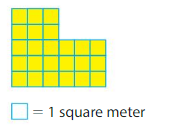
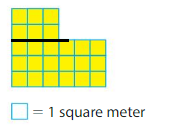

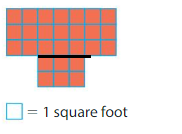
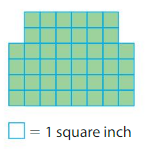
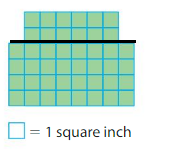
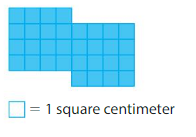
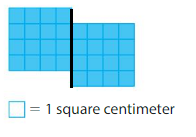
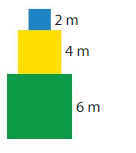
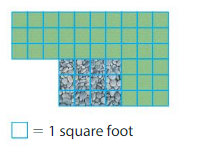
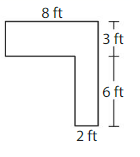
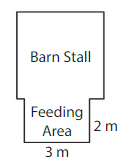
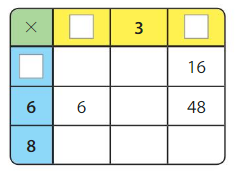
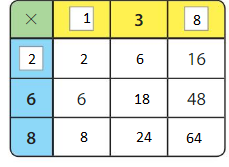
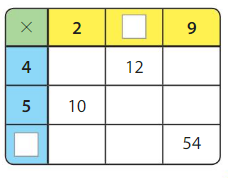
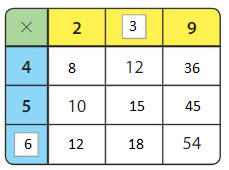
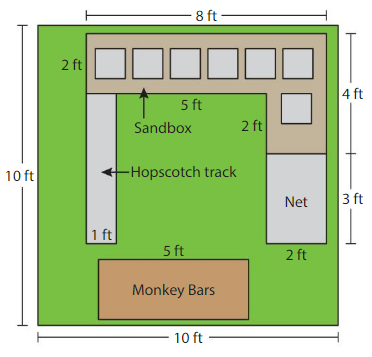
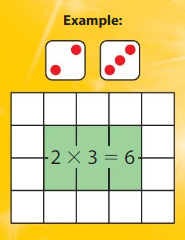
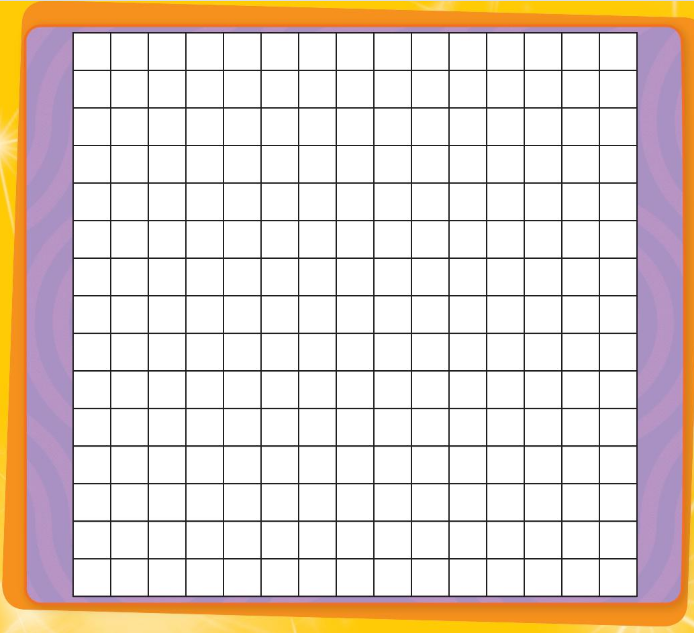
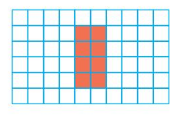
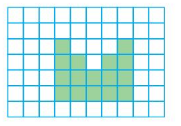
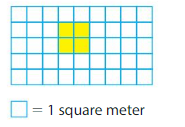
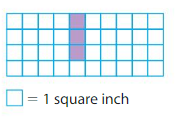
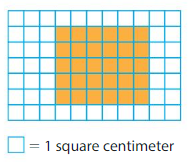
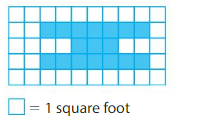



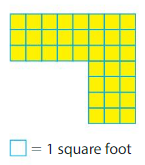
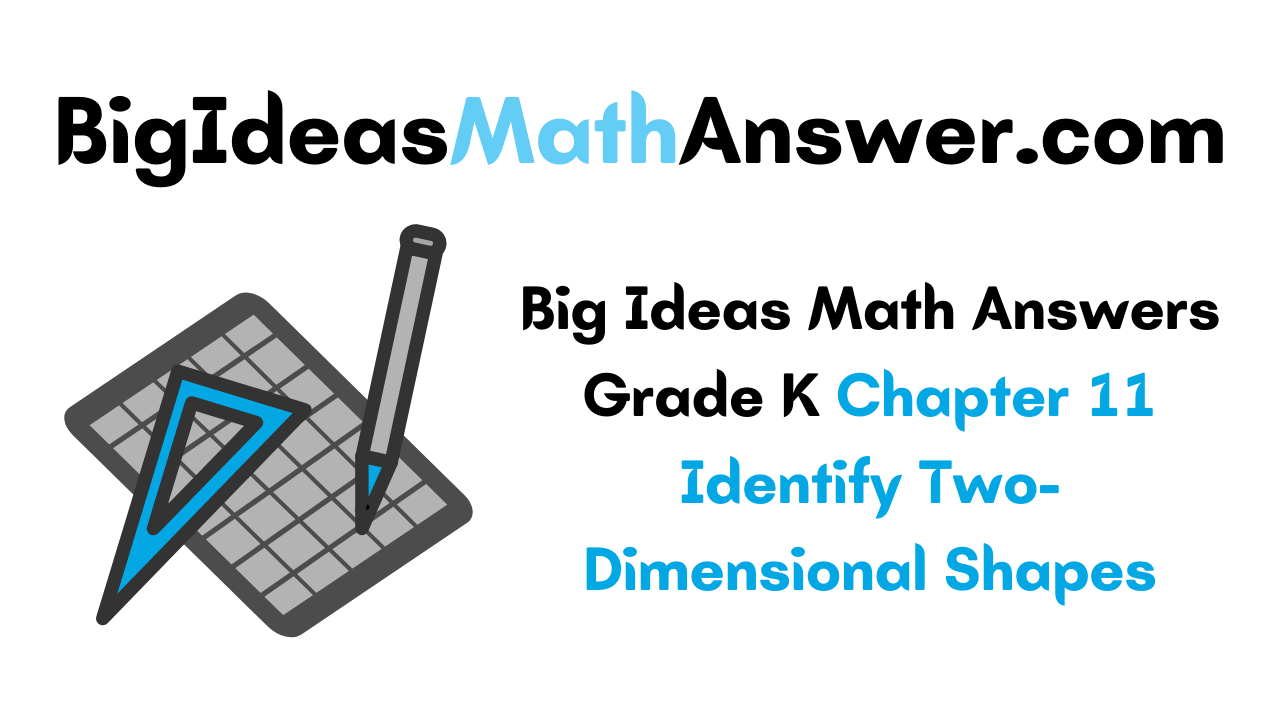
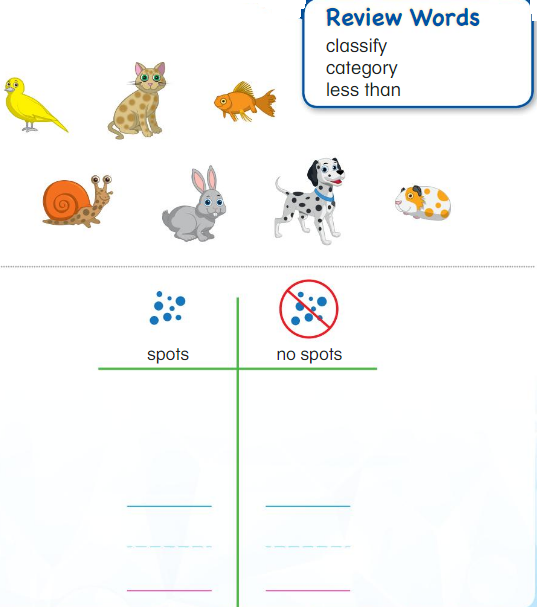
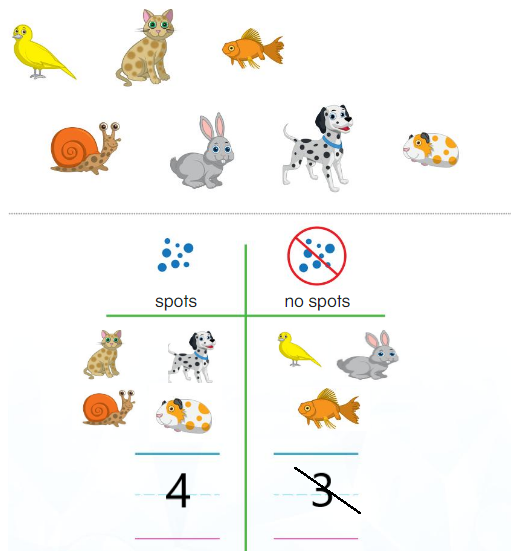
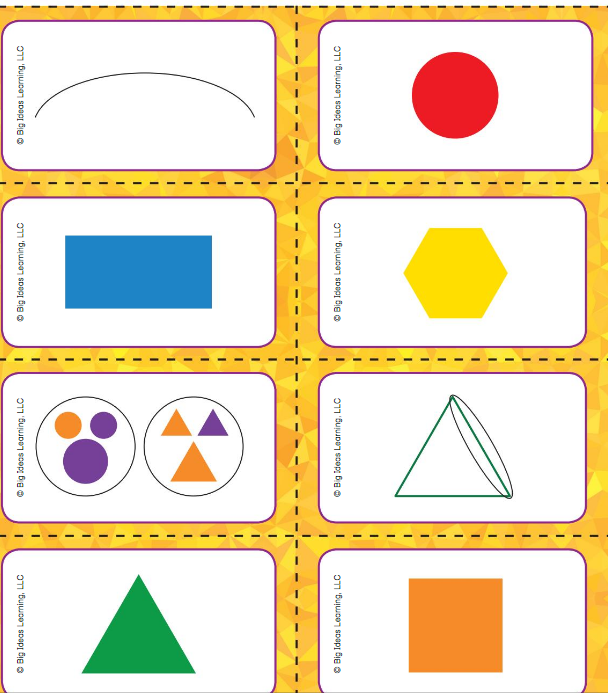

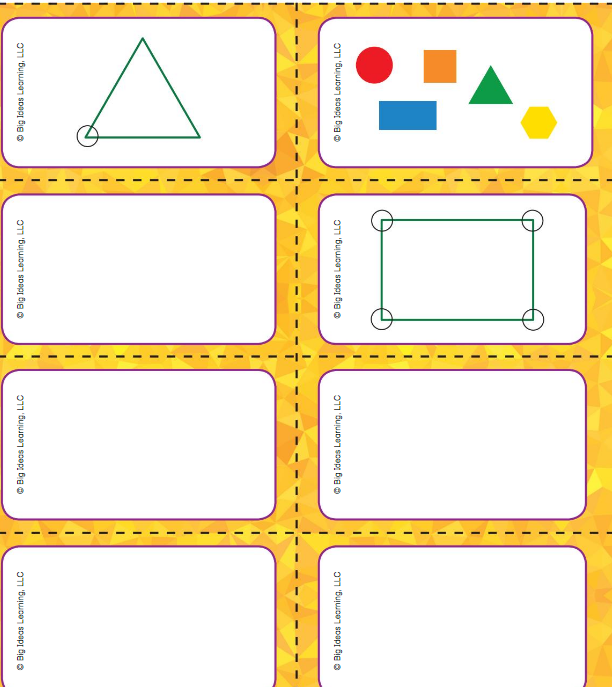
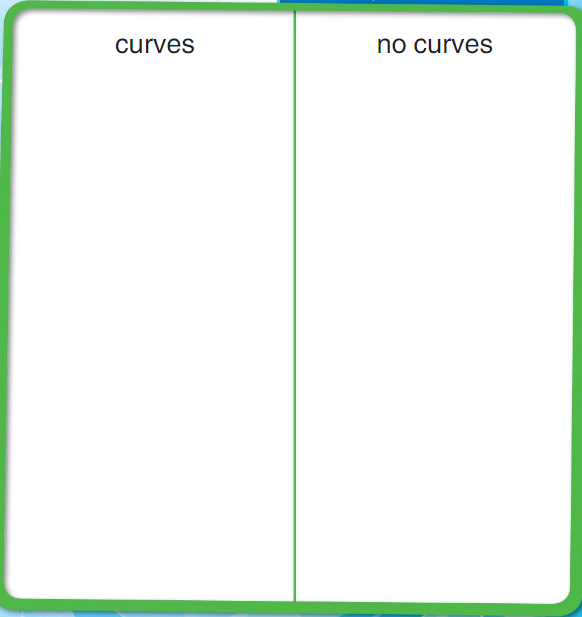














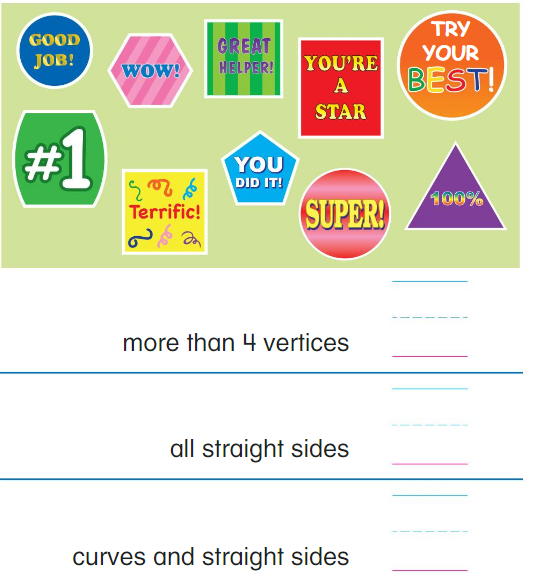
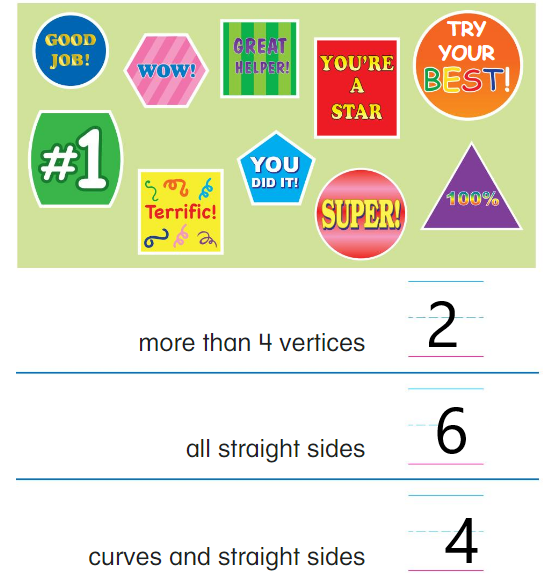








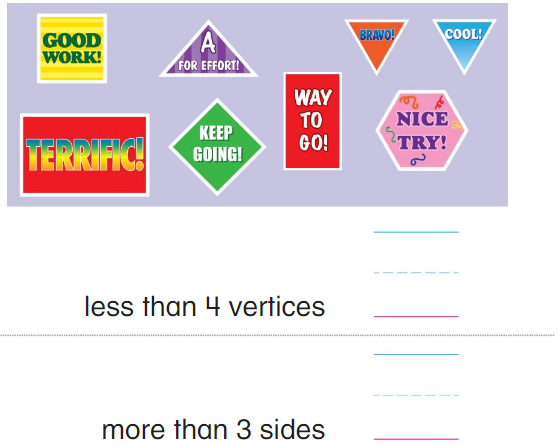
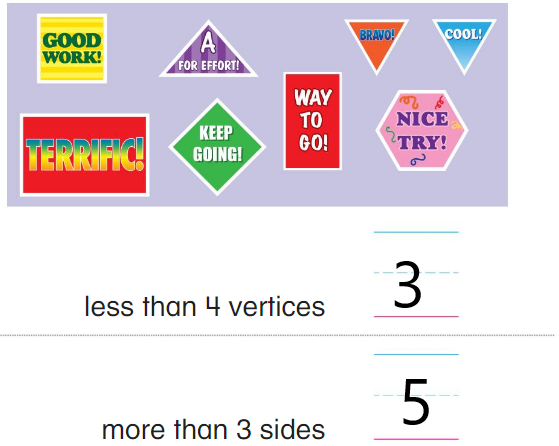
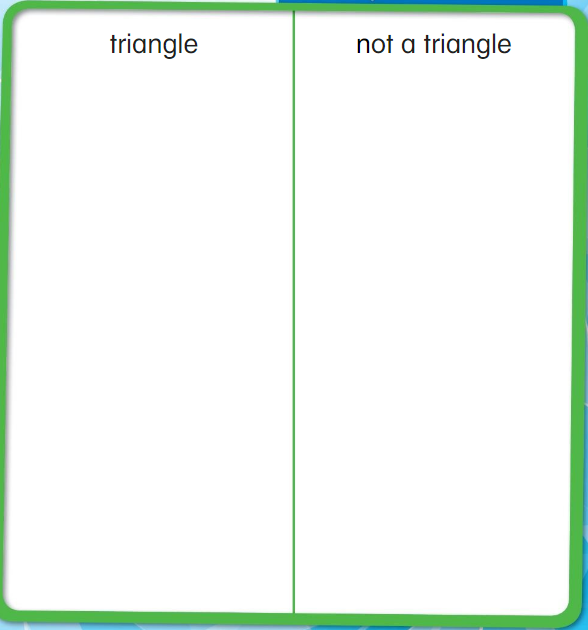
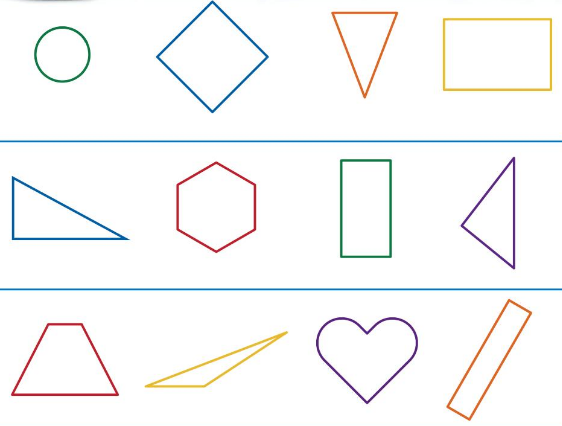
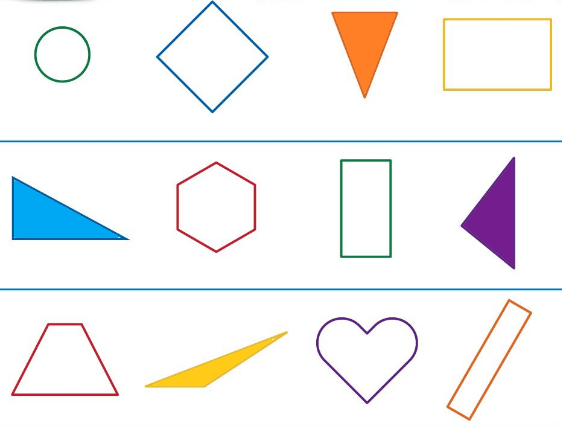




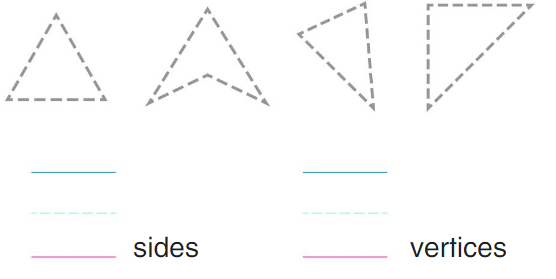
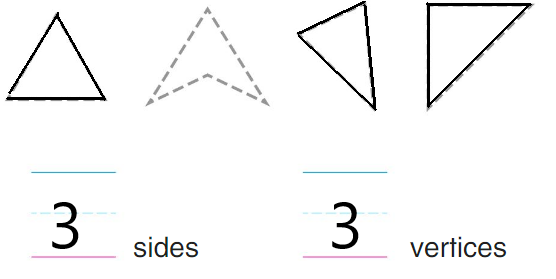

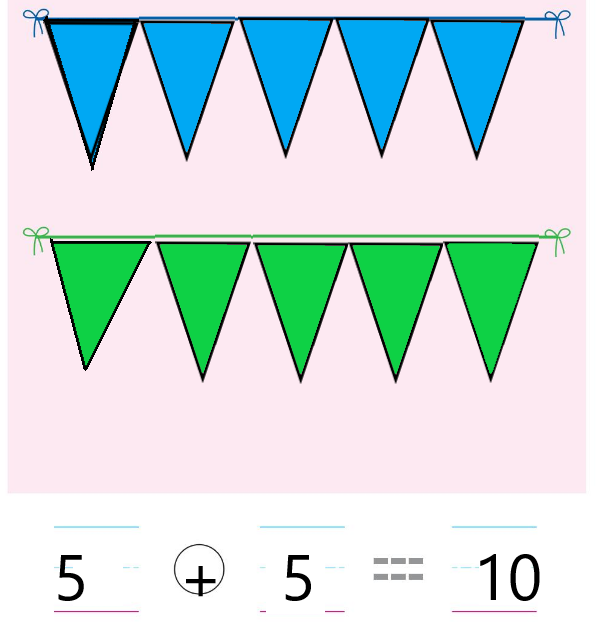








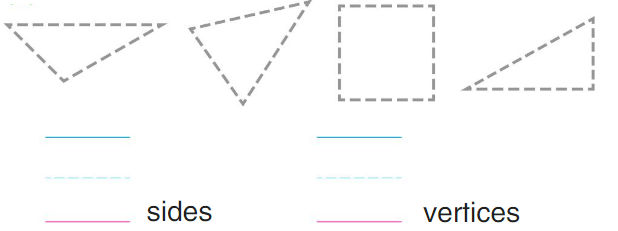
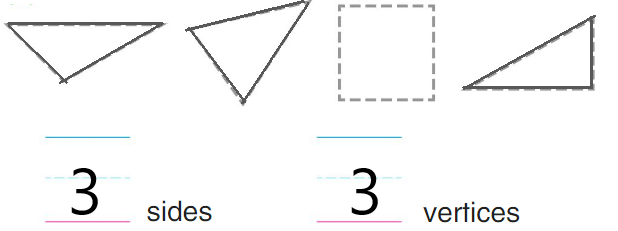
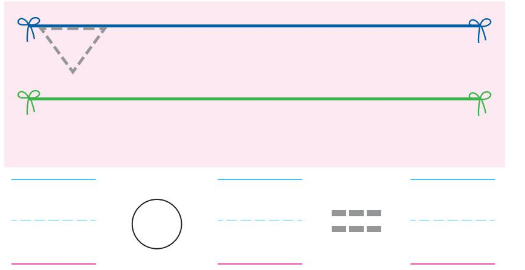

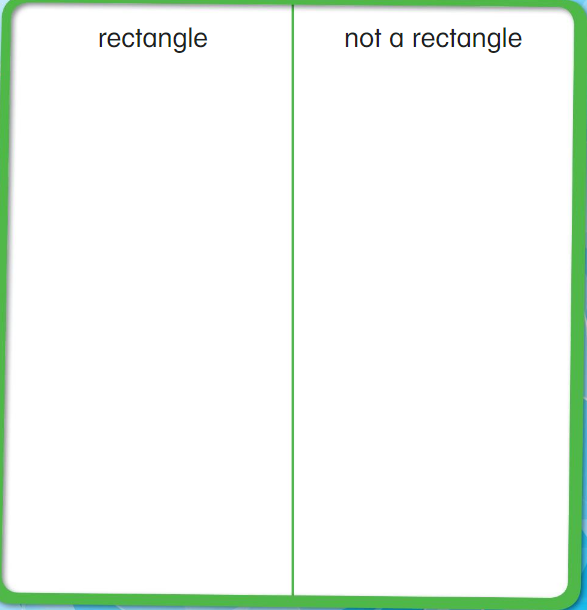
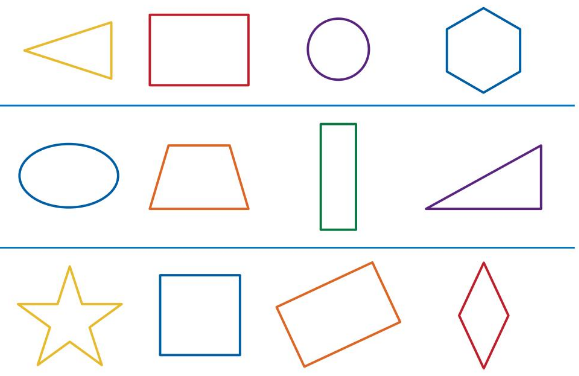
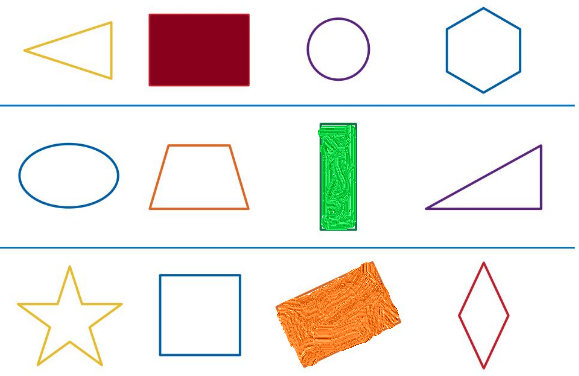




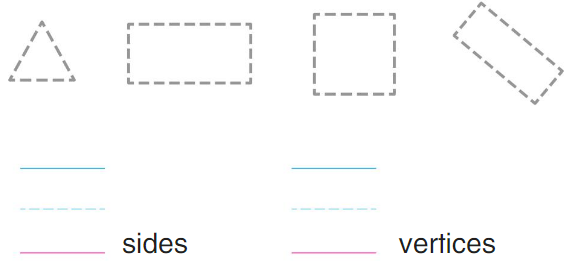
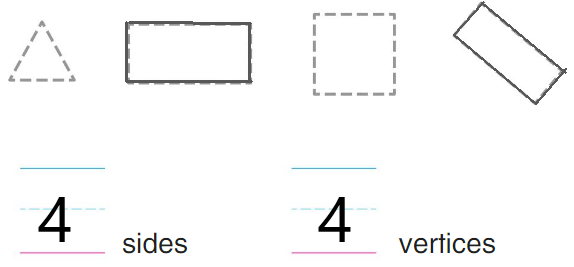
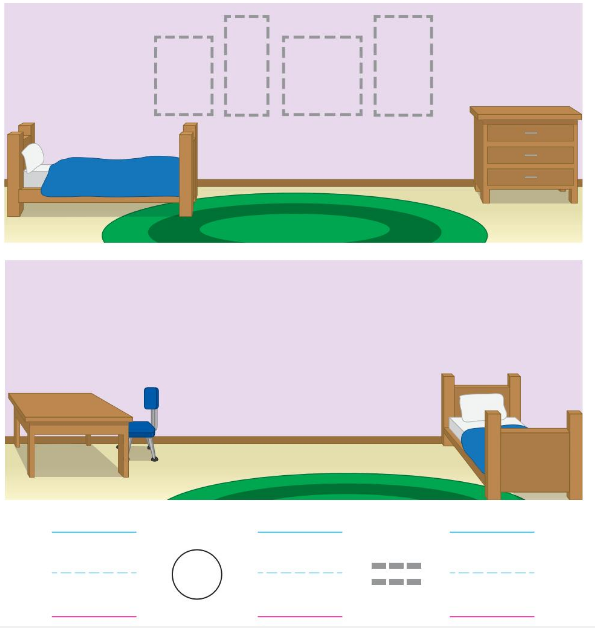
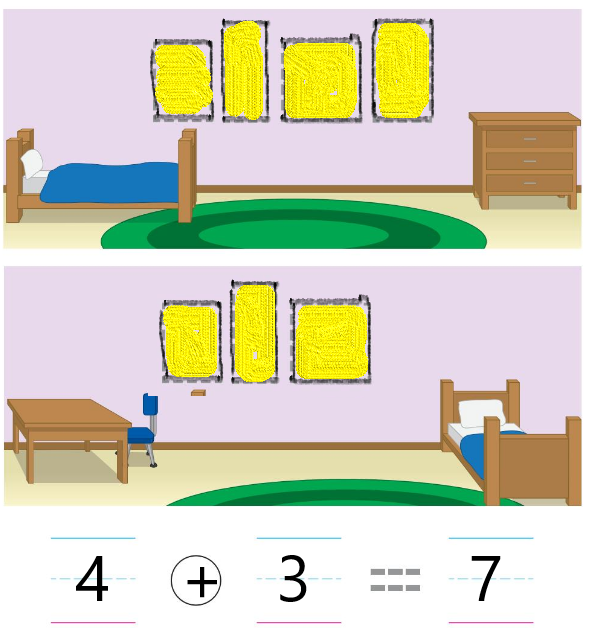








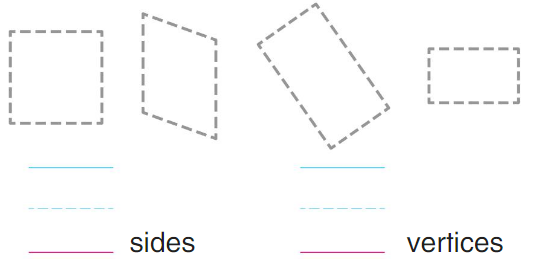
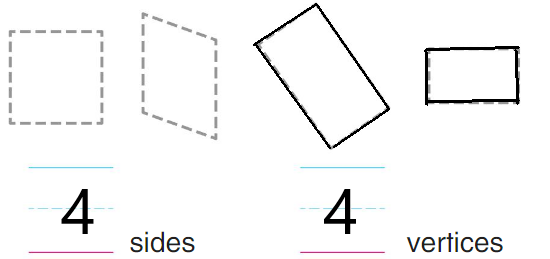
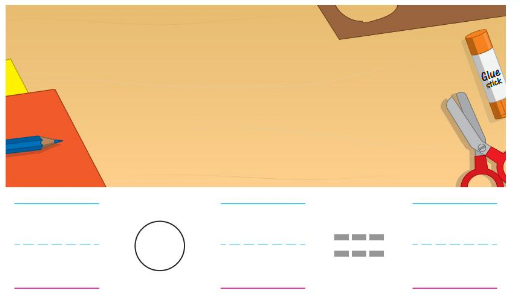
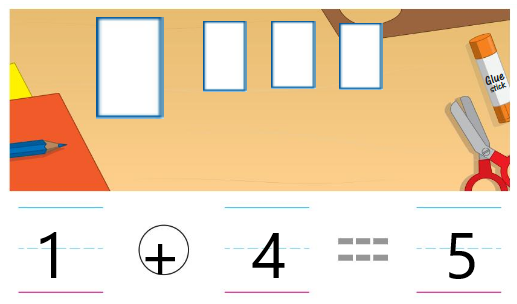
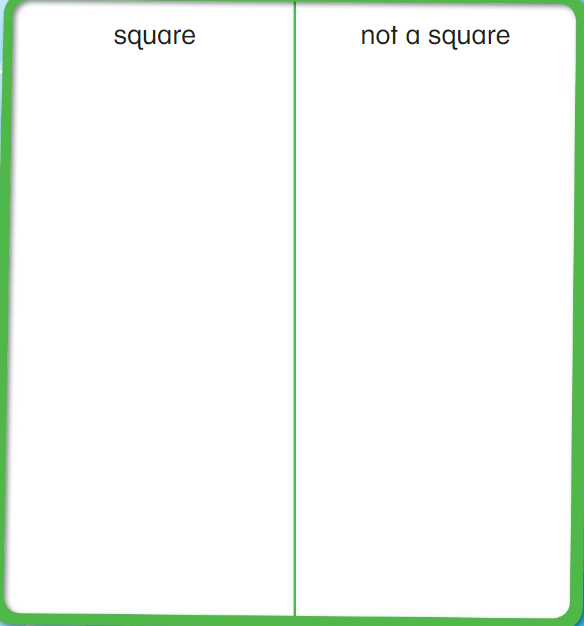
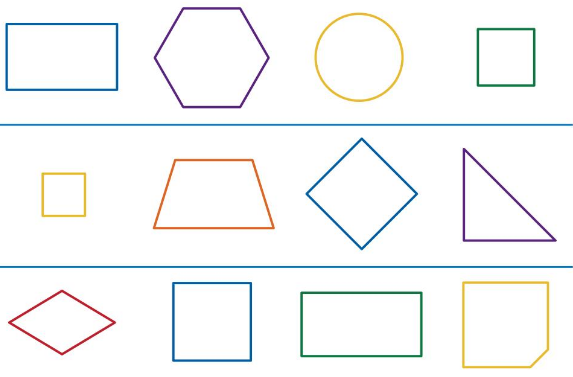





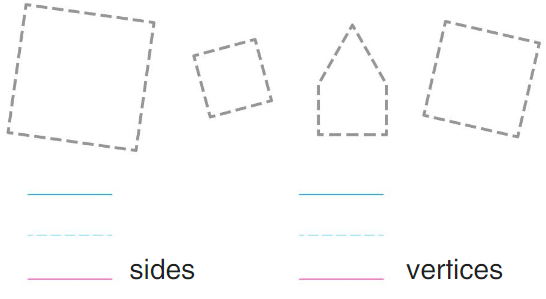
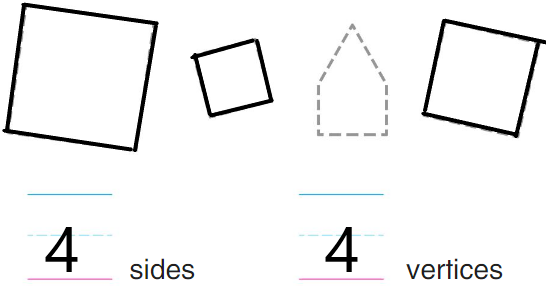
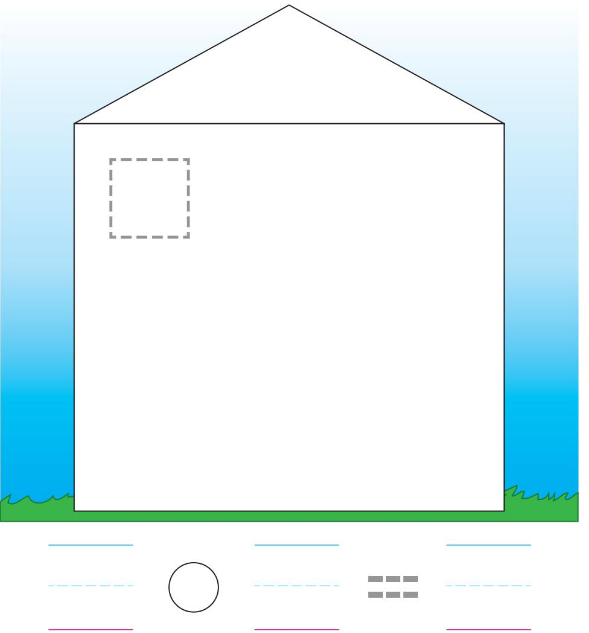
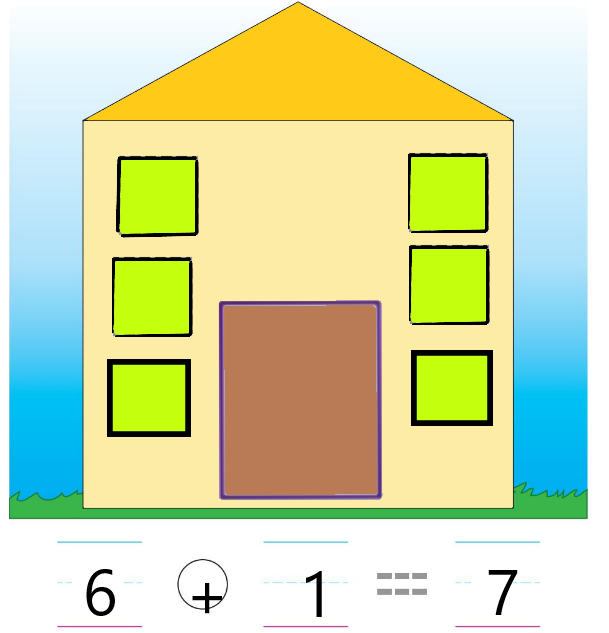








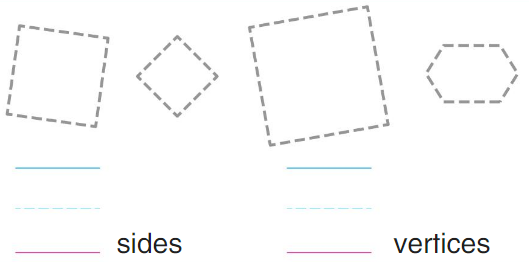

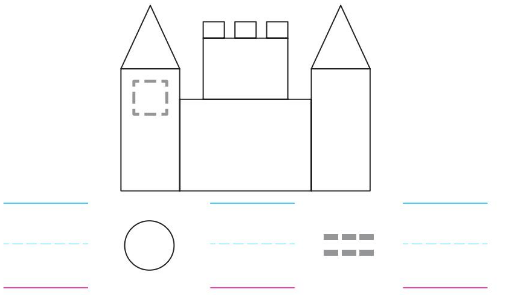

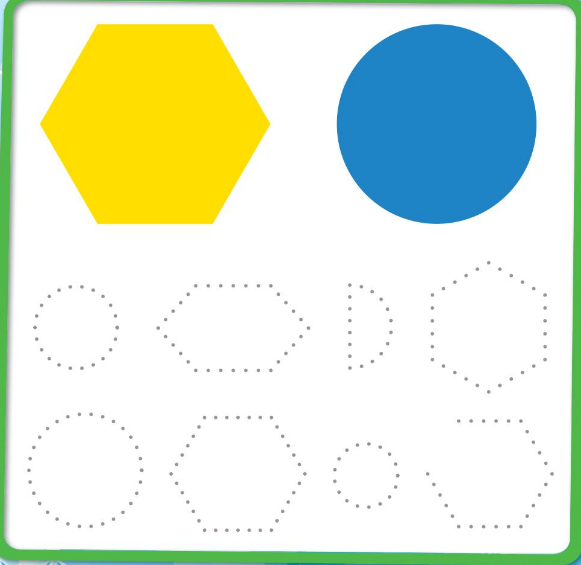
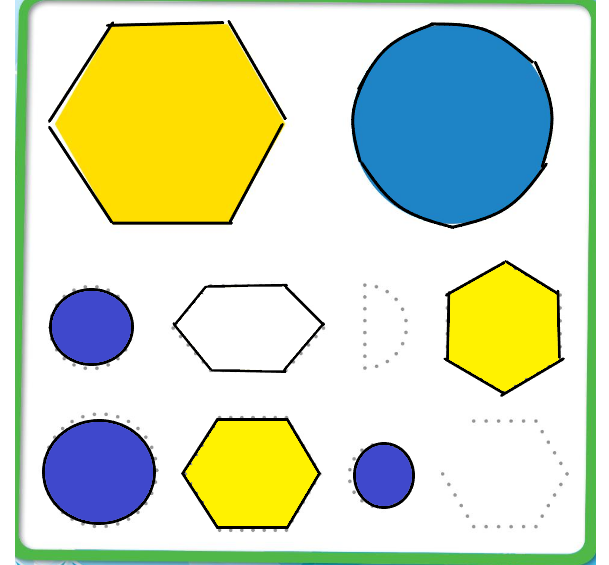

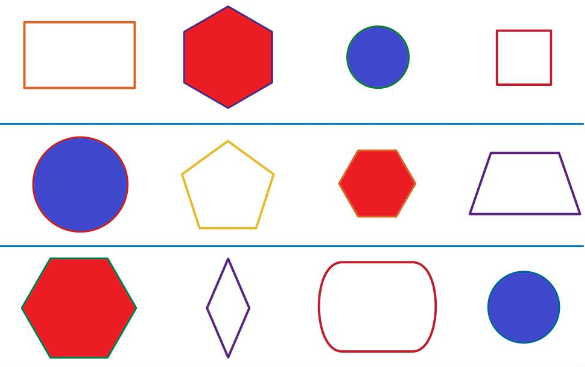




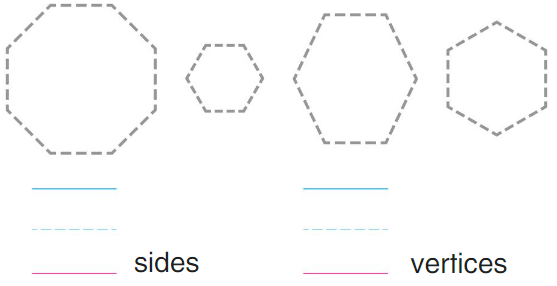

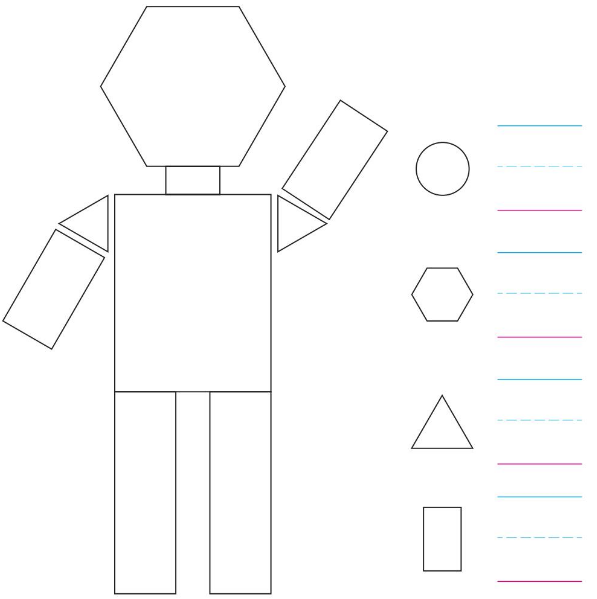
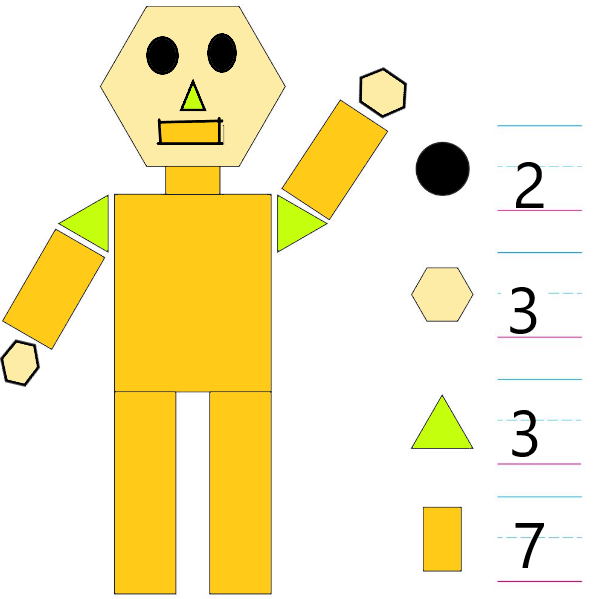








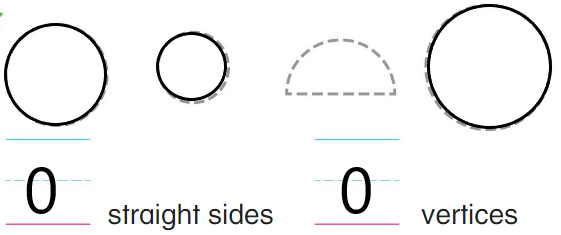


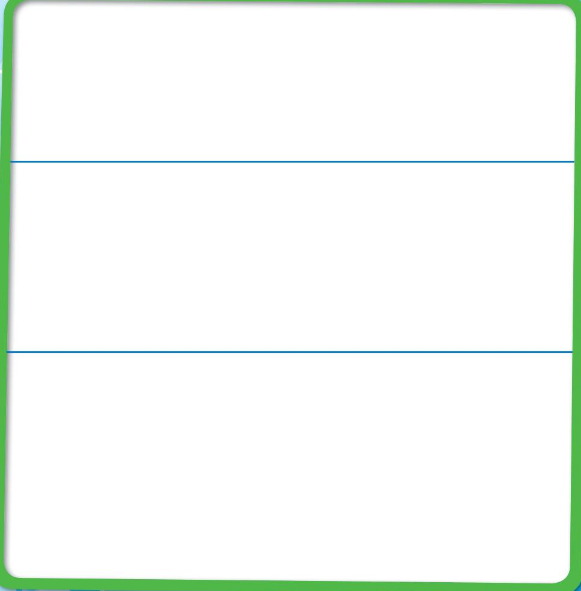

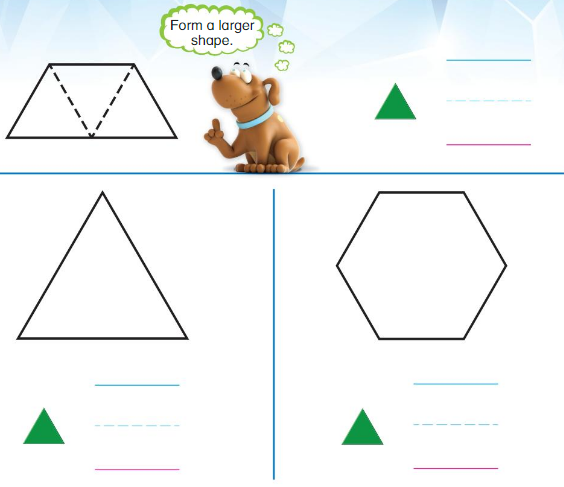
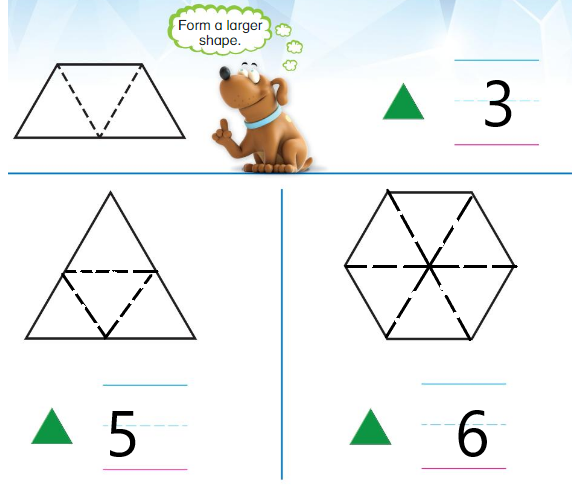
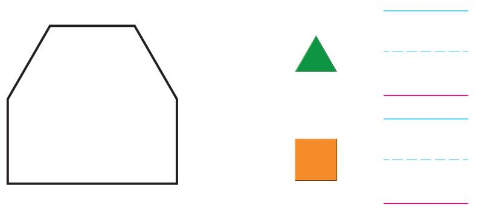
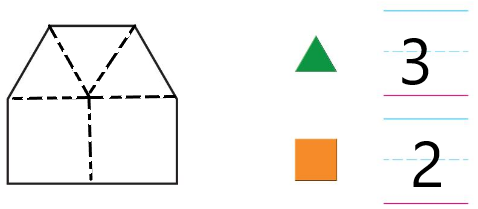
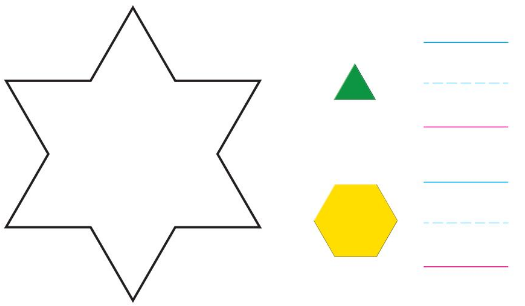
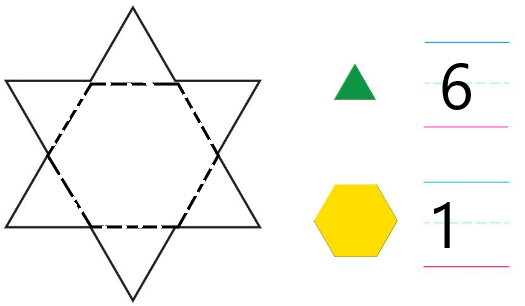



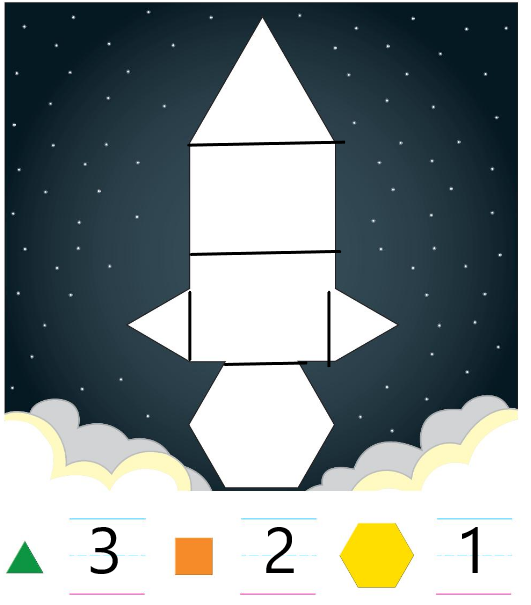
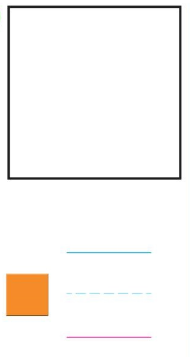
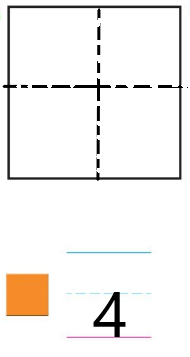
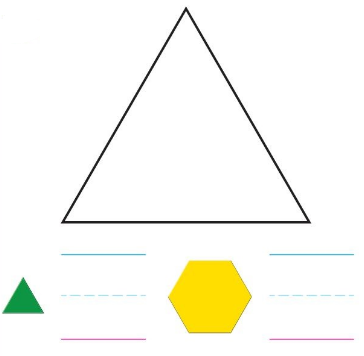

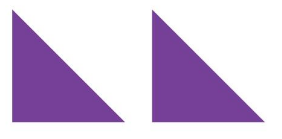
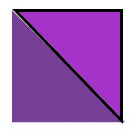
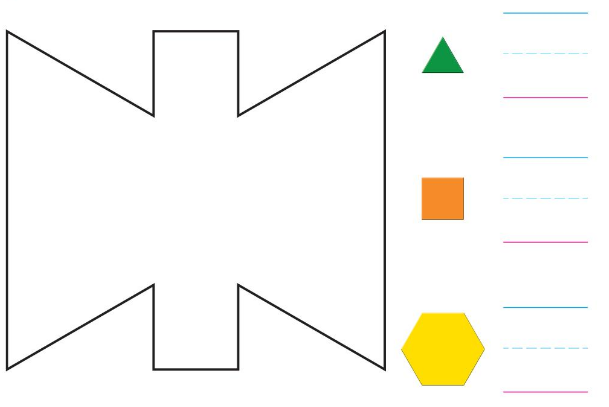
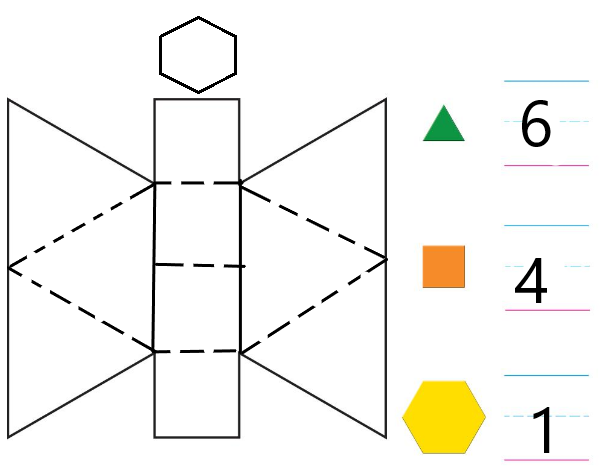

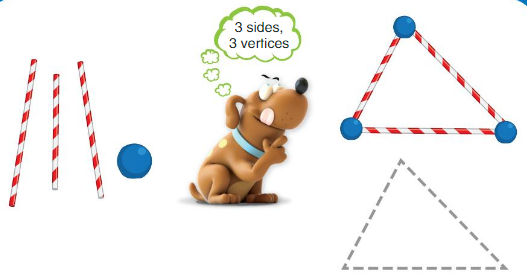



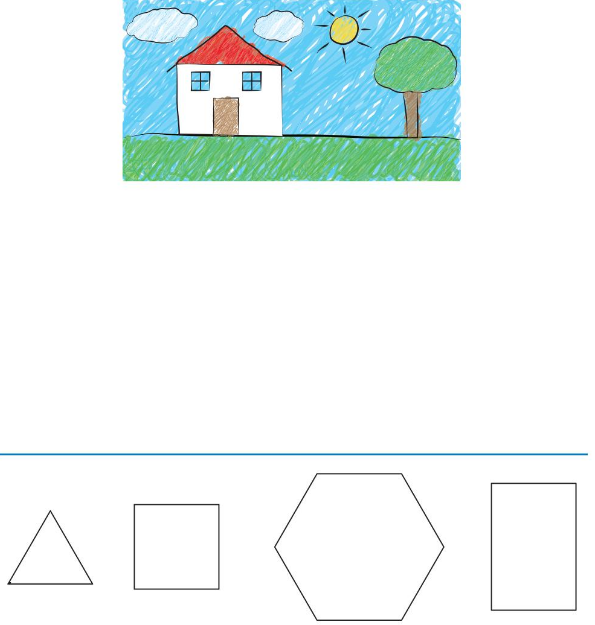

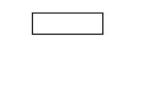



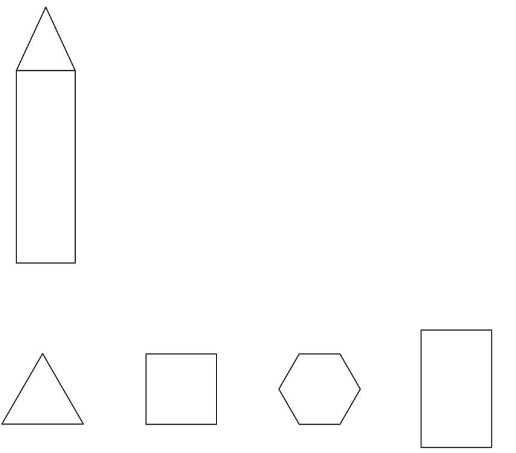
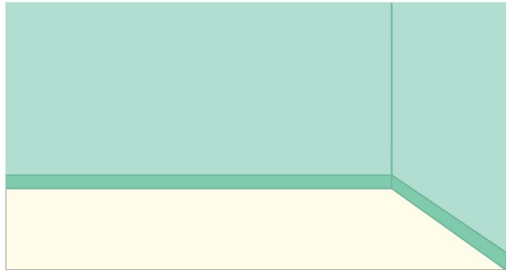
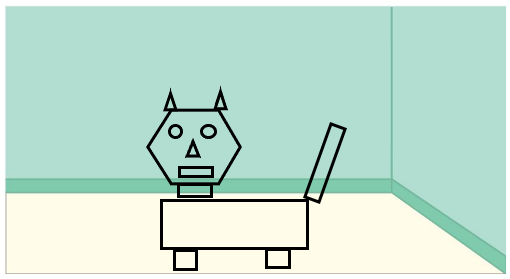
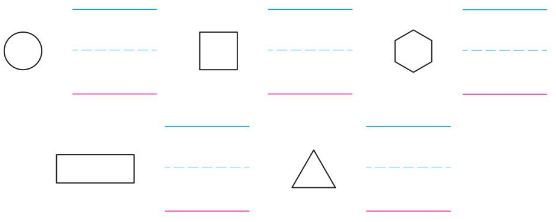

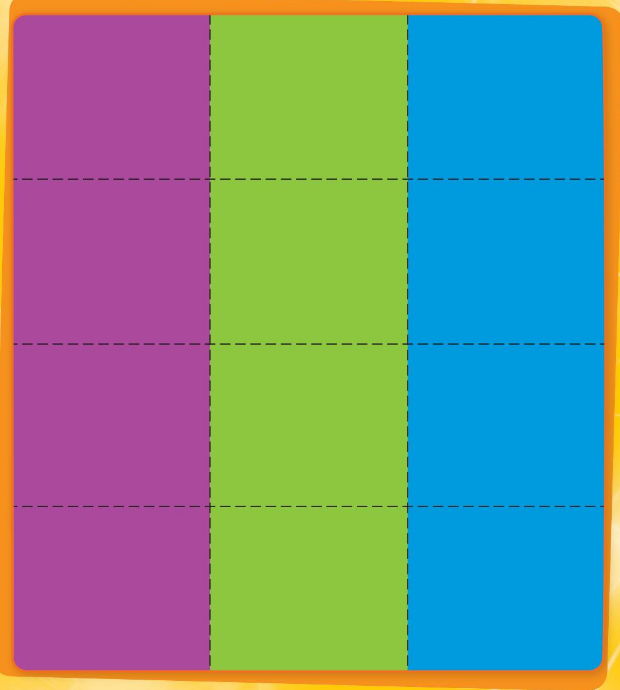
















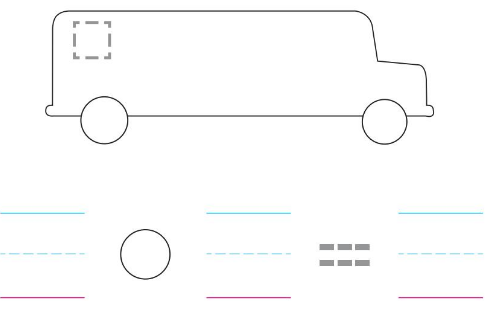
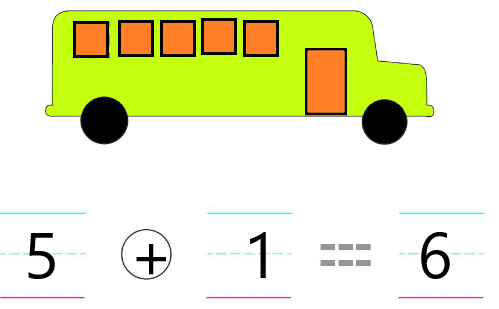
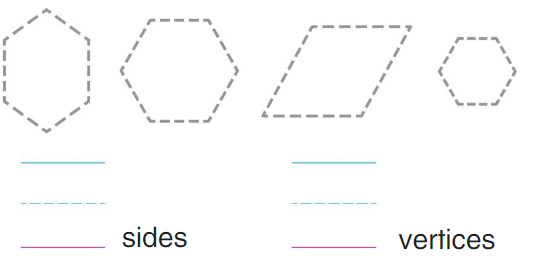




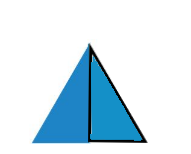
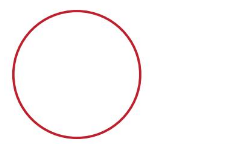


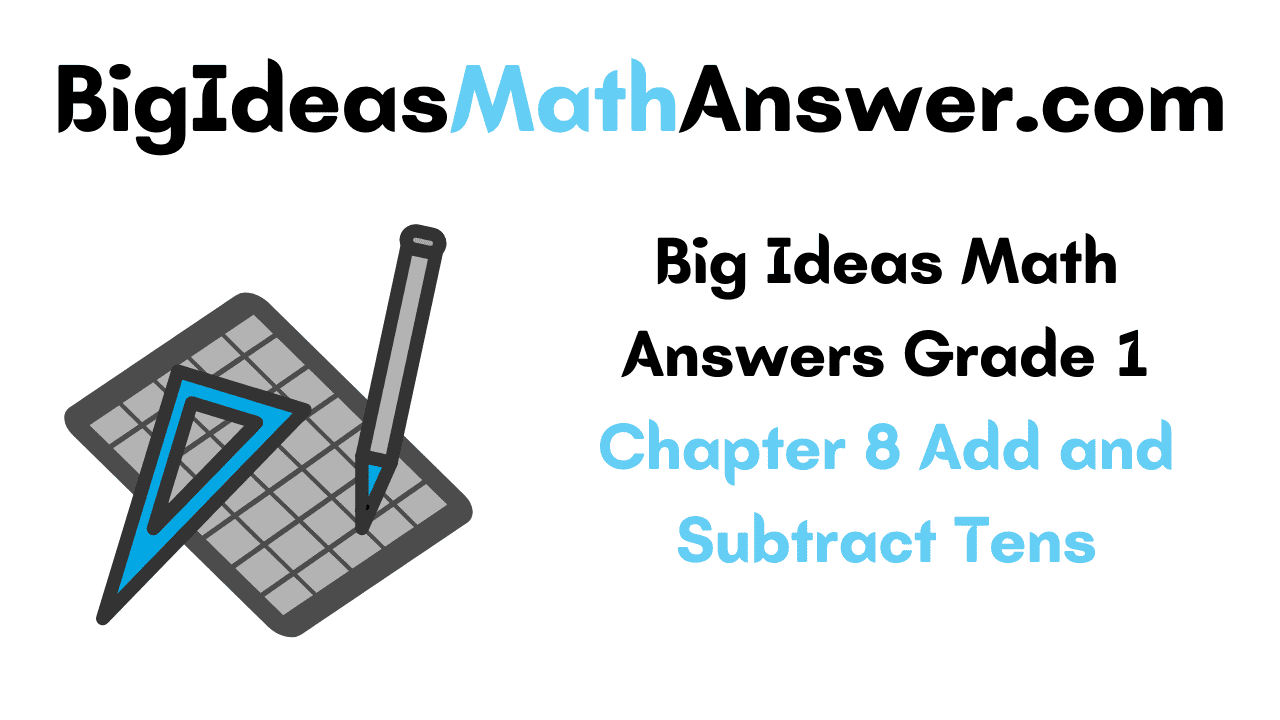
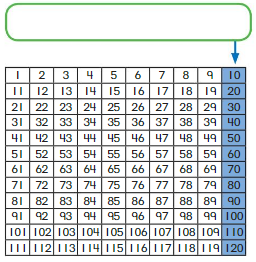


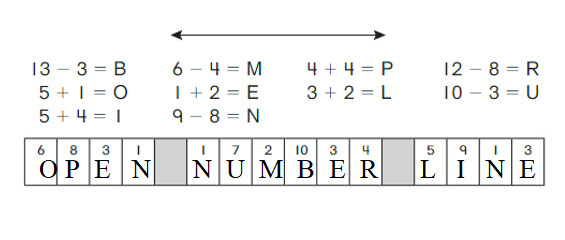

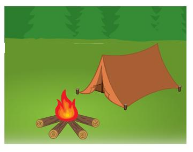






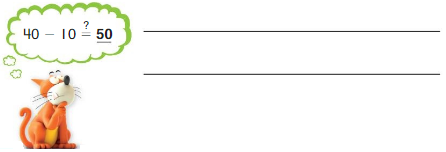




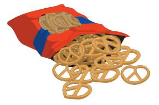


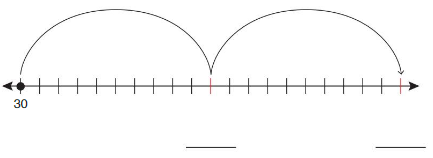
















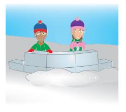
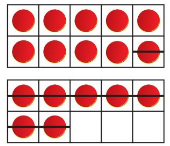


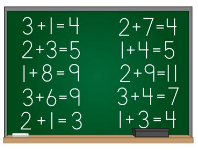


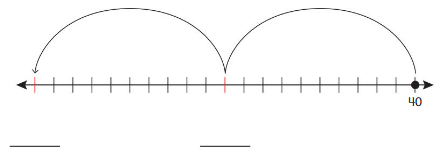


























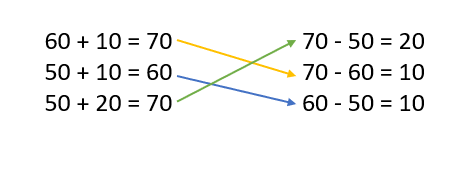




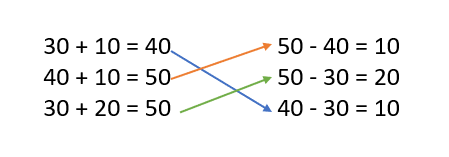




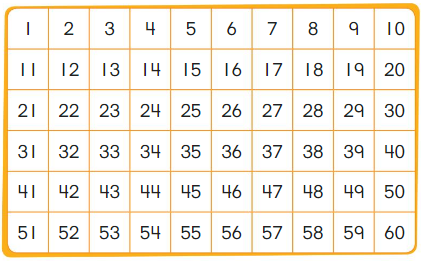

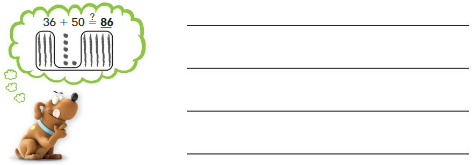
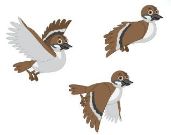

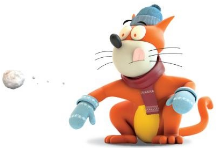

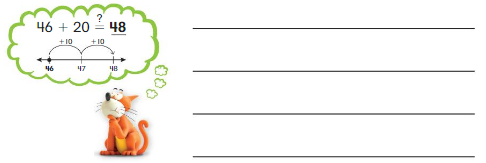



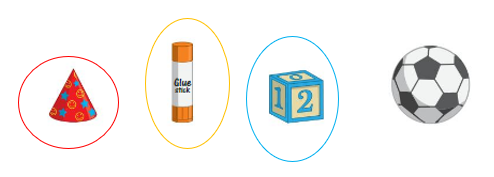



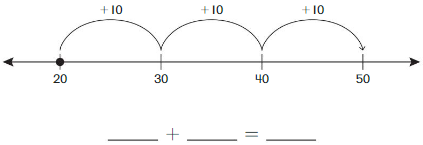

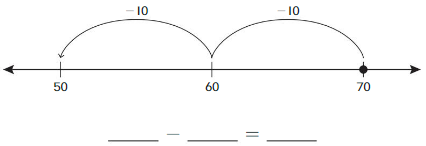


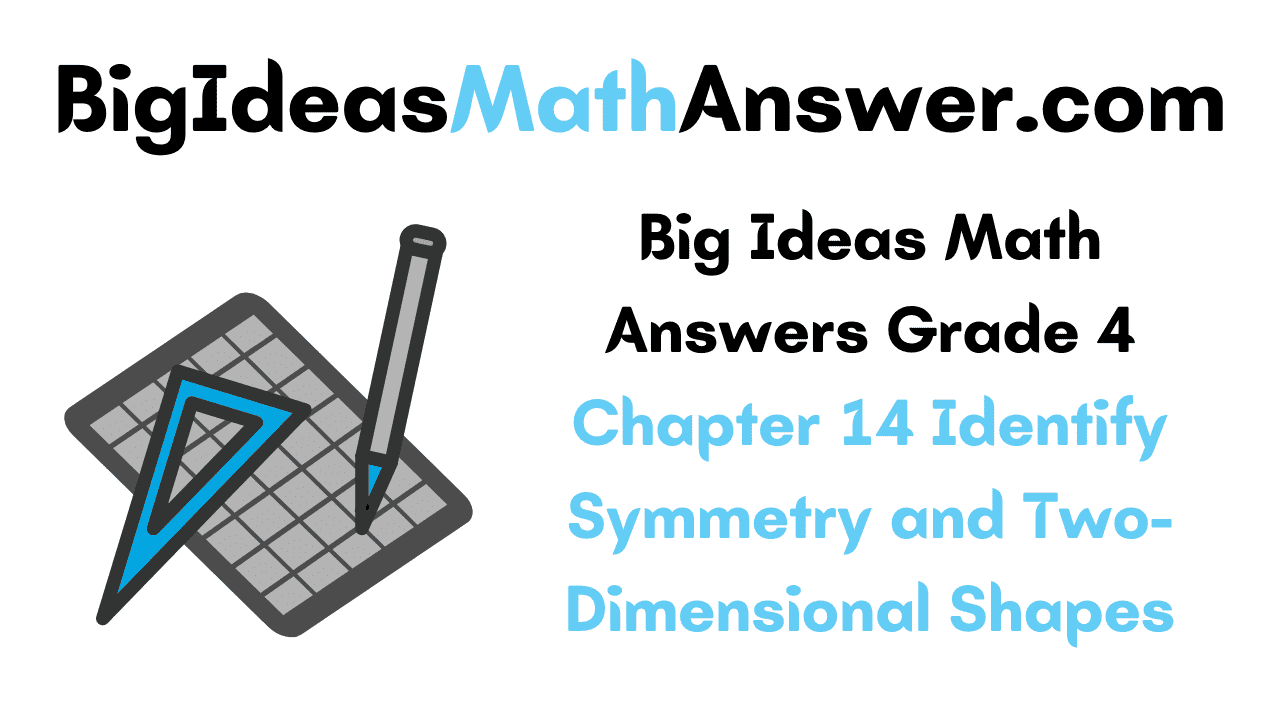
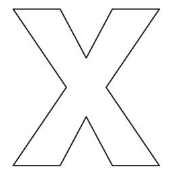
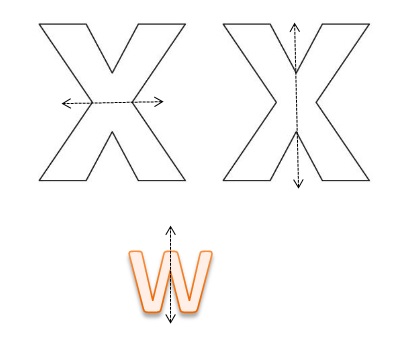

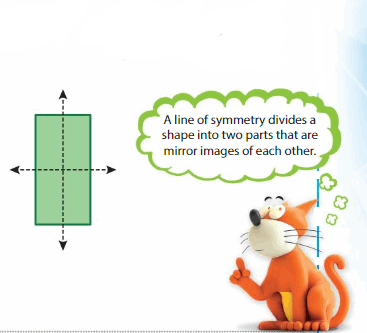
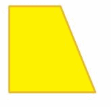


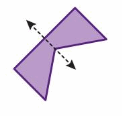






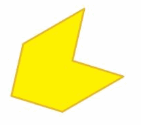
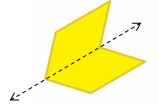
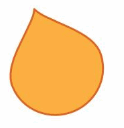
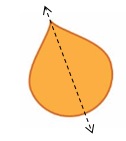

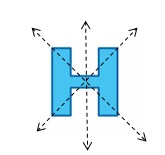
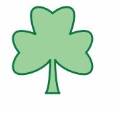
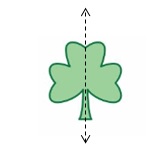
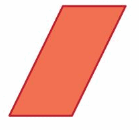
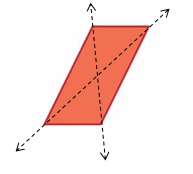

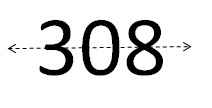

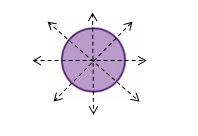
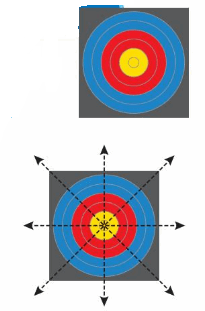
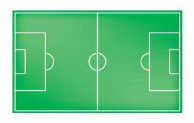
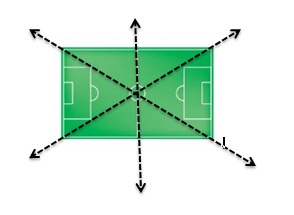



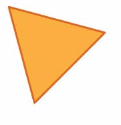
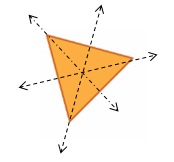

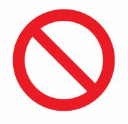
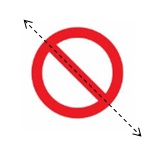
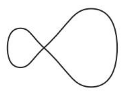

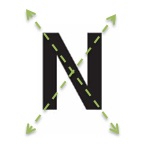
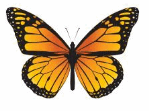
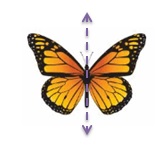


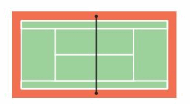


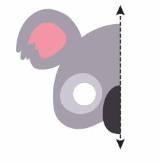
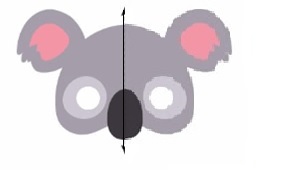
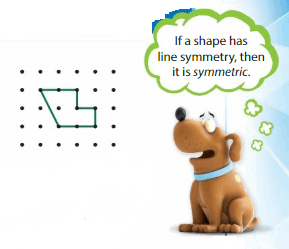

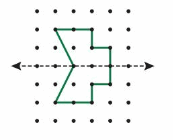
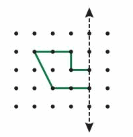
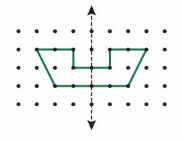
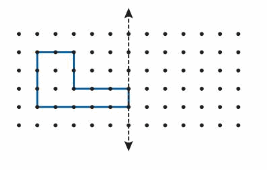
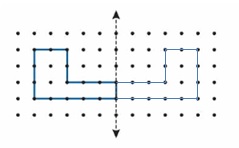
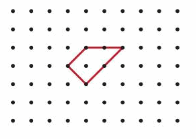
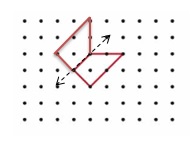
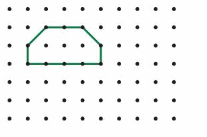

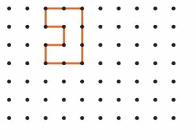
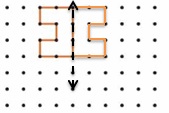
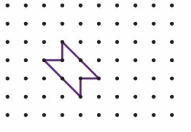
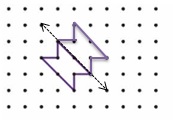
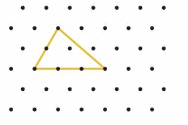
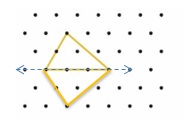

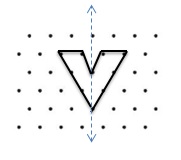
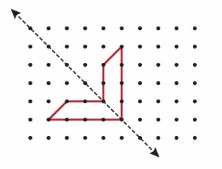
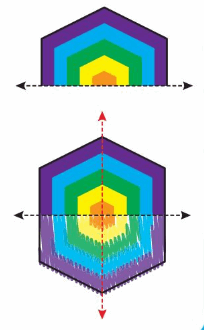

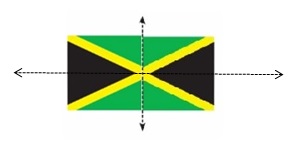
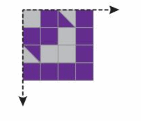
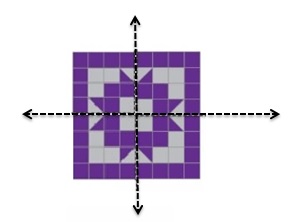
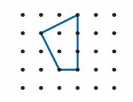

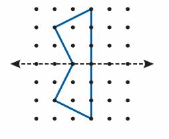
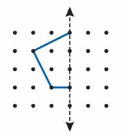
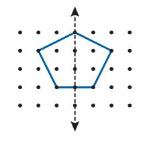
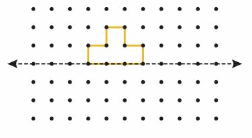
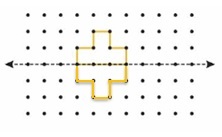
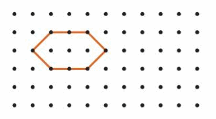
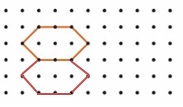
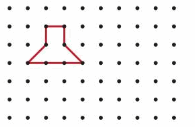
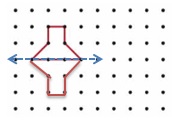
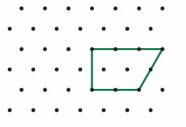


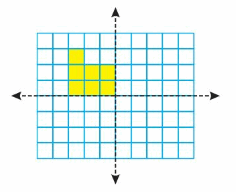
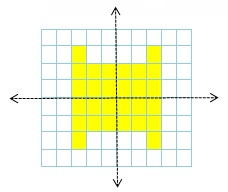

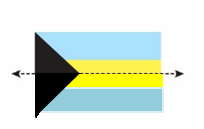


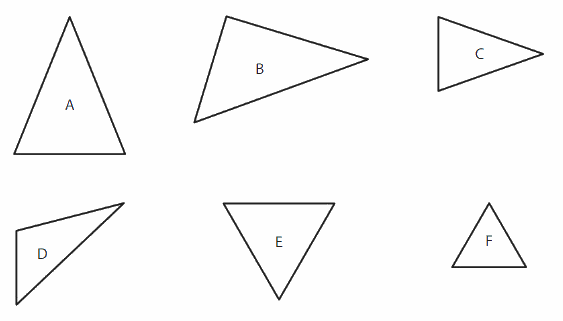
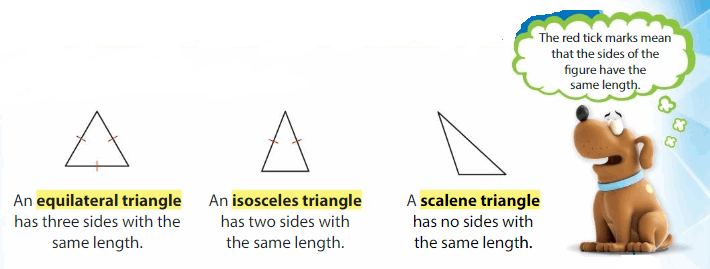
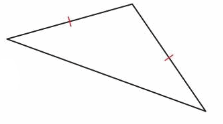
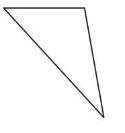
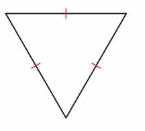
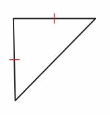
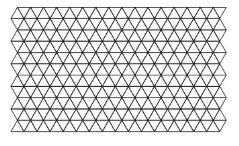
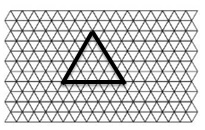



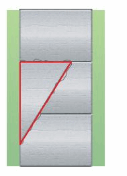
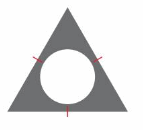

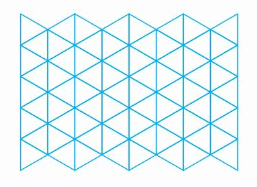
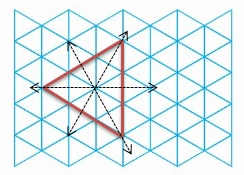
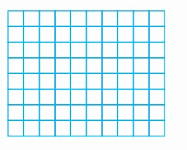
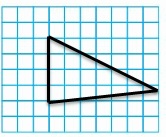
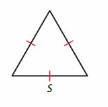
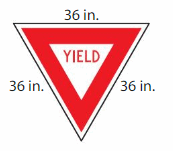
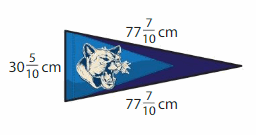
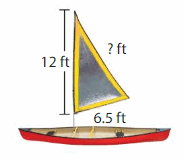
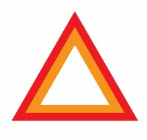


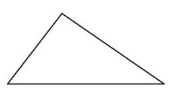
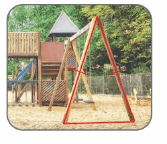

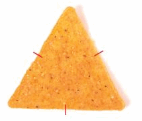
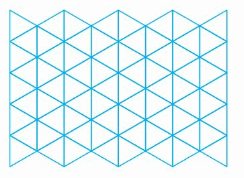
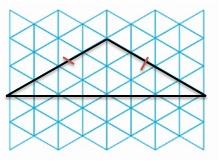
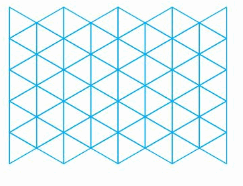
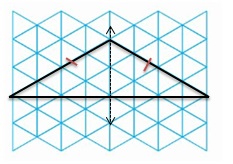
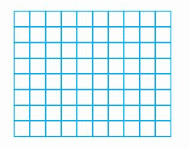
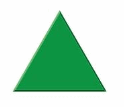
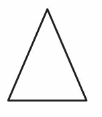

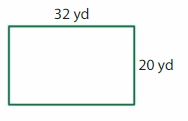
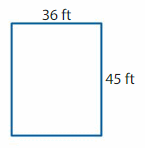
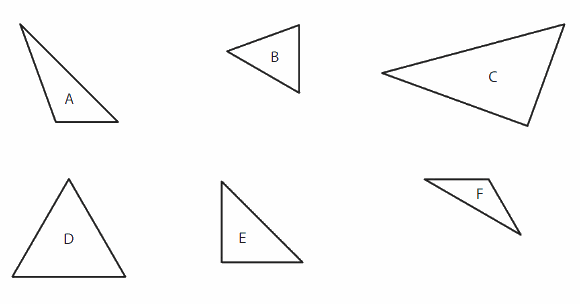
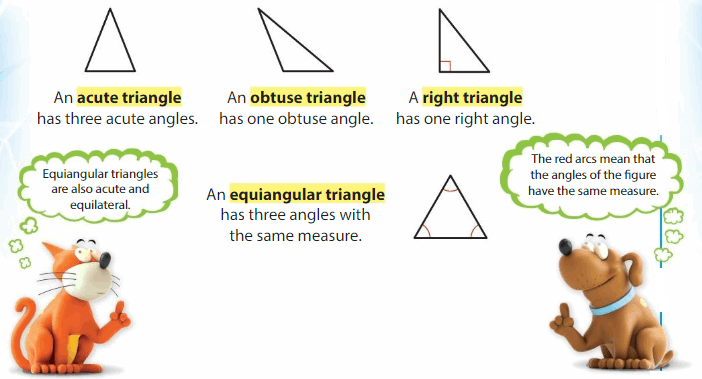
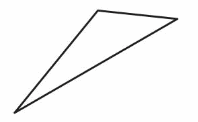


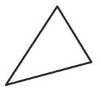
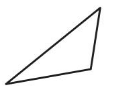
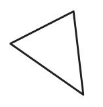



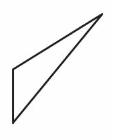

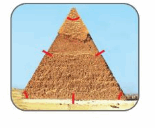
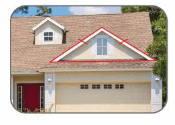

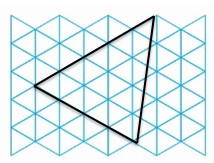
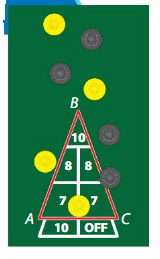
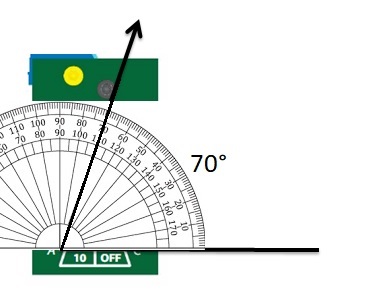

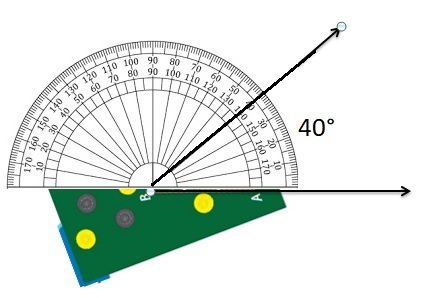
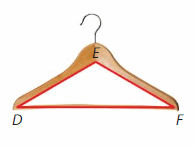
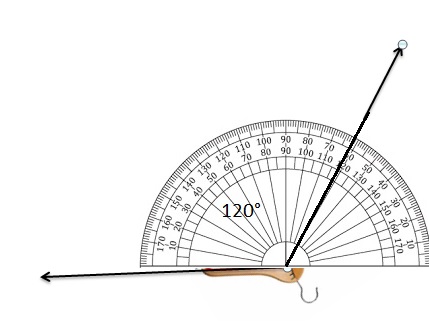
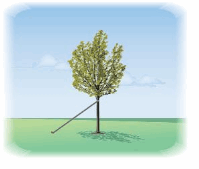
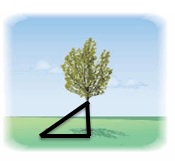
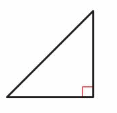

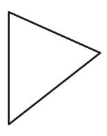

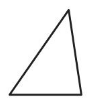

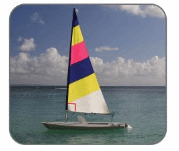
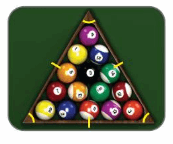

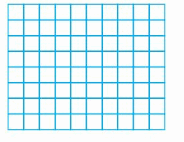
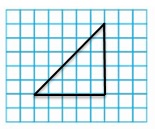
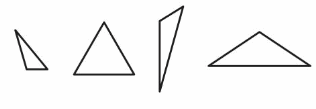
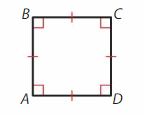
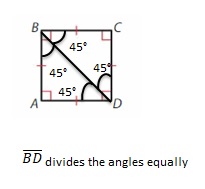
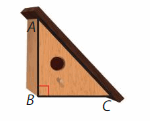



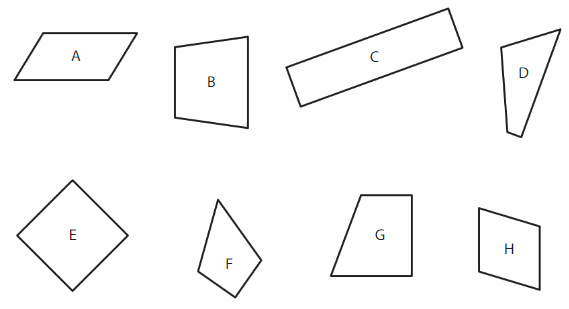
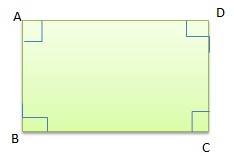




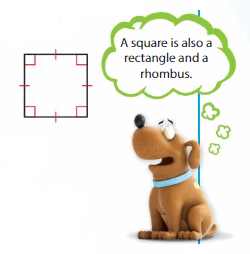
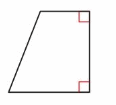
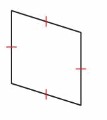


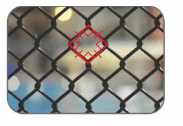

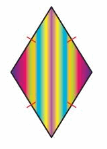
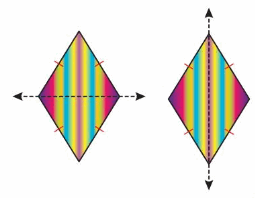
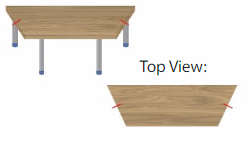
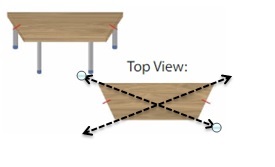
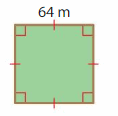



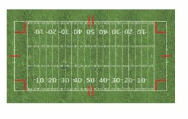

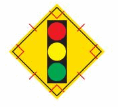
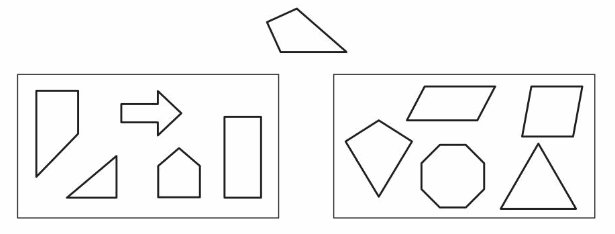
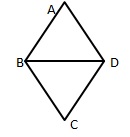
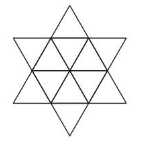
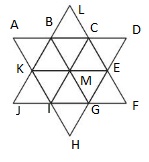
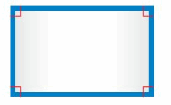
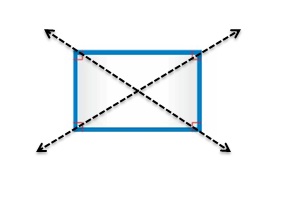

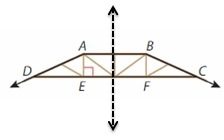


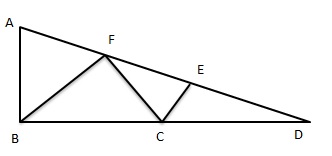
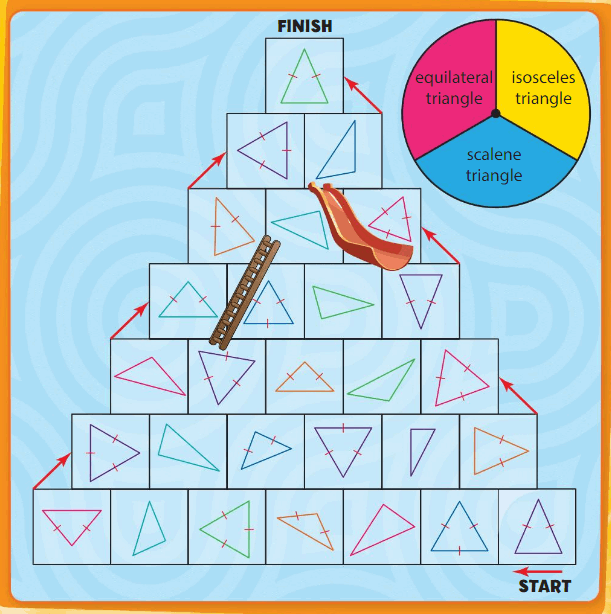








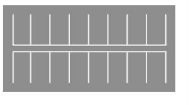

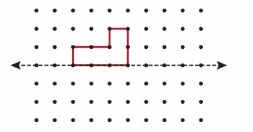
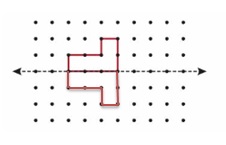



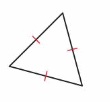
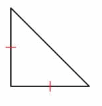




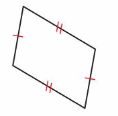



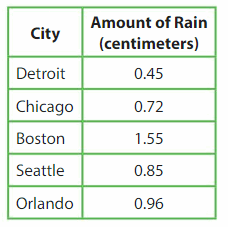




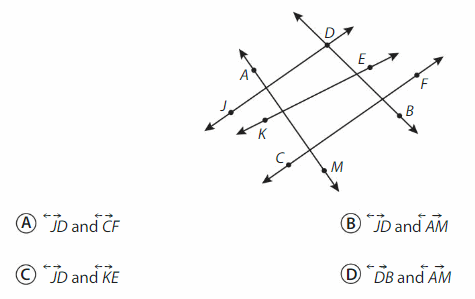


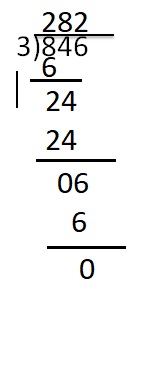


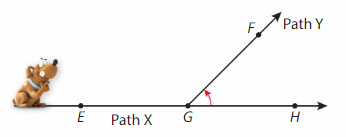



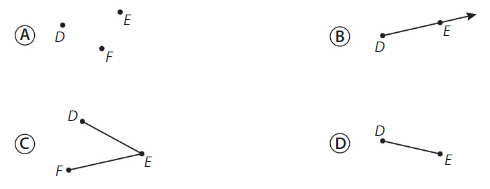


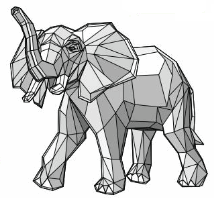
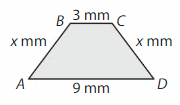

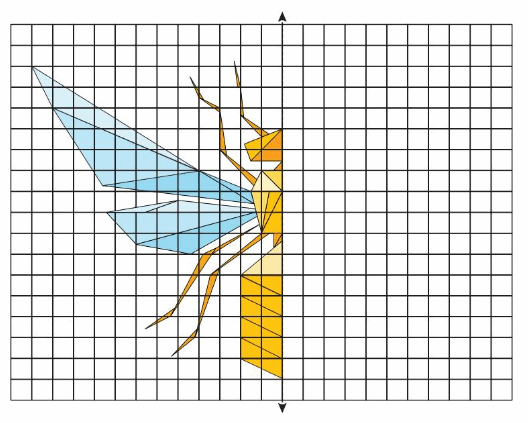
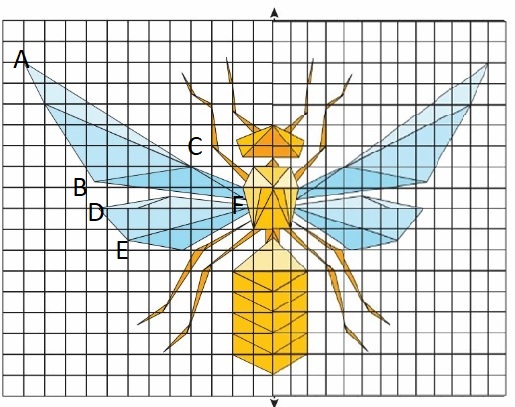
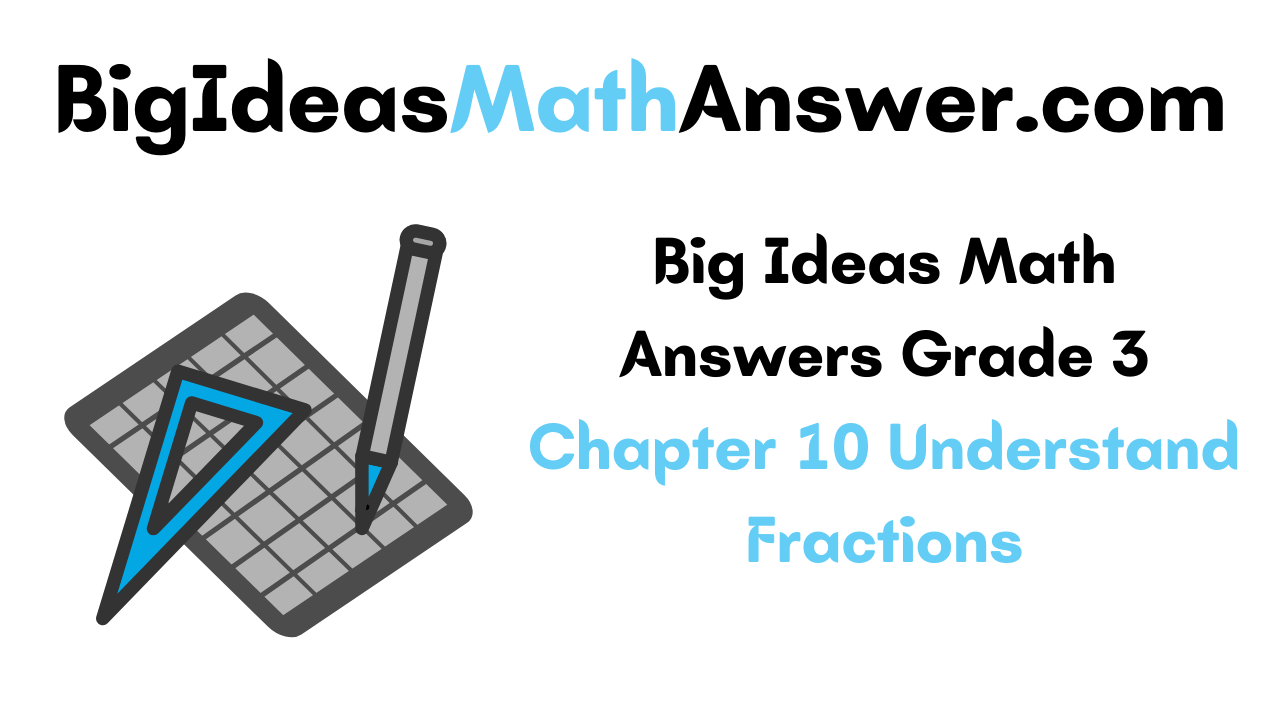
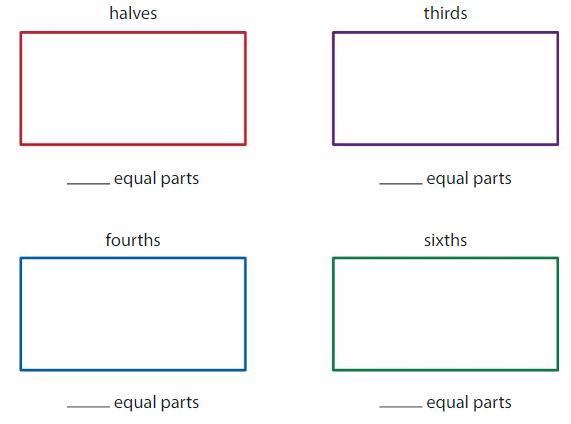











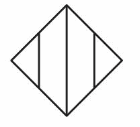
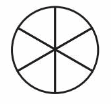


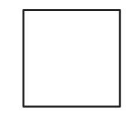
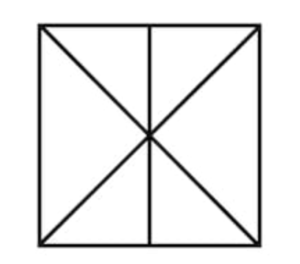

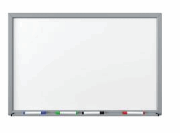
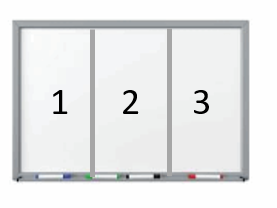
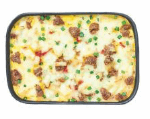

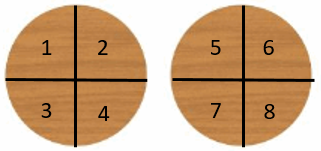
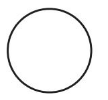



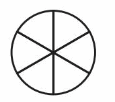

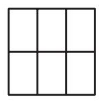
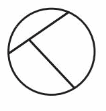
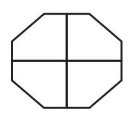


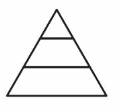

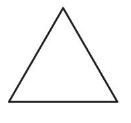



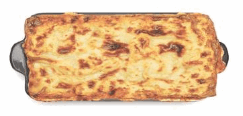
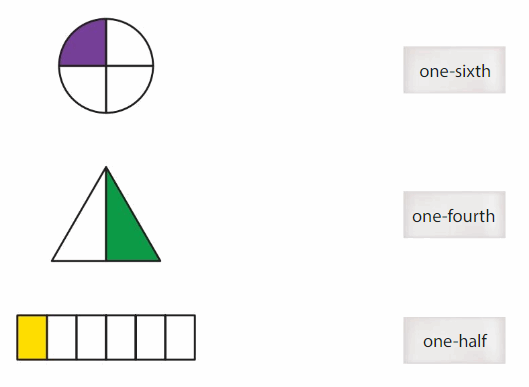

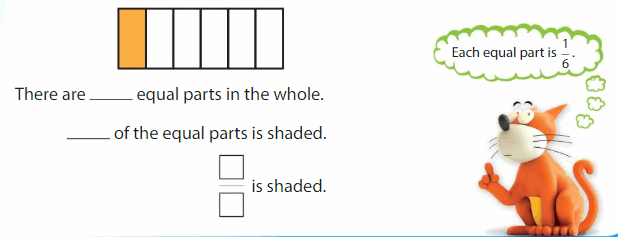

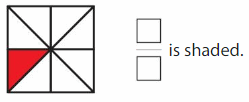



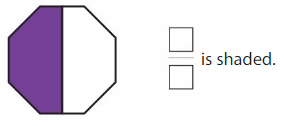
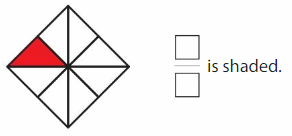

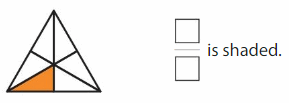
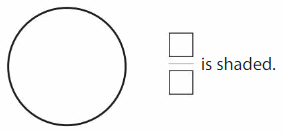
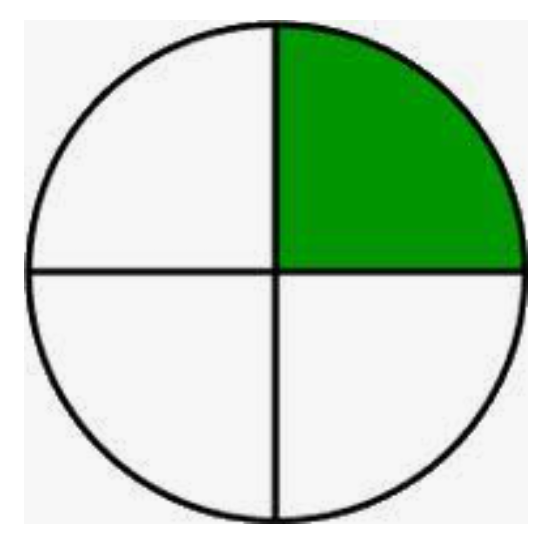
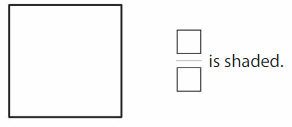
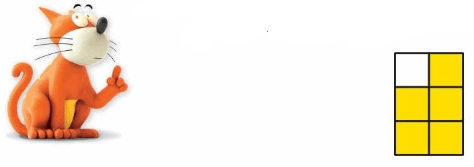
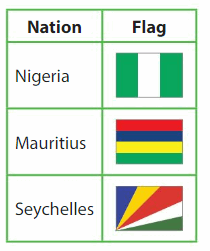
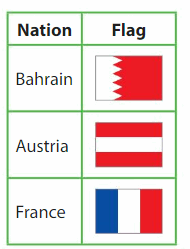

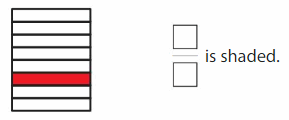
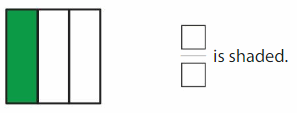
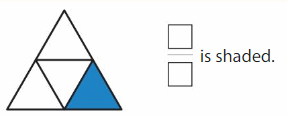

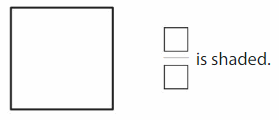
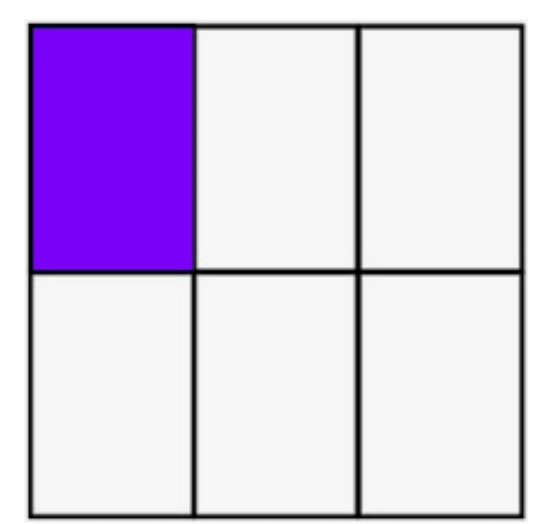

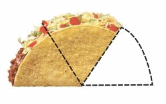
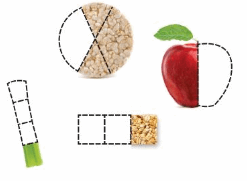
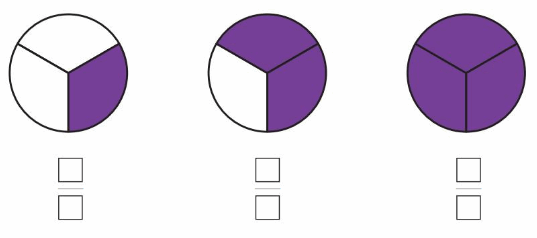
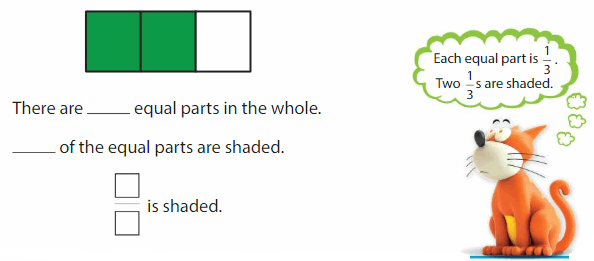


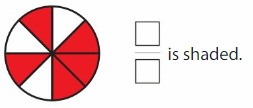


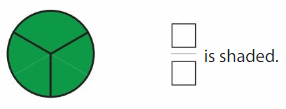
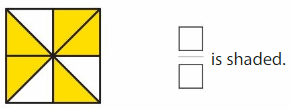


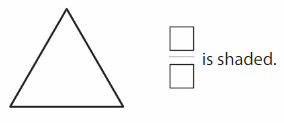



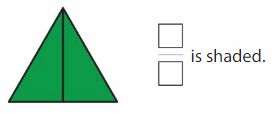
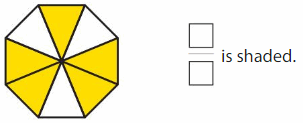
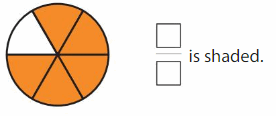


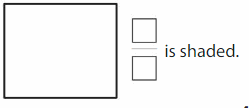
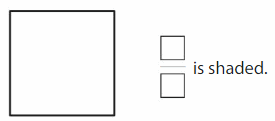



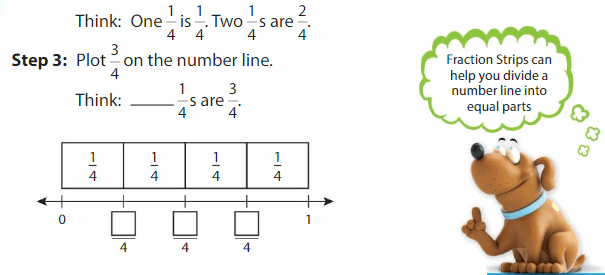




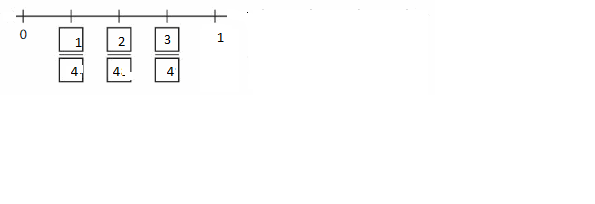


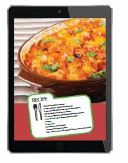






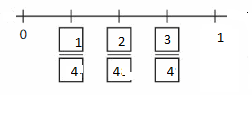
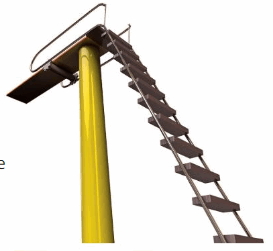
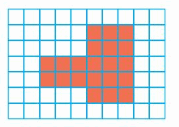
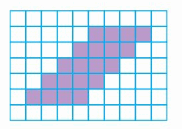
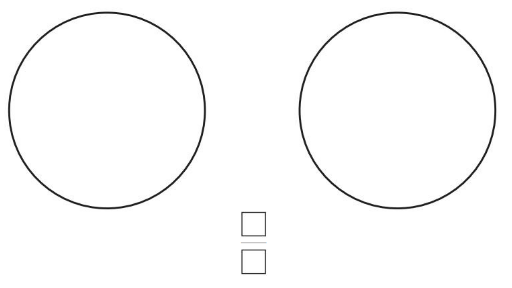


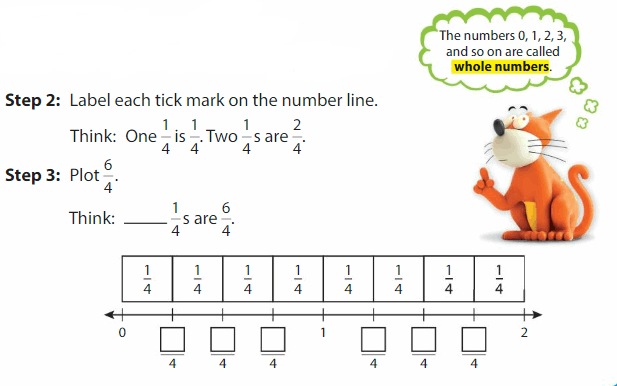










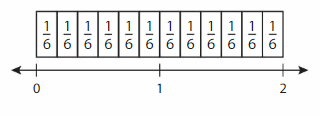
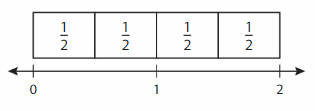



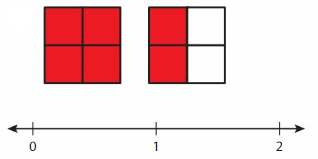

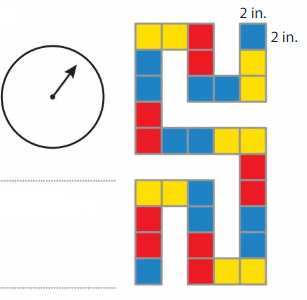
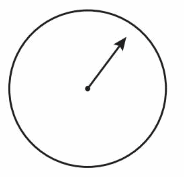
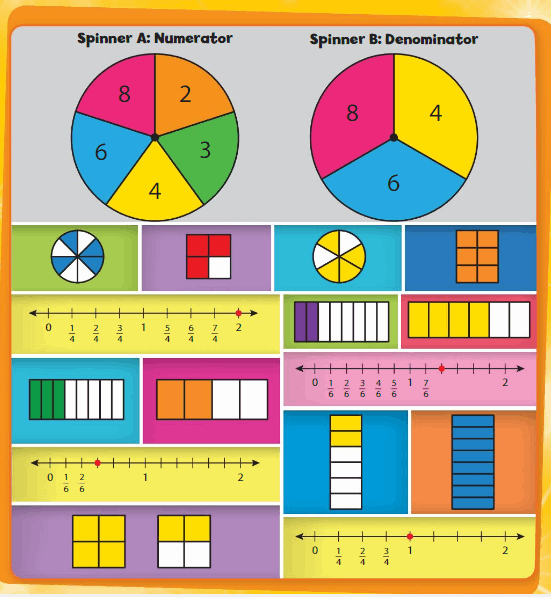
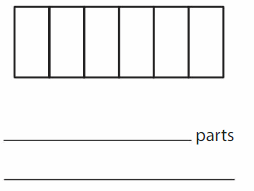

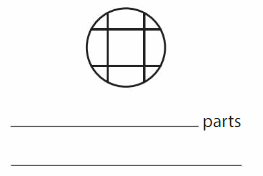

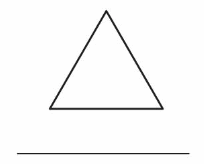
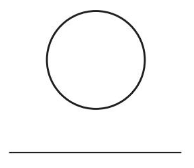
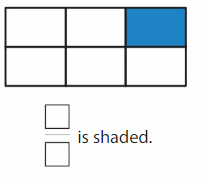
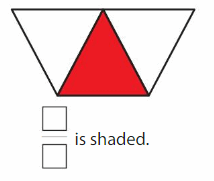
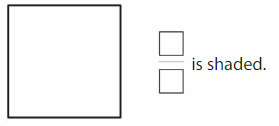
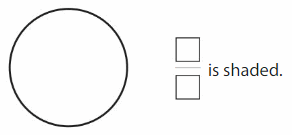
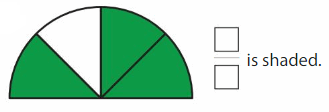
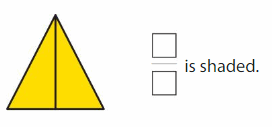
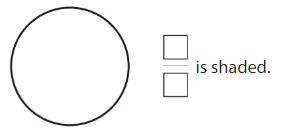

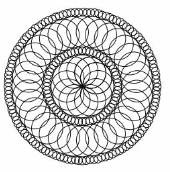









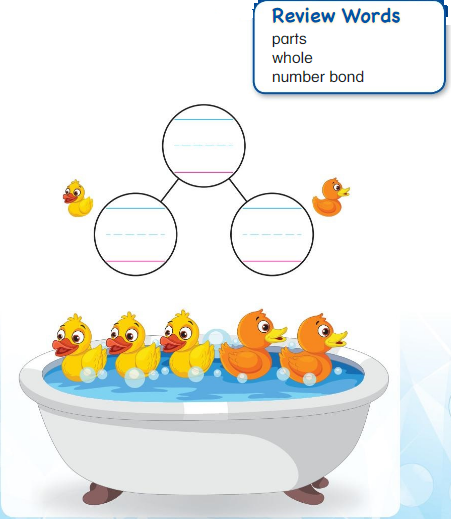

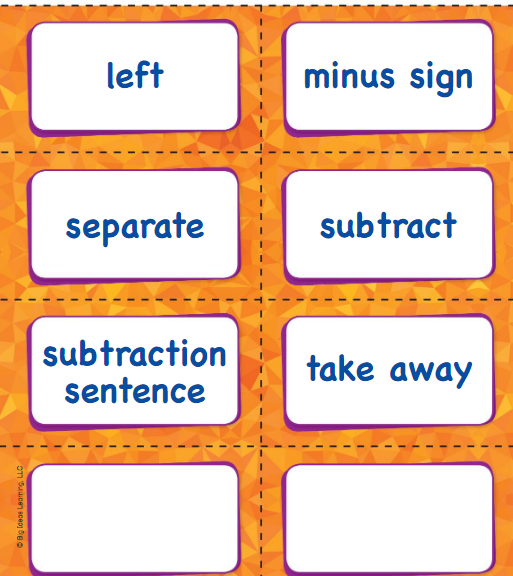

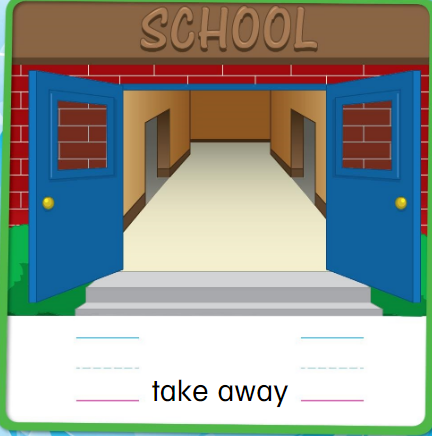

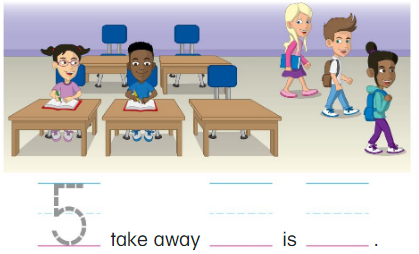

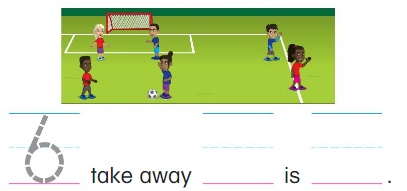

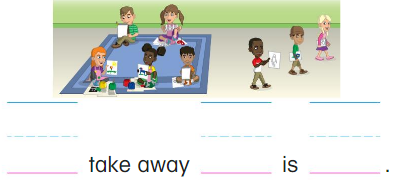
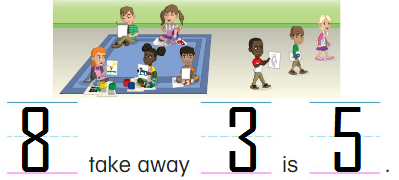
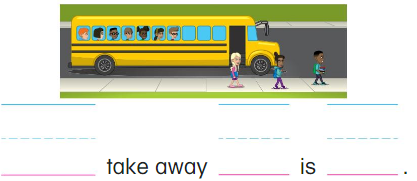
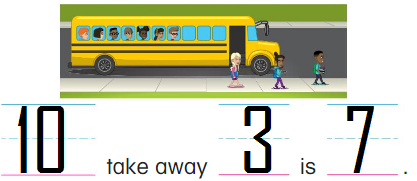

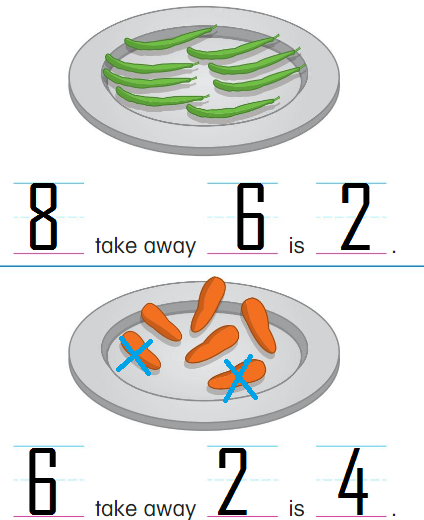
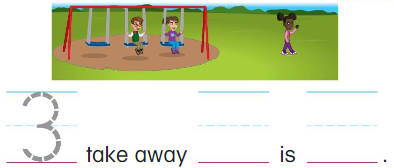
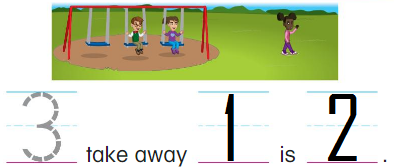
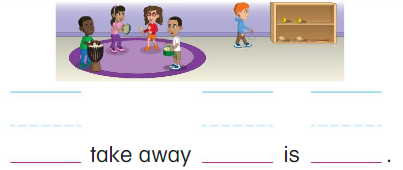
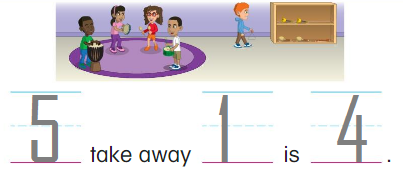



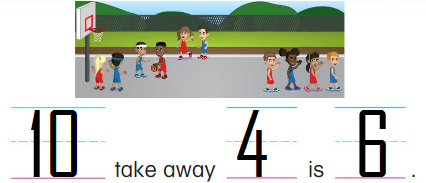
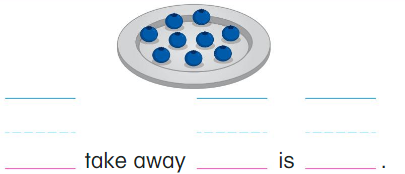
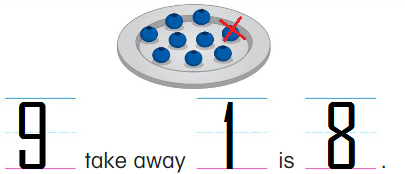
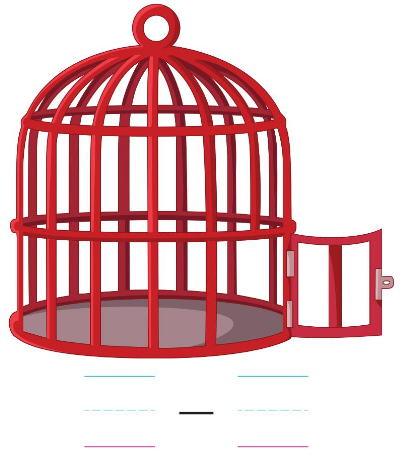
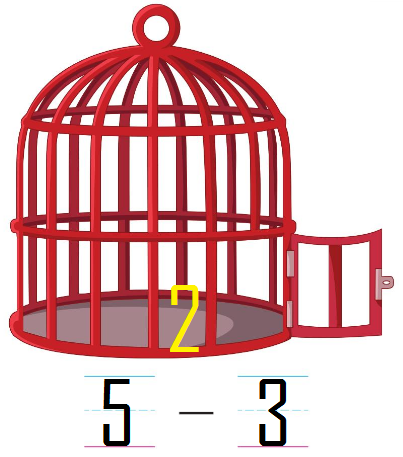
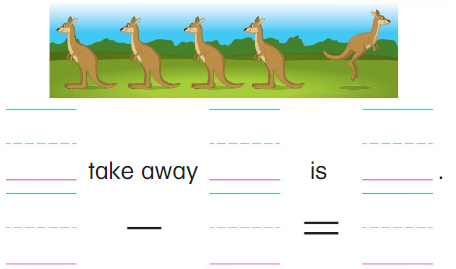

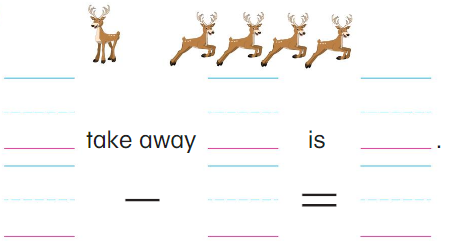
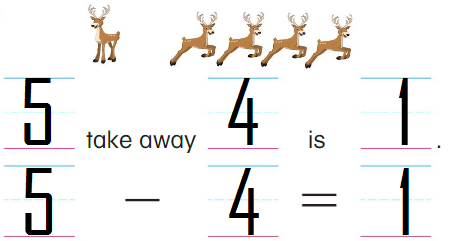
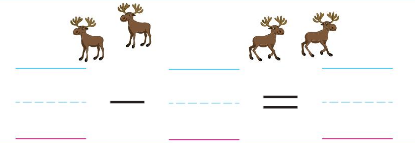
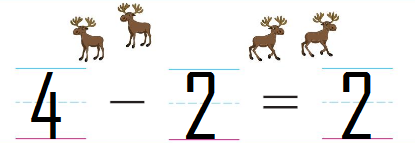
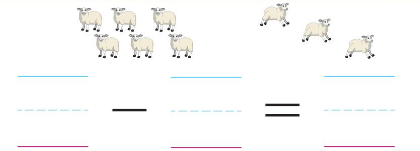
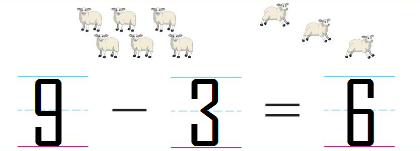
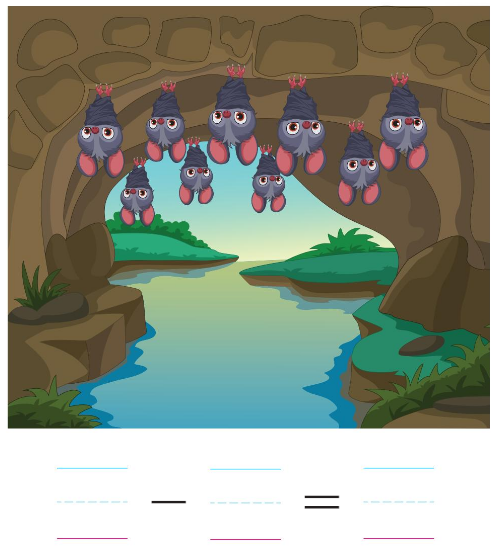

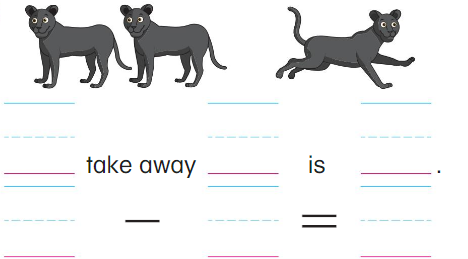
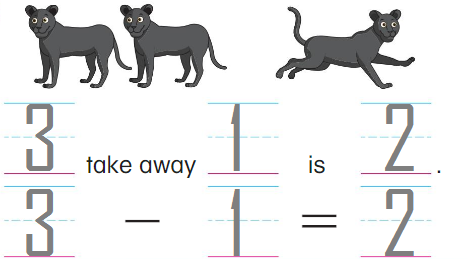
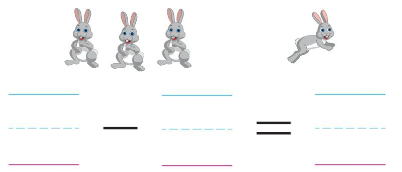
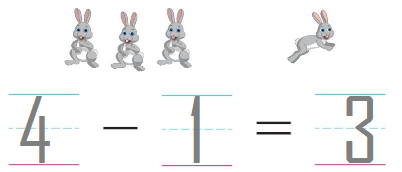
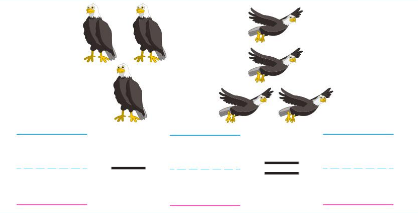
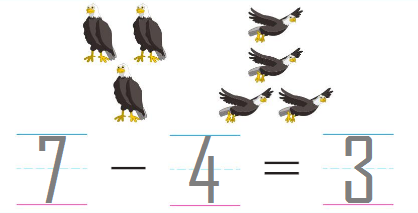
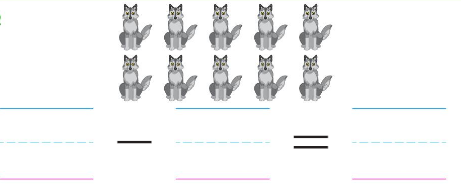
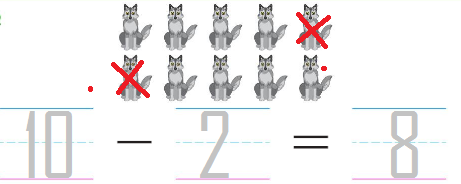
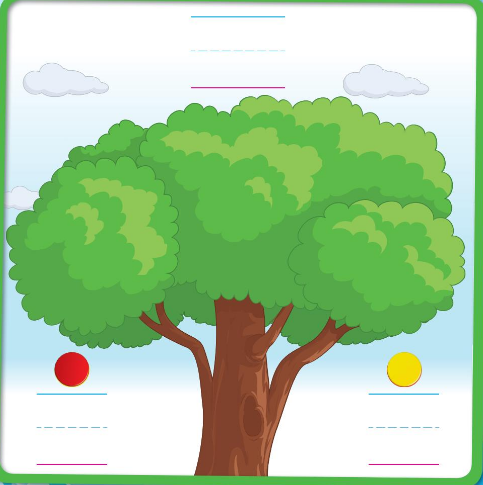
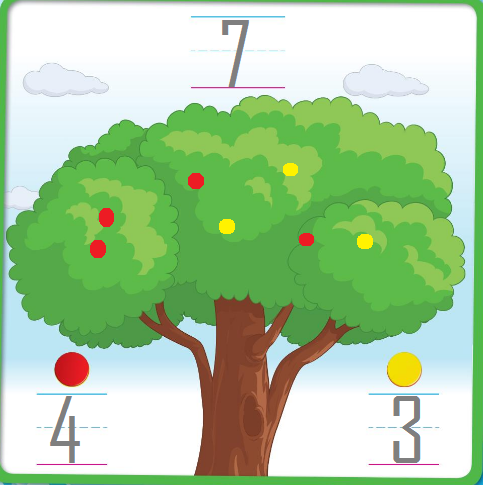
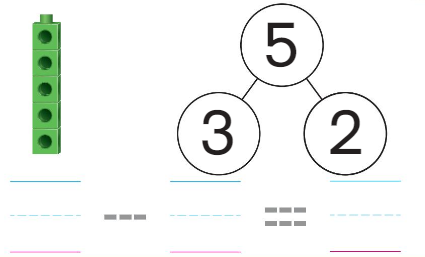
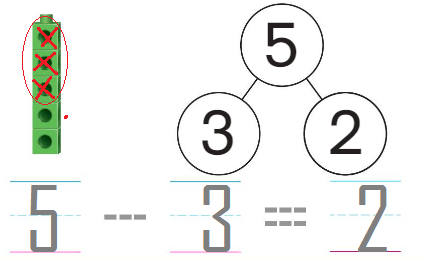
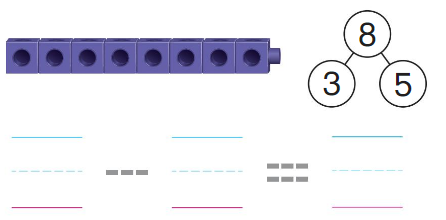
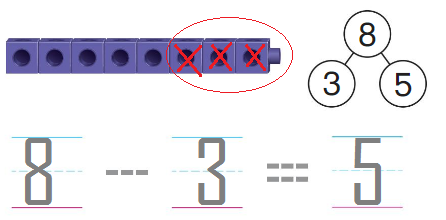
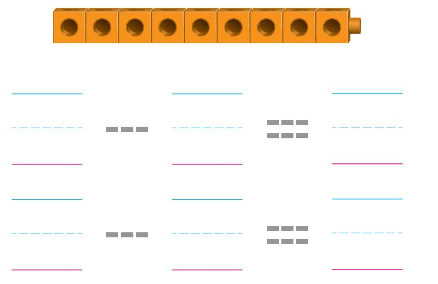
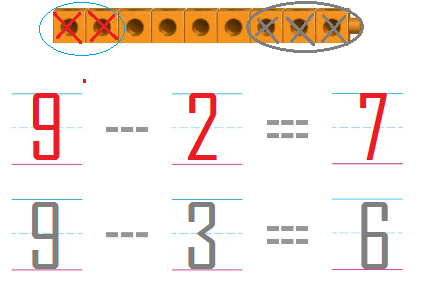
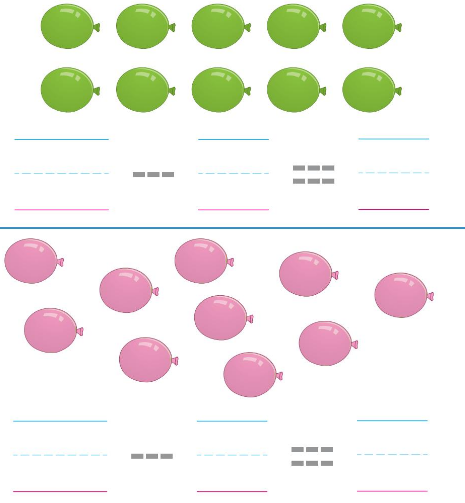
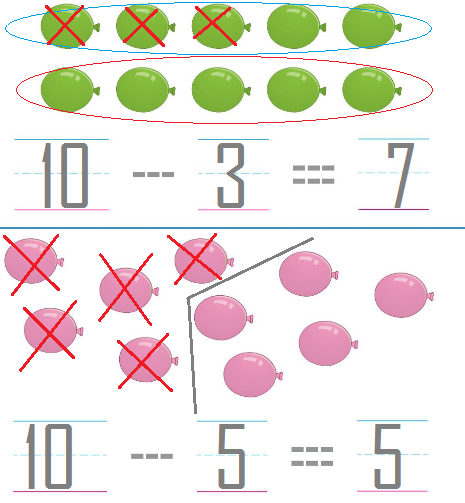

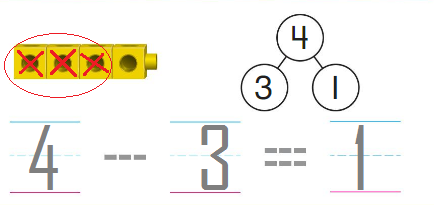


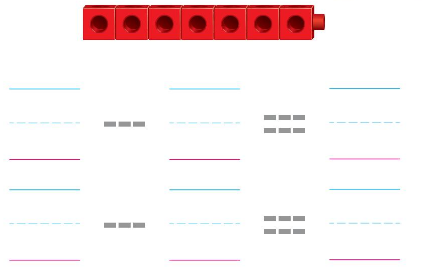
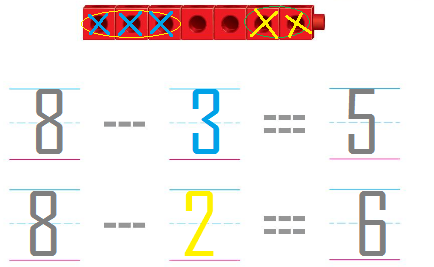
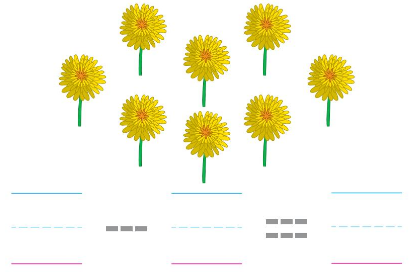
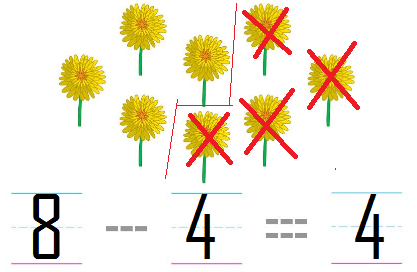
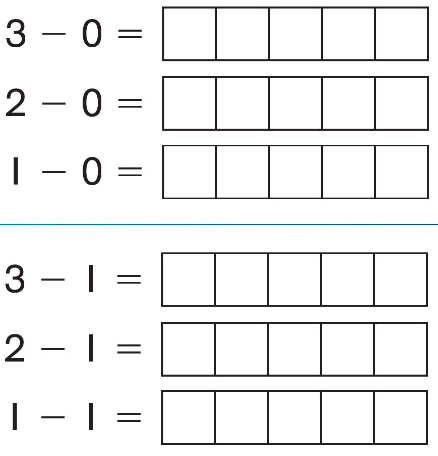
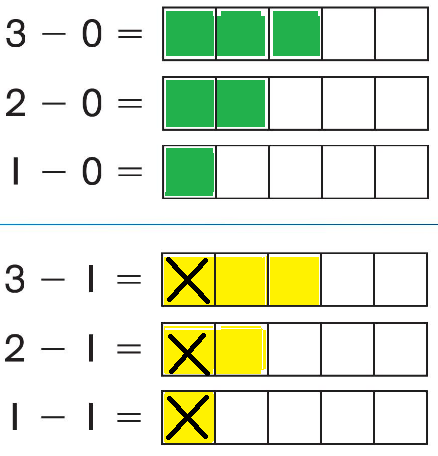
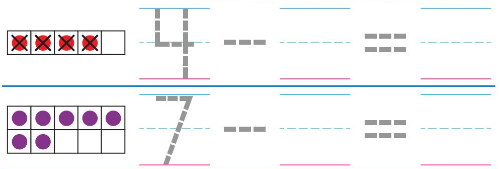
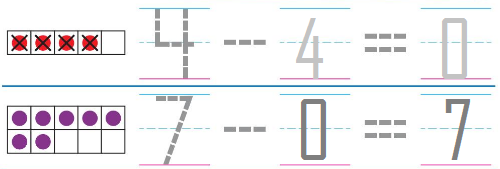












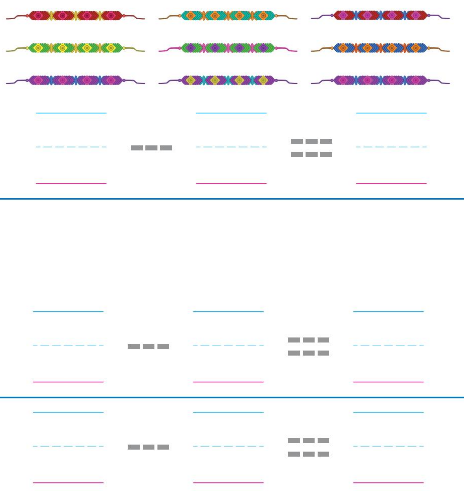
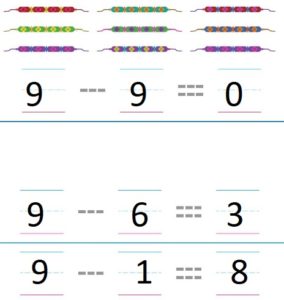












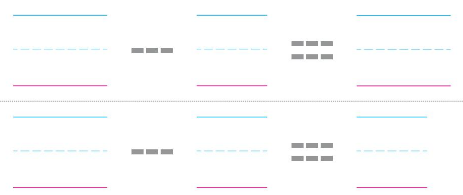
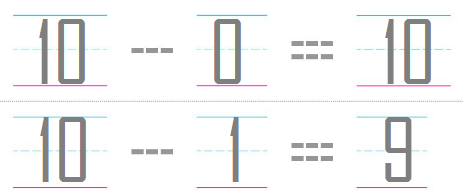
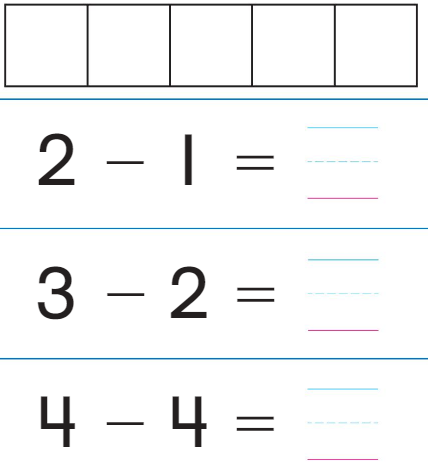
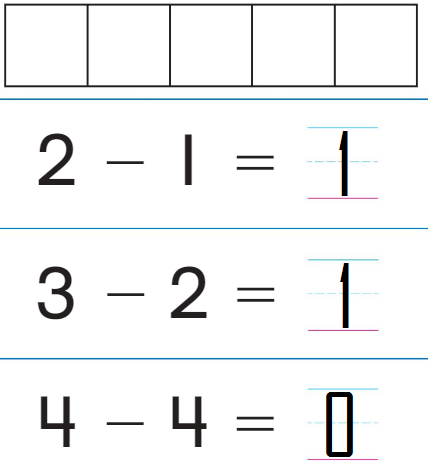
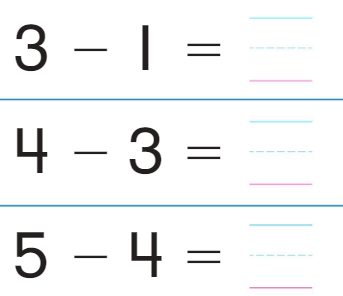
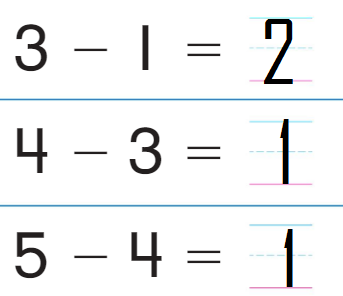










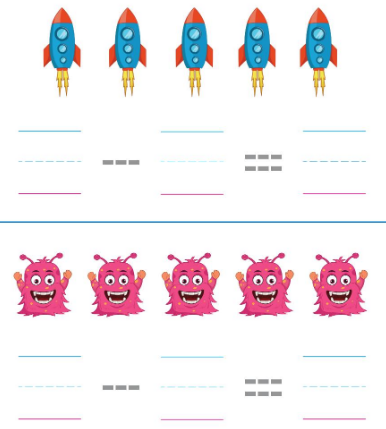
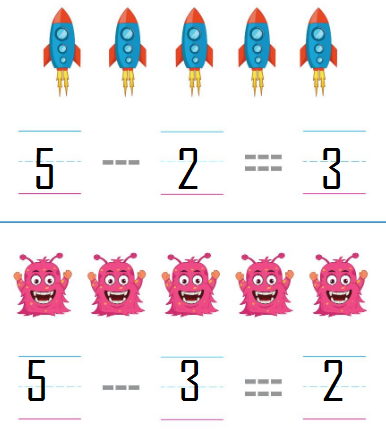












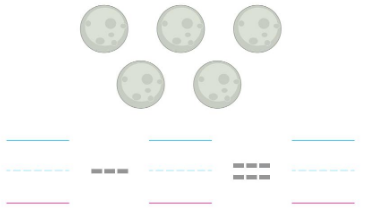
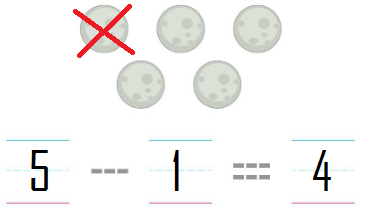
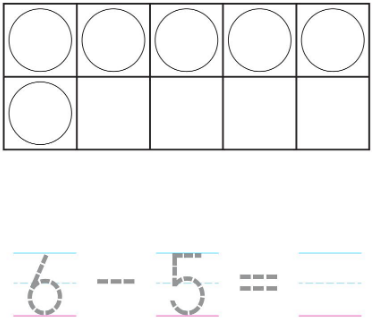
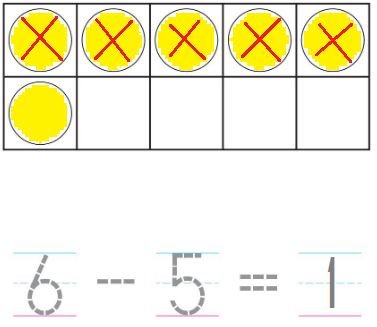

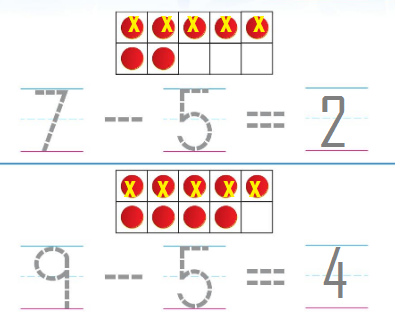
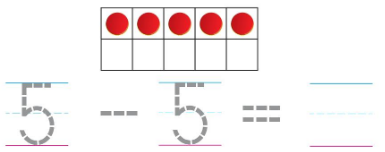
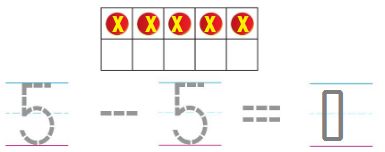
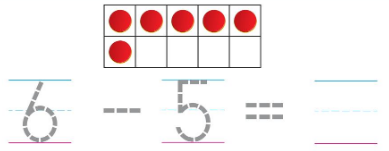
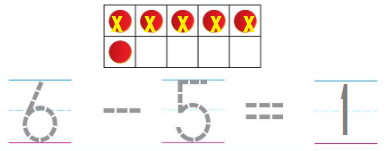
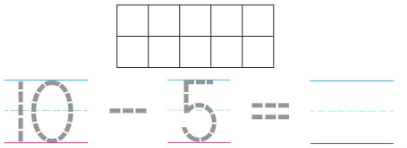
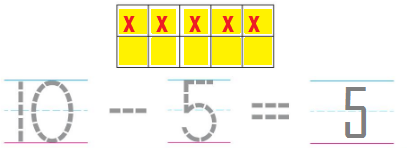
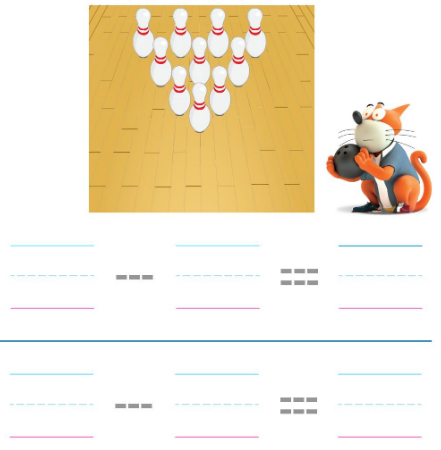
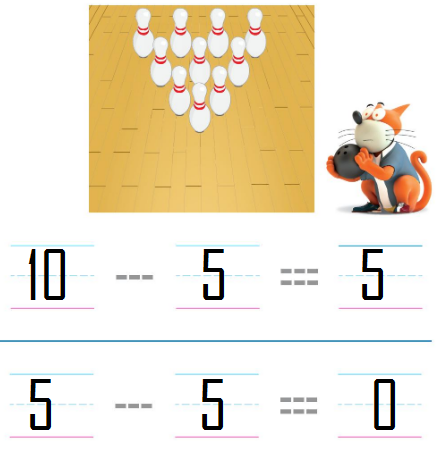
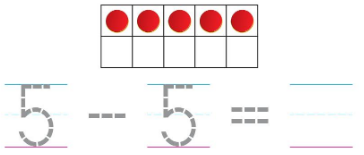

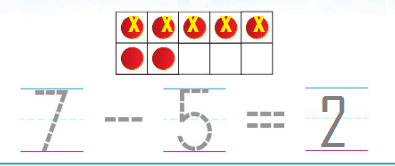
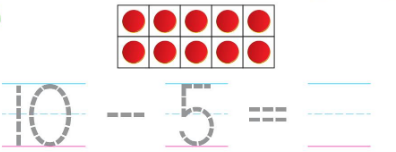

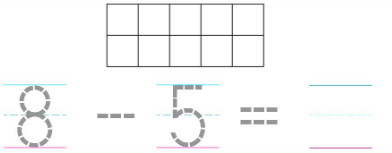
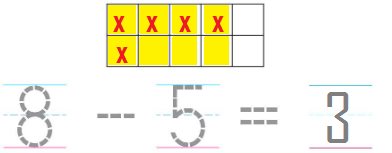
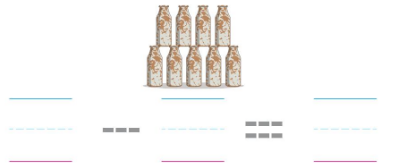



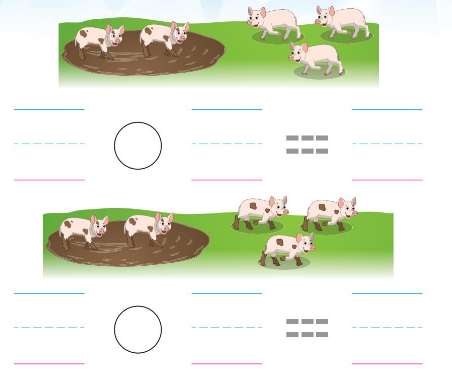
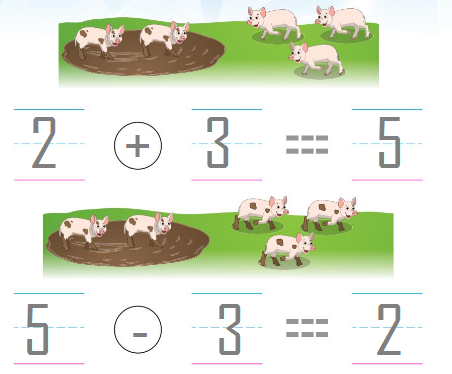
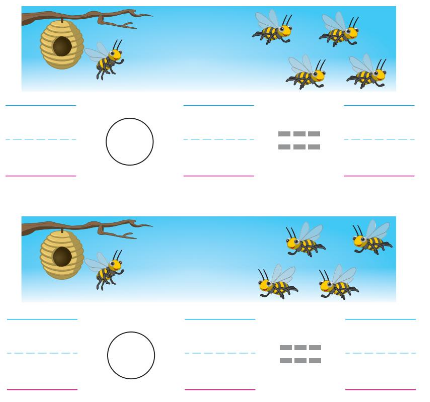
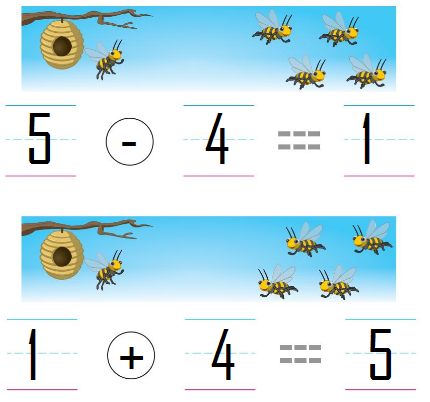





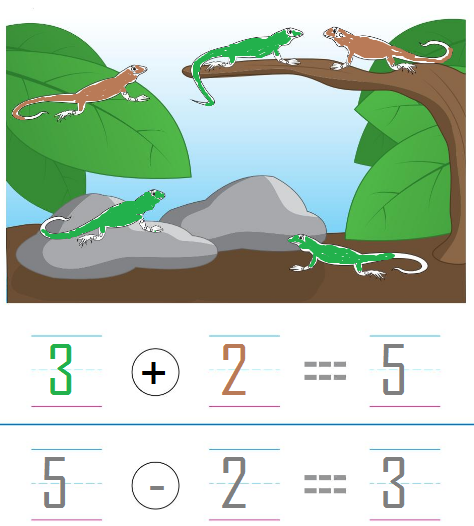
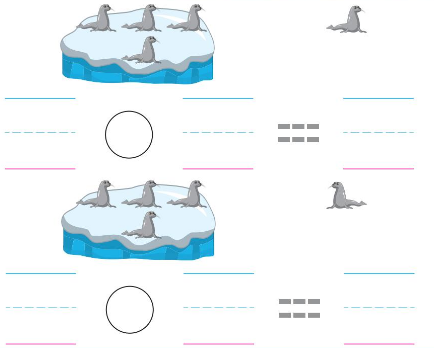


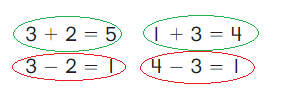

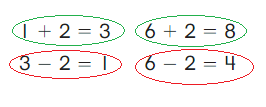
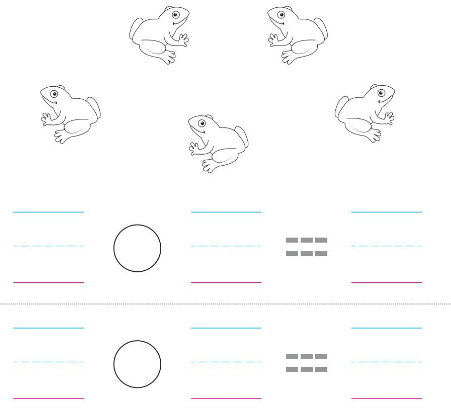
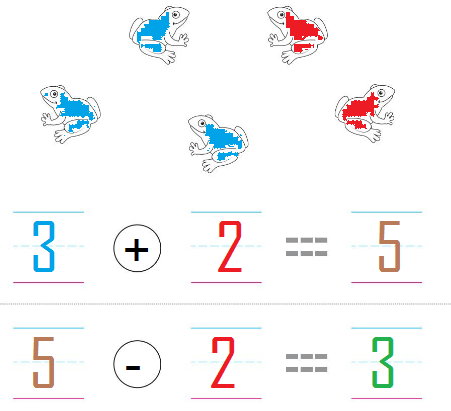
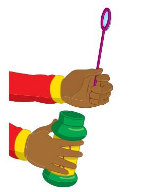






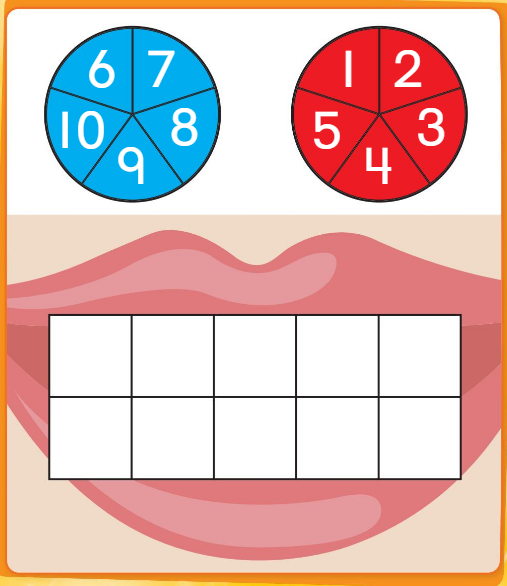

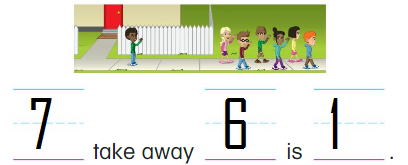
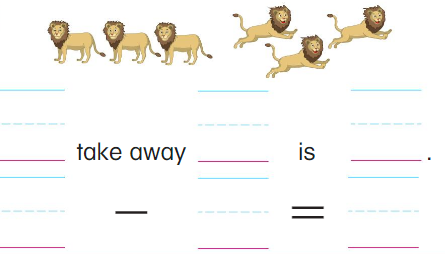

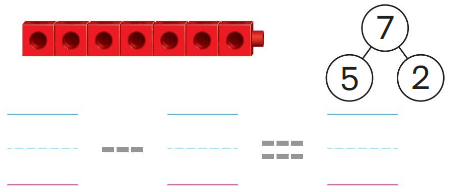
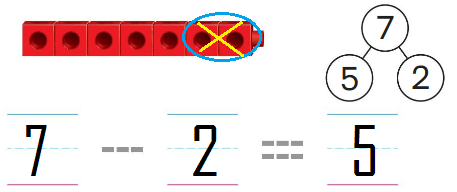
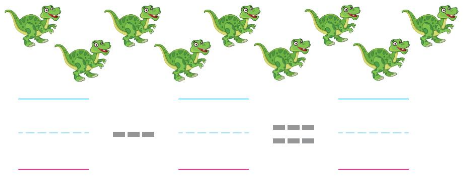
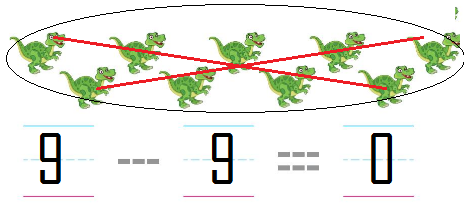












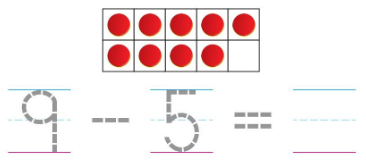
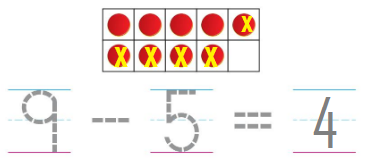
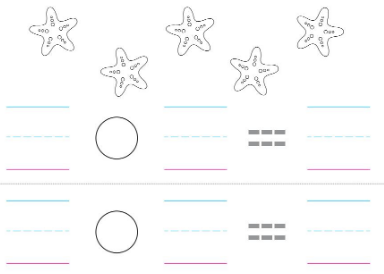
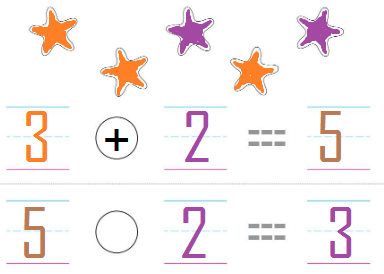
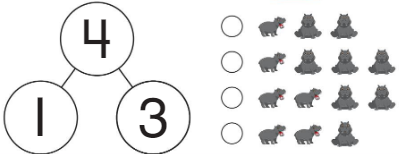
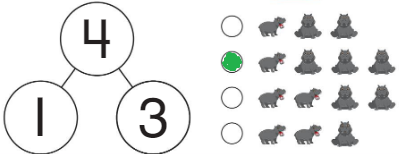
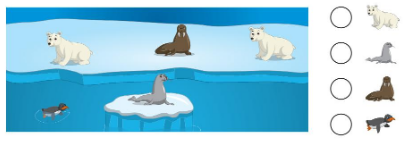



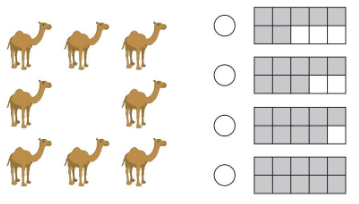
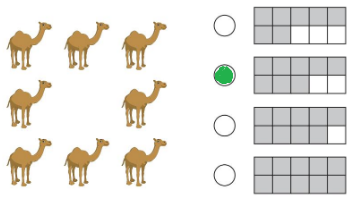
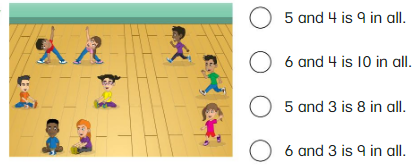



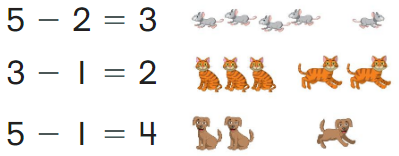

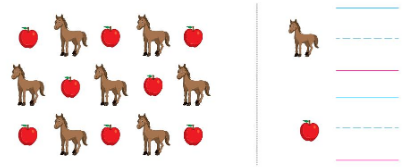

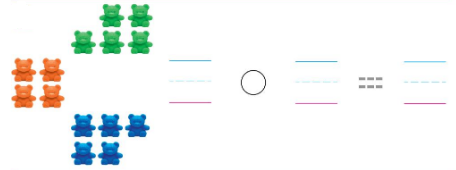
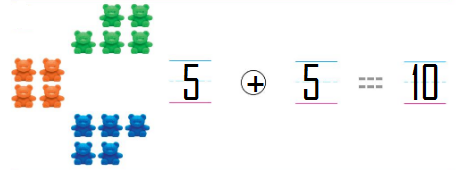
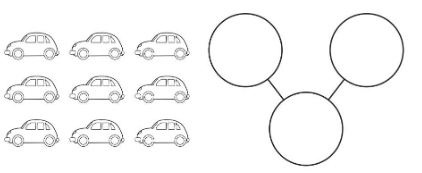
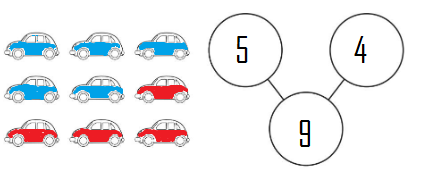
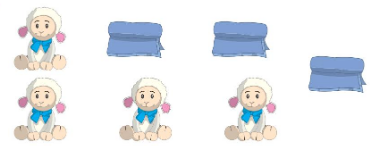
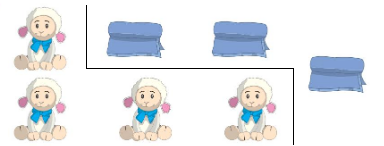
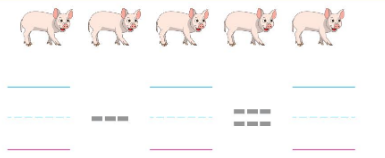
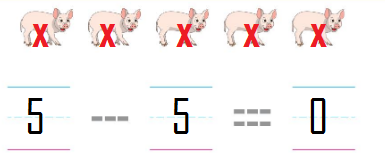
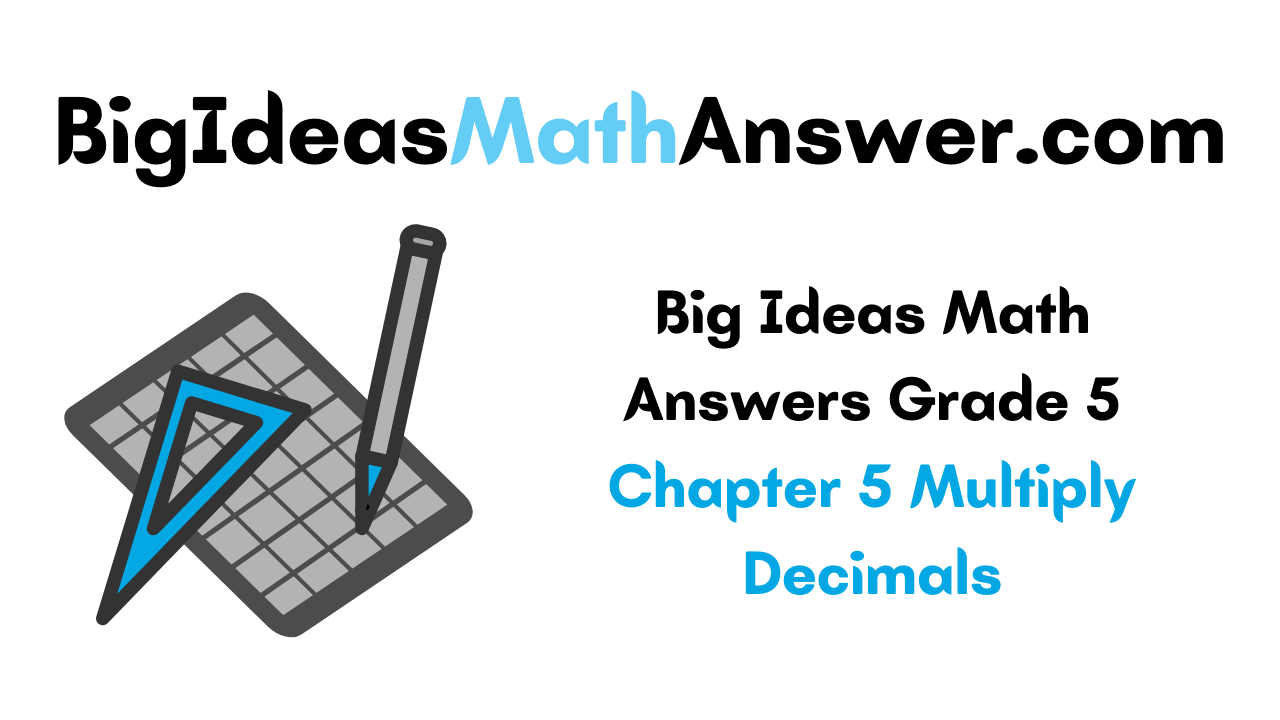
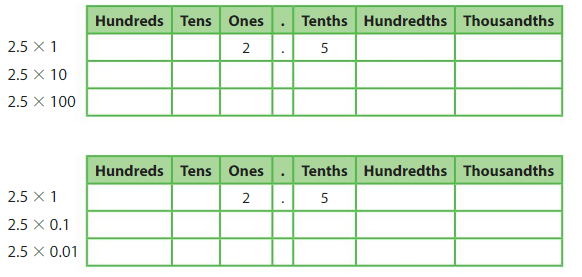
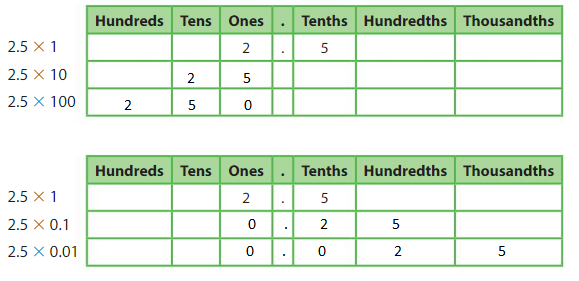



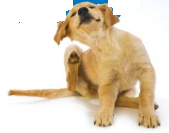

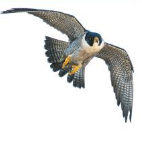
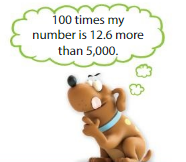
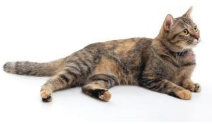
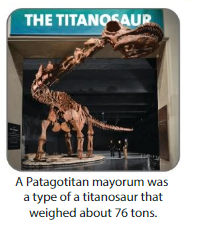
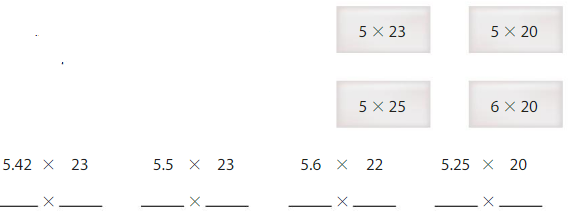
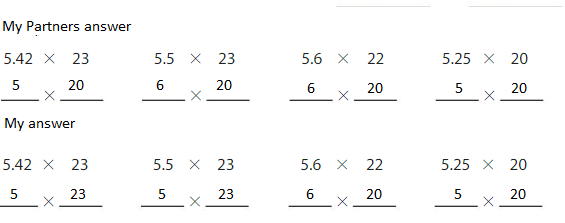
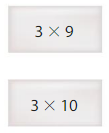





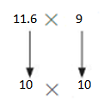
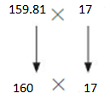

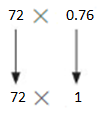
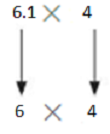
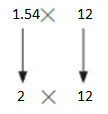
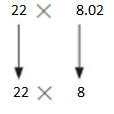
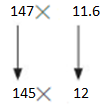
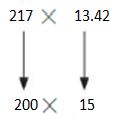

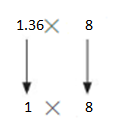
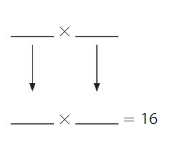
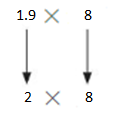
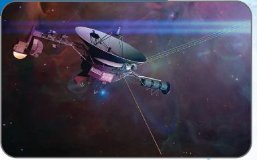


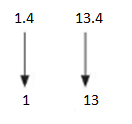
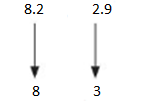
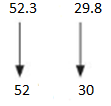
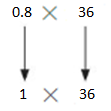
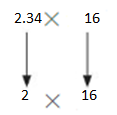
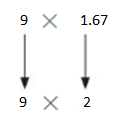

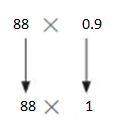

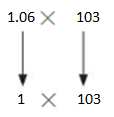
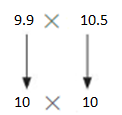

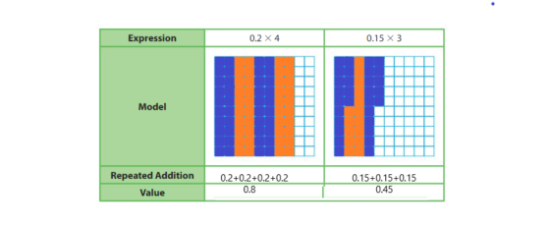


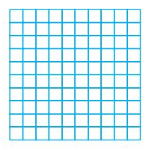

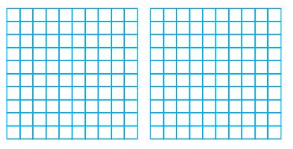

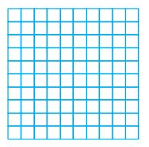
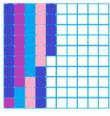
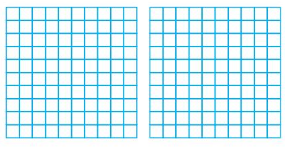
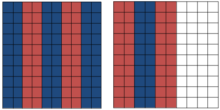
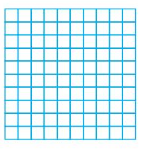
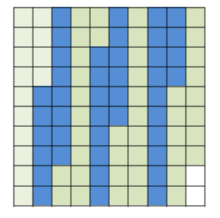
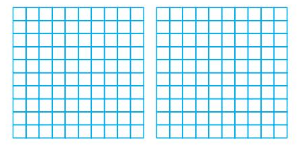



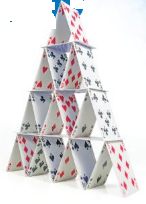

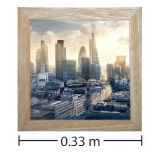
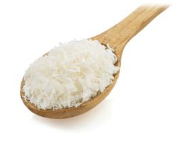

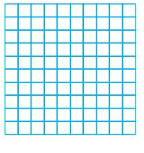
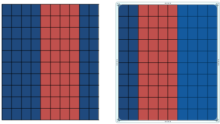
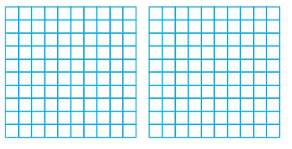


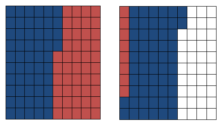
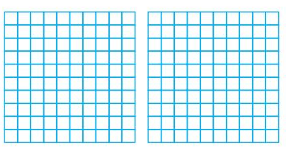
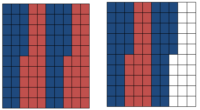
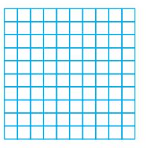
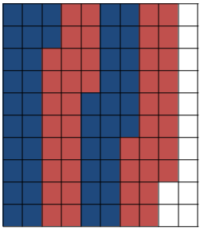
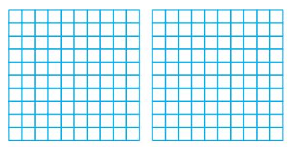
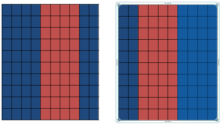
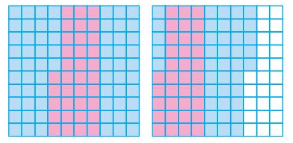


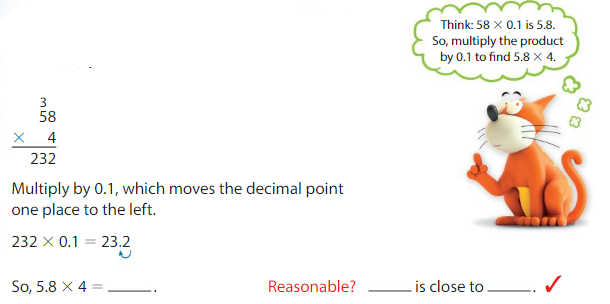

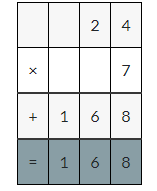
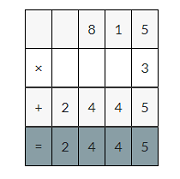
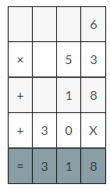
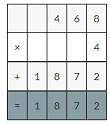
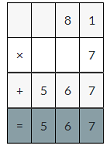
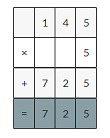
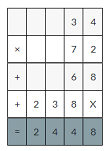
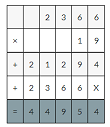

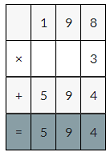


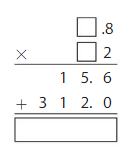
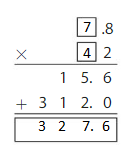
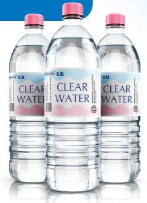


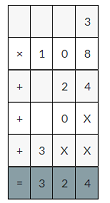
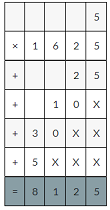
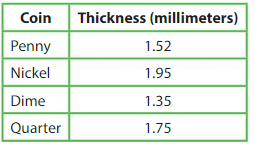
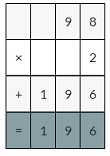
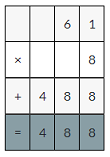
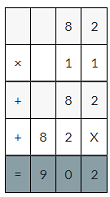
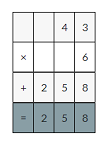
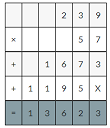
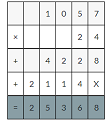
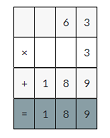

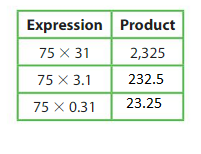
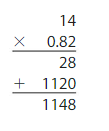
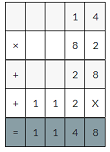
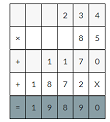
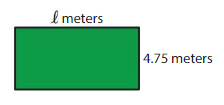
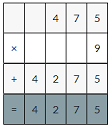


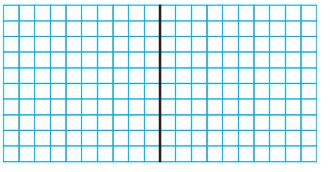
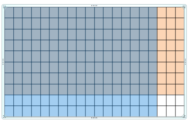
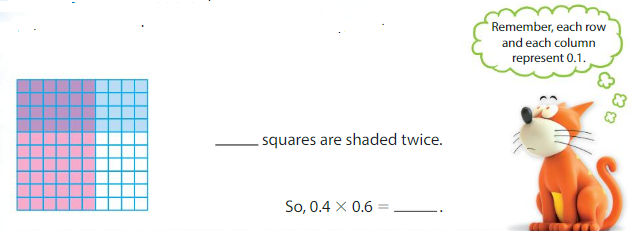
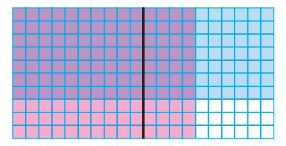
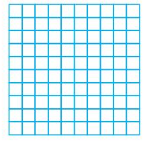
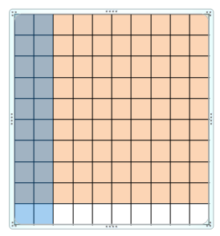
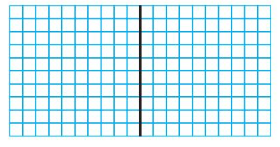
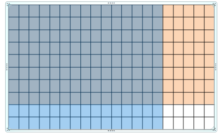
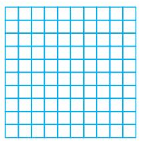
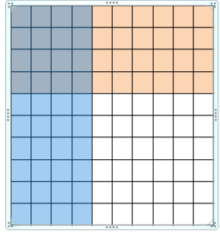
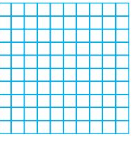
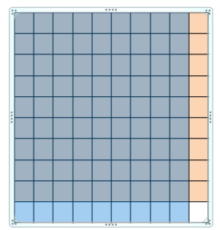
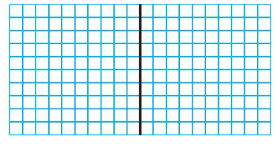
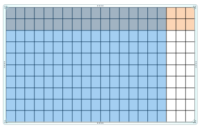
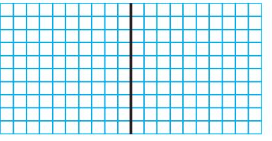
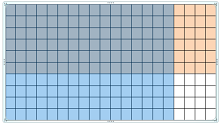

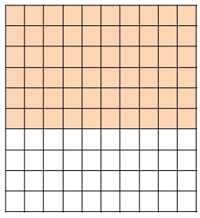
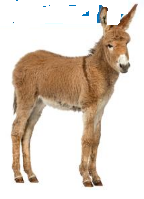
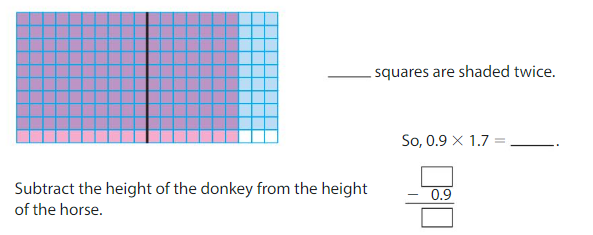
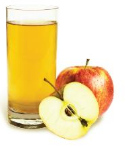
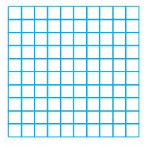
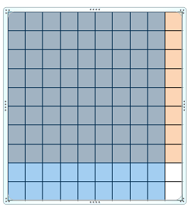
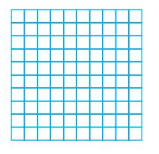
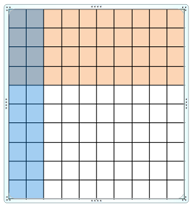
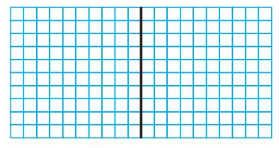

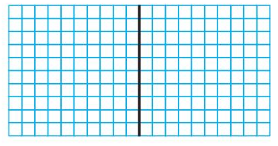
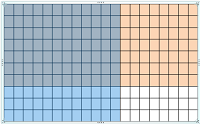
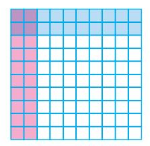
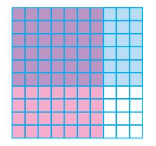
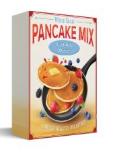
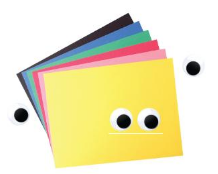
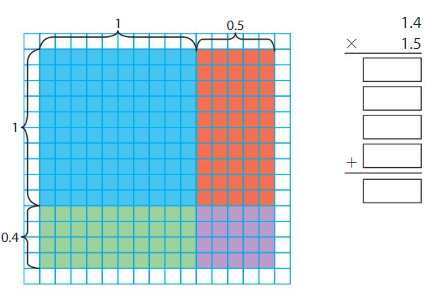

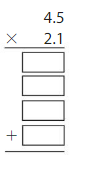






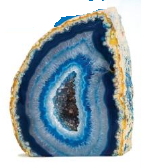


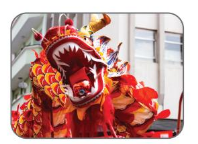
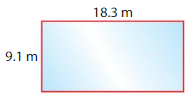






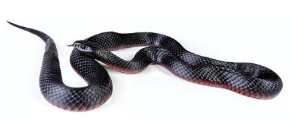
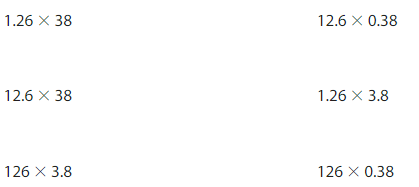

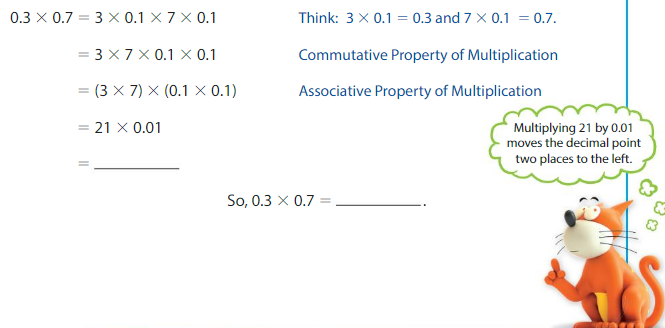
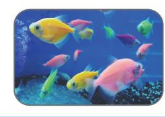
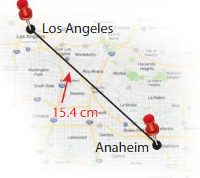

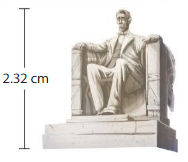
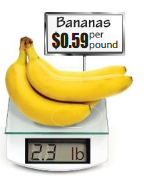
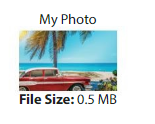


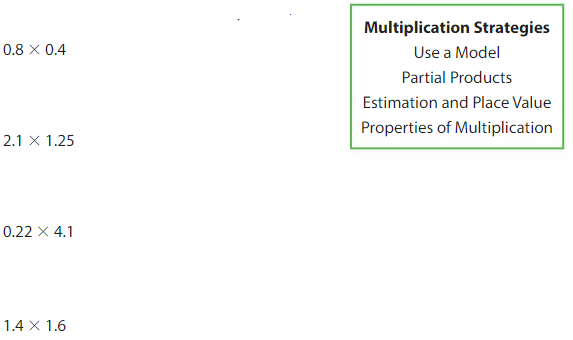



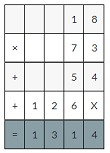

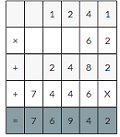



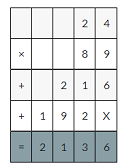

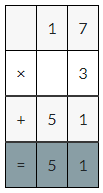

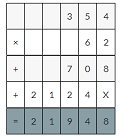

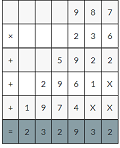

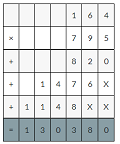

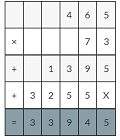
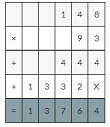
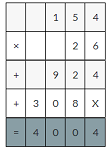
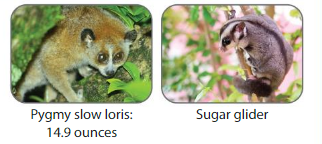
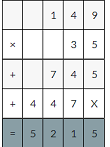


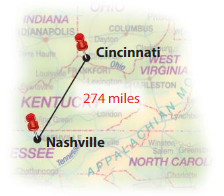
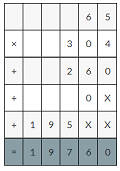

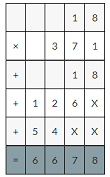

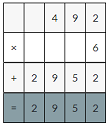

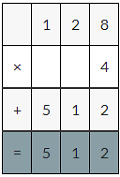

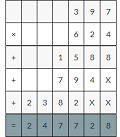

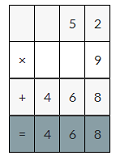

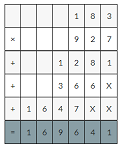

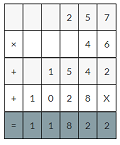

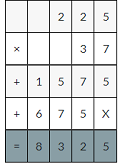
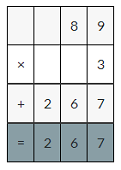
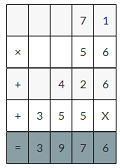
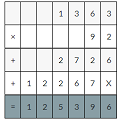

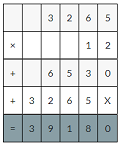



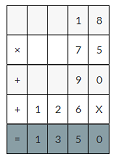
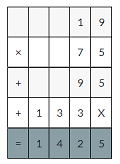
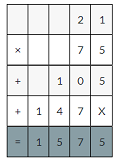

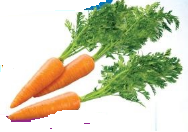
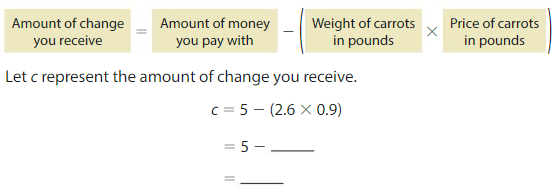
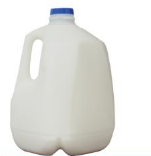
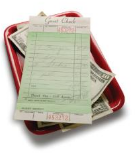

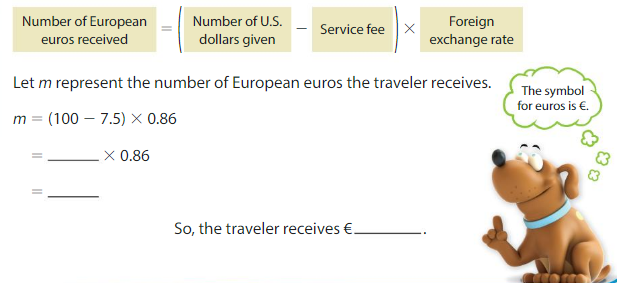

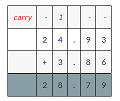

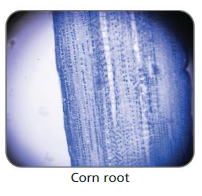
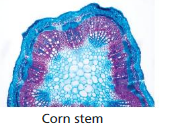
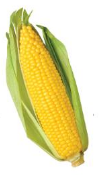

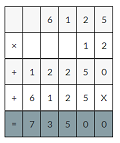
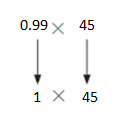

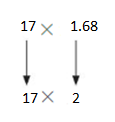
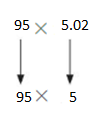
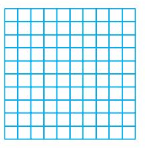
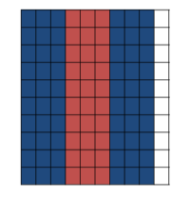

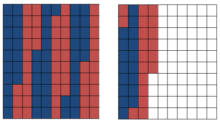
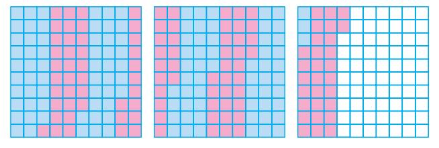
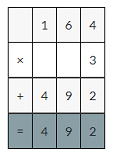
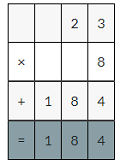
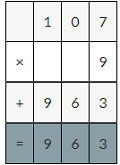
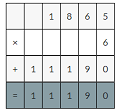
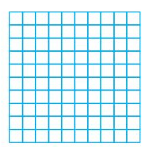
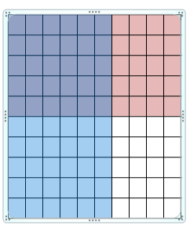


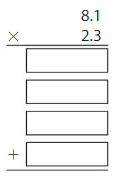
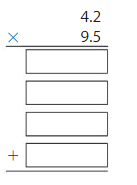
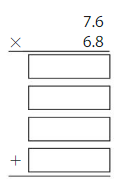
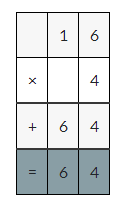
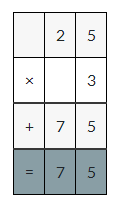

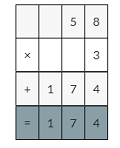

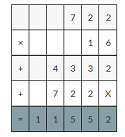

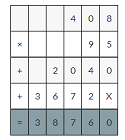
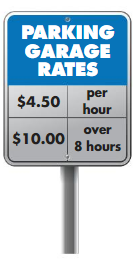










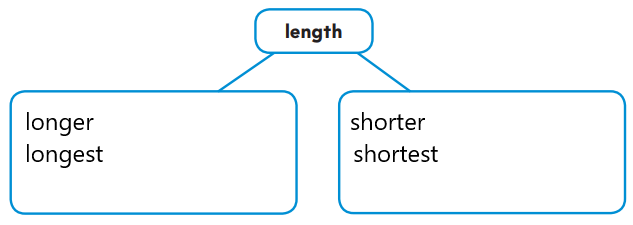




 ______ color tiles
______ color tiles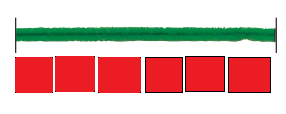
 ______ color tiles
______ color tiles
 ______ color tiles
______ color tiles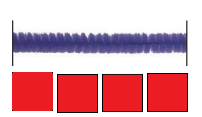
 about ______ inches
about ______ inches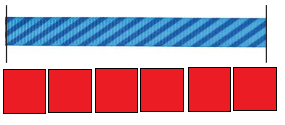
 about ______ inches
about ______ inches
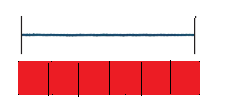
 about ______ inches
about ______ inches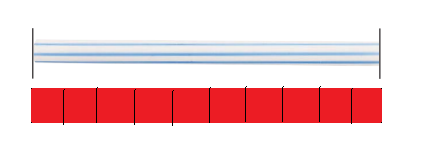
 about ______ inches
about ______ inches
 about ______ inches
about ______ inches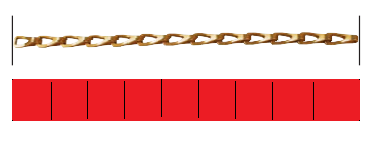
 about ______ inches
about ______ inches
 about ______ inches
about ______ inches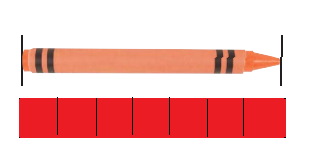
 about ______ inches
about ______ inches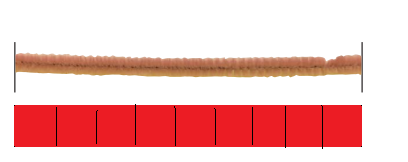



 about ______ inches
about ______ inches
 about ______ inches
about ______ inches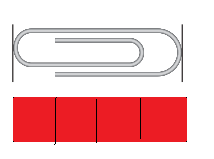
 about ______ inches
about ______ inches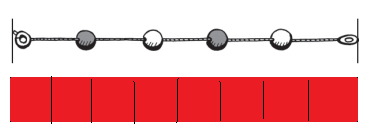




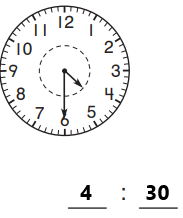


 about ______ inches
about ______ inches about ______ inches
about ______ inches about ______ inches
about ______ inches about ______ inches
about ______ inches about ______ inches
about ______ inches about ______ inches
about ______ inches about ______ inches
about ______ inches about ______ inches
about ______ inches

 about _____ inches
about _____ inches about ______ inches
about ______ inches
















 ______ inches
______ inches ______ inches
______ inches ______ inches
______ inches ______ inches
______ inches ______ inches
______ inches ______ inches
______ inches ______ inches
______ inches ______ inches
______ inches


 ______ inches
______ inches ______ inches
______ inches ______ inches
______ inches _______ inches
_______ inches









 about _______ inches
about _______ inches
 _______ inches
_______ inches





































 ______ inches
______ inches ______ inches
______ inches ______ inches
______ inches




















